Oak - nurturers, protectors and sovereign kings of the forest
Installment #23 of the (Stacking Functions in the Garden, Food Forest and Medicine Cabinet : The Regenerative Way From Seed To Apothecary series.
This post serves as the 23erd post which is both part of the (Stacking Functions in the Garden, Food Forest and Medicine Cabinet : The Regenerative Way From Seed To Apothecary series).
“The creation of a thousand forests is in one acorn”
- Ralph Waldo Emerson
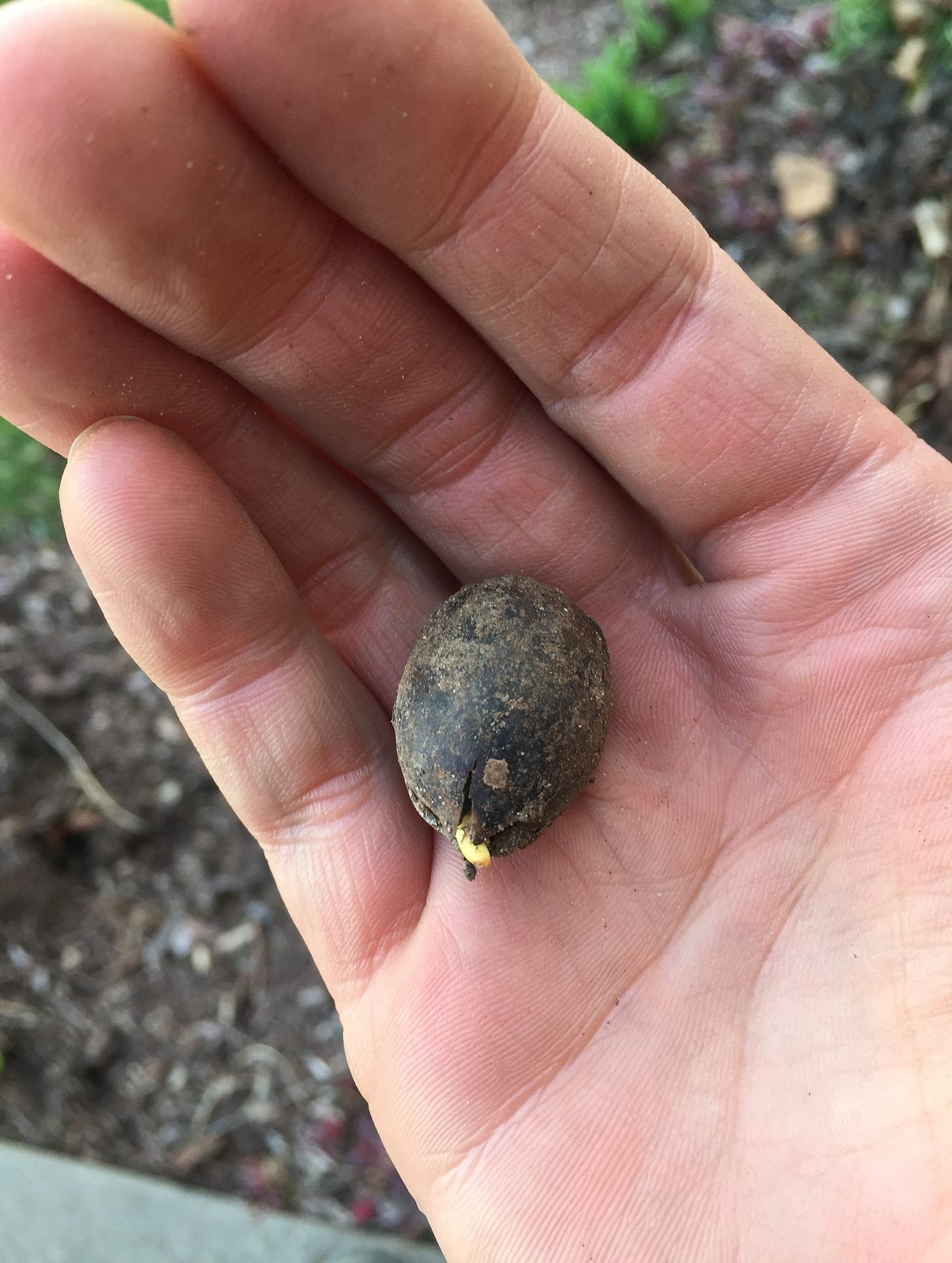
The acorn is the embodiment of life potential. A seed that sprouts future forests and a food that sustains its inhabitants (and even the inhabitants of the ocean). Acorns beckon our relationship with the natural world, and today they encourage the ‘rewilding’ of humankind.
Oaks are keystone species, meaning that the whole web of life is disproportionately dependent on them in the regions they reign. If the oaks suffer, everyone suffers. If the oaks are happy, everyone is happy.
This tree was sacred to my ancestors of Éire and Albion. My Gaelic ancestors referred to these resilient, generous and noble tall rooted beings as ‘Darach’ (in Scots Gaelic). However, there are other Gaelic words to describe an Oak, such as ‘Dair’ or ‘Duir’ which come from the more ancient Ogham (OH-am) alphabet.
Ogham was predominantly used to write the early Irish language and from the 5th century was used in the Gaelic Kingdom of Dalriada covering what is now Argyll, West Lochaber and the Inner Hebrides as well as the northern tip of Ireland.
Oaks are revered globally by myriad cultures that recognized their sacred gifts, their fortitude, grace and the wisdom these beings offer our human family. This is for a good reason, as oaks are Keystone species that send out trophic cascading ripple effects of increased biodiversity into the places they grow. These are Mother Trees.
(FYI: Throughout this article I will use terms like “Mother Tree” and “King of the forest” in reference to the Oak interchangeably. This may appear contradictory at first glance, but that is only when we look at these beings from an anthropomorphic perspective. Humans have very definitive genders as natural individual beings. Oaks, on the other hand, are beings that both stand strong, as protectors, creative, expansive and pollinating beings as well as being nurturing, receptive, patient and wise beings that foster new life in embryos called acorns, thus, these beings embody both archetypes of the Divine Masculine and Feminine)
Oak trees are fountains of life that provide a home for countless insects, winged beings, shelter for amphibians and essential fatty acids to support robust mammalian populations. Oaks become a pillar that can support a forest ecosystem to unfold into resplendent expressions of vast biodiversity in fungi, deep soil life and multitudes of four legged mammals that nurture their young from the nourishment these trees provide (yes they are Mother Trees in the truest sense).
Acorns are an abundant wild food source around the world, and a single tree can produce more than 2,000 pounds of nuts. Rich in calories and micronutrients, eating acorns was once a part of life for humans everywhere that oaks grow.
Up to 2300 species are known to be associated with oak, and that doesn’t include all of the fungi, or any of the bacteria and other microorganisms which create a symbiotic home with the oak.
The 2300 species consist of some 38 bird species, 229 bryophytes, 108 fungi, 1178 invertebrates, 716 lichens, and 31 mammals. Of these species, 320 are found only on oak trees, and a further 229 species are rarely found on species other than oak.
While human monarchs are historically mostly tyrants, Oak trees are beings that embrace the role of a sovereign monarch with patience, benevolence and magnanimity.
“A true sovereign does not run in fear from life or from death. A true sovereign does not dominate and conquer (that is a shadow archetype, the Tyrant). The true sovereign serves the people, serves life, and respects the sovereignty of all people.”
- Charles Eisenstein
Those at the material pinnacle of human societies may fail miserably to embrace the archetype of a true sovereign monarch described above, but I would argue that the mighty Oak stands tall and true where humanity has yet to succeed.
The Oak protects, nurtures, supports, guides the development of ecosystems, shaping and overseeing the continued thriving of entire communities of human and non-human life. The truest (and perhaps never before seen in human society) expression of the archetype of a sovereign monarch.
These trees are such abundant providers of food, inspiration for art and spiritual wisdom that entire cultures in the past were defined by their strong symbiotic relationship with the oak tree.
The word balanoculture is the offspring of a mixed marriage between Greek βάλανος (bálanos = acorn) and Latin cultura. It means a society in which the collection, storage, preparation, and consumption of acorns as a foodstuff play a large role.
“Balanocultures were among the most stable and affluent cultures the human world has ever known.”
-William Bryant Logan in “Oak: the Frame of Civilization”
A balanoculture basically means an economy based on acorns. Many proto-agricultural societies around the world practiced balanoculture like the Greeks, Druids, the Takilma, the Wendat and Shasta (among many others).
‘Balanophagy is the practice of eating acorns. Acorns are more than just food for birds, squirrels, and hogs. They have been used for food by millions of humans over the ages. Acorns compare favorably in nutrition with common grains, though acorns contain more fat. (That was not a bad thing during most of human history.) If you have any ancestry among people of the northern hemisphere, there is a reasonable chance that you have some ancestors who ate acorns.’ – Kelli Kallenborn
In a similar way to what I described in my articles on Birch trees as well as Pine trees, this ancient tree family is found in almost the entire Northern Hemisphere, meaning that the Oak tree is one of those tethers to the ancient indigenous histories of all people who have ancestors that called the northern hemisphere home. In fact, for those of us in the northern hemisphere, I would agree with Kelli Kallenborn’s statement above in saying that each and every one of our respective ancestors had a close relationship with at least one type of Oak tree and that it played an integral part in their daily life, their traditions and their means for surviving.
Thus, the tall rooted elder beings of the Oak family offer a sacred reminder of a time before arbitrary lines were drawn in the sand by statists for greed and ego back to an era when many of our ancient ancestors knew the trees intimately and had a reciprocal relationship with them. Long before people were swearing allegiance to kings, queens and flags they were swearing allegiance to the living Earth and recognizing our ancient kin (such as these Kings Of The Forest we know as Oaks) and the many gifts they shared with us.
If your ancestors hail from the northern hemisphere Oak trees offer you a sort of universal language to perceive the common ground you share with the ancestors of those now residing in nation states far and wide. This tree offers you a glimpse into your own indigeneity and your ancestors relationship to place. Yes all of us have an indigenous past connected to our blood and our soul. For some of us, that indigeneity is buried under multiple millennia of bloodshed, oppression, re-writing of history and statist propaganda. Though it may be buried deep and many may have sought to erase that part of your heritage from the stories of modern cultures, this part of you exists nevertheless. This part of your ancient heritage when your ancestors lived close to the land and the forest, recognizing more than human beings as deserving of our respect as conscious beings.
After you read the article below and learn about all the beauty, blessings and the many gifts offered to us by Oak trees I invite you to take a moment next time you see one to touch his bark, pick up his acorns, smell his foliage as you look upon him with gratitude and reverence for all that he shares with the world you will be choosing to see the world through the eyes of your ancient ancestors.
Through seeing trees like Oak as those whose blood flows in your veins now did millennia ago you begin the unlearn the lies, self important delusions and separation mentality that is inherent in modern civilization. In that act to see the noble Oak tree with the understanding and reverence of those who came before you and walked the earth with respect eons ago, you are building a tangible bridge that connects you to your honoured elders and ancestors and a bridge that also directs you towards a more Regenerative, humble and hopeful future.
Such are the blessings we are given when we learn to see the living earth and our rooted elder kin as the ancients did, as wise teachers, protectors, healers, sources of inspiration, regeneration and renewal.
When we learn to perceive and interact with our rooted kin (such as the Oak tree) as our ancestors did we shatter the modern illusion of separation that nation states attempt to impose on us and begin to speak a universal language that connects us all as equals.
While these days acorn recipes are mostly associated with Native Americans, they were a part of the traditional food supply in Greece, Italy, Spain, Albion, Eire, North Africa and throughout Asia. Oaks continue to produce abundant nutrition for humankind, even if we’ve largely forgotten how to harvest and prepare this free food source.
Acorn oil is still produced in the middle east, and an Arabian acorn-based drink was what eventually became modern hot cocoa. Acorn-based foods are produced commercially in Korea, for a savory tofu-like acorn gel and acorn udon noodles.
Oaks are home to more species of Nature’s creatures than any other tree. They foster a spectrum of mosses, lichens, insects, fungi, birds and critters within their sturdy branches. Woodpeckers, owls, bats, deer, squirrels, mice, wrens and jays all find food and shelter from this giving tree. The Oak willingly gives water and nutrients as a home for mistletoe. Just as well, Oak’s relationship with various funguses and ectomycorrhizae plays an important role in the establishment of healthy and fertile soil, and Oak forests are an ideal place to look for delectable truffles. Holes and crevices in the tree’s bark become nesting spots for beetles and large varieties of bugs. Over 5000 species of insects find their homes within Oak ecosystems.
The Oak tree is truly an entire kingdom unto itself.
And the expansive generosity and magnanimous gifts of these long lived tall rooted beings does not stop at the forest’s edge, no, these beings seed the streams, rivers and ocean estuaries with the iron that supports the ecosystems of the sea. As I highlighted in my article on Regenerative Oceanic Gardening, deciduous Mother Trees such as the mighty oak literally seed the foundation of life forms that become the food for salmon, dolphins and whales and countless other ocean beings through the gifts of their decomposing leaves exuded into the waters.
That is one of the main reasons why as degenerate humans have deforested the once mighty oak forests of the Eastern Woodlands of Turtle Island, Éire, Albion and many other regions we are seeing a massive decline in the salmon runs in our rivers.
Considering the powerful influence of long lived deciduous Mother Trees (such as Oak and Hickory) in supporting the very foundation of ocean biology, perhaps it would be apt to expand Ralph Waldo Emerson’s wise words which I shared above to state:
“The creation of a thousand forests and ten thousand salmon is in one acorn”
Oaks feed animals on the land and in the ocean, they create and attract the rain, build the live giving soils and inspire our imaginations and art with their majesty. It is no wonder why ancient druids planted sacred oak groves and met in these groves to perform their ceremonies.
“The term “druid” is commonly translated “oak knowledge”, “oak-knower” or “oak-seer” referring to the fact that druids had knowledge of the oaks (and as oaks are a pinnacle species, therefore, druids had knowledge of the broader landscape) or perhaps, understood oaks on the inner and outer planes. In the druid tradition, oak is tied to that same ancient symbol of the druid possessing strength, knowledge, and wisdom. By taking on the term druid, we bring the power and strength of the oak into our lives and tradition.” -Dana O'Driscoll
As is documented in "The Spirit of Trees: Science, Symbiosis and Inspiration", The Romans cut all of their sacred oak groves down. You can imagine what those ancient groves must have been like when you encounter even a single ancient oak tree–majesty and presence.
Oaks are an important botanical resource used in ceremony, food, medicine and building for as long as humans have been around.
It is in the gathering and eating of acorns that one becomes entwined with the web of life’s basic skills: foraging, Earth-centered interaction, ancestral rememberance, wildlife observation, forest conservation, human health, nutrition, and ecology.
Oak trees from which acorns come, teach us to be in right relationship with the natural world, rising our awareness to something greater than ourselves.
Oaks live all over the world, from Asia to North Africa to Europe to North America. And where there are acorns, people have eaten them. They have their own methods, too.
It is a good thing that there many species of Oak, however, covering them all comprehensively would require writing an entire book (or perhaps several volumes). Thus, I will be focusing on four main species (listed in large bold letters below). These are the species I am most familiar with here in the Eastern Woodlands of Turtle Island.
That said, you should know that if you were hoping for a quick summary about Oak trees that can fit into a twitter or facebook character count limit, this article is not that. As is the case with the longevity and story of Oaks on the planet Earth, this article vast and filled with nuance, depth and recalcitrance.
FYI: I will be sharing pictures from a number of books that offer empowering, educational and culturally enriching info in the post below. I hope that if any of you reading this find value in the pages shared, you will buy a copy of the book from the author (links are provided for you to do so) so you can support their ongoing works. I share this content as I know that not everyone can afford to buy books and I want people all over the world to be able to develop ecological literacy, ancestral awareness, food sovereignty, health food sovereignty and have hope for the future so I share this info for free here. Also, some of the material in the pictures of pages from books I share in the following article (especially in the history and cultural section) may have some overlap. I wanted to provide different author’s perspectives on the ethnobotanical and traditional folklore related to this tree so that people can cross reference and make up their own minds, but these people writing about oaks will inevitably share some of the same info as well. If you are able to reciprocate though supporting any of the authors of the books I share pics from below, I know they would be grateful.
Burr oak (Quercus macrocarpa) - Swamp White Oak (Quercus bicolor) - Northern Red Oak (Quercus rubra) - Black Oak (Quercus velutina) - Chinkapin Oak (Quercus muehlenbergii)
Common Names:
The Latin name “Quercus” is derived from a Gaelic word meaning “fine tree”.
Its common english name derives from the Anglo-Saxon word, ac, but in Irish the word is ‘daur’, and in Welsh ‘dar’ or ‘derw’, probably cognate with the Greek, ‘drus’. Some scholars consider this the origin of the term ‘Druid’, since Druids have always been associated with sacred groves, and particularly oak forests. Dense forests of oak once covered most of Northern Europe in those days, so it is not surprising to find this tree help most sacred by people who ‘live in oak forests, used oak timber for building, oak sticks for fuel, and oak acorns for food and fodder.’ Combined with the Indo-European root ‘wid’: to know, ‘Druid’ may have referred to those with ‘knowledge of the oak’, the ‘Wise Ones of the Oakwood’. The Sanskrit word, ‘Duir’, gave rise both to the word for oak and the English word ‘door’, which suggests that this tree stands as an opening into greater wisdom, perhaps an entryway into the otherworld itself.
The Burr Oak has many common names, including: Mossycup oak (A common name for the bur oak, due to the fringed acorn cups), “Blue Oak” and “Scrub Oak”.
Swamp White Oak is also sometimes called The Bicolor Oak. Also known as mitig'omish in the Potawatomi language.
Northern Red Oak is so named to distinguish it from southern red oak (Q. falcata) though it is often just referred to as the Red Oak locally. Also known as the Spanish Oak and sometimes called the Champion Oak.
Black Oak is also known as Eastern Black Oak, Quercitron Oak, Smoothbark Oak and Yellowbark Oak.
Chinkapin Oak also known as yellow chestnut oak, rock oak or yellow oak.
Family: Fagaceae
Part used for medicine/food: Bark, Leaves, Acorns, Roots and Galls
Constituents:
Tannins (up to 15-20% consisting of phlobatannin, ellagitannins, and gallic acid) glycosides, terpenoids, flavonoids, phenolic acids, fatty acids, sterols, picraquassioside D, quercussioside, lyoniresinol-90α-O-β-D-xylopyranoside, (catechin, (epicatechin, procyanidin B3, procyanidin B4, quercuschin, methyl gallate, betulinic acid, β-sitosterol glucoside, eupatorin (5,3′-dihydroxy-6,7,4′ trimethoxyflavone), cirsimaritin (4′,5, -dihydroxy-6,7-dimethoxyflavone), betulin (lup-20(29)-ene-3, 28-diol), and β-amyrin acetate (12-oleanen-3yl acetate).
Acorns are especially high in carbohydrates, healthy fats, protein, potassium, iron, vitamins A and E, Manganese, Vitamin B6, Folate, catechins, resveratrol, quercetin, and gallic acid — potent antioxidants that help protect your cells from damage and several other important minerals.
Medicinal actions:
Anti-tumor, antibiotic, anti-parasitic, Astringent, hemostatic, antiseptic, anti-inflammatory, antibacterial, hepatoprotective, antidiabetic, anticancer, gastroprotective and antioxidant.
Also used to treat colitis, stomatitis, labor pains, obesity related diseases, astrictiona, diarrheaa, furuncles, treatment of tonsillitis, and throat infections, chronic skin diseases such as eczema and varicose veins.
Teas used for for female disorders, ointment for wounds, diaphoretic, hemorrhoids and intestinal inflammation.
Powder of gallnuts of one species of oak is used to restore the elasticity of the uterine wall, as well as to treat aphthous ulcers [31, 39].
Pharmacology:
Oak (Quercus) has many pharmacological properties, including antioxidant, anti-inflammatory, and antimicrobial properties. These properties are due to the presence of chemical compounds such as tannins, flavonoids, and triterpenoids.
Pharmacological properties
Antioxidant: Oak has strong antioxidant properties that may help treat diseases associated with oxidation, such as diabetes, cancer, and cardiovascular disease
Anti-inflammatory: Oak has anti-inflammatory properties that may help treat skin disorders and inflammatory diseases
Antimicrobial: Oak has antimicrobial properties that may help treat infections
Hepatoprotective: Oak has hepatoprotective properties that may help protect the liver
Gastrointestinal: Oak has gastrointestinal properties that may help treat diarrhea, gastric ulcers, and hemorrhoids
Wound healing: Oak has wound healing properties that may help treat wounds
Cold Hardiness:
Burr oak (Quercus macrocarpa): 3a – 9b
Swamp White Oak (Quercus bicolor): 3 - 8
Northern Red Oak (Quercus rubra): 3 - 8
Black Oak (Quercus velutina): 3 - 9
Chinquapin Oak (Quercus muehlenbergii): 3 - 9
Native Range:
Burr oak (Quercus macrocarpa):
Native to eastern North America, from Nova Scotia to Texas, and from New Brunswick to Manitoba. It also grows in parts of Canada, including Ontario, Quebec, and Saskatchewan.
Range
Eastern United States: From New Brunswick to North Carolina, and from Alabama to Pennsylvania
Great Plains: From North Dakota to Texas, and from Montana to Nebraska
Canada: From Nova Scotia to Manitoba, and from Ontario to Saskatchewan
Habitat
Open spaces
Bur oaks grow in open areas, away from dense forests. They are often found near waterways, in oak savannas, and on sandy ridges.
Soil
Bur oaks grow well in a variety of soils, including limestone, clay, and rocky hillsides. They prefer full sun conditions.
Climate
Bur oaks grow in temperate climates. They are drought-tolerant and can withstand harsh conditions.
Swamp White Oak (Quercus bicolor):
Swamp White Oak are native to North America and can be found in the northeastern and north central United States. Its native range includes parts of Maine, New York, Quebec, Ontario, Michigan, Wisconsin, Minnesota, Iowa, Missouri, Kentucky, Tennessee, Virginia, and New Jersey.
Habitat:
Swamp white oaks grow in bottomland areas. They can survive in a variety of habitats. They grow best in moist, well-drained soils. They can grow in areas that are flooded in spring but dry in summer.
Northern Red Oak (Quercus rubra):
Northern Red Oak is native to eastern and central North America, from Nova Scotia to Georgia. It also grows in southeast and south-central Canada.
United States
Minnesota to eastern Nebraska and Oklahoma
East to Arkansas, southern Alabama, Georgia, and North Carolina
Outliers in Louisiana and Mississippi
Canada
Nova Scotia to northeastern Ontario
Throughout the southern half of the Algoma District
Habitat
Mesic upland forests
Ravines
North and east slopes
Sunny, moist to well-drained or dry upland slopes and ridges
Deciduous and mixedwood forests
Black Oak (Quercus velutina):
Chinkapin Oak (Quercus muehlenbergii)
Chinkapin Oak is native to eastern and central North America, including parts of the United States and Canada.
United States
New England and Pennsylvania
Virginia and the Carolinas
Northwestern Florida
Northern Mexico
South-central Texas
Oklahoma
Minnesota
Wisconsin
Southern Ontario
Southern Michigan
Canada
Southwestern and Southeastern Ontario near the Great Lakes and St. Lawrence River
Mexico Coahuila south to Hidalgo.
Growth Form/longevity:
Burr oak (Quercus macrocarpa):
a medium to large deciduous tree with a broad, rounded crown. It's one of the largest native oaks in North America.
Lives to be 300-528 years old in ideal growing conditions (and with a lack of degenerate humans nearby).
Size
Typically grows to be 60–90 ft (18–24 m) tall, but can reach 160 ft (46 m) in ideal conditions (and with a lack of degenerate humans around).
Trunk can be 60–120 cm (24–48 in) in diameter
Canopy can be wider than it is tall in the open
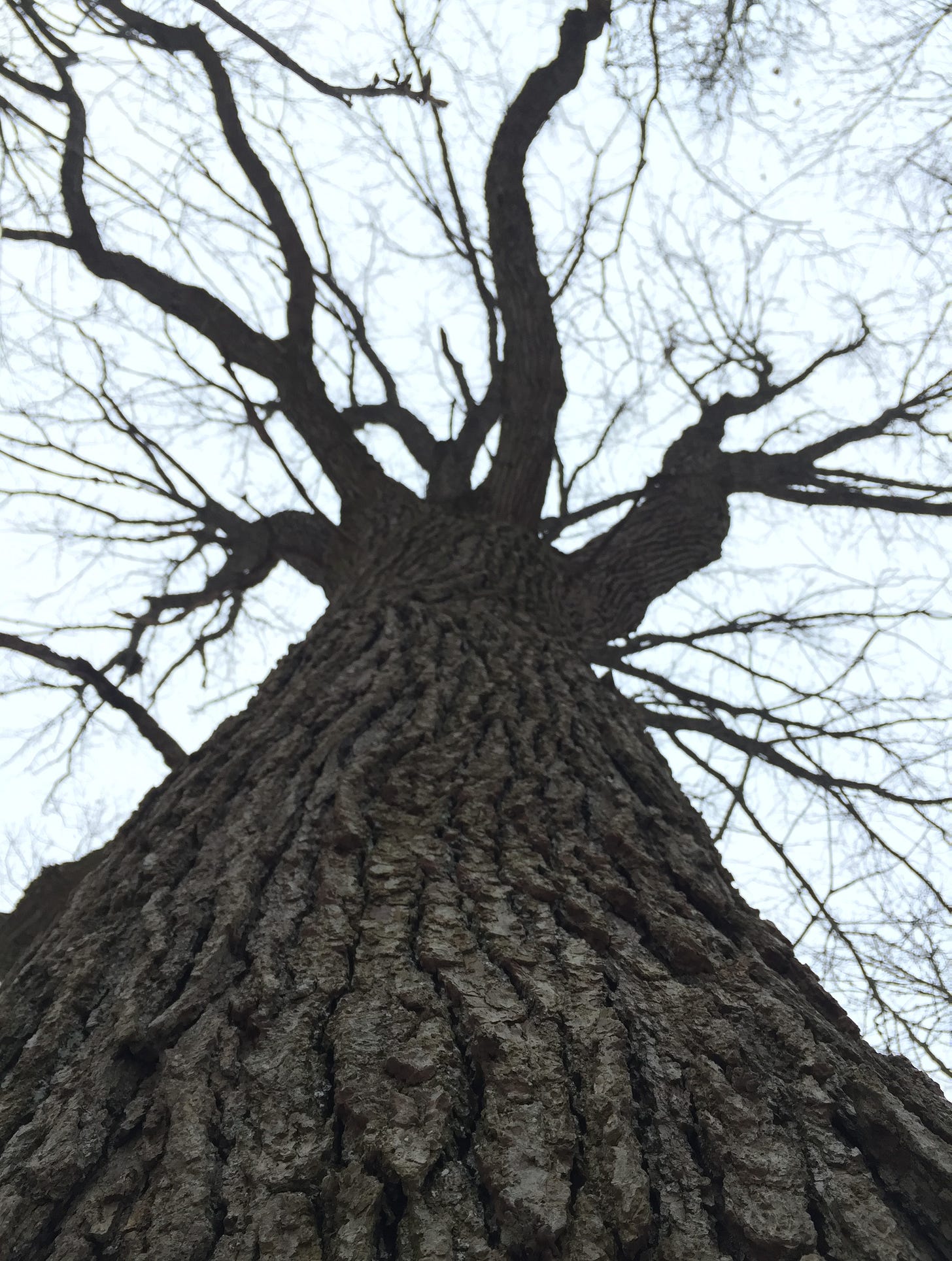
looking up the trunk of a 300 year old plus Burr Oak, southern Ontario, 2025. This tree is over 100 feet tall and has no horizontal branches until about 60 feet up the trunk due to his proximity to neighboring Red Oak and Shellbark Hickory trees.
Shape
Broad-spreading, rounded crown
Symmetrical canopy with a regular outline
Heavy, horizontal limbs
Deep-ridged bark
Leaves
Up to 9 in long
Central midrib with branch veins leading into rounded lobes
Lobes separated by deep sinuses
Wavy margined lobes longer and broader than those toward the base
Swamp White Oak (Quercus bicolor):
medium-sized, deciduous tree with a broad, rounded crown and a short trunk when growing in the open.
Can live from 300 - 550 years in ideal growing conditions (and with a lack of degenerate humans nearby).
Size:
Typically 50–60 ft tall and wide
Can grow to be 70-95 ft tall (in ideal growing situations and with a lack of degenerate humans present)
Shape:
Upright, oval-shaped crown
Broad, open canopy
Young trees are pyramidal in shape
Leaves:
Shiny, dark green above
Silvery white beneath
5–10 rounded lobes or blunt teeth along the margins
3–7 in long and 1.25–4 in wide
Northern Red Oak (Quercus rubra):
has a rounded to broad-spreading crown and can grow to be a large deciduous tree.
Can live from 350-500 years in ideal conditions (and with a lack of degenerate humans nearby).
Height and spread
Can grow to be 50–75 ft tall
Can spread to be 40–60 ft wide when open-grown
Can grow to be 90-140 ft tall in rich woodland areas (with a lack of degenerate humans nearby)
Leaves
Broad, dark green leaves with 7–11 toothed lobes
Leaves turn russet-red to bright red in the fall
New leaves are light red in the spring
Black Oak (Quercus velutina):
This tree has an upright, rounded growth form with a broad, spreading crown.
Can live 250-330 years in ideal conditions and with a lack of degenerate humans nearby.
Height and spread
Black oaks can grow to be 50–80 ft tall
They can have a spread of 50–60 ft
They can have a trunk up to 90 cm in diameter
Branches
Black oaks have large, spreading branches
Their branches form an open crown that is often irregular
Leaves
Black oak leaves are thick, glossy, and pointed-lobed
They are often dark green above and yellowish below
They can turn orange or red in the fall
Bark
Black oak bark is dark gray and smooth when young
It becomes almost black and ridged with age
The inner bark is yellow or orange
Chinkapin Oak (Quercus muehlenbergii)
Chinkapin Oak (Quercus muehlenbergii) are deciduous, oblong, and have a shiny green upper surface and a pale underside. The leaves are coarsely toothed and have a small gland or callus at the tip of each tooth.
These tall rooted beings can live over 500 years in ideal growing conditions (and with a lack of degenerate humans present).
Size and shape
Leaves can be 10–18 cm long and 2.5–10 cm wide
Leaves can be oblong, lanceolate, or obovate
Leaves have 8–14 teeth on each side
Leaves have a pointed tip and a rounded or acute base
Other characteristics
Leaves are leathery
Leaves have a dark, glossy yellow green upper surface
Leaves have a white underside with soft hairs
Leaves alternate on the tree
Growing conditions
Chinkapin oak is a native North American shade tree that grows in well-drained soil in full sun. It can grow to be 50–95 ft tall and 50–70 ft wide.
(Updated:
has expressed that she does not want her material shared here and that she supports the corrupt laws of immoral statist regimes, so her material has been removed)Reproduction:
Oaks are wind-pollinated trees with male and female flowers on the same tree
The age of first reproductive cycle (acorns produced) varies by location, tree density, and life span.
Reproductive cycles
White oaks: Require one growing season from pollination to acorn maturation
Red oaks: Require two growing seasons from pollination to acorn maturation
Habitat and Ecological Niche:
The Ecology of Oak Trees
In the 56 million years since they first appeared, oaks went from one species in one place to over 400 species that expanded to five continents.
Today, you find oaks growing around the globe in all sorts of soil types, elevations, temperatures, and rainfall levels.
With 400-plus species, there’s a good chance there’s an oak suited to most places on Earth.
Oaks are most plentiful across North America, Central America, Europe, and Asia.
New species are still being found in Central America, Southeast Asia, and—mostly—Mexico—where there are almost twice as many oak species as the United States and Canada combined.
In American forests, oaks are the dominant tree with more biomass than any other tree. Pines are a close second.
There are no oaks in Antarctica and any found in Australia and New Zealand were introduced, not native.
Oaks split into eight major lineages pretty early on. Here in North America we have two in particular that are notable: white oaks and red oaks which can be found growing together in the same regions.
White Oaks Versus Red Oaks
A quick way to tell them apart is the leaves. White oak leaves tend to have rounder lobes while red oak leaves have pointier or “bristle” tips. Each group also tends to be resistant to different pests and diseases.
“Oaks support more forms of life and more fascinating interactions than any other tree genus in North America.” — Douglas Tallamy, The Nature of Oaks
Oaks are a keystone species, which can be defined as a species that has a larger effect on its ecosystem that would be expected by its relative abundance. Keystone species play critical roles in maintaining the structure and stability of an ecosystem and affect the type and abundance of other species.
Throughout their native range, oak trees not only provide food, they also:
Offer shelter, from their roots to treetops, for an array of organisms.
Provide shade under their broad canopies that helps soils retain moisture and keep it cool.
Reduce erosion with their extensive root systems.
Sequester large amounts of carbon.
Oaks support an astonishing array of insects. Over 900 species of butterflies and moths rely on oaks — even though their flowers offer no nectar since they are wind-pollinated. Oak leaves are the primary diet or “host plant” for these animals as caterpillars.
Oaks as Food and Habitat
While acorns are an abundant food source, the whole oak tree—acorns, leaves, branches, trunk, and roots—is an important source of life for countless beings both as it lives and dies.
Acorn Eaters:
Over 100 vertebrate species in the United States eat acorns including:
Blue jays
Chipmunks
Crows
Deer
Flying Squirrels
Foxes
Mice
Opossums
Quail
Rabbits
Raccoons
Rats
Red-bellied woodpecker
Tufted titmouse
White-breasted nuthatch
Wild turkeys
Wood ducks
Quail
Rabbits
Raccoons
Rats
Red-bellied woodpecker
Tufted titmouse
White-breasted nuthatch
Wild turkeys
Wood ducks
Blue Jays & Oaks
Blue jays have formed a special relationship with oaks. The jay gets food and the oak tree gets help with acorn seed propagation.
Like squirrels, jays are “scatter hoarders.” Instead of a single food cache, they bury acorns throughout their territory. They can do this because jays have a flexible esophagus which allows them to transport one or two acorns at a time without damaging the seed.
In just one season, a single jay can stash thousands of acorns—far more acorns than it could ever consume.
Buried just below the soil surface, the acorns are placed at a depth that happens to be right for germination.
If conditions are favorable all the way along, those acorns will sprout and grow into new oak trees—sometimes as much as a mile from the mother tree.
Throughout all these stages, oaks support a diverse range of living things including birds, insects, mammals, fungi, and other microorganisms. And many of the insects and arthropods including caterpillars that feed off oaks are then themselves food for other wildlife.
If you live in a region with lots of oaks, you may have noticed some interesting characteristics.
Galls:
Have you seen bumps or other odd growths on oak leaves? These are galls created by tiny wasps, which are, in turn, parasitized by other insects, in a fascinating display of interconnection among species. The galls cause little to no damage to the oaks.
Leaf litter:
Fallen oak leaves decompose more slowly than those of most trees. This leaf litter provides a thick, protective blanket for soil-dwelling creatures.
Masting:
Many oak trees produce widely varying crops of acorns year to year. For example, an oak may produce a bumper crop one year (called masting) and produce fewer acorns over the next few years. Producing acorns requires much energy for a tree. Ecologists hypothesize that they produce an abundant crop one year to ensure that at least some of the acorns will be around to germinate and grow after squirrels and other hungry animals have had their fill. Over the next few years, the trees build up the energy they’ll need for the next bumper crop.
The following pics are from a book called The Healing Trees, by Robbie Anderman
Medicinal and Nutritional Benefits of Oak:
When you think of acorns, you might picture them as food for squirrels, but these little nuts are packed with nutrients that can benefit humans too! Let's dive into the vitamins, minerals, and macronutrients found in acorns.
Acorns are also an excellent source of:
Vitamin B6: Essential for brain health and metabolism.
Vitamin B9 (Folate): Crucial for DNA synthesis and cell growth.
They also contain a good amount of:
Vitamin B1 (Thiamine): Important for energy production.
Vitamin B2 (Riboflavin): Helps in energy metabolism and cellular function.
Vitamin B3 (Niacin): Supports digestive health and skin.
Vitamin B5 (Pantothenic Acid): Vital for synthesizing coenzyme A.
Minerals in Acorns
Acorns are an excellent source of:
Copper: Important for red blood cell formation and maintaining nerve cells.
Manganese: Essential for bone formation and nutrient metabolism.
They also have a good amount of:
Iron: Necessary for oxygen transport in the blood.
Magnesium: Supports muscle and nerve function.
Phosphorus: Helps in the formation of bones and teeth.
Potassium: Crucial for heart and muscle function.
Additionally, acorns contain some:
Calcium: Important for bone health.
Zinc: Supports immune function.
Acorns are also an excellent source of:
Fat: Provides essential fatty acids and energy.
Omega-6 Fatty Acids: Important for brain function and cell growth.
Carbohydrates: A primary energy source.
They also contain a good amount of:
Saturated Fat: Needed in small amounts for various bodily functions.
Protein: Essential for building and repairing tissues.
Health benefits:
Antioxidants: Acorns contain antioxidants like quercetin, catechins, resveratrol, and gallic acid. Antioxidants are compounds that defend your cells from damage caused by potentially harmful molecules called free radicals (Source).
Research suggests that diets high in antioxidants may help prevent chronic illnesses, such as heart disease, diabetes, and certain cancers (Source).
Acorns are rich in antioxidants like vitamins A and E, as well as numerous other plant compounds (Source).
One animal study noted that an antioxidant-rich acorn extract reduced inflammation in those with reproductive damage (Source).
Gut health: Acorns are high in fiber, which can help nourish beneficial gut bacteria. improve gut health
The bacteria in your gut play a key role in your overall health. An imbalance of these bacteria has been linked to obesity, diabetes, and bowel diseases.
Acorns are a great source of fiber, which nourishes your beneficial gut bacteria (Source).
Additionally, acorns have long been used as an herbal remedy to treat stomach pain, bloating, nausea, diarrhea, and other common digestive complaints (Source).
In a 2-month study in 23 adults with persistent indigestion, those who took 100 mg of acorn extract had less overall stomach pain than those who took a acorn capsule (Source).
Insulin resistance: Functional acorn cake may help improve insulin resistance in people with obesity.
Many of the healing properties of Oak can be attributed to the highly astringent plant constituents called tannins. Tannins bind with proteins in tissues, making a barrier resistant to bacterial invasion. They also strengthen tissues and blood vessels. They reduce inflammation and irritation, especially of skin and mucus membranes. Tannins play a key role in assisting healthy microbiota. They decrease intestinal permeability and support cultivation of healthy gut flora. Oak tannins can shift gut flora imbalances to thereby successfully treat long term chronic diarrhea in a single dose. Likewise, too much tannic acid can impair the ecological balance of gastrointestinal flora. Oak bark combines well with chamomile for aiding the digestive system. Oak bark can successfully treat antibiotic resistant strains of E. coli.
Oak strengthens poor digestion and is excellent for controlling loose stools. Decoctions of the inner bark are used to promote healing of bleeding gums when used as a mouthwash. Finely powdered dried inner bark can be used to control nosebleeds or can be sprinkled on skin ulcers to soothe and strengthen tissues, reduce swelling and prevent infection. A decoction of the leaf used as a compress helps to soothe and shrink hemorrhoids, varicose veins and bruises or may be used as a douche to treat vaginal infections. Bark decoction can also be used as a gargle to relieve sore throats. Oak leaf poultices help clear up skin problems such as rashes, irritation and swelling. Oak has also been used historically in the treatment of cholera and gonorrhea.
"The bark of the oak is a very powerful astringent; it stops purgings, and overflowings of the menses, given in powder; a decoction of it is excellent for the falling down of the uvula, or as it is called the falling down of the palate of the mouth. Whenever a very powerful astringent is required, oak bark demands the preference over every thing: if it were brought from the East Indies, it would be held inestimable."
- John Hill, The Family Herbal, 1812
Native American peoples use Oak to treat bleeding, tumors, swelling and dysentery. European herbalists use Oak as a diuretic and as an antidote to poison. The leaves can be employed to promote wound healing. Oak can also be used as a Quinine substitute in the treatment of fevers. Leaves may be used fresh for first aid in the field. They can be softened by immersing them in boiling water or steaming until limp. If boiling water is not available, the leaves may be softened by crushing them. Apply the leaves topically to the affected area as an antiseptic, soothing poultice to reduce swelling, skin irritation or bleeding.
The following pictures are from “The Book of Herbal Wisdom: Using Plants as Medicines” by Matthew Wood.
I think the anecdotes regarding extracts from oak being capable of treating alcohol abuse to be particularly interesting.
Preparation & Dosage
Every part of the Oak tree has an important use, whether it’s for food, medicine, prayer or shelter. The parts of the plant that can be used for medicine include the inner bark, twigs, leaves, and galls.
Dried Leaves, Stems and Bark
Tincture 1:5, 50% etoh, 10% glycerin. Strong Decoction or Cold Infusion with dose ranges from 1 to 4 ounces up to four times a day, or applied topically as needed.
Fresh leaves
May be gathered for first aid as needed, and made into poultices.
Bark
The bark is higher in tannins than the leaves and much more astringent when harvested in the Spring. The ideal time to collect oak bark is before the trees flower at midsummer. Some say between March and June, others say between May and July. The differences will vary on the region and species of Oak.
Galls or oak apples
Oak apple or oak galls are the common names for the large, round, vaguely apple-like gall commonly found on many species of Oak. These oak apples range in size from 2 to 4 cm (1 to 2 in) in diameter and are produced upon the oak, not as fruit, but from the wounds made by an insect, typically moths. Fresh tincture 1:2 or dried galls same as leaves and bark, diluted for topical use; powdered galls can be mixed with a little hot water for topical use as a poultice.
Acorns
Gathered in the fall and are an excellent nutrient dense food source. Acorns are not produced until the tree is at least 40 years old. Peak acorn production usually occurs around 80 – 120 years, and some trees can live longer than 500 years. One large oak tree can produce 1,000 pounds of acorns in a year. There is lots of variation among Quercus and Lithocarpus species members. Some are much richer in tannins, while others are a bit milder in their astringency. Acorn foragers find astringency levels among species groups to vary greatly. Acorns are a nutrient dense food. They are lower in fat and sugars then many other nuts. Acorns provide about 125 calories per ounce. They are rich in polyunsaturated fats, vitamin B6, copper, manganese, phosphorous and potassium. Raw acorns contain a high amount of tannins. Tannins are phytochemicals that have a bitter taste and are typically extracted by the leeching process that turns acorns into food. While we prefer to avoid large consumption of tannins in our food, tannins have an astringent property which have significant medicinal uses. There are many methods for leeching and processing acorns into food. In fact there are so many ways to approach acorn eating that entire books have been written on the subject.
Flower Essence
Oak is a part of the original 38 flower remedies created by Dr. Edward Bach. It is used for those with feelings of despondency and despair. Those who hopelessly struggle to get on with daily life, despite their nature to fight on. When such cases of chronic illness interferes with the ability to perform basic duties or help others oak essence can help to shift the paradigm. It grants the ability to endure and carry on during tough times.
History and Cultural Relevance of Oaks:
Cultural history illuminates (at least) 11,000 years of lifeways of civilizations across temperate regions have been built around acorns and Oak trees.
Here in the Eastern Woodlands of Turtle Island tree typically grows mixed in with other canopy hardwood species but there are places in Ontario and Quebec (as well as many locations south of us) where highly concentrated old growth stands of Swamp White Oak, Burr Oak and Hickory exist along side unnaturally high concentrations of other choice food and medicine producing tree species indicating intentional indigenous agroforestry design.
Pollen samples from the soil indicate these manmade food forests were created in various parts of the Eastern Woodlands of Turtle Island between 800-1500 years ago and many of them persist (and have become self-propagating and self-perpetuating food forests) even with the original indigenous horticultural architects of said manmade forests having been removed from that land for centuries now in some cases.
These places continue to produce an unusually high amount of food and medicine (that is well suited for the human diet and health) even though the original forest gardeners are no longer able to do their annual controlled burns and careful interplanting of key companion tree species (as pollen evidence indicates they engaged in for hundreds of years prior to European Contact) their forest gardens are still producing abundant food (for those capable of recognizing it) today.
The Jesuit Relations offers first hand observations by missionaries that were interacting with the Huron and Wendat people here what is now called Ontario in the 1600-s and they offer accounts of how the indigenous people lived in communities with longhouses and fields of corn, squash, beans and medicinal herbs on the periphery of said communities, and then further out those people tended what the Jesuit priests described as “well manicured orchards” that were spacious, composed of multiple nut and fruit producing species and allowed for the people who the priests described as “savages” to easily collect baskets brimming with nuts and fruit to bring back to their communities.
In 1491: New Revelations of the Americas Before Columbus by Charles C. Mann you can find other accounts of well tended to “orchards” and forest gardens near Cape Cod that were tended to by the people of the Wampanoag Confederacy. (a picture of one such page from the above mentioned book is shown below)
London, Ontario was once the homeland of an Iroquoian-speaking people that the Huron called the Attawandaron and the French called the Neutrals. Their homelands extended all the way up the highway 401 corridor from Sarnia to Guelph, along the same path as the Deshkan Ziibi. These peoples had an alliance with the Mississauga Nation. This distinct group of Mississauga peoples spoke a dialect of Algonkian and thrived primarily at the mouths of the rivers leading to the Great Lakes.
Sometime around 1,200 years ago, this whole region was gradually converted to an Oak/Hickory Savannah food forest, accented by prairie grasses and wetlands, by design. A food forest is essentially what it sounds like. It is a strategically designed habitat that focuses on building up several layers of the ecosystem to ensure food for all parts of that ecosystem throughout each of the seasons, with a long-term vision for generational thriving.
Envision this for a moment: Over the course of time, specialists would have begun to map the land through storytelling, not on paper, and in turn share those stories amongst their community members so that a general map of the region becomes embedded within the consciousness of all members of the civilization.
These specialists would have been tracking the ecosystem’s progress, in all its diversity, including weather patterns, mineral locations, plant and tree growth cycles, fungi growth cycles, bird migrations routes and nesting patterns, mammalian den sites, fish spawning locations, reptile egg laying sites, and arthropod numbers, over time, to name only a handful. Based on pre-existing features of the land — such as wetlands, rivers, ground elevation levels, microclimates, and migratory patterns of some of the beings listed above — spaces would be selected where human habitation could be established.
I tend to see this manmade or ‘managed’ forest ecosystem as having six or seven layers by design. At the bottommost layer I think of root plants like wild carrot, sassafras, wild Canadian ginger and trout lilies. The next layer, though it could also be considered the underlayer, is the fungi and mycelium, things like turkey tails, oyster, giant puffballs, and chaga.
The next layer is the ground plant layer and throughout each season there are many that rise up. Not all of these are edible specifically, but all are medicinal. Think of strawberries, trillium, black cohosh and wild leek. Next you have the bush/small tree plants like raspberry, hazelnut and cedar.
As we continue upwards, the next layer is the medium-sized trees like Pawpaw , Saskatoon berry and highbush cranberry. Finally, the uppermost layer is the heavy nut producing trees like Swamp White, Burr and other Oaks, Sweet Chestnut, Shellbark (aka Kingnut) and Shagbark Hickory, Black Walknut, Butternut, Chestnut, Tulip Tree and White Pine.
On the edges of the Food forest that transitioned into annual cultivation spaces for three sisters you would have Sumac, Elderberry, Anise Hyssop, Echinacea and Milkweed.
Hickory and White Oak were principal to the ancient food forests of southern Ontario, based on the abundance of nuts it produces each season and the limited amount of processing required to eat them.
Most of these foods and medicines must be enjoyed and processed at a specific time during the season, and all this ecological knowledge would have become embedded in the action-based education system, so training would have occurred for community members for the action of controlled burns.
Indigenous peoples were in possession of deep ecological knowledge passed down culturally through story, ritual, and tradition. Through ongoing symbiotic interactions with the plant beings around them, over time species increased in abundance. With the advent of integrated, ecological shifting cultivation systems, indigenous peoples were able to transform the landscape like never before.
The existence of cultivated quinoa-like chenopods in Ontario 3,000 years ago is evidence that an integrated shifting cultivation system existed already in the region before the Three Sisters cultural complex became dominant. Before the Three Sisters, indigenous people in the northeastern woodlands (modern day southern and central Ontario) were likely cultivating the seed crops chenopod (Chenopodium spp.), erect knotweed (Polygonum erectum), and sumpweed (Iva annua) as annual staple grains, during the initial stages of a cycle that evidence indicates included agroforestry (including cultivation of trees like Oak and Hickory) in the later stages. If you would like to read more about these the work by Natalie Mueller on the “Lost Crops” is worth checking out.
So agriculture, from polycultures of annual crops, transitioning to more advanced 50 plus year cyclical food forest plantations (which became permanent self-perpetuating food and medicine production systems as part of a highly advanced regenerative farming system had been being implemented on the land where I now live for literally millennia by indigenous horticultural experts.
Here are some more accounts of well tended to “orchards” (actually advanced regenerative agroforestry polycultures, aka “forest gardens” or “food forests”) in 1491: New Revelations of the Americas Before Columbus by Charles C. Mann. This time the accounts are regarding the Food Forests of the Haudenosaunee people from the area where I live now in the Eastern Woodlands:
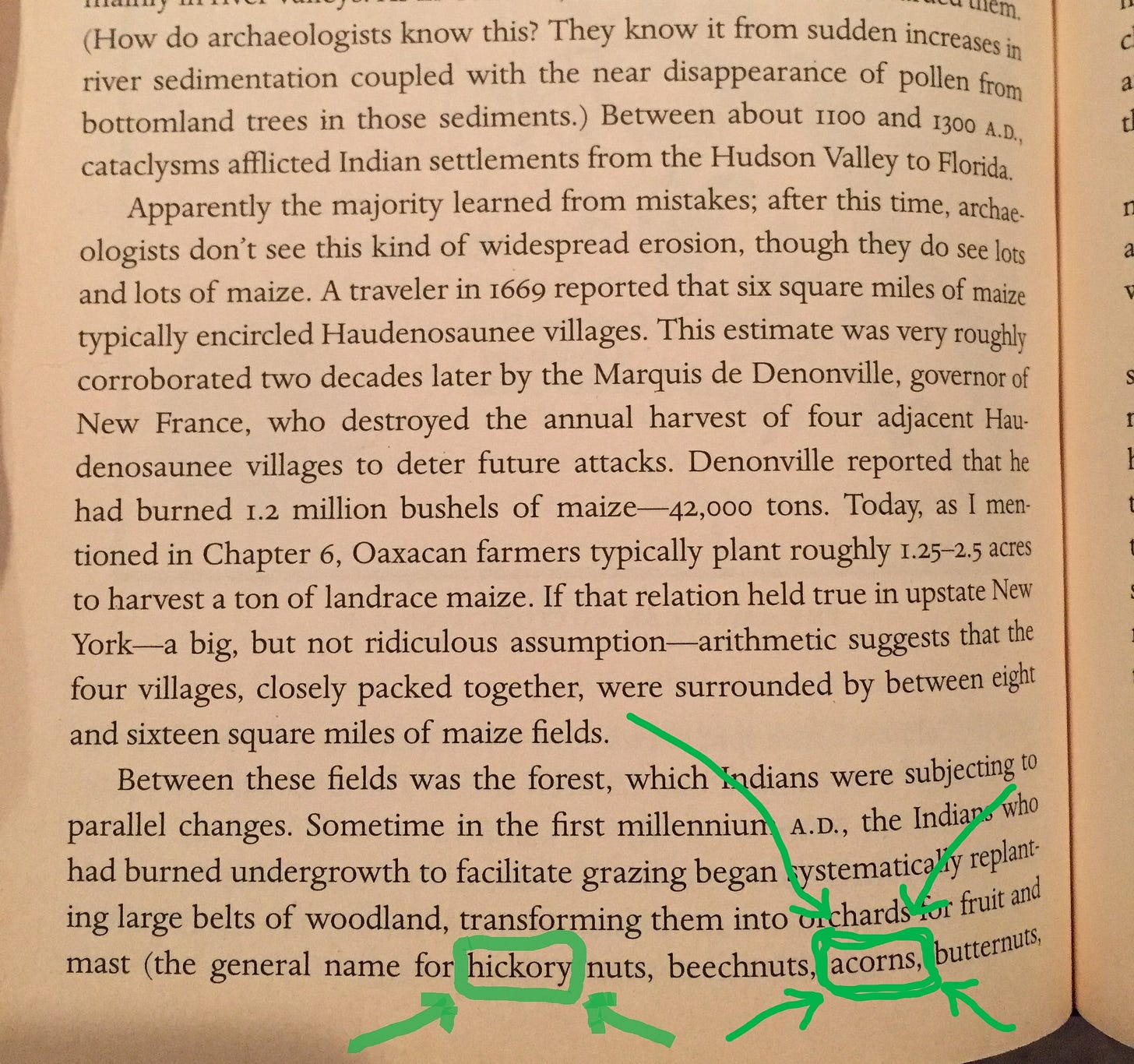
So this land where I live used to be filled with highly advanced forest scale farming systems that were apparently indistinguishable from an intact climax forest ecosystem to the colonists (or at least regarded with as little respect as the non-tended “wild” Carolinian Forest that once existed here from horizon to horizon.
Here, today, in what is now called southern Ontario in the Eastern Woodlands of Turtle Island 99.9% of the primary Carolinian Forests and old growth food forests that once dominated the landscape from horizon to horizon have been cut down in the last 150 years.
What was once a thriving forest ecosystem with Paw Paw (Asimina triloba) groves thriving underneath a 100 foot high plus super canopy of Butternut, Eastern White Pine, Sycamore, Black Walnut, American Beech, Shellbark (“Kingnut”) Hickory, Shagbark Hickory, Sugar Maple and Tulip trees with large tracts of anthropogenic food forest mixed in is now mostly GMO soy and corn fields, strip malls, hydroponic greenhouses, factories and concrete. Based on my research and field expeditions I estimate that no more than one tenth of once percent of the original forests (untended primary Carolinian Forest, which stretched from horizon to horizon as well as anthropogenic old growth food forests, which used to cover tens of thousands of acres here in Essex county alone) still exist today.

The most aggressive and arrogant deforestation of Southern Ontario (peaking in a clearcutting frenzy about 120 years ago) was in large part instigated and encouraged by the “Dominion of Canada” government putting out advertisements offering “free land” to anyone that would clear the forest, sell the old growth trees to the military for their ship masts and grow a monoculture annual crop on the land. The government propaganda conditioned settlers to view the forest as an “obstacle” and something that needed to be cleared to bring “order” to the land. One of the main motivations behind that push was to get people to do the dirty work of chopping down the 120 feet tall plus 500 year old plus Mother tree Oaks, elder Kingnuts, and 250-400 year old white pine to supply British with masts for the Navy to be able to perpetuate it’s war racketeering operations.
Of course, it was not “free land” being benevolently gifted to poor up and coming emigrants to help get them started (as the propaganda posters implied) is was blood soaked stolen land, and land that had been carefully tended for generations to create a multilayered self-perpetuating resilient and diverse food production system that the European colonists were to ecologically illiterate and arrogant to recognize for what it was.
I share this to illustrate how the vague government propaganda inculcated idea that many people have in their minds about European industrial civilization “improving” life here and “developing” the “natural resources” or “making use of land that was just going to waste sitting there for agriculture” is a flat out lie and a fallacy.
This land was already being tended with purpose and the food cultivation system that was being implemented here for well over a thousand years prior to those clear cutting operations was far superior in every way to modern farming practices.
Similar stories of short sightedness and greed can be found of that time period to the south of us in Michigan.
One of the most vivid description of the Cultural Forests of Eastern North America I have encountered so far comes from an early pioneer from the state of Michigan, 1884. What he tells is a sobering testimony to what has been lost, but if we begin to remember, we can let it be so again:
“In the forest we found the whole family of oaks, of the Michigan family, some twelve different kinds, and among them the burr oak, bearing an acorn good to eat, and on which hogs would fatten. In the timbered lands were the new trees called the basswood, of which the best timber for building was made; and the black walnut, more valuable than cherry for cabinet work. It also bore a large and very rich nut, and with it were the whole family of the hickories, all bearing good eatable nuts. Besides these were the butternut, the beechnut, and the hazelnut, all bearing an abundance of their fruit. Throughout the woods we saw the grape-vine hanging from the trees laden with its fruit. We saw vast thickets and long rifts of blackberry bushes lately burdened with their tempting berries. And we were told that the woods and hillsides and openings, in their season were fairly red with the largest and most delicious strawberries, while the wild plum grew along the small streams, the huckleberry and the cranberry on the marshes, and the aromatic sassafras was found throughout the woods. The annual fires burnt up the underwood, decayed trees, vegetation, and debris, in the oak openings, leaving them clear of obstructions. You could see through the trees in any direction, save where the irregularity of the surface intervened, for miles around you, and you could walk, ride on horse-back, or drive in a wagon wherever you pleased in these woods, as freely as you could in a neat and beautiful park.”
“Pioneer Annals” by A. D. P. Van Buren, in “Report of the Pioneer Society of the State of Michigan”, Volume 5, 1884, pg. 250.
Just like here in southern Ontario, those ancient food forests in Michigan are all chopped down now except for fragment remnants.
Evidence indicates that regenerative agroforestry designs were being implemented by indigenous people of the eastern woodlands of Turtle Island 1,500 years ago. Some of the results can still be seen today, examples of the robust, anti-fragile subsistence systems practiced by indigenous Iroquoian peoples. If the indigenous cultural landscape could be seen four hundred years ago from a bird’s eye view, it would be a shifting mosaic of food and medicine producing anthropogenic ecosystems fluidly melding one into the other, and incorporating the full spectrum of diversity of species and habitat types.
When many people seek to learn about indigenous food cultivation systems of Turtle Island, they end up reading about the famous Three Sisters. Three Sisters appear consistently in the archaeological record as an integrated polyculture, starting in about 600 AD. The people of the Haudenosaunee Culture are thought of as the first farmers in the northeast, though the evidence now indicates that is an over-simplification given how that story says nothing about the ancient food forests that those same cultures created.
The indigenous inhabitants of this land were often selectively burned woodlands every autumn or early spring. Burning would have kept back the underbrush of fallen branches and brambles. Burning would have also eliminated bushes or kept them in small, coppiced forms where the tops are frequently killed only to resprout each season from the living roots. The burning would kill the fire-sensitive saplings of ash, elm, and maple, conserving the wide-open nature of an oak-hickory forest. Not only are shagbark hickory and bicolor oak trees resistant to damage by fire, but their deep taproots allow them to resprout vigorously in case a small, sensitive seedling tree should be accidentally incinerated.
In the wake applying fire selectively to the woods, in areas of full or patchy sunlight the groundnuts would form into a nearly solid groundcover, like poison ivy but edible, ready to be dug for sustenance at any moment of the year. The earthbeans Amphicarpaea bracteata would also form a solid groundcover but being more tolerant of deep shade, these may be found deeper within the forest.
The groundnuts and the earthbeans fix nitrogen, and the annual fires would decrease nut weevil pests, raise the soil pH toward neutral, and in the process increase the calcium and phosphorous available to the trees. This funnels important macronutrients needed for seed and nut development to the shagbark hickories and bicolor oaks, lending support to their annual-bearing potential and consistency, and positively influencing the size and abundance of the nut harvest.
When the Gayanashagowa or Great Laws of Peace of the League of Iroquois Nations were established along the shores of Lake Onondaga a thousand years ago, they brought an end to relentless warfare experienced by the early Iroquoian peoples. It is thought that the people of the Owasco Culture were those peoples. The Great Laws of Peace were revealed by the Great Peacemaker and translated through his spokesman Hiawatha, in the home of the Mother of Nations Jigonhsasee. The treaties served to establish a democratic confederacy known as the Haudenosaunee, or the “people of the longhouse.” To this day it is one of the longest running democratic societies in the world.
Like the longevity of the Haudenosaunee Nations, what is amazing to me is that in several places evidence of advanced food forest design (regenerative agroforestry farming systems) such as north of us on the shore of Lake Huron/Georgian Bay or beside Lake Owasco) centuries later, in tact tracts of an agroforestry system are still present, seen by the present-day composition of the forest.
This is a forest filled with staple foods, from root to crown: groundnut to hickory nut to acorn. This existence of this legacy agroforest paints a vivid picture illuminating how some of the first peoples of Turtle Island had mastered highly advanced and truly sustainable farming methods long before the arrival of the Europeans.
Each one of the scattered dense (non-linear) Swamp White Oak, Burr Oak and hickory stands I have studied locally (and north of us near Lake Huron) occupies an area ideal as seasonal camps for hunting, fishing, and gathering. Hickory is a species that requires a lot of calcium in order to thrive, so it is found in restricted habitats above floodplains and below slopes, where alluvial soils rich in nutrients like calcium get deposited. In many of the disjunct populations, the stands of Swamp White Oak, Burr oak, Shellbark, Shagbark are isolated, sometimes hundreds of miles away from the next stand. Several of the populations are associated with known archaeological sites. Here in southern Ontario, it is no different.
The unavoidable conclusion is that their seeds were brought here and planted by the human inhabitants of this place.
Bur oak (Quercus macrocarpa) growing alongside anthropogenic ancient Shellbark and Shagbark hickory as well as Kentucky coffeetree (Gymnocladus dioica) are still found growing here as well. This bur oak – hickory association is not novel, but a repeating theme throughout the overlapping range of these two species. And like our bicolor oak – hickory duo, the bur oak fulfills a similar niche as the bicolor oak, (as well as the chinquapin oak) thus they can be considered interchangeable both culturally and ecologically (and nutritionally).
The Kentucky coffeetree, a nitrogen-fixing leguminous tree, bears large bean pods with edible seeds. The Kentucky coffeetree fulfills a similar niche as the honey locust (Gleditsia triacanthos). These along with pawpaw groves are all found growing in unnaturally high concentrations in archeologically confirmed ancient indigenous community areas in Ontario, New York and elsewhere.
Like the Kentucky coffeetree, the honey locust bears large bean pods with edible seeds as well as an amber-colored sweet flesh inside the pods that is rich in sugar and very sweet to the taste. Honey locust pods, which sometimes contain up to 38% sugar by weight, is reminiscent of tamarind, and could be considered culturally analogous. An association between honey locust populations and native settlements has been noted before. Both the Kentucky coffeetree and the honey locust fulfill similar niches culturally and ecologically, and so they may be considered interchangeable. As nitrogen-fixing trees, they play important supporting roles to the other trees in the forest. The polycultural trio of oak, hickory, and bean tree appears to have been seen as playing a role similar to that of the Three Sisters. To use the language of permaculture, this is a guild.
“From the forest, they derived all their bread, all their butter. The butter was made out of beechnuts — highly selected beechnuts. There are still casks and casks of beechnut butter in Europe, buried in the peat, still in good condition. All the bread and cakes in Tuscany and Sardinia and a few other places are still made from chestnuts. Corsican muffins are made of chestnuts, not wheat flour. All the bread was made from the trees, and all the butter was made from the trees. There are your basics.
In your American southwest, the pinion pine nut is a staple Indian food. In one day a family of six can gather thirty bushels of pine nuts, and that’s a year’s supply. In South America, six trees support a family of Indians. Those great supports are a source of staple food. One white oak, in its year, will provide staple food for about six families. A good old American chestnut — how many pounds did we get off one of those trees? At least four or five hundred pounds. There’s a couple of families’ food for a year, with no hacking and digging and sowing and reaping and threshing. Just dash out in autumn, gather the nuts and stack them away. […]
When the forests were managed for their yield and their food equivalence, they were highly managed. Now there are only a few remnants of this in the world, in Portugal, and southern France. In Portugal, you can still find highly selected, highly managed oak trees, often grafted, and olives. The pigs and the goats and the people live together in a very simple little 4,000 yard area in which nobody is racking around with plows. In that economic situation, there is no need for an industrial revolution.
A few of these tree ecologies still remain up on steep mountain slopes, where it has been difficult to get up there to cut the trees down for boat building and industrial uses. The whole of Europe, Poland, and the northern areas once were managed for a tree crop, and the forest supplied all the needs of the people.”
- from Bill Mollison’s design course, ‘Forests in Permaculture’.
Mainstream American (and Canadian) archaeology and anthropology has tended to view native farming systems centered around maize, beans, and squash through the lens of Western farming, which separates cultivated species from their surrounding ecosystems, maintaining annual plants indefinitely through repeated disturbance. Western agricultural practices make it easy to see differences between the domesticated and the wild, and from that perspective it becomes difficult to conceive of a seamless integration of cultivated spaces within the broader ecology. There are few examples of this kind of farming among European settler populations. And we tend to project our own experiences onto those of the past and onto other cultures.
For more insights on how our government education system, text books and modern day western science are woefully lacking, as they are missing a critically important piece of the puzzle when it comes to describing the nature of ancient indigenous food systems of Turtle Island, here is an expert from Akiva Silver’s book (Trees of Power: Ten Essential Arboreal Allies)
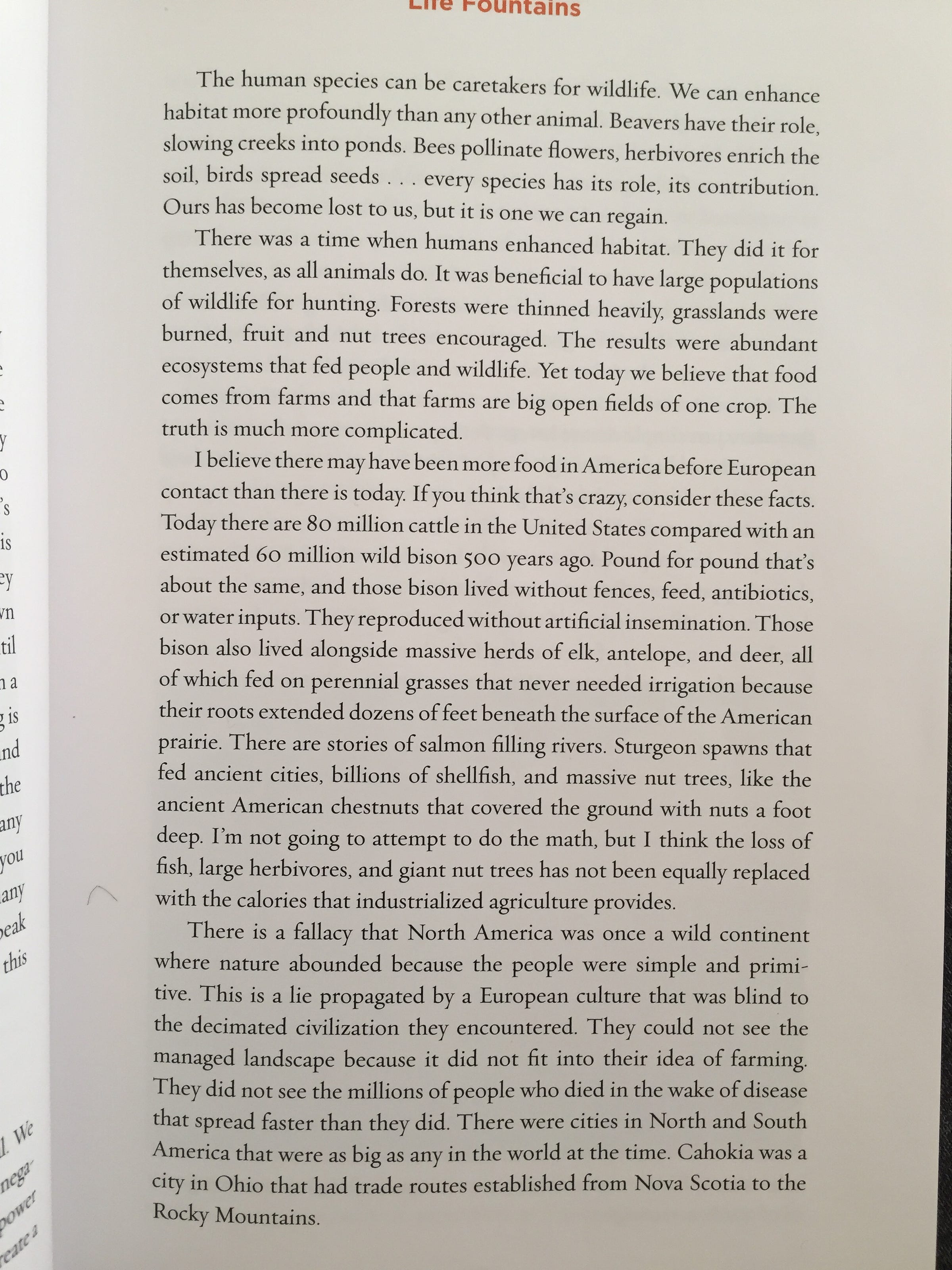

Native peoples, however, do not make such rigid distinctions as between the domestic and the wild. This difference of attitude goes to the heart of what sets Native American and European agriculture apart. Not maintaining a distinction between the cultivated and the wild, it becomes difficult to maintain rigid property boundaries. Whereas European agriculture was settled into fixed fields – a constraint wrought by private property enclosure – Native American agricultural fields were “free ranging” and communally owned. Always changing, shifting, fluid, and mobile. Their’s was a shifting cultivation (or “swiddening”). In practice it was worlds apart from the European agriculture.
If one visits Mesoamerica where the Lakandon and Yucatec Maya still practice their traditional milpa, they would realize how the maize-beans-squash complex represents only the early stages of ecological succession within a system of shifting cultivation incorporating hundreds of species from annual weedy plants all the way up to old growth forest trees. The maize-beans-squash crop complex has dispersed all across North America from Mesoamerica, and is known as the Three Sisters all throughout, from Mexico to Canada. The naming of the Three Sisters rests in story, and story provides context.
The milpa, a shifting cultivation system integrating agroforestry, is agriculture as conservation. The milpa is but one member of a family of indigenous cyclical cultivation systems found throughout the forested world. There’s the Tembawang system of the Dayak people of Kalimantan, Indonesia; the Huuhta & Kaski methods of the Forest Finns of Finland and Russia; the Landnam of the Scandinavian Norse; the Jhum cycle of northeastern India and Bangladesh; the Yakihata system of Japan. These integrative, indigenous systems born of deep ecological knowledge share in many features, like an impulse towards reforestation and ecological regeneration — they are the original restoration agriculture.
Trees are homes to a plethora of wildlife. They don’t need to be ripped out of the ground every year. Once they grow a little older, they become resilient defiant beings that don’t need to be coddled with irrigation, fertilizer, or weeding. The simple act of planting a couple of Apple trees could then transform overtime into hundreds of thousands of apples that could feed your family, birds, the soil, and contain seeds that have the potential to create new unique apple trees. The story of the landscape could change indefinitely.
Cultures all over the world of the past and present emanated forest gardening principles in their lives. This included Native Americans, the Chagga people who resided on Mount Kilimanjaro, the Maninjau people in Sumatra, people of the Maya Forest , the Baka people of the Central African rain forest, people of Portugal, and countless others. They all embodied methodology of forest gardening for meeting their most important necessities of life.
The connection of forests as food and the indigenous people of North America became very apparent when I came across a book by Kat Anderson called Tending the Wild. It’s an incredible book about the relationship indigenous peoples of California had with Nature, and it challenged what I had always been taught in school about the history of many Native American tribes. It is often regarded in anthropological documents and history that indigenous people were living a passive hunter gatherer life style and that they did not include agriculture in anyway.
As I discovered more through a range of books (and as I have evidenced above) I learned that this is simply not true. Indigenous people were deeply engaged with the land, planting seeds, pruning trees, initiating controlled burns, and harvesting in ways that gave back to the plants that they gathered from. They were saving seeds from plant beings that exhibited positive traits and planting them out. They drastically changed, diversified, and enhanced the landscape around them. They often stayed in one particular area for their entire lives.
Beyond the scope of hunter gatherers, they were/are also horticulturalists and intensive managers of the forest landscape around them. This way of partnering with forests are not only roots in their way of life. They are the whole tree, and the entire forest. Could it be that forest gardening is actually a much more sound way of creating abundant food bearing landscapes that were rich in healthful ecology?
Welcome to the anthropogenic forest. Overall it is an integrated and beautiful system, and still here centuries later. Cultural landscapes like these are the result of traditional ecological knowledge practiced for generations in place. Cultural forests may be difficult to recognize without the proper context. Indigenous people knew how to build robust, anti-fragile subsistence economies that seemlessly integrated with the broader ecology, and the continuing existence of these forests is testimony to their resiliency. Like the Haudenosaunee who have maintained their democracy for a thousand years into the present, their nut groves are still here, too.
These remnant food forests reveal a host of new questions leading us to deeper understanding and offer us wisdom as we plan how we will cultivate food for our communities going forward.
Forests and farms are exclusively separate in the present western world. Modern agriculture involves rows and rows of open fields, chemical inputs and machinery. Forests are viewed upon as primarily a source of timber or are largely protected as conservation land. What most people fail to realize when looking at our current food systems is that agriculture as we know it is a relatively recent way of interacting with the Earth. And often a very destructive one. For time immemorial, people lived and sustained themselves in rich ways within forest garden systems. This took place in nearly every part of the world, and still do in many parts today.
The question of how can we feed the world without destroying the Earth presses deeper into our current reality. An even more important question to ask is how can we feed our communities in a way that makes the Earth even healthier than before our interaction?
The more I learn to work with this tree the more clearly I come to realize that in climates and bioregions analogous to ours here in Southern Ontario, Shagbark Hickory (and his companion trees) offer one important part of an answer to the question above.
In the spirit of giving back to the living Earth, giving to the 7th generation down the line and beginning to regenerate the food forests of southern Ontario, I have donated several tree seedlings (which I grew from seed) to a group interested in regenerating the forest here. I was honored to be invited to help plant some of those seedlings as part of a Community Food Forest project recently.
We planted Echinacea, Pawpaw and Malus Sieversii seedlings, along with the first Shagbark Hickory seedling to be planted on a property designated for ecological regeneration, traditional food sovereignty initiatives and a community food forest.
Of all the trees in Albion and Ireland the Oak is considered king. Famed for its endurance and longevity, even today it is synonymous with strength and steadfastness in the popular mind. John Evelyn in his Sylva, Or a Discourse of Forest-Trees, calls it the ‘pride and glory of the forest’, and in The Fairy-Faith in Celtic Countries, Evans-Wenze proclaims that ‘the oak is pre-eminently the holy tree of Europe’.
For a glimpse into how my Gaelic ancestors regarded the Monarch of the Forest and King of the Woods, (aka the mighty Oak) here are some select pages from To Speak for the Trees by Diana Beresford-Kroeger
Next I will share a few pages from Tending the Wild by M. Kat Anderson which offers a glimpse into the rich and illustrious balanocultures of pre-colonial California with important info about how they managed their Oak Food Forests with the use of controlled regenerative fire.
For those that live in Europe (and especially those that live on Albion, aka The British Isles) here are some pages from two more books. First a book called “Tree Wisdom: The definitive guidebook to the myth, folklore and healing power of Trees” by Jacqueline Memory Paterson and “The Living Wisdom of Trees: A Guide to the Natural History, Symbolism and Healing Power of Trees” by Fred Hageneder
Next I will share some pages from A Druid's Herbal of Sacred Tree Medicine by Ellen Evert Hopman :
and last but not least select pages from “The Living Wisdom of Trees: A Guide to the Natural History, Symbolism and Healing Power of Trees” by Fred Hageneder
Acorns as a Traditional Food
Wherever there are Oaks there are acorns, and wherever there are acorns people ate them. There is prehistoric evidence of acorn eating cultures found across the globe. Acorn eating took place from China to Crimea, from the Mediterranean basin to the British Isles.
Ancient agroforestry practices can also be traced to pre-historic Europe incorporating simple forest management techniques such as pruning, burning and intentional planting which created improved foraging areas for wild boar, deer, chamois and even wild aurochs. Spring pruning in the dehesa /montado is the primary method for increasing acorn yields per tree however this would be difficult if not impossible to detect archaeologically. There is evidence of prehistoric fire management of European woodlands by people during the Mesolithic (Mellars, 1976; Mason, 2000). Much of this burning has been perceived as a means of encouraging new growth for browse to support deer and other ungulates. However, as Mason (2000) points out, burning can encourage the proliferation of desirable forest species for human subsistence. In this case, fire may have been used as a tool to manage oaks or other fruit / nut-bearing vegetation. Fire may permit more light to reach the crown thus increasing acorn yield for individual trees (Mason, 2000). Comparisons between Holm oaks in managed stands and natural forests showed that unmanaged trees are generally shorter, found closer together and have smaller canopies (Pulidoet al., 2001). (pp.58-9)
Other extant Balanocultures show similar evidence of burning, pruning and other extensive management to maximise acorn production. In her 2005 book, Tending the Wild, Kat Anderson builds a picture of techniques used by Indigenous peoples in California, some still within living memory. Acorns provided a ‘principle staple’ for the people there, with records of charred shell remains going back at least 10,000 years (p.287). This sounds like fun:
Individuals of many tribes harvested acorns by climbing the trees and cutting the limbs, a process Galen Clark recorded among the Yosemite Miwok: “In order to get the necessary supply [of acorns] early in the season, before ripe enough to fall, the ends of the branches of the oak trees were pruned off to get the acorns, thus keeping the branches well cut back and not subject to being broken down by heavy snows in the winter and the trees badly disfigured, as is the case since the practice has been stopped.” The Mono elder Lydia Beecher remembered the former pruning of oaks: “My grandpa Jack Littlefield would climb black oak trees and cut the branches off—just the tips so that many more acorns would grow the next year” (p.139)
As with practically all the other plant communities they ‘tended’, the indigenous peoples used fire to manage Oak trees. This served various purposes such as: helping to facilitate gathering, suppressing pests and diseases, encouraging the growth of long, flexible new shoots (useful for basketry etc.), building soil with biochar, keeping forest debris levels down so fires wouldn’t rage out of control, and fostering the growth of edible grasses, herbs and mushrooms between the trees (pp.288-9). As ‘Klamath River Jack from Del Norte County’ put it:
Fire burn up old acorn that fall on ground. Old acorn on ground have lots of worm; no burn old acorn, no burn old bark, old leaves, bugs and worms come more every year…. Indian burn every year just same, so keep all ground clean, no bark, no dead leaf, no old wood on ground, no old wood on brush, so no bug can stay to eat leaf and no worm can stay to eat berry and acorn. Not much on ground to make hot fire so never hurt big trees, where fire burn. (p.146)
As late as 1991 ‘Rosalie Bethel, Nork Fork Mono’ could still recall her elder’s stories from the 1800s:
Burning was in the fall of the year when the plants were all dried up when it was going to rain. They’d burn areas when they could see it’s in need. If the brush was too high and too brushy it gets out of control. If the shrubs got two to four feet in height it would be time to burn. They’d burn every two years. Both men and women would set the fires. The flames wouldn’t get very high. It wouldn’t burn the trees, only the shrubs. (p.177)
The resulting ‘Oak Savanna‘ habitats which were often compared to parkland by early European observers (p.175):
Pollen and microcharcoal sequences from Mesolithic Britain’ offers hints that acorns have been important to peoples all over for tens of thousands of years
In the Near East there is solid evidence that acorns were used as food as early as 19,000 BP at Ohalo II (Kislevet al ., 1992). At La Sarga, an Epipaleolithic site in València, a painted rock art scene shows several figures collecting acorns as they fall from the tree (Fortea and Aura, 1987).
Around the world acorns have been and still are a traditional food. If we had a table with piles representing the amount of each food consumed in human history, acorns would be the biggest pile on the table, bigger than wheat and corn combined. The Tartars of Crimea were still eating a thick-crusted, spongy acorn bread at the end of the 19th century, and to this day the remaining semi-nomadic peoples of Northern Mexico depend on the “bellota” as an important food source.
There is evidence that the people of Catal Huyuk, an early Neolithic settlement (circa 7500 BCE) in the Fertile Crescent region of Turkey, were grinding and storing acorns long before they were farming wheat and barley. Pliny the Elder himself (the Roman naturalist, historian and philosopher extraordinaire, as well as naval captain and army commander) wrote: “acorns at this very day constitute the wealth of many races.” Acorn eating continued to be important in the Mediterranean through the time of the Ancient Greeks. It was the food associated with the strength and intelligence of the Golden Age. 'Balanos' is Greek for acorns, and cultures who derive significant subsistence from acorns became known as "Balanocultures."
“Balanocultures were among the most stable and affluent cultures the human world has ever known.”
Greek necklace made of gold, with acorns & a ram's head - 5th century BC
Bainbridge argues that prior to the granocultures that emerged with the advent of agriculture, societies in the Middle East, China, Mexico, and California, were largely dependent on acorns as a staple crop. Gathering and processing time for acorns is minimal relative to the labor required to grow annual cereal grains. He argues that the domestication of goats which prefer to browse oak seedlings, rising populations afforded by abundant acorns, and the cutting of trees for fuels, led to the demise of the great oak woodlands of the Middle East and China and the balanocultures they supported. Immediately following was the emergence of agriculture and the birth of granoculture.
In ‘An Iberian perspective on Upper Paleolithic plant consumption‘ Jonathan A. Haws writes:
In his book, “Prehistoric Europe: The Economic Basis” (1952), Grahame Clark discussed prehistoric acorn consumption in the Mediterranean. Citing the geographer, Strabo, he noted the Lusitanians, in what is now Portugal, were observed to eat bread made of ground acorns for three-quarters of the year. Although in later times acorn flour was milled and made into “famine breads” when grains were scarce, many people appear to have subsisted off acorns for centuries (Jørgensen, 1977). Numerous citations from classical sources suggest acorns were viewed as the basis for all of civilization (Clark, 1952; Mason, 1995; Vencl, 1996; Sieso and Gómez, 2002). In fact, the genus name “Quercus” is derived from two Celtic words meaning “beautiful tree” suggesting its importance in early times (Sánchez Arroyo, 1999). Acorn-eating, or balanophagy, survives today in Iberia where sweets are made from acorns. In Algarve, people eat raw acorns from the evergreen oaks. On Sardinia, local people still gather acorns and process them using traditional methods. Acorns are mixed with a special iron-rich clay and boiled to absorb the tannins (Johns, 1990). In the western Rif of Morocco, acorns are eaten raw, toasted, soaked in water or sun-dried (Peña, 2000). (pp.55-6)
Acorns are a traditional food for many of the indigenous peoples of North America. They serve an especially important role for Californian Native Americans, where the ranges of several species of Oaks overlap, increasing the reliability of the resource. Unlike many other plant foods, acorns do not need to be eaten or processed right away, but may be stored for a long time.
Native people of California have been eating acorns for at least 10,000 years that we know of, and many still do to this day. Like other California tribes, the Nisenan were hunters and gatherers who practiced a grooming of their gathering grounds, with fire as a primary tool for this purpose. They tended local groves of Oak trees to maximize production of acorns, which were their principal dietary staple. Oak forests were seen as wild orchards of the natural landscape.
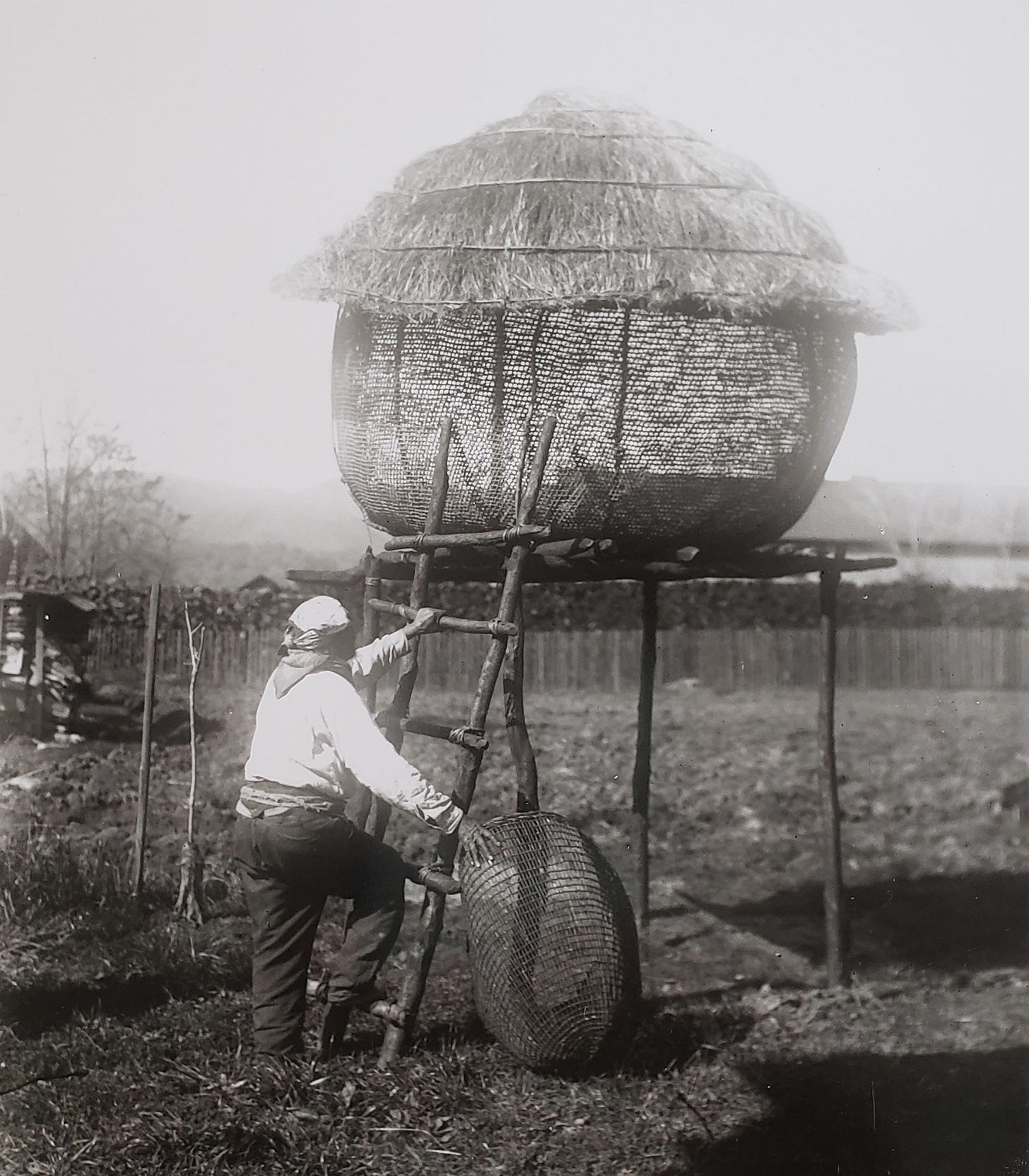
Acorn-centered cultures spent several weeks a year focused entirely on the annual acorn harvest. Each community member would go out into the grove and carefully select their tree. They make camp under its branches, sleep next to its roots, and they make their evening fire there, while each day collecting its precious fruit. These gatherings in the oak grove created community festivities with ritual, music and storytelling. Acorn ceremonies were an important part of the community encampment that took place during the gathering season. One year’s harvest can be abundant enough to feed a tribal community for up to four years.
Today, the acorn is an untapped food source. Thousands of pounds of food are left to rot on the ground year after year, all the while there are people starving and malnourished. Many of them are simply unaware of the abundant and nutritious food laying scattered at their feet. Perhaps it is our cultural disconnection from the oaks and acorns that got us into the modern food crisis that we are in. A return to acorn eating could very well save the future of the human food supply.
Mythology & Symbolism of the Oak Tree
In most traditions the oak is acknowledged as a sacred tree. They are known as the doorway leading between the worlds. The mighty oak grows strong and tall, and its roots grow deep into the earth giving it stability. These physical traits inspired the symbolism associated with the oak tree: strength, protection, endurance, power, triumph, wisdom and kingship. Oak trees are often referred to as the "King of the Forest," since they can reach heights over 100 feet, and average an age of 300 years.
The Oak King
As a symbol that is spiritually revered in many tribal cultures, oak is sometimes referred to as ‘the World Tree’. The mirrored above ground branching to below ground rooting patterns are indicative of oaks. Oaks' branching crown represents the sky, the realm of heavenly deities and celestial bodies, the trunk is the realm of mortals, and the roots of the tree the underworld.
Oaks are struck by lightning more than any other trees. This was seen as hugely significant by our ancient Druidic ancestors who sought ‘awen’ or inspiration and believed it came through lightning. They named this shining moment of illumination as ‘courting the flash’. Awen was thought of as a flowing spirit or spirit energy manifesting in the form of an essence of life and producing moments of artistic inspiration and flow. So, for the Druids, the oak was seen as the conductor of universal revelation and as such was highly venerated.
Many early Christian churches were situated in oak-groves, probably because they were once pre-Christian places of worship. Kildare, where St. Brigid founded her abbey, derives from ‘Cill-dara’, the Church of the Oak. Legend says she loved and blessed a great oak and held it so sacred that no-one dare harm a leaf of it. Under its shade she built her cell (This ties in neatly with pre-Christian tradition, as the Celtic goddess Brigid was daughter to the Sun-God Dagda to whom the oak was sacred).
St. Columcille, also known as Columba, whom many believe to have been a Druid before he embraced the new faith, likewise founded churches in an oak-grove at Derry (Doire), the monastery at Durrow (Dairmag, ‘the Plain of the Oaks’) and a monastery at Kells where he lived under an oak tree. According to the Irish ‘Life of St. Columcille’ a man took some of the bark of his tree to tan his shoes and contracted leprosy as a consequence.
When he was founding the church at Derry, St. Columcille burned down the town and the king’s fort in order to eradicate the works or worldly men and sanctify the site for his church. But the fire blazed out of control and he had to pronounce an invocation to save the grove of trees. He loved these trees so much that he built his oratory facing north-south instead of by the usual Christian orientation of east-west so none would be disturbed. He ordered his successors not to touch any tree that might fall, but to let it lie for nine days (the sacred Celtic number) before cutting it up and distributing the wood among the poor. When later in life he lived at the abbey he founded on the Isle of Iona in Scotland, he declared that although he feared death and hell, the sound of an axe in Derry frightened him more.
Early literature gives more evidence of the importance of the oak to pre-christian Celts. A great oak was one of the five sacred trees brought to Ireland by the strange being called Trefuilngid Tre-ochair who appeared suddenly at Tara on the day Christ was crucified; an emissary from the otherworld, he bore a branch on which were acorns, apples, nuts and berries which he shook onto the ground. These wondrous fruits were planted into five different parts of Ireland, and from them grew five great trees that oversaw each province until they were blown down by the disapproving winds of the Church in the 7th century. Among these was the great Oak of Mugna which stood in southern Kildare. This ‘bile’ or sacred tree was celebrated in the Edinburgh Dinnsenchas as:
“Mughna’s oak-tree without blemish
Whereon were mast and fruit,
Its top was as broad precisely
As the great plain without…”
It was said to bear nine hundred bushels of acorns 3 times a year and red apples besides, making its Otherworldly origins clear. The moment the last acorn fell, the first blossom of the year appeared, reminding us of the perpetual cycle of death and rebirth.
There were also some places that show traces of pre-Christian groves, however faint. We hear of an oak-grove near Loch Siant in the Isle of Skye that was once held so sacred that no person would dare cut the smallest twig from the trees. Also in Scotland is the sacred oak on the island in Lock Maree. The local story goes that it was once ‘Eilean-a-Mhor-Righ’ (the island of the Great King) who was in fact a pagan god. And in England, the remains of ancient oaks were discovered near the Romano-British temple at Lydney, dedicated to the god Nodons.
Celtic Lore
The ancient Celts considered oaks to be the most sacred of all trees. Oak groves were used as sacred places of worship before churches came to be, and the Druids are named after this holy tree. The Celtic Ogham’s reference to oak, as ‘Duir’, is rooted from the Sanskrit word 'dwr' meaning door. A portal to the divine. Duir is a word meaning solidity, steadfastness, and protection. The Gaelic word for Oak tree 'doire' is also derived from 'duir.' The Dara Knot is a widely recognized and ancient Celtic symbol that represents the mighty Oak and it's strong root system. The design has no beginning or end. Like the Oak tree, it stands for strength, stability, power, fortitude and wisdom.
Dara Knot
Later in Europe, many churches were built in or by ancient Oak groves as a natural progression from ancient Oak worship. One such example is in Kildare, Ireland where St. Brigid founded her abbey. The name derived from ‘Cill-dara’, meaning the "Church of the Oak."
It is the height of midsummer that the Oak tree rules, when the Oak is in flower, marking the longest days of the year. Thus, the Oak is associated with the Summer Solstice. This is also the season of the Green Man, a symbol of the cycle of life, death and re-birth. The Green Man is often depicted in oak leaves.
Watch the first signs of spring, and take note for the coming rains with oak…
"If the Oak's before the Ash,
Then you'll only get a splash;
If the Ash before the Oak,
Then you might expect a soak."
Norse mythology & the Ancient Greeks
As noted above, Oaks are struck by lightning more often than any other tree of the same height. Conducting electricity is one of its influences with divine connection. This feature, being touched by the fire of heaven, makes the Oak sacred to the various gods of lightning and thunder including Thor and Zeus.
In the Norse tradition Yule logs were made of Oak. Since Oak is such a hard, slow-burning wood, part of the Yule time tradition was to keep part of the burned log until the next winter to rekindle the yule-tide fire. Any kind of sacred fire was always kindled with Oak. The Oak tree yields the strongest of woods, and the Vikings made their famous longships from it.
In Ancient Greece, the Oak was the sacred tree of Zeus. There was a renowned Hellenic oracle during the 5th century B.C.E. called Dodona. Here they would worship and commune under the oak trees, and priests were believed to be able to communicate with Zeus through the Oak tree itself.
The native peoples of California are well known for their acorn rich diets, some tribes consumed as much as half of their annual diet from acorns. This was also true of our local Nisenan tribe of the Sierra Foothills.
In Celtic mythology and lore, the Oak is associated with strength, resilience and self-confidence and is a great tree for enhancing inner strength, especially when you have experienced a great loss in life. It is said that the Oak tree helps build strength, resilience and self-confidence, and lends power so you might rebuild your life and move forward. For this reason, we consider the name ‘An Darach’ is a quite auspicious name for our social enterprise.
Oak has been valued for its strength and durability, and was commonly used in construction of homes and the bark has historically been used in the tanning industry. St. Columba was said to have had a fondness and respect for Oak trees and to have been reluctant to fell them, although his early chapel on Iona was constructed of Oak from the nearby Mull Oakwoods.
A well known Celtic symbol is the Dara Celtic Knot, usually featuring an interwoven design that represents the root system of an ancient Oak. Like other Celtic knots, the Dara Knot is made up of intertwined lines with no beginning or end.
Functions In The Wilderness and in the Food Forest:
Ecological Functions:
We now face global insect decline, the documented loss of one-third of North America’s breeding birds and two-thirds of earth’s wildlife, not to mention the imminent extinction of 1 million species.
Lucky for us that there is nothing inevitable about the demise of nature. We can forge a collaborative relationship with the natural world, but an essential component of that relation will be giving up the notion that humans are here and nature is somewhere else. We must learn to coexist with nature where we live, work, play, and farm. There are four ecological functions every landscape must perform if we hope to persist on this planet: support a diverse and viable food web, inspire, sustain and support ethnoecological cultural traditions, contribute to watershed management, and sustain a diverse community of generalist and specialist pollinators. Oaks perform three out of four of these ecological tasks better than any other temperate plant genus.
Alongside the hickory family, the oaks once ruled the eastern woodlands of the United States and Canada from the Atlantic coast to the Great Plains, the largest range of any North American deciduous forest. Historically in California, oak woodlands and savannas set the stage for an intricate display of food webs involving hundreds of vertebrates, thousands of native insects, and dozens of keystone plants. Today, over 300 golden state species directly depend on 19 different kinds of oak trees. A fallen log becomes a salamander’s home, a single leaf makes a meal for an insect, branches high above act as bird sanctuaries, and abundant acorns feed the masses.
Densely nutritious and neatly packaged, the acorns from California oaks provide a staple food source for deer, wild turkeys, squirrels, raccoons, rabbits, and dozens of bird species. Humans, too, have relied on them for over 4,000 years. California’s indigenous people dedicated much of their time to harvesting, processing, storing, and cooking acorns. Acorns were collected in the fall, leeched to remove bitter tannins, laid to dry in the sun, and stored in large granary baskets. Upon preparation, they were cracked out of their shells, peeled from the thin, paperlike skin around them, and pounded into a flour. The Tamyen Ohlone people of the Santa Clara Valley used this flour to make variations of mush, bread, or soup, which rounded out a nutritious diet of wild onion, carrots, blackberries, and trout. Today, oaks and their life-giving acorns are a sacred connection to history, culture, and sense of place for California’s native communities.
During colonization of the 18th and 19th centuries, early Mexican and American towns across California were nestled into the shade and beauty of oak woodlands, a legacy revealed by towns like Oakland, Thousand Oaks, Oakley, Oakville, and Paso Robles (Oak Pass). But the settlers’ affinity for oaks did not beget an attitude of stewardship. Massive degenerative agricultural growth at the turn of the 20th century coupled with rapid urban development led to the disappearance of the majority of oak woodlands across the state.
Silicon Valley’s story is no exception. Early explorers were so impressed with the vast expanses and diversity of oaks, they deemed the area “Llano de los Robles”, or Plain of the Oaks. Even at the turn of the 20th century, farmers and wealthy travelers in the South Bay admired the beauty and dominance of the valley oak (Quercus lobata) and coast live oak (Quercus agrifolia). Most of them—as many as 99% in some areas—were cut down to accommodate more farmland, vineyards, and burgeoning cities
Here in Ontario we can observe a similar story of hubris, disrespect and shortsightedness on the part of European settlers, where most elder oaks were removed by degenerate humans, this correspondingly led to a degeneration of the biodiversity here. This arrogant profiteering and ignorance has led to a crippled ecosystem with eroding soil, extinction of large mammals, erratic rain storms and decimated bird populations.
“We cannot casually accept the loss of oaks without also accepting the loss of thousands of other plants and animals that depend on them.”
- Douglas W. Tallamy The Nature of Oaks: The Rich Ecology of Our Most Essential Native Trees
According to The Red List of Oaks 2020, an estimated 31 percent of the world’s oak species are threatened with extinction, highlighting a pressing need to address this loss.
Keystone plants play a vital role in our ecosystems by supporting 90% of caterpillar species that North American terrestrial birds depend on as a food source, along with all native pollen specialist bee species. Without these keystone plants, the entire ecosystem’s collapse mirrors the fate of an ancient Roman arch whose structural integrity crumbles upon the removal of its central “key” stone.
Their presence dictates the function of entire ecosystems, making them indispensable components of the natural landscape.

Oaks play a role in regulating water cycles. Their extensive root systems help prevent soil erosion, stabilize riverbanks, and reduce the risk of flooding. Additionally, the tree’s leaf canopy intercepts rainfall, slowing down water runoff and allowing for better absorption into the ground.
Not only do their canopies and roots manage heavy rain, but the leaf litter they create provides a better buffer against soil erosion than other types of leaf litter because shed oak leaves take up to three years to break down—far longer than leaves produced by maples, birches, hickories, willows, poplars, and other deciduous trees.
The trees are also a favorite of wild bees and pollinators. Uniquely, they do not offer the traditional nectar from flowers but provide a similar substance that is secreted through gals growing on the tree. The oak’s main reason for secreting this secret substance is to attract insects that can help protect the tree from other harmful insects.
Even as the oak gets old and shows signs of age with holes and crevices appearing, this can benefit wildlife and is a perfect nesting spot for many species of bird such as the pied flycatcher or woodpecker. In turn, holes made by woodpeckers are ideal for bats to roost in.
Oak trees also provide many of the habitat essentials for wildlife, including food, cover, and places to raise young. Not only do oaks provide food to caterpillars who eat their leaves, they also produce fat-rich acorns in fall which are a key winter food source for dozens of mammal and bird species. Their branches also provide vital habitat essentials by sheltering animals from the elements and providing an ideal place for nesting birds and small mammals to raise their young, ensuring the success of these species for the next generation. In the winter, even their fallen leaves provide habitat for numerous insects, amphibians, and even microorganisms.
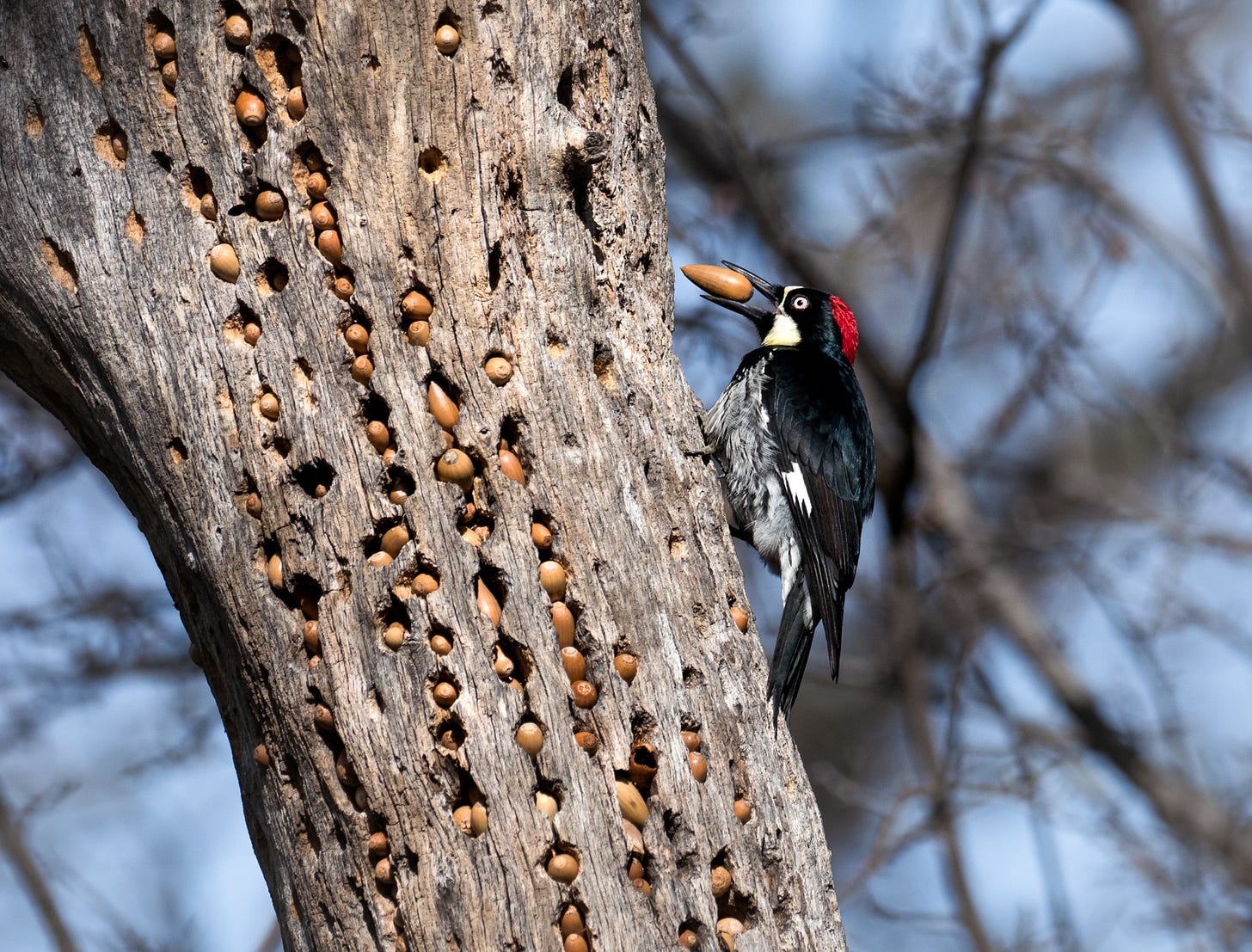
Food web support
From an animal’s perspective, along with oxygen production, the most important thing plants do is convert sunlight to simple sugars and carbohydrates, the basis of the foodstuffs that feed nearly all animal life on planet Earth. But the food that plants produce is of no use to animals if it remains within plant tissues. Most vertebrates do not eat plants directly; they eat invertebrates that eat plants (think insects), and caterpillars transfer more energy from plants to more kinds of animals than any other type of insect. For example, 96% of North American terrestrial birds rear their young on insects, and in 16 of the 20 most common bird families, caterpillars dominate nestling diets. In short, a landscape that does not support lots of caterpillars is a landscape with very few of the animals that help run local ecosystems.
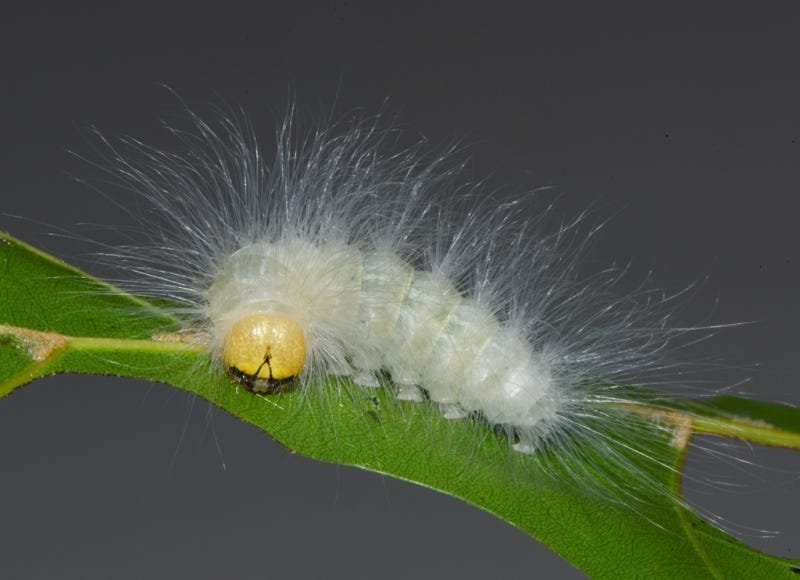
But here’s the key: plants differ widely in their ability to sustain caterpillars. Native plants sustain far more types and numbers of caterpillars than do non-native plants, but even among native plants there are vast differences in how well caterpillar development and reproduction is supported. In fact, just 14% of the native plant genera in North America support 90% of its caterpillar species. I call these genera “keystone plants” because, like the essential keystone that supports a Roman arch, if keystone plants are removed from a food web, that food web collapses. In North America, and undoubtedly elsewhere as well, oaks are the best keystone plants because they support more caterpillar species than other plants: over 950 caterpillar species recorded on oaks to date. No other plant genus comes close to this level of productivity.
Oak’s relationship with various funguses and ectomycorrhizae plays an important role in the establishment of healthy and fertile soil, and Oak forests are an ideal place to look for delectable truffles. Holes and crevices in the tree’s bark become nesting spots for beetles and large varieties of bugs. Over 5000 species of insects find their homes within Oak ecosystems. The Oak tree is truly an entire kingdom unto itself.
“Mother trees have an effect on the oceans as well, as Katsuhiko Matsunaga and his team in Japan had confirmed. The leaves, when they fall in the autumn, contain a very large, complex acid called fulvic acid. When the leaves decompose, the fulvic acid dissolves into the moisture of the soil, enabling the acid to pick up iron. This process is called chelation. The heavy, iron-containing fulvic acid is now ready to travel, leaving the home ground of the mother tree and heading for the ocean. In the ocean it drops the iron. Hungry algae, like phytoplankton, eat it, then grow and divide; they need iron to activate a body-building enzyme called nitrogenase. This set of relationships is the feeding foundation of the ocean This is what feeds the fish and keeps the mammals of the sea, like the whale and the otter healthy.”
― Diana Beresford-Kroeger, To Speak for the Trees: My Life's Journey from Ancient Celtic Wisdom to a Healing Vision of the Forest
I had attempted to articulate how deeply connected the deciduous forests are to the well being of the ocean beings, kelp forests and salmon above, but Diana does a much better job explaining it in her most recent book. I`ll share the pertinent pages below.
The pages below are from “Our Green Heart: The Soul and Science of Forests (2024)” by Diana Beresford-Kroeger (I highly recommend getting your own copy).
For more info read:
“Why Fish Need Trees and Trees Need Fish”
https://www.adfg.alaska.gov/index.cfm?adfg=wildlifenews.view_article&articles_id=407
and “How healthy forests create healthy rivers and seas”
https://www.9trees.org/9trees-blog/trees-support-rivers-and-seas
Guild Profile:
Here is one possible variation of a guild that could incorporate choice acorn producing oak species like Swamp White Oak, Burr Oak, Red Oak, Chinkapin Oak or Shagbark/Shellbark Hickory as an alternative.
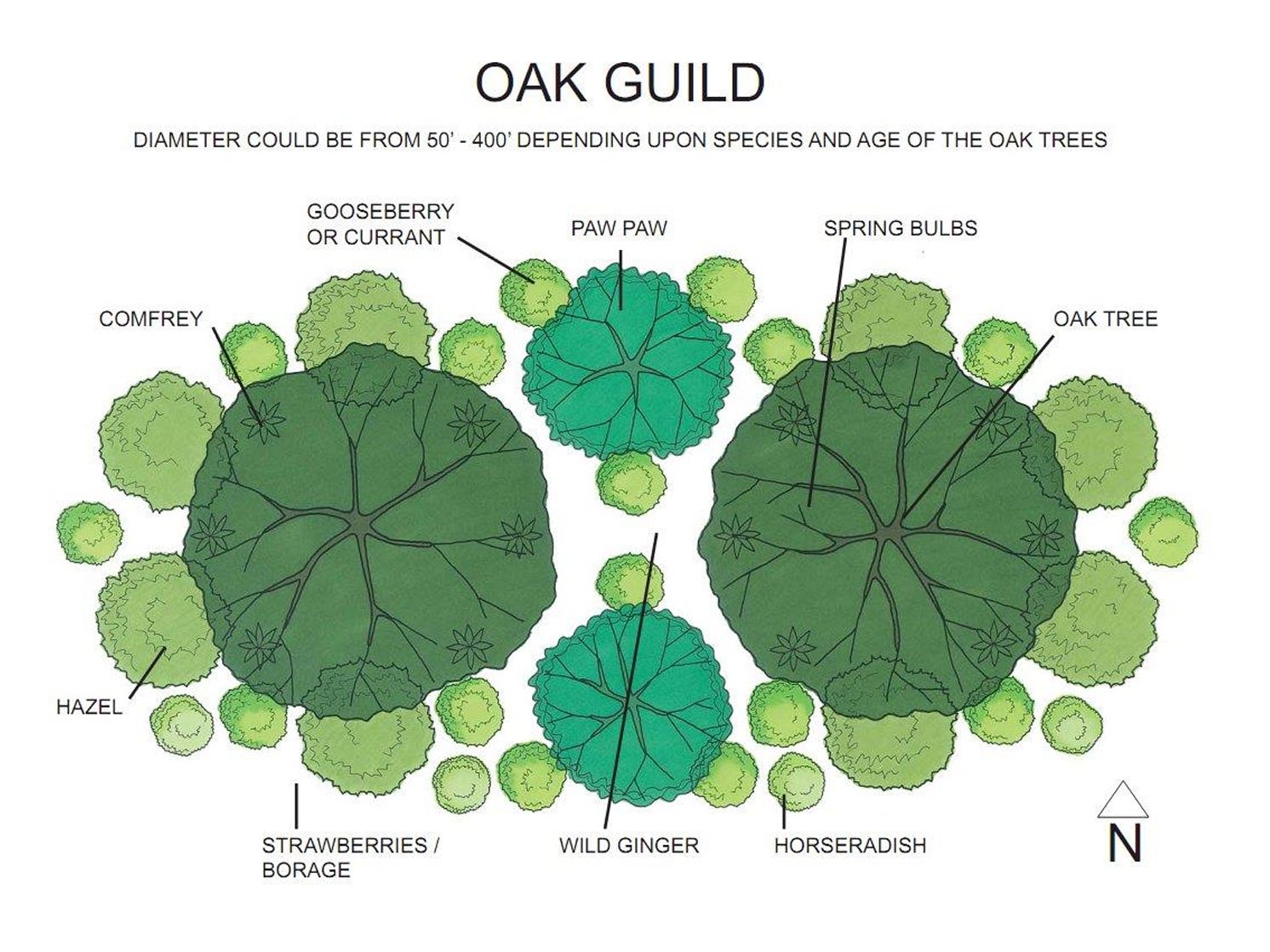
Oak and/or Hickory Tree Guilds (Quercus spp./Carya) are central tree components in many yards. Bur oak (Quercus macrocarpa) and white oak (Quercus alba) both yield tasty acorns, needing minimal processing to make an edible nut flour.
Other oak species will also yield acorns but they need more processing to make them edible. Hickory would make another excellent substitute for oaks in this variation if you have the climate for them. You can learn more about Hickory trees in this article. The space beneath the wide spreading branches of the oak is an excellent place for the growing of shade tolerant species. One possibility is paw paw (Asimina triloba), the only temperate climate relative of the tropical custard apple. Paw paws, also called custard bananas, grow to a height of 12 to 15 feet with the fruit ripening in the fall. Paw paws can sometimes sucker to form a thicket, which gave rise to the old song phrase “way down yonder in the paw paw patch”.
The edge areas near the drip line afford enough sunlight for other species such as quince (Cydonia oblongata), and hazels (Corylus spp.). Open areas with dappled light are niches for shrubby fruits such as gooseberries (Ribes uva-crispa) and currants (Ribes nigrum and R. rubrum).
Comfrey (Symphytum officinale) and horseradish (Armoracia rusticana) as deep rooted perennials can, after composting of the leaves, yield up the subsoil minerals they have bioaccumulated. Side dressing this compost around the shrubs and trees will yield the best effect. Of course, comfrey has both medicinal and livestock feed uses and horseradish makes a wonderful condiment. Borage (Borago officinalis) is a bee attractant which has a beneficial effect on strawberries. The borage flower is a bright blue and is edible with an agreeable cucumber flavor. Its seeds are a source of nutritionally beneficial GLA fatty acids. Borage also self-sows, so you can plant it once and move the seedlings around the following year. Strawberries (Fragaria x ananassa) as a groundcover can fill in the remaining sunny spaces. A substitute for strawberries could be arctic raspberry (Rubus arcticus) which will only grow to a height of 1 foot. For the shaded areas where strawberries and raspberries would not do well, wild ginger (Asarum canadense) will grow.
Another potential configuration:
Another creativity and land nourishing ideas for designing with oak trees (and what they produce) is to create nature mandalas. For more info on this concept I will share a few pages from “Land Healing : Physical, Metaphysical, and Ritual Practices for Healing the Earth” By Dana O'Driscoll :
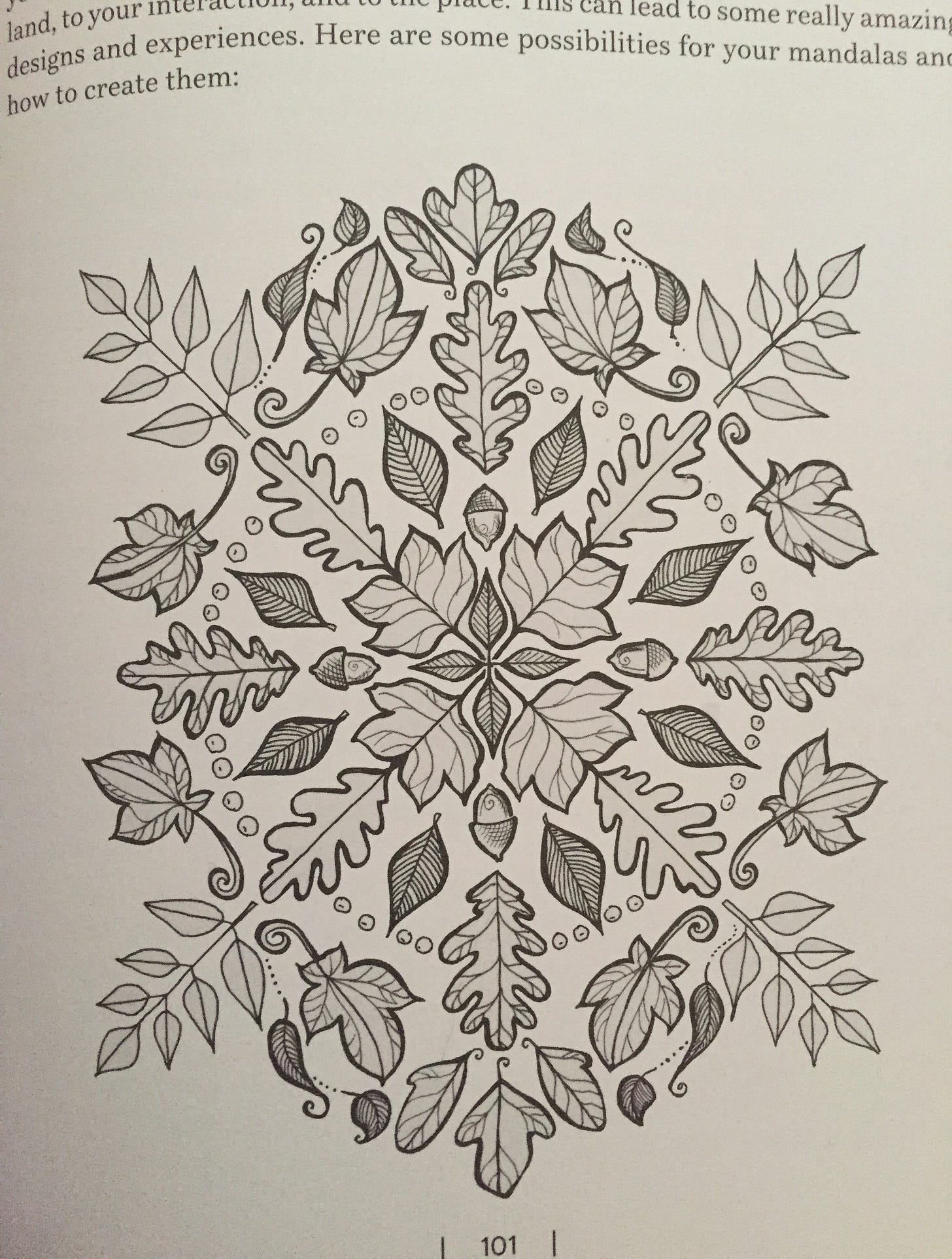
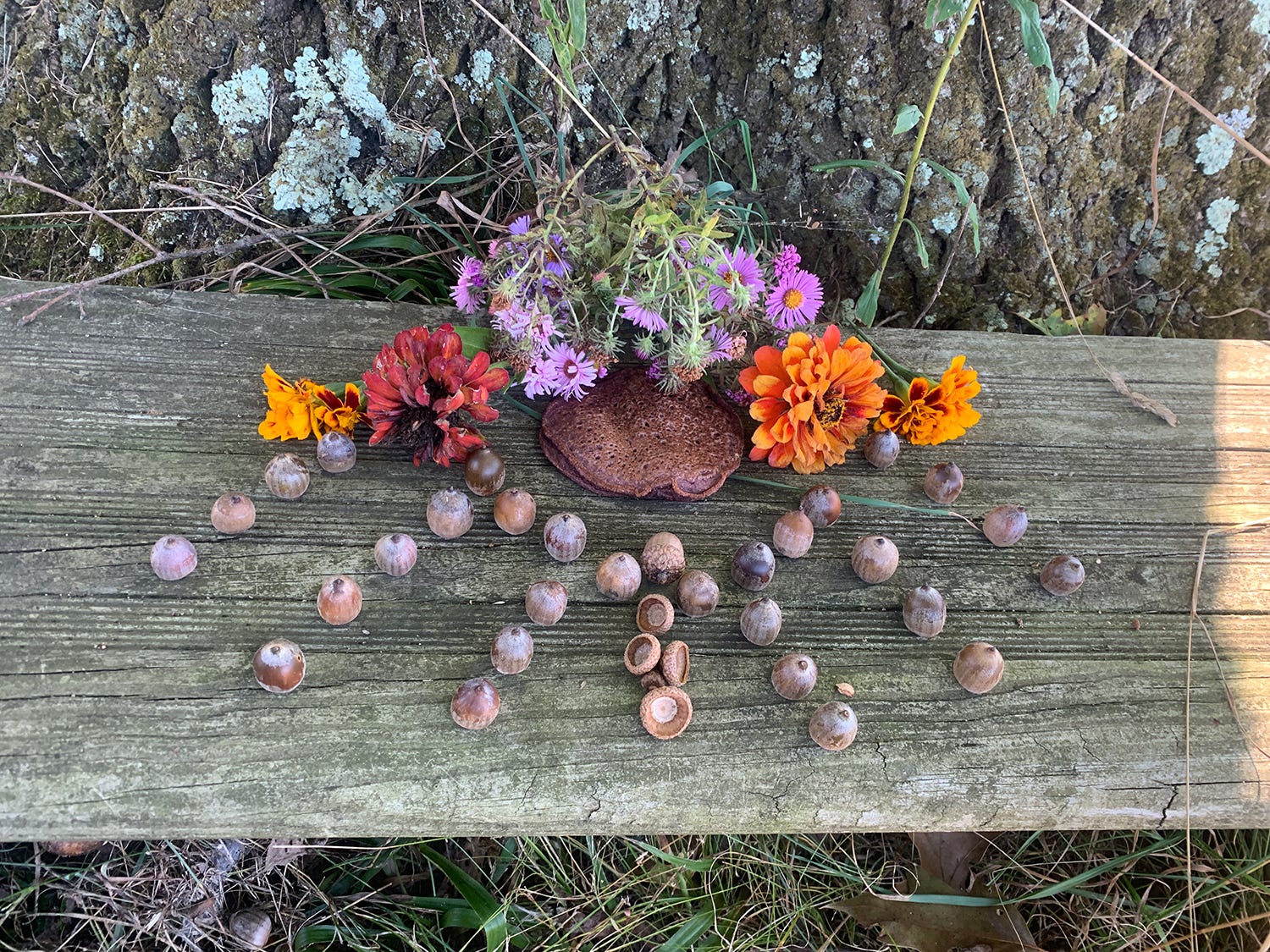
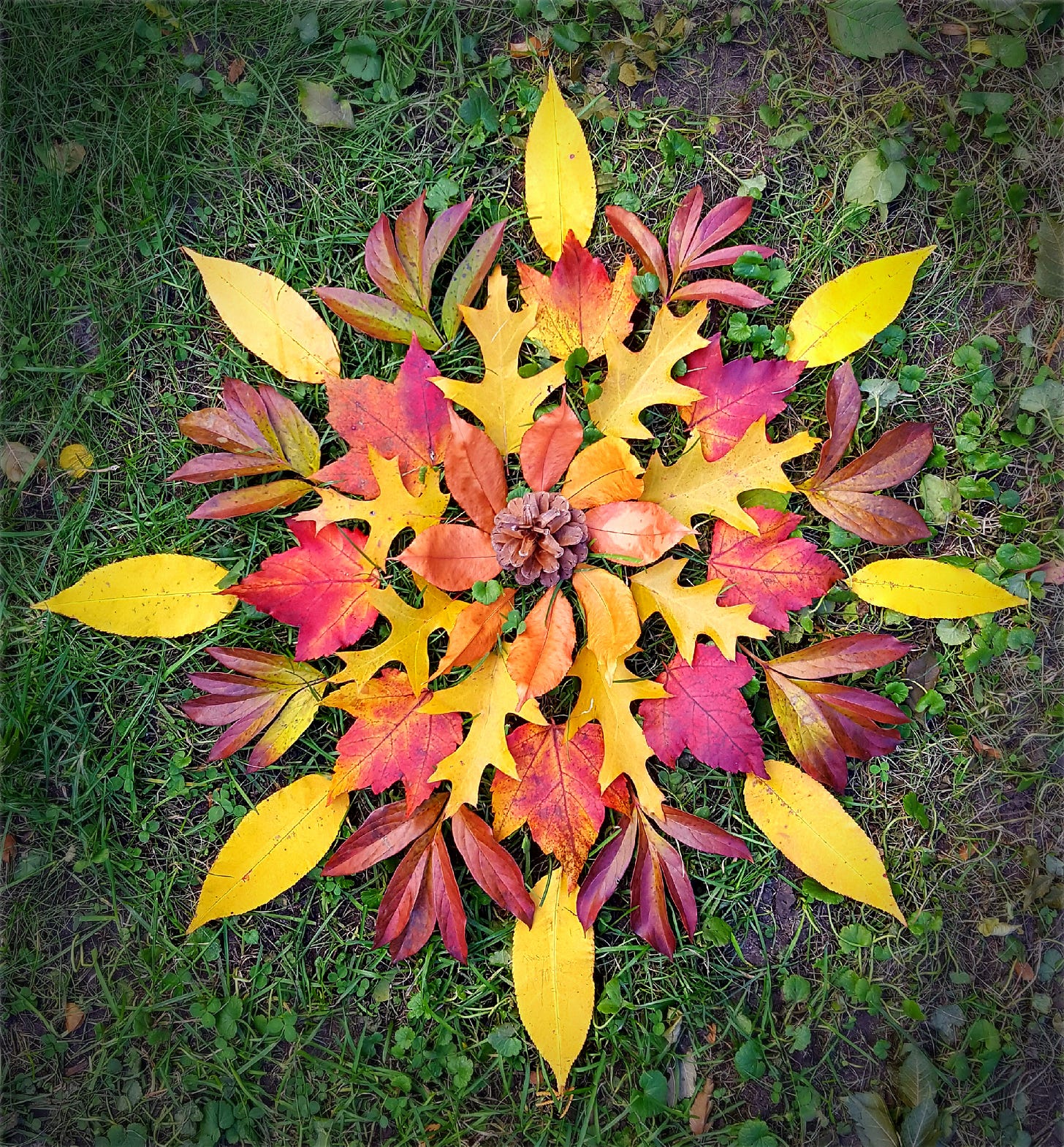
Ever since I came across Andy Goldsworthy's mandala style artwork made of leaves, stones and other forest objects and ever since I read Dana Driscoll's book "Land Healing" I have wanted to design mandalas made of leaves, other soil enriching biomatter, as well as seeds (and/or seed balls) and perhaps custom bioregion species tailored aesthetically pleasing mycliated woody objects (for either mycormediation and/or introducing key nutrient cycling/edible medicinal species spores to the place) and to create them at the center of an intended Refugium, Food Forest/regenerative garden design. This could be on a property I am directly stewarding, or in a more Guerilla Gardening Wild Tending sort of situation. Creating these living mandalas would involve a ceremony of blessing for the intended garden space and the land (relevant to the particular cultural beliefs of whom ever the design is intended for) and then as the impermanence of the mandala itself becomes apparent, and the nutrient cycling begins (decomposition) the seeds would germinate, set down root and become a living embodiment of the land blessing and mandala. I know it is a far out idea, but i`m gonna take the time to plan and do it some day!
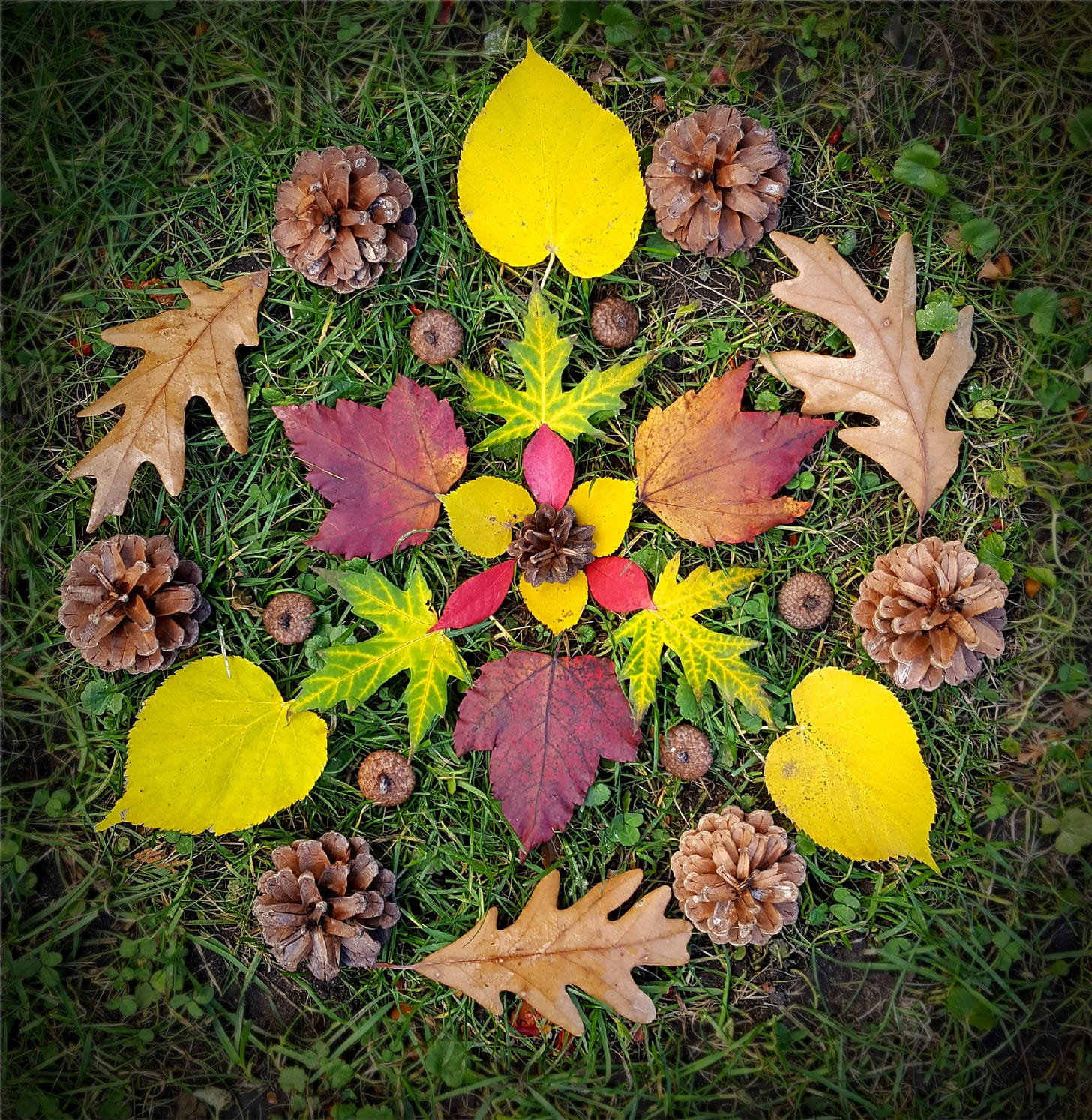
For more practical ideas on Oak guilds:
Remember, Oak trees are ideal allies for creating a substrate to grow powerful medicinal and gourmet fungi:
Practical Uses:
In urban areas, trees cool cities. Dark roofs and pavement can absorb solar energy and radiate it back into the atmosphere, creating problematic “heat islands.” Trees can reduce the urban heat island effect, and their shading can reduce energy demands and the need for air conditioning.
Planting One Oak Tree Creates a Ripple Effect.
Planting for wildlife is not something that is limited to large scale habitat restoration on public lands or in sprawling forests, it’s also something you can do right at home and in your community. When you plant a native oak in your garden, you’re helping to ensure that wildlife will have food, cover, and places to raise their young for centuries to come.
As with seeds of other trees, Oak seeds offer opportunities to perceive and create artistically in alignment with the fractal geometry that weaves our word together.
When stacking functions with an oak tree in permaculture, you can utilize its shade to grow shade-tolerant plants like ferns, mushrooms, and certain berries underneath, while also taking advantage of its acorns as a food source for wildlife, its ability to improve soil health, and its potential as a timber source for building materials; essentially creating a multi-layered ecosystem where different plants can thrive in the space beneath the oak's canopy.
Key functions to stack with an oak tree:
Understory plants:
Shade-loving herbs: Mint, lemon balm, lady's mantle, wild ramps, ginseng, black kahoosh, Bloodroot and Canadian ginger
Shrubs: Hazelnut, elderberry, currents, huckleberries
Groundcovers: Ajuga, wild strawberry, clover
Mushrooms: Various edible mushroom species
Wildlife habitat:
Acorns as food: Provide a food source for squirrels, deer, and other wildlife
Nesting sites: Dense canopy provides nesting areas for birds
Soil health:
Leaf litter: Fallen oak leaves decompose and add organic matter to the soil
Root system: Deep roots help aerate and improve soil structure
Foraging for acorns:
The sight of acorns on the ground is a sure sign that the fall foraging season has begun! Whether you have a food forest you tend, or you live in a city or somewhere deep in the countryside, you’ve probably seen squirrels rushing around in the fall with acorns clutched between their teeth. This is because squirrels rely on the nutritious nut to keep them alive in the sparser winter months ahead. Well, it turns out that those same nutrients can also be useful to humans, who have been foraging for acorns for thousands of years.
The fruit of an acorn is a complete protein, and it also contains starches and fats. What more would you want as you’re getting ready for a long, cold winter?
Identifying Acorns
Acorns are the seeds, or fruits, of oak trees. The two main parts of an acorn’s exterior are the cupule (the acorn’s cap) and the pericarp (the outer, hard shell). Together, these components make the acorn easy to identify, because they look like the seed is wearing a hat!
While it is simple to identify an acorn from other tree seeds, remember that there are hundreds of different species of oak trees. Therefore, there are many different kinds of acorns. Fortunately for foragers, all acorns are edible! However, some people find certain acorns more palatable than others.
If you want to identify oaks in your area by species, you may need to consult a local tree guidebook (here are good ones for western and eastern states and parts of Canada).
If you’re alright with just having a general idea about what acorns you are foraging, though, you can quickly learn about the two major groups of oak trees: the white oaks, and the red and black oaks.
As noted above, White oaks produce seeds that mature in one season and therefore tend to contain fewer tannins.
This means that acorns from white oaks are sometimes less bitter than those from red and black oaks and may require less leaching.
The time for foraging acorns is roughly late September through October, but keep an eye on your local oaks, as ripening can vary by species and climate zone. When acorns turn brown and drop to the ground, they are ready to be gathered.
You may not need to go far at all in order to find acorns! Check your local parks and other public green spaces for oak trees (just make sure you are foraging in an area not sprayed with chemicals by municipal workers/homeowners).
Bring a mesh bag with you, and keep the acorns in it until you’re ready to use them. They will mold in a plastic bag.
When collecting acorns off the ground, avoid any that are clearly discolored, as this is a sign of fungus and rotting.
Also, don’t take acorns with little holes in their shells. These indicate pest infestation, so unless you’re keen on insect protein (weevils, anyone?), avoid acorns that have been excavated.
For more info on foraging for acorns on Turtle Island, here are a few pages from Sam Thayer's Field Guide to Edible Wild Plants: of Eastern and Central North America :
Cultivation details:
If you have the space, planting a native oak tree in your yard is one of the best things you can do for not only wildlife, but also building soil, feeding yourself and inspiring your senses. You are likely to have success when growing an oak from acorns collected nearby, because the resulting tree will be well-adapted to local conditions.
If you do not have a yard, do not be discouraged, many rogue tree cultivators (such as Johnny Apple Seed) have been successful in Guerilla Gardening in abandoned fields, parks or other places. For more info on Guerilla Gardening, read this.
Though it may seem intimidating, growing a new tree from an acorn is possible. Beyond that, your acorn and the tree it produces can become the beginnings of a thousand forests.
When and How to Collect Acorns
When to Collect:
When you are on the lookout for acorns, keep in mind that acorn production varies by oak species and depends on the weather, nutrient availability, and insects feeding on acorns. While most oak species produce an acorn crop every two or three years, white oaks (Quercus alba) produce an acorn crop only every four to six years.
The acorns of some acorn species—white oak, live oak (Quercus virginiana), swamp white oak (Quercus bicolor), and bur oak (Quercus macrocarpa)—mature in one year, while for other oaks—red oak (Quercus rubra) and pin oak (Quercus palustris)—it takes two years.
The best time to collect chinkapin oak acorns is in early to mid-autumn, right after they fall from the tree.
The best time to collect English oak acorns is in early to mid-autumn, shortly after they've fallen from the tree.
These time frames very based on tree age and climate.
How to Collect
Only collect acorns that have fallen from the tree; these acorns are mature. Skip the first ones that drop, as they are often of poor quality. Collect them once the tree drops a lot of acorns and do it promptly, because acorns dry out quickly and become inviable.
Collect at least twice as many acorns as the number of seedlings you want, because not all of them will germinate. Discard acorns that still have the caps attached, have holes or are otherwise damaged, or show signs of mold or rot.
Plant the acorns right away; if that’s not possible, you can store them for a few days in their fresh state. Spray them with water to prevent them from drying out and place them in a ventilated plastic bag. Store the bag in a cool place and keep the acorns moist but not wet.
To store acorns over winter for propagating, you can keep them in a plastic bag in the refrigerator at a cool temperature.
Seed Propagation:
I use a mixture of compost and garden soil to germinate my acorns (though I make a specific compost pile for trees like oaks that prefer slightly acidic soil) so it is not the same as store bought.
If it is easier for you, you can use store bought standard commercial potting mix based on peat moss mixed with about 1/10 compost and ideally some mycorrhizal inoculant. Although the oaks will eventually be planted in garden soil, potting mix is the safest way to start healthy seedlings.
Coconut coir and perlite are alternatives to peat moss that are close to neutral or have similar pH levels.
Ideally, all acorns should be planted in the fall as soon as possible after collection. Check out Air Pruning Bed designs for ideal structures to protect against squirrel raids.
If you cannot access or build an air pruning bed i`ll provide basic instructions below for growing acorns in pots.
Most Oaks are considered stress-tolerant- that is, they live a very long time (500+ years in many cases), live in harsh environments, deal directly with the stresses, have thick bark to be capable of resisting natural fires and much of that resilience is due to the fact that ancient oaks have a strong relationship with mycorrhizal fungi. That symbiotic relationship makes them more drought tolerant and able to draw up nutrients from below poor top soil. Always use mycorrhizae if your soil is not alive and intact.
White oak and swamp oak will germinate soon after planting. For bur oak, pin oak, and red oak, you won’t see germination until the next spring, because these oak species need cold stratification, which will occur when you leave the pots outside during the winter.
How to Plant an Acorn and Grow an Oak Tree
Select Viable Acorns
Fill a bowl with cold water and place the acorns in it. Viable acorns will sink or remain at the bottom and damaged or empty ones will float. Discard the floating acorns. Briefly soaking the acorns also helps rehydrate them if you stored them before planting.
2. Plant the Acorns
To plant the acorns, use pots deep enough for root growth. 2.5 x. 2.5 x 3.5-inch pots are ideal. Fill the pots with potting mix. Place two acorns sideways in each pot, at a depth about three times the width of the acorn, or about one inch. Water them well until water runs out of the drainage holes.
Keep Soil Moist
Keep the soil moist until the onset of winter weather. Keep the seedlings weed- and pest-free. After planting the acorns, cover the pots with a screen or hardware cloth. Once the seedlings emerge, lift up the protection as needed to give the seedlings room to grow.
Transplant into Larger Pots
When the seedlings are about five to six inches tall, or when the root system starts to reach the side of the container, transplant the seedlings to two-quart nursery pots with large drain holes.'
Relocate to Permanent Spot
5. Once the saplings have a solid root system, it’s time to plant them in their permanent location. Dig a hole about three times the diameter of the container and at the same depth.
Water the saplings and spread a thick layer of mulch in a two-foot perimeter around the base, but leave at least a two-inch space between the mulch and the tree trunk.
(Tender oak saplings are a favorite food for browsing deer and other wildlife. Make sure to protect the tree with a mesh tree guard for at least three years.)
I`ll update this propagation section with more info and pics as I gain experience propagating oaks this year.
For more info watch:
Recipes:


The earliest evidence of humans eating acorns comes from an archeological site near the dead sea dated to around 750,000 BC. Similar sites exist in North America, Africa, Spain, Italy, Central Europe, Japan, and the Middle East. (Source)
Acorn oil is still produced in the middle east, and an Arabian acorn-based drink was what eventually became modern hot cocoa. Acorn-based foods are produced commercially in Korea, for a savory tofu-like acorn gel and acorn udon noodles.
In Spain, they still produce a popular acorn liqueur, and modern Spanish restaurants are experiencing what some writers call a “renaissance of the acorn“ where it’s making its way into fancy restaurants and haute cuisine.
The Romans were eating acorns at the peak of their civilization, and native American tribes in the western US still process acorns using traditional methods.
Basics of Eating Acorns
Acorns are technically a nut, but more varieties are starchy and low in both oil and protein. They also contain tannins, which are not only unpalatable, they’re also anti-nutrients and they bind up minerals within your body. The tannins must be leached from the acorns prior to consumption.
That means they’re most commonly ground into flour, which increases their surface area for faster tanning leaching and leaves a starchy, flour-like food that can be used for baking.
There are hundreds of species of oak trees around the world, and each will have a different nutritional profile. Some are higher in oil, tannins or micronutrients than others.
Leaching Acorns
There are two main methods for leaching acorns: hot and cold water. Both methods start by drying the acorns, which makes them easier to crack and extends their storage life in the shell until they can be processed further. Then the acorns are cracked/shelled, and any spoiled or bug-eaten nuts are discarded.
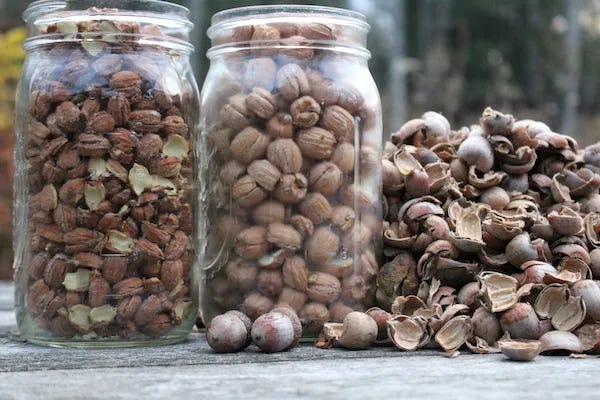
After cracking and sorting, the two leaching methods proceed as follows:
Cold Water Leaching
In the cold water leaching method, acorns are ground into a fine flour to increase the surface area. They’re then placed into a container and covered with water.
Every 6 to 12 hours decant the acorn mixture by pouring off the water from the top of the container and replacing it with fresh. Give the mixture a stir, and allow it to continue to sit.
The leaching time will depend on the tannin levels in any given batch of acorns but often takes somewhere between 5 and 10 days. After a few days, taste a bit of the acorn flour. If it has any residual tannic flavor that gives you a dry sensation in your mouth, continue the cold leaching process.
Once the tannins are removed, the flour is then either used immediately in recipes or dried for long-term storage.
The main benefit of cold water leaching is that the starches within the acorns remain raw, and they will still bind together in baked goods. While acorns don’t have gluten and will never bake into a fluffy loaf, coldwater leached acorns can be used to make flatbreads and other baked goods.
Hot water leaching, on the other hand, denatures these starches and the resulting flour will always crumble.
Hot Water Leaching
Hot water leaching is a faster method, but it’s more energy-intensive. The acorns are shelled, then either coarsely chopped (to increase surface area) or left whole. They’re then simmered in several changes of water until all the tannins are extracted.
This method is faster, but it still takes a long time. It takes somewhere between 5 and 10 hours to hot leach acorns, changing the water every 30 to 60 minutes. Approx. one hour of simmering for hot leaching equals one day of cold leaching.
Once all the tannin has been removed, hot-leached acorns are not good for flour or baking. They do, however, have a number of other uses.
They can be ground in vegetarian burgers, made into traditional soups/stews, pureed into an acorn spread, dried into a crunchy nut snack or roasted for acorn coffee.
Other Leaching Methods
Beyond hot and cold water leaching, there are other effective methods that have been used historically. Chemical leaching using wood ash or clay to bind the tannins, as well as various roasting methods.
Most people think of people indigenous to Turtle Island (aka “native americans”) when they think about eating acorns, and I live on Turtle Island, so that’s where I’ll start. Keep in mind, ancient indigenous peoples have eating acorns in Asia, Europe, and Africa long before the first human set foot in what is now America.
Acorn Griddle Cakes ~ The site “Native American Roots” says that this recipe “has been modified for modern cooks from the traditional foods of the Northern California tribes: Hupa, Karok, Miwok, Pomo, and Yurok.” It includes 2 parts acorns and 1 part white flour, as well as baking soda and butter. For a more authentic version, omit the white flour, use a bit of wood ash in place of baking soda, and hickory oil in place of butter.
Apache Acorn Cakes ~ Made with half acorn flour and half cornmeal.
Manataka Acorn Bread ~ A modernized recipe, this recipe includes half acorn flour and half wheat flour ( I think Amaranth flour makes a nice middle ground substitute)
Fermented Acorn Cheese (ch’int’aan-noo’ool’) ~ I’ve come across several references to a traditional native American dish called ch’int’aan-noo’ool’ which equates to a fermented acorn “cheese” like substance.
Lacto-fermentation generally works to both preserve and increase the nutritional content of food, so it makes sense that they would choose to culture a staple food crop.
Here is a recipe for 100% pure acorn cheese from “Wildcrafted Fermentation: Exploring, Transforming, and Preserving the Wild Flavors of Your Local Terroir” by Pascal Baudar
I will be experimenting with this and publish the results in my next book.
Tuolumne Acorn Stew ~ The book World Food: An Encyclopedia of History, Culture, and Social Influence from Hunter-Gatherers to the Age of Globalization contains a recipe for acorn stew from a California native group:
“Dry and peel back oak or tanoak acorns. Rinse the nutmeat repeatedly with spring water, draining through a filter until all bitterness is leached out. Allow the nutmeat to dry and grind it with a mortar and pestle. Simmer 2 pounds of venison or venison jerky with marrow bones in 1 quart of water until the meat separates. Remove the meat and chop fine. To the broth, stir in 1 cup ground acorn meal. Return the chopped venison to the broth. Simmer and stir until the mixture thickens and turns creamy white, flecked with yellow. Flavor with chopped nasturtium petals, peppers, or wild celery, garlic or onions. Season with pepper and sea salt.”
Tuolumne Nupa (Acorn) Soup/Porridge ~ Another recipe for Tuolumne acorn soup, this time from a site called Native American Tech. This one is more of an acorn porridge, but it has detailed first-hand information from Tuolumne tribe members that still process acorns in the traditional manner.
For more information on the current use of acorns by Native Americans, this study on the Modern use of acorns by Indigenous Americans describes how old traditions are modified to meet the needs of a modern world.
Italian Acorn Recipes
In the heart of the Mediterranean, Italy is surrounded on all sides by paleolithic archeological sites with evidence for humans eating acorns. Pliny wrote of eating acorns in his Natural History, written just after the time of Christ:
“It is a well-known fact that acorns at this very day constitute the wealth of many nations, and that, too, even amid these times of peace. Sometimes, also, when there is a scarcity of corn they are dried and ground, the meal being employed for making a kind of bread. Even to this very day, in the provinces of Spain, we find the acorn introduced at table in the second course: it is thought to be sweeter when roasted in the ashes. By the law of the Twelve Tables, there is a provision made that it shall be lawful for a man to gather his acorns when they have fallen upon the land of another.” (Natural History, Book 16, Chapter 6)
Sardinian Acorn Bread (Su Pan’ispeli) ~ Really more of a polenta than a bread, Sardinian acorn bread is still made today for festivals, and it’s thought to have some historical ceremonial/religious significance for pre-Christian peoples that now has largely been lost. According to a site that covers the legends and traditions of Sardinia,
“Su Pan’ispeli was named by Pliny the Elder in the 1st century AD, describing it as an acorn bread mixed with clay that the Sardinians ate.
The acorn bread was used for most of the year and was prepared by choosing the necessary amount of well-ripened acorns, which were peeled and placed to cook in a kind of lye, obtained by filtering the cooking water through a layer of special clay, rich in iron, and ash from some aromatic herbs. The ash was used to remove the sour and bitter tannins of the acorns, and the clay gave the gluten necessary to bind the dough.
Both of these ingredients contributed to making the pan’ispeli more tasty and digestible. When the acorns, due to the effect of cooking, reached the consistency of the polenta, assuming almost the color of chocolate, they lay on tables to firm, to then be cut into slices or breads. Dried in the sun or in the oven, the pan’ispeli was then consumed as any kind of bread, with the usual companion, cheese, lard, etc.”
Italian Acorn Cake (Torta di Ghiande) ~ I’ve seen several sites that reference a torta di ghiande made from hot processed acorns. It’s seasoned with cinnamon and lemon zest, and some recipes have a handful of other nuts, like hazelnuts, tossed in as well. Most recipes are gluten-free, using only acorn flour, while some have a few tablespoons of white flour thrown in as a binder to add a bit of gluten.
Acorn Pasta ~ quite tasty.

Spanish Acorn Recipes
Pliny mentioned that while Romans ate acorns when necessary, they were more commonly on the tables of the Spanish. They’re still eaten in Spain with some regularity and becoming more popular in upscale restaurants.
Even when not directly eaten, acorns are important to traditional Spanish cuisine in other ways. Iberian ham is made from pigs fattened on acorns, and it simply cannot be produced outside of these oak forests in spain…and science now knows why:
“Pigs to be used for Iberian ham production which is specific to Spain have been fed on oak acorns. It is known that the antioxidant compounds found in the acorn structure used for the pig fodder are transferred to the meat structure, thus preventing the product from being oxidized during the prolonged maturation period.”
Licor de Bellota (Acorn Liqueur) ~ Exactly as it sounds, this acorn liqueur is still made today. Flavored with acorns, it has a unique nutty/bitter flavor profile. I’ve also read that you can make something similar by taking acorn leaching liquid and concentrating it down to just a few ounces…then adding a single drop to a glass of liqueur.
Acorns cooked with Orange and Cinnamon ~ A Spanish website discusses a recipe for acorns infused with orange and cinnamon flavor. Start with hot leached whole acorns or acorn halves, and then simmer them with a bit of orange peel, honey, and cinnamon.
Spanish Acorn Cake ~ I found a recipe for a sweet/savory spanish acorn cake that includes honey, chocolate, Iberian ham and lard along with the acorn flour. At least according to this recipe, acorns are sometimes available in Spanish health food stores?
Other Acorn Recipes:
Acorn Beer ~ “German Acorn Beer“. In 16th century Germany it was used to make Gruit, a type of beer made with herbs and plants before hops became prevalent.
“As far as nuts go, acorns enjoy an unusual composition. Acorns are largely made up of starches and fiber whereas most other types of nuts (hazelnuts, walnuts, pecans, almonds, etc.) are largely made up of proteins and oils/fats. Because of this structure, acorns have a unique property among nuts – they can actually be malted.
The acorn itself is very similar in content to barley. It is 72 to 80 percent starch, 8 to 12 percent protein, and has a low oil content. One of its major drawbacks is that, like the potato, it contains high concentrations of the enzyme polyphenol oxidase. Therefore, the beers made with acorns will not be of the lighter variety. In test mashes the color comes out to be a brown shade along the line of a Vienna or Oktoberfest-style beer.”
Viking Acorn Recipes
Several sources claiming that Vikings ate acorns as part of their diet, and there are references to them in the sagas as well. Historical evidence shows that northern Scandinavians routinely incorporated birch bark flour and pine bark bread into their diets, so acorns really aren’t that much of a stretch.
Shardbread or Flatbread ~ A type of bread cooked on shards of pottery near the fire. It was made with coarse flour, whatever was on hand, along with whey and eggs if available. Several references mention the use of acorns in this bread to add more bulk.
Acorn Mead or Beer ~ Just as there’s historical evidence for acorns used in brewing in Central Europe, the Saga’s make mention of adding acorns to fermented beverages. In the Volsunga saga, one of the people must consume a brew made with “hurtful things” which is made from ingredients often consumed or added to brews that had been first adulterated or ruined. In this case, the acorns are burned black, and there’s an implication that unburnt acorns were generally used.
Korean Acorn Recipes
Korean’s still eat acorns in quantity and have modern processing facilities to produce Acorn Starch for home cooking. The starch is not quite acorn flour, it’s like what corn starch is compared to cornmeal.
Acorn starch is used to make traditional Korean recipes, and it thickens into a beautiful gel when cooked.
They also make two different varieties of acorn noodles, which are eaten in hot and cold recipes in place of other udon-type noodles.
Acorn vermicelli noodles (dotori naengmyeon or 냉면 도토리) ~ These very thin noodles are made from a mixture of acorn starch, along with some combination of potato, rice or arrowroot starch and wheat flour. The resulting noodles are highly elastic and chewy.
Acorn Soba Noodles (dotori guksu or 도토리국수) ~ Made with a combination of acorn, buckwheat and cornmeal, these soba noodles are thicker than the vermicelli version.
Korean Acorn Jelly (Dotorimuk) ~ A gelly-like substance made from acorn starch, Dotorimuk is eaten a bit like tofu. The acorn jelly is made, then cut into chunks before being served with savory toppings like kimchi.
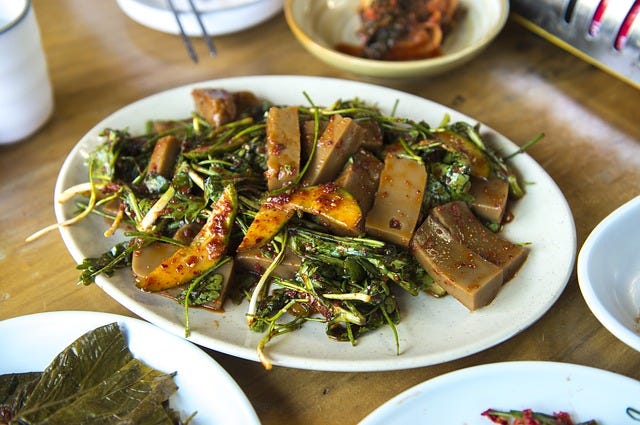
Japanese Acorn Recipes
Similar to the Korean preparations, the Japanese also have a traditional acorn noodle.
Japanese Acorn Noodles (donguri-men or どんぐり) ~ According to cooks info, these are only 1/10th acorn flour with the rest as other ingredients. The Korean versions are 1/3 acorn.
North African & Middle Eastern Acorn Recipes
The earliest recorded evidence of eating acorns in Africa comes from Morocco. An archeological site dating back to 15,000 BC documents that acorns were a staple crop harvested for a substantial portion of their calories.
Acorn oil is commercially available in Algeria and Morocco even today.
It is possible to extract oil from acorns, at least certain varieties with higher oil concentrations. One of my favorite foraging authors actually sells small bottles of acorn oil in an online shop. They have some gigantic commercial oil press for the job, which they also use to press wild foraged hickory oil.
It is possible to press your own acorn oil with a small home oil press, as shown here:
Rachout des Arabes (Acorn Hot Chocolate)~ Beyond acorn oil, there’s also “racahout des arabes” which is an Arabian acorn drink that was later modified to becomea from of hot chocolate.
Rachout Cream (Acorn Cream Trifle)~ Basically a type of ice cream or ice cream trifle cake, made from prepared Rachout acorn powder. This recipe comes from The Epicurian, a cookbook from 1893:
“Put six egg-yolks into a basin with two heaping tablespoonfuls of racahout and ten ounces of sugar; beat well with a whip, adding one quart of boiling milk; cook this cream until it almost boils, without allowing it to do so, then strain, cool and freeze, mixing in half as much whipped cream. Pack two molds in ice; having covers to fasten on the outside; one cylindrical, five and a half inches in diameter and six inches high, and the other dome-shaped, four and a half inches in diameter at its base. Pour some maraschino over macaroons; place them in layers in the cylindrical mold, then racahout cream to cover, on this the fruits and more of the cream and then macaroons, continuing until the mold is entirely full, finishing with the cream; fit on the cover, freeze for one hour, then unmold it into the above wafer timbale; lay this timbale on a folded napkin, put on to it first the wafer ring and then the dome cover and serve.”
Russian Acorn Recipes
By searching in Russian, Ashley of Practical Self Reliance found a site containing a number of unique acorn recipes. She is not sure any of them are “traditional” uses, but most are unique and she haven’t seen them in the acorn recipes from other cultures. All originally came from a single Russian website, that has since been taken down (so no links here, sorry).
Acorn Milk Soup ~ Acorn flour is cooked with milk and sugar to make a porridge that sounds a lot like cream of wheat.
Galushki Acorn ~ A dumpling dough is made by mixing acorn flour with sour cream and onion, and then that dough is deep-fried.
Cheesy Acorn Cakes ~ A bit like polenta, the translation actually calls these “acorn butter cakes.” The acorn flour is heated with sour cream and cheese, then cooked on the stovetop before being then poured into a pan to solidify.
The “cake” is then cut, and the pieces are browned in oil. Basically the same process as making fried polenta, but with acorn instead.
Acorn Pudding with Apples ~ Basically, acorns cooked with apples and cheese into a sweet/savory pudding.
Acne Dumplings ~ I found a reference to eating acorns as a traditional remedy for acne, and this site, in particular, has a recipe for “acne dumplings” which are basically simple acorn flour dumplings simmered in saltwater.
Modern Acorn Recipes
The following pages are from The Forager Chef's Book of Flora: Recipes and Techniques for Edible Plants from Garden, Field, and Forest by Alan Bergo
As foraging becomes more common, I’m finding more and more acorn recipes shared across the internet. The creativity of some of these recipes is astounding and way too good not to share!
Acorn Drinks
Acorn Wine ~ Modern winemaking recipes often include some type of synthetic tannin, and a single tiny piece of an acorn would be perfect as a substitute. Beyond that, acorns are full of starch and flavor that can be fermented into wine if properly leached and processed ahead of time. We’ve already discussed historical recipes for acorn beer and acorn mead, why not acorn wine?
Acorn Bitters or Aperitif ~ A modern British company is producing an acorn aperitif called Æcorn, which is used in fancy bars for mixed drinks. I imagine it’d be easy enough to make something similar at home.
I already make dandelion and burdock bitters, as well as a herbal infused gin. I think this one’s next on my mixology list.
Acorn Milk ~ Not all that different than other nut milks, like almond milk or cashew milk.
Acorn Shrub ~ A shrub is a vinegar-based syrup used for flavoring drinks. It’s usually sugar, vinegar and some kind of fruit infused then strained.
They were popular historically, and they’re making a comeback to flavor sodas and cocktails. I found someone locally that actually makes acorn shrubs for sale, along with a number of other acorn-based products.
Acorn Breads
Acorn Crepes ~ While acorns lack gluten, that doesn’t really matter for crepes. Crepes contain a good bit of egg, which helps bind the batter. They’re just using flour for a bit of starch in the batter, and acorn flour can be substituted for white flour 1:1 in crepe recipes with delicious results.
Acorn Crepes ~ While acorns lack gluten, that doesn’t really matter for crepes. Crepes contain a good bit of egg, which helps bind the batter. They’re just using flour for a bit of starch in the batter, and acorn flour can be substituted for white (or Amaranth) flour 1:1 in crepe recipes with delicious results.
Acorn Pancakes ~ Thicker American-style pancakes can be made by substituting about half the flour for acorn flour.
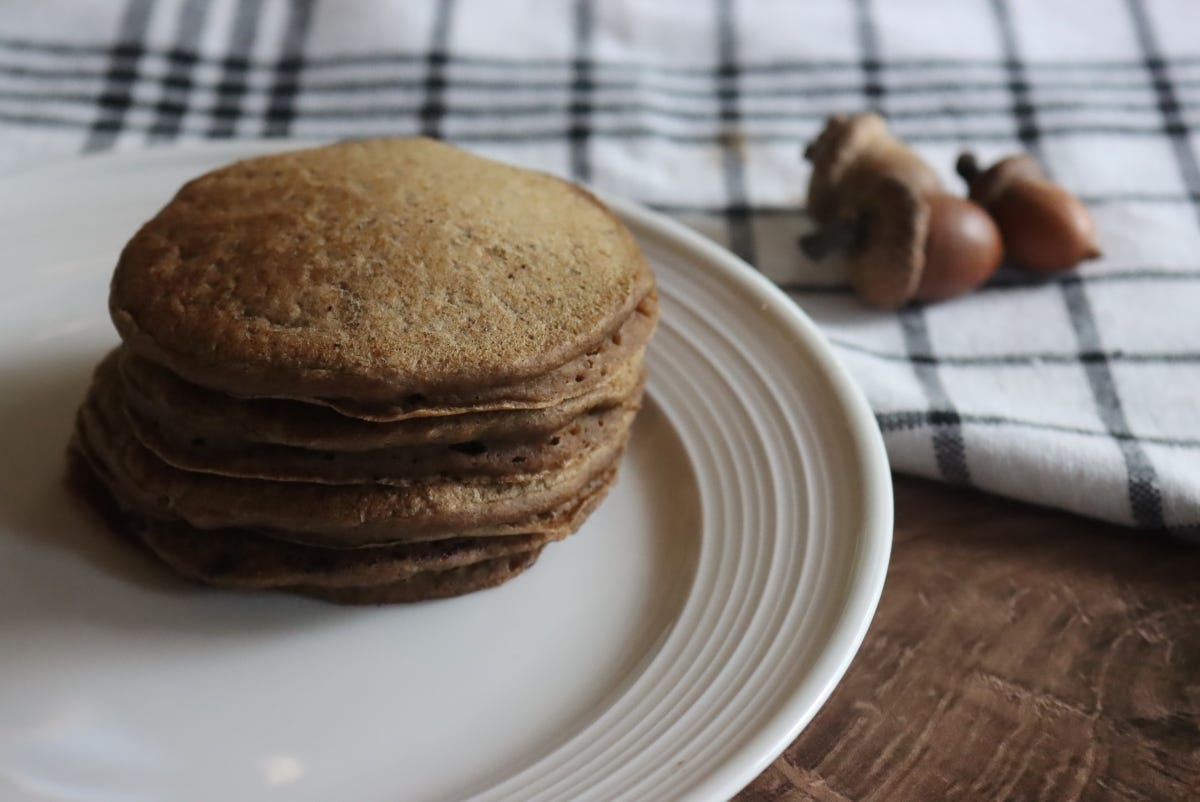
Acorn Flatbreads ~ An acorn variation on a traditional Italian flatbread.
Acorn Tortillas ~ With gluten-free recipes on the rise, recipes often call for almond flour tortillas using either psyllium or chia as a binder, and then almond flour. Ashley of Practical Self Reliance imagined they’d work with acorn, but then she came across this post that proved it…
Acorn Muffins ~ Not quite a cake or a bread, Hank Shaw says he spent a long time perfecting this acorn muffin recipe. It looks good…

I am gonna try the above recipe hybridized with my pawpaw/hickory nut bread recipe shown in the note below later this year.
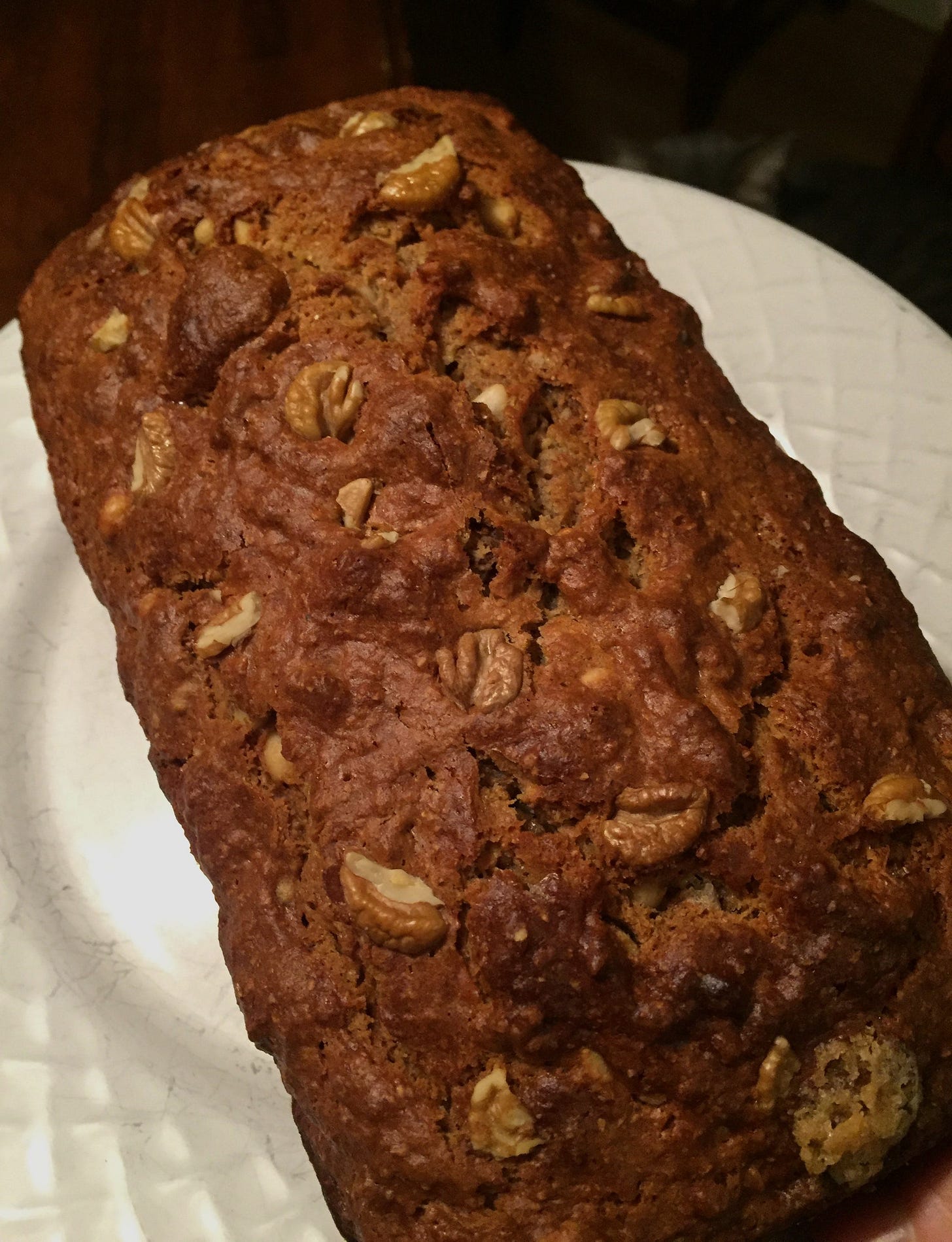
Can you imagine! Bread made with 4 ancient Food Forest trees of the Eastern Woodlands infused with seasonal local berries! yum :)
Persimmon Bread (with Acorn Flour) ~ Persimmons ripen in the very late fall, which is the perfect time to use them with acorn flour.
Acorn Spreads, Dips, Condiments and Pickles
Acorn Cheese: Pascal Baudar says the overall concept is that you soak cashews (or Hickory nuts? ;) ) overnight then make a paste in a blender (vitamix) with the addition of sauerkraut juice instead of water. At this stage I also add acorn flour, the ratio is up to you - I usually use around 10% acorn flour
That said, you can also use the hot leaching method and use the boiled acorns to make a delicious 100% fermented acorn cheese.
Savory ingredients can be added to the paste to accentuate the final "cheese" flavors such as miso, nutritional yeast, garlic, dried herbs and so on.
The paste is then (lacto) fermented for 48 hours then shaped.
A fun, delicious and creative part of the process is to create the cheeses crusts. The crusts can me made of wild ingredients too such as herbs, wild spices, edible seeds, ashes and so on or you can use store-bought herbs and spices blends.
Due to the lacto fermentation, the flavors are really close to a regular milk-based cheeses. Pascal goes into more details in his book "Wildcrafted Fermentation" and his process is more streamlined these days but as foragers, vegans or not, it opens interesting culinary possibilities with acorns, pecans, walnuts, hazelnuts and others.
My 100% acorn cheese with wild herbs crust is a good representation of my terroir and its flavor - cheesy, nutty and unique.
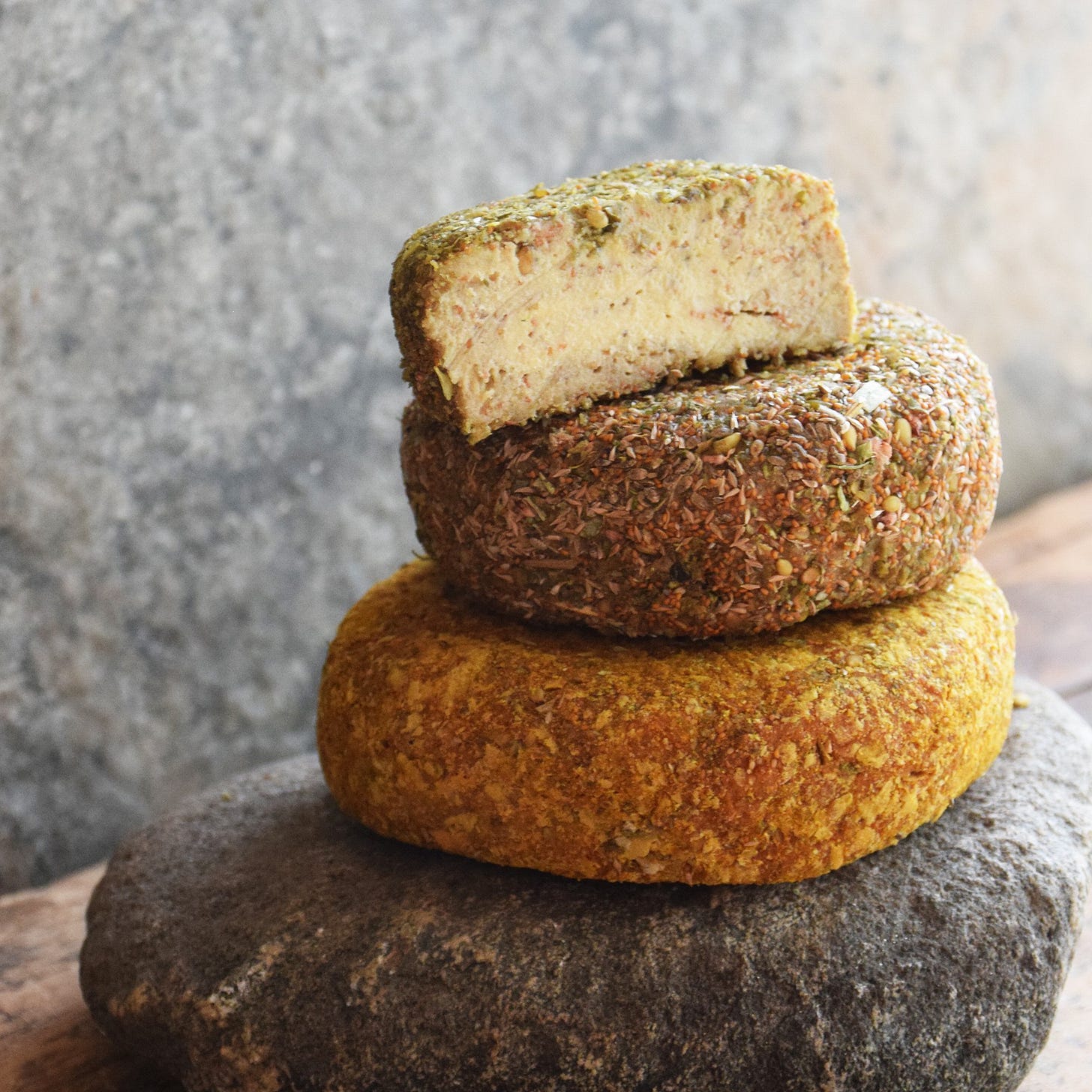

Acorn Nut Butter ~ Given that acorns are botanically a nut, Ashley (of Practical
Self Reliance) tried a few different methods for making acorn nut butter. She used hot leached and cold leached variations, both with very different results.
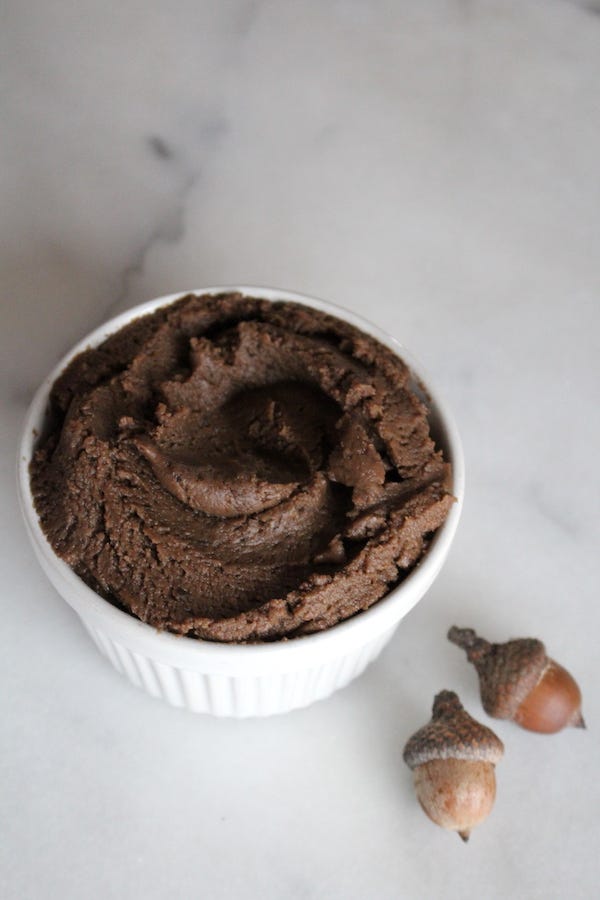
Acorn Hummus ~ In truth, since acorns are much heavier in starch than protein and oil, Ashley feels that acorn hummus makes more sense. Start with hot processed acorns, which are a lot like cooked beans anyway, and proceed on to use them in place of chickpeas in a hummus recipe.
Acorn Pickles ~ Exactly as they sound, pickled acorns are hot-leached acorns that are then pickled with vinegar and spices. You can pickle almost anything and acorns are no exception. Ashley used to know someone that sells maple-flavored pickled acorns, which probably turns some heads at the market.
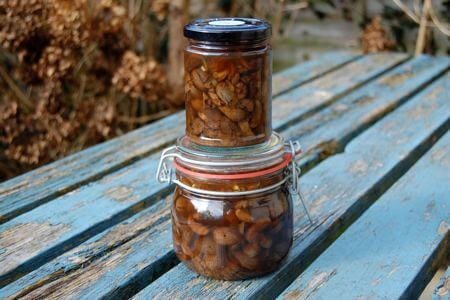
Acorn Miso ~ As a starchy, bean-like substance, acorns also make good miso. A few chefs in Arizona are working on making a localvore Arizona Miso from wild-harvested acorns.
Pascal Baudar provides a detailed recipe for acorn miso as well:

Acorn Main Dishes
Vegetarian Meatballs with Wild plants - Made of Acorn Flour, Seeds & Grains

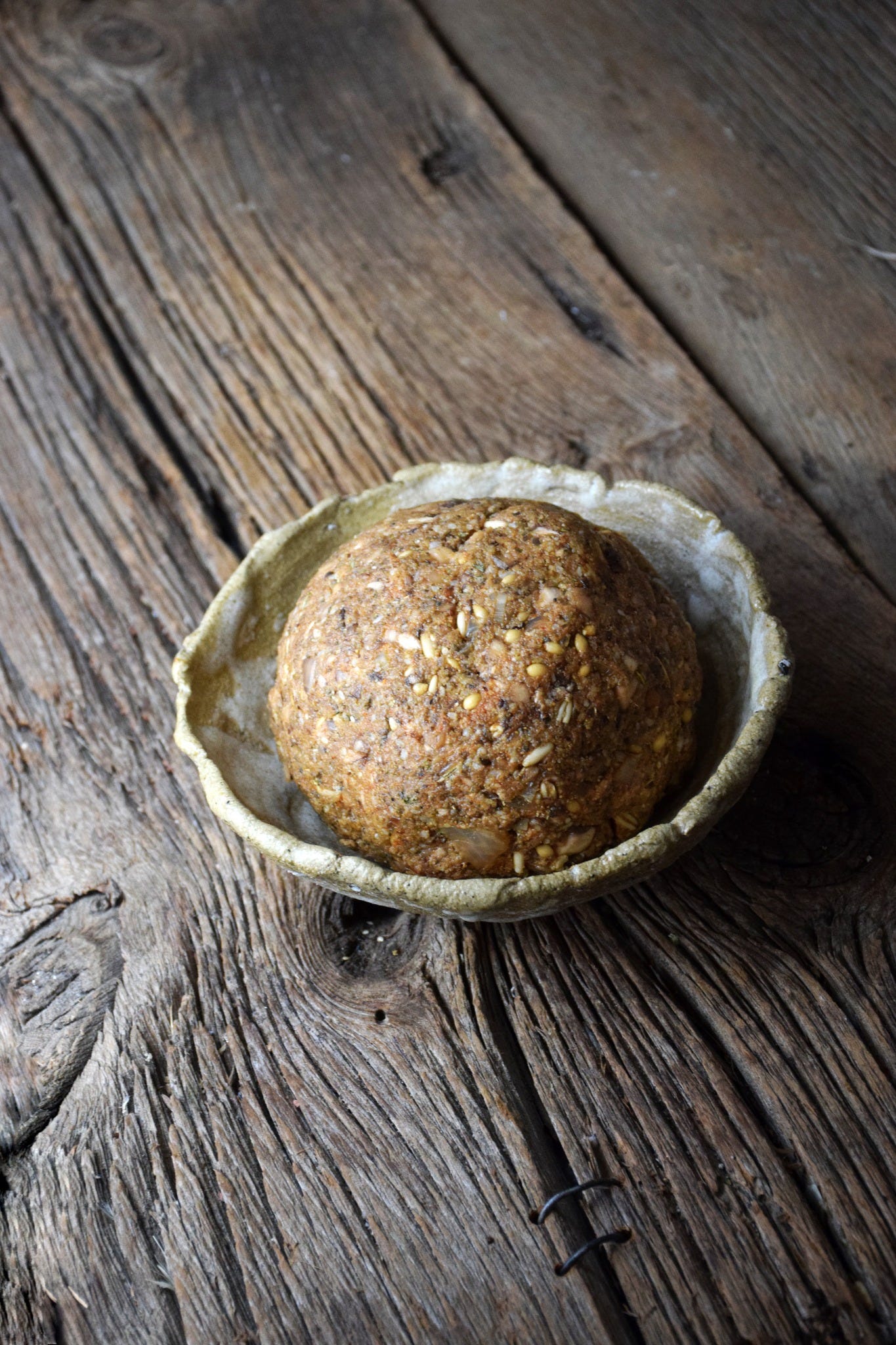
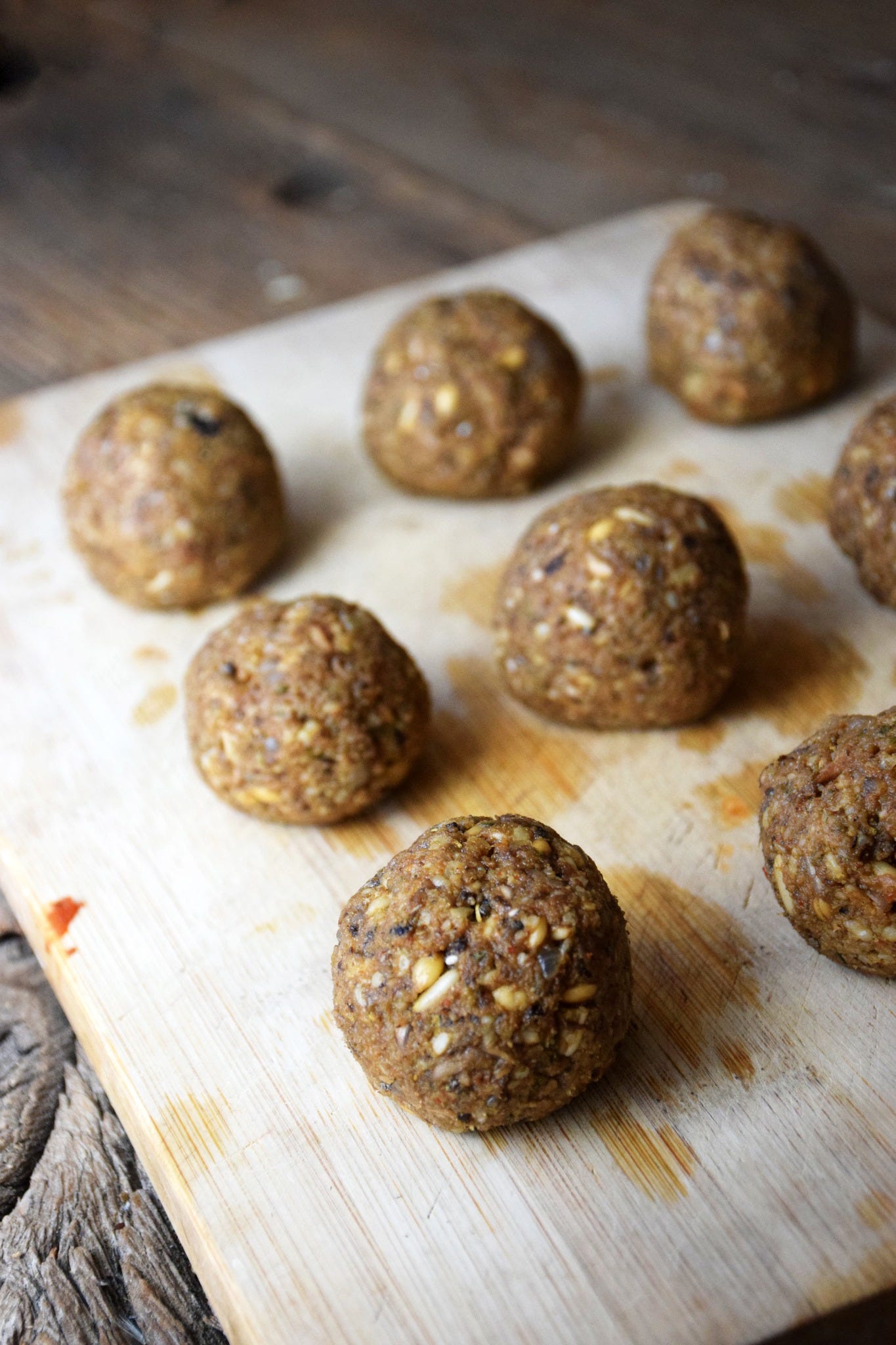
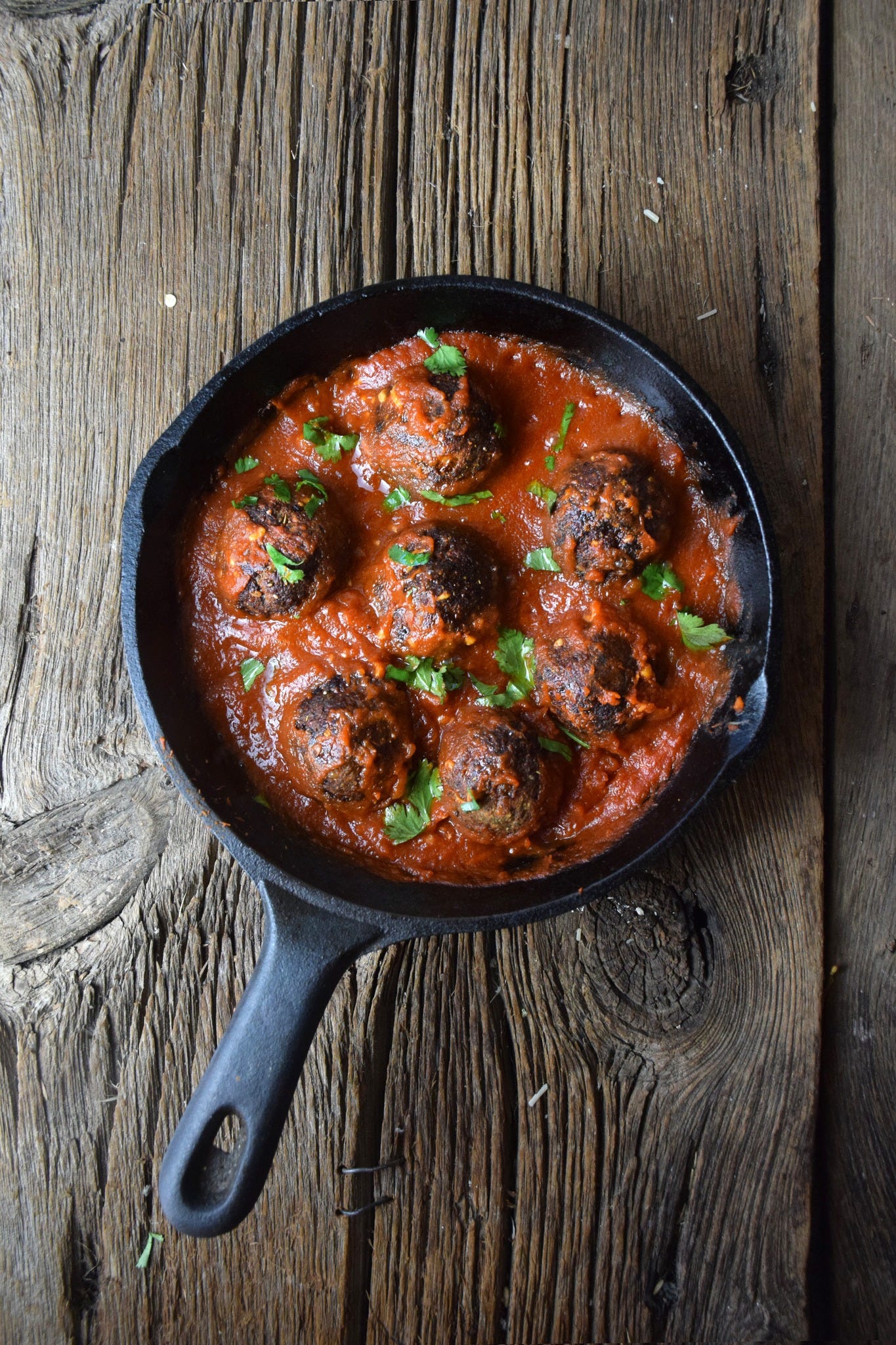
Venison Stew w/ Wild Mushrooms (Acorn Thickened) ~ Acorn starch is a great soup thickener, and it seems right at home with venison and wild mushrooms.
(for those, like myself, that are not eating meat, one could easily substitute additonal wild mushrooms and/or sprouted organic legumes for the venison in recipes like this).
Wood Duck and Acorn Dumplings ~ Some food of the forest right there. Wood ducks are tree ducks that roost and nest in trees…often oak trees.
Acorn Croquettes ~ Somewhere between a crab cake and a falafel, croquettes are a unique way to enjoy acorns.
Acorn Soup ~ Made with just acorns, aromatic vegetables, and dried mushrooms, the acorns are really the star of the show in this dish.
Acorn Tacos ~ Hot leached acorns have a texture that’s a lot like pinto beans, and using them as a taco filling will trick your friends.
Acorn Spätzle ~ An acorn version of a traditional German dish, spätzle is a type of pasta made from a very loose dough that’s cut/poured into boiling water to form noodles. The technique is a bit tricky, but spätzle is amazing…I can only imagine that acorns improve the flavor.
Acorn Wild Rice Patties ~ Made with mostly wild foraged ingredients, this looks like the perfect wild camping food.
Refried Acorns ~ Hot-leached acorns actually reminded me of pinto beans in texture, and their taste is pretty neutral. Once the acorns are hot leached and dried, try mashing them with seasoning into refried acorns.
Acorn Desserts
Acorn Mousse ~ Hot processed acorns could be blended into whipped egg whites and whipped cream, along with a bit of maple syrup, for a light acorn mousse.
Acorn Pudding ~ An old-style pudding made by simmering acorn flour with milk, maple, butter and spices.
Acorn Maple Shortbread ~ Nothing like a simple shortbread to make the choice of flour really shine.
Butternut Cookies (with Acorn Flour) ~ Butternuts are one of the special wild treats we have here in the northeast. A bit like walnuts, but without the tannin flavor, so more like pine nuts. Make wild cookies with butternuts and acorn flour for a real treat.
Acorn Brownies ~ Brownies are naturally heavy on eggs and low on gluten, so subbing in acorn flour isn’t that much of a stretch.
Acorn Cake ~ A simple acorn cake, this recipe is designed for either acorns or chestnuts.
Acorn Spice Cupcakes (Gluten-Free) ~ A mixture of acorn flour and gluten-free flour blend, these cupcakes are warmed with a bit of spice as well.
Acorn Maple Bundt Cake with Candied Acorns and Acorn Pudding ~The wondersmith is one of my favorite writers, and her name pretty much says it all. She makes wonder, and this spectacular acorn cake is just that. Described as a “Woodland Acorn Cake for an Elfin Queen,” this stunning cake is probably the most elaborate way to eat acorns that I’ve yet seen.
Acorn Tiramisu ~ Second only to the acorn cake above, this acorn tiramisu is served in a fancy Russian restaurant. Every part of the dish contains acorns, and it’s mostly gluten-free with the exception of small acorn cookies used to decorate the dish which have a small amount of white flour (or Amaranth flour).
Acorn Ice Cream ~ Ashley (of Practical Self-Reliance) was originally planning on making acorn ice cream using hot processed acorns and substituting them for the chestnuts in this roasted chestnut ice cream. She realized though, that hot processed acorns don’t have nearly as much flavor as roasted acorns.
Instead, She used a recipe for coffee ice cream but infused the cream with roasted acorn coffee. She filtered the acorn grounds out for a better texture, but that’s not strictly necessary. She says it was amazing, like chocolate and coffee, but not quite either.
e chocolate and coffee, but not quite either.
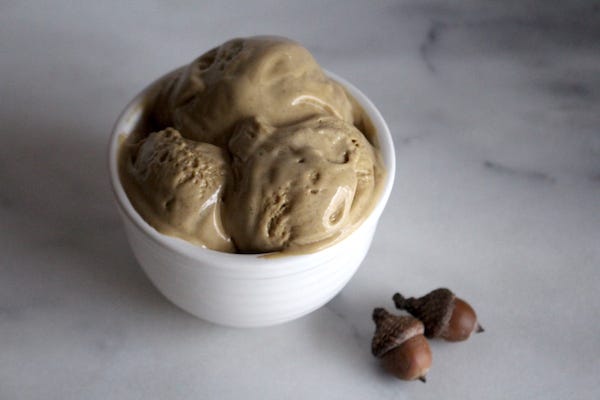
More Edible Acorn Resources:
Acorns in Archeology ~ A really complete list of archeological finds around the world where acorns have been discovered as part of the food supply. It also talks about why acorns are not found all that often compared to other foods, even though they were likely eaten in great abundance.
Oakmeal Acorn Products ~ The only place I’ve found where you can order acorn flour. Oakmeal is a small woman-owned company in Greece that produces acorn flour and acorn baked goods, with shipping available worldwide.
It Will Live Forever: Traditional Yosemite Indian Acorn Preparation ~ A book containing detailed descriptions of traditional acorn processing techniques.
Eating Acorns – Field Guide – Cookbook – Inspiration ~ A book written by the owner of Oakmeal, the only commercial acorn flour provider in the world. It has over 70 acorn recipes using whole acorns and acorn flour.
Acorns and Eat ‘Em: A Vegetarian Cookbook ~ While many acorn recipes are already vegetarian, this book is explicitly written from a vegetarian point of view.
Acorn Foraging: Everything You Need to Know to Harvest One of Autumn’s Best Wild Edible Foods, with Recipes, Photographs and Step-By-Step Instructions ~ Written by the author or the site A Magical Childhood, this book contains 50+ acorn recipes that have all been thoroughly tested. It’s also gluten-free, dairy-free and allergen-free in focus.
In closing I will share some pics from Diana Beresford-Kroeger’s most recent book called “Our Green Heart: The Soul and Science of Forests” which speaks to how trees like oak can become powerful allies and offer us a empowering leverage point where a seemingly small action of planting a few trees can send out powerful ripple effects into the ecosystem and future.

References:
https://www.scientificamerican.com/article/is-reintroducing-acorns-into-the-human-diet-a-nutty-idea/
https://pmc.ncbi.nlm.nih.gov/articles/PMC7415107/
https://carrollpropertyservices.ca/ontario-food-forests/
https://www.growingwithnature.org/types-of-food-forests/
https://pfaf.org/user/Plant.aspx?LatinName=Quercus+bicolor
https://pfaf.org/user/Plant.aspx?LatinName=Quercus+macrocarpa
https://www.nomadseed.com/2020/11/owasco-agroforestry/
https://thenaturopathicherbalist.com/2015/09/23/quercus-alba/
https://practicalplants.org/wiki/quercus_macrocarpa/
https://www.acornherbschool.com/oak
https://www.permacultureproject.com/plant-of-the-month-the-oak-tree/
https://www.growforagecookferment.com/foraging-for-acorns/
https://psbotanicals.com/oak/
https://davesgarden.com/guides/articles/view/1730/
https://www.mdpi.com/2673-9976/26/1/16
Earth Island Journal: This Thanksgiving, Consider Cooking with Acorn Flour
Ismail A. F., Barreira J. C. M., Costa A. S. G., Oliveira M. B. P. P. A new age for Quercus spp. fruits: review on nutritional and phytochemical composition and related biological activities of acorns. Comprehensive Reviews in Food Science and Food Safety. 2016;15(6):947–981. doi: 10.1111/1541-4337.12220. [DOI] [PubMed] [Google Scholar]
Valencia S. Diversidad del género Quercus (Fagaceae) en México. Botanical Sciences. 2004;75:33–53. doi: 10.17129/botsci.1692. [DOI] [Google Scholar]
Nixon K. C. Global and geotropically distribution and diversity of oak (quercus) and oak forests. Ecology and Conservation of Montane Oak Forests. 2010;3:13–21. [Google Scholar]
Kremer A., Hipp A. L. Oaks: an evolutionary success story. New Phytologist. 2019;31:630–400. doi: 10.1111/nph.16274. [DOI] [PMC free article] [PubMed] [Google Scholar]
Kim H., Song M. J., Potter D. Medicinal efficacy of plants utilized as temple food in traditional Korean Buddhism. Journal of Ethnopharmacology. 2006;104(1-2):p. 3. doi: 10.1016/j.jep.2005.08.041. [DOI] [PubMed] [Google Scholar]
Moon H. R., Chung M. J., Park J. W., et al. Antiasthma effects through anti-inflammatory action of acorn (quercus Acutissimacarr.) in vitro and in vivo. Journal of Food Biochemistry. 2013;37(1):108–118. doi: 10.1111/j.1745-4514.2012.00652.x. [DOI] [Google Scholar]
Kim M., Forouzan S. H., Fazeli-Moghadam E., Rafieian-Kopaei M., Adineh A., Saberianpour S. H. Oak (Quercus branti): an overview. Journal of Chemical and Pharmaceutical Research. 2015;7(1):634–639. [Google Scholar]
Dolatkhahi M., Dolatkhahi A., Nejad J. B. Ethnobotanical study of medicinal plants used in Arjan–Parishan protected area in Fars province of Iran. Avicenna Journal of Phytomedicine. 2014;4(6):p. 402. [PMC free article] [PubMed] [Google Scholar]
Mosaddegh M., Naghibi F., Moazzeni H., Pirani A., Esmaeili S. Ethnobotanical survey of herbal remedies traditionally used in Kohghiluyeh va Boyer Ahmad province of Iran. Journal of Ethnopharmacology. 2012;141(1):80–95. doi: 10.1016/j.jep.2012.02.004. [DOI] [PubMed] [Google Scholar]
Papp N., Bartha S., Boris G., Balogh L. Traditional uses of medicinal plants for respiratory diseases in Transylvania. Natural Product Communications. 2011;6(10) doi: 10.1177/1934578x1100601012. [DOI] [PubMed] [Google Scholar]
Pinto D., Diaz Franco S., Silva A. M., et al. Chemical characterization and bioactive properties of a coffee-like beverage prepared from Quercus cerris kernels. Food & Function. 2019;10(4):2050–2060. doi: 10.1039/c8fo02536c. [DOI] [PubMed] [Google Scholar]
Sut B., Dobeš C., Klatte-Asselmeyer V., Saukel J. Ethnobotanical study on medicinal use of wild and cultivated plants in middle, south and west Bosnia and Herzegovina. Journal of Ethnopharmacology. 2010;131(1):33–55. doi: 10.1016/j.jep.2010.05.061. [DOI] [PubMed] [Google Scholar]
Tetik F., Civelek S., Cakilcioglu U. Traditional uses of some medicinal plants in Malatya (Turkey) Journal of Ethnopharmacology. 2013;146(1):331–346. doi: 10.1016/j.jep.2012.12.054. [DOI] [PubMed] [Google Scholar]
Kargıoğlu M., Cenkci S., Serteser A., Konuk M., Vural G. Traditional uses of wild plants in the middle Aegean region of Turkey. Human Ecology. 2010;38(3):429–450. [Google Scholar]
Tardío J., Pascual H., Morales R. Wild food plants traditionally used in the province of Madrid, Central Spain. Economic Botany. 2005;59(2):122–136. doi: 10.1663/0013-0001(2005)059[0122:wfptui]2.0.co;2. [DOI] [Google Scholar]
Ahmed M., Fatima H., Qasim M., Gul B. Polarity directed optimization of phytochemical and in vitro biological potential of an indigenous folklore: quercus dilatata Lindl. Ex Royle. BMC Complementary and Alternative Medicine. 2017;17(1):p. 386. doi: 10.1186/s12906-017-1894-x. [DOI] [PMC free article] [PubMed] [Google Scholar]
Di Novella R., Di Novella N., De Martino L., Mancini E., De Feo V. Traditional plant use in the national park of cilento and vallo di Diano, Campania, Southern, Italy. Journal of Ethnopharmacology. 2013;145(1):328–342. doi: 10.1016/j.jep.2012.10.065. [DOI] [PubMed] [Google Scholar]
Sarwar R., Farooq U., Khan A., Naz S., Khan S., et al. Evaluation of antioxidant, free radical scavenging, and antimicrobial activity of Quercus incana Roxb. Frontiers in Pharmacology. 2015;6:p. 277. doi: 10.3389/fphar.2015.00277. [DOI] [PMC free article] [PubMed] [Google Scholar]
Sarwar R., Farooq U., Naz S., Khan A., Bukhari S. M., Khan H., et al. Isolation and characterization of two new secondary metabolites from Quercus incana and their antidepressant-and anxiolytic-like potential. Frontiers in Pharmacology. 2018;9:p. 298. doi: 10.3389/fphar.2018.00298. [DOI] [PMC free article] [PubMed] [Google Scholar]
Zehra B., Ahmed A., Sarwar R., Khan A., Farooq U., Abid Ali S., et al. Apoptotic and antimetastatic activities of betulin isolated from Quercus incana against non-small cell lung cancer cells. Cancer management and research. 2019;11:1667–1683. doi: 10.2147/cmar.s186956. [DOI] [PMC free article] [PubMed] [Google Scholar]
Ahmad W., Zeenat F., Hasan A., Abdullah A., Nargis A., Tarannum T. Mazu (Quercus infectoria, Oliv)-an Overview. Indian Journal of Unani Medicine. 2011;4(1):17–22. [Google Scholar]
Hapidin H., Rozelan D., Abdullah H., Hanaffi W. N., Soelaiman I. N. Quercus infectoria gall extract enhanced the proliferation and activity of human fetal osteoblast cell line. Malaysian Journal of Medical Sciences. 2015;22:p. 12. [PMC free article] [PubMed] [Google Scholar]
JC C., Yusuf A., Keng S. L., Walluilah S., Ghazali F. C., Mohsin S. S. J. Role on Quercus infectoria oliv on would healing. Malaysian Journal of Medical Sciences. 2007;14 [Google Scholar]
hauhan P. S., Bisht S., Ahmed S. Traditional and ethnobotanical uses of medicinal trees in district Tehri Garhwal (Western Himalayas) International Journal of Ayurvedic and Herbal Medicine. 2017;7(1):2442–2448. [Google Scholar]
Joshi A. K., Juyal D. Traditional and ethnobotanical uses of Quercus leucotrichophora a. Camus (Quercus oblongata D. Don) in Kumaun and Garhwal regions of Uttarakhand, India: a review. International Journal of Herbal Medicine. 2017;5:06–08. [Google Scholar]
Uniyal B., Shiva V. Traditional knowledge on medicinal plants among rural women of the Garhwal Himalaya, Uttaranchal. Indian Journal of Traditional Knowledge. 2005;4(3):259–266. [Google Scholar]
Khattak A. Peshawar, Pakistan: University of Peshawar; 2018. Phytochemical evaluation, bioassay screening and aerial plant-mediated silver nanoparticles synthesis using Quercus Semecarpifolia Smith. Doctoral Dissertation. [Google Scholar]
Khennouf S., Amira S., Arrar L., Baghiani A. Effect of some phenolic compounds and quercus tannins on lipid peroxidation. World Applied Sciences Journal. 2010;8(9):1144–1149. [Google Scholar]
Sariozlu N. Y., Kivanc M. Nuts and Seeds in Health and Disease Prevention. Cambridge, MA, USA: Academic Press; 2011. Gallnuts (Quercus infectoria Oliv. and Rhus chinensis Mill.) and their usage in health; pp. 505–511. [Google Scholar]
García-Gómez E., Pérez-Badia R., Pereira J., Puri R. K. The consumption of acorns (from quercus spp.) in the central west of the Iberian Peninsula in the 20th century. Economic Botany. 2017;71(3):256–268. doi: 10.1007/s12231-017-9391-. [DOI] [Google Scholar]
Rakić S., Petrović S., Kukić J., et al. Influence of thermal treatment on phenolic compounds and antioxidant properties of oak acorns from Serbia. Food Chemistry. 2007;104(2):830–834. [Google Scholar]
Gezici S., Sekeroglu N. Neuroprotective potential and phytochemical composition of acorn fruits. Industrial Crops and Products. 2019;128:13–17. doi: 10.1016/j.indcrop.2018.10.082. [DOI] [Google Scholar]
Huang J., Wang Y., Li C., Wang X., He X. Triterpenes isolated from acorns of Quercus serrata var. brevipetiolata exert anti-inflammatory activity. Industrial Crops and Products. 2016;91:302–309. doi: 10.1016/j.indcrop.2016.07.033. [DOI] [Google Scholar]
Lei Y., Huang Y., Wang Y., He X. Potential anti-neuroinflammatory triterpenoids isolated from Chinese acorns (Quercus serrata var. brevipetiolata) Journal of Functional Foods. 2018;50:18–25. doi: 10.1016/j.jff.2018.09.022. [DOI] [Google Scholar]
Sánchez-Burgos J. A., Ramírez-Mares M. V., Larrosa M. M., et al. Antioxidant, antimicrobial, antitopoisomerase and gastroprotective effect of herbal infusions from four Quercus species. Industrial Crops and Products. 2013;42:57–62. doi: 10.1016/j.indcrop.2012.05.017. [DOI] [Google Scholar]
Rocha-Guzmán N. E., Gallegos-Infante J. A., González-Laredo R. F., et al. Antioxidant activity and genotoxic effect on HeLa cells of phenolic compounds from infusions of Quercus resinosa leaves. Food Chemistry. 2009;115(4):1320–1325. doi: 10.1016/j.foodchem.2009.01.050. [DOI] [Google Scholar]
Medina-Torres A., Bisht M. Evaluation of in-vitro antioxidant potential and in-vivo hepatoprotective activity of root extract of Quercus oblongata D. DON. Journal of Drug Delivery and Therapeutics. 2018;8(5-s):152–161. doi: 10.22270/jddt.v8i5-s.1925. [DOI] [Google Scholar]
Xu J., Cao J., Yue J., Zhang X., Zhao Y. New triterpenoids from acorns of Quercus liaotungensis and their inhibitory activity against α -glucosidase, α -amylase and protein-tyrosine phosphatase 1B. Journal of Functional Foods. 2018;41:232–239. doi: 10.1016/j.jff.2017.12.054. [DOI] [Google Scholar]
Endo M., Shigetomi K., Mitsuhashi S., Igarashi M., Ubukata M. Isolation, structure determination and structure-activity relationship of anti-toxoplasma triterpenoids from Quercus crispula Blume outer bark. Journal of Wood Science. 2019;65(1):p. 3. doi: 10.1186/s10086-019-1782-8. [DOI] [Google Scholar]
Karimi A., Moradi M. T. Total phenolic compounds and in vitro antioxidant potential of crude methanol extract and the correspond fractions of Quercus brantii L. acorn. Journals of Herbmed Pharmacology. 2015;4(1):35–39. [Google Scholar]
Vinha A. F., Costa A. S. G., Barreira J. C. M., Pacheco R., Oliveira M. B. P. P. Chemical and antioxidant profiles of acorn tissues from Quercus spp.: potential as new industrial raw materials. Industrial Crops and Products. 2016;94:143–151. doi: 10.1016/j.indcrop.2016.08.027. [DOI] [Google Scholar]
Manos P. S., Stanford A. M. The historical biogeography of Fagaceae: tracking the tertiary history of temperate and subtropical forests of the northern hemisphere. International Journal of Plant Sciences. 2001;162(S6):S77–S93. doi: 10.1086/323280. [DOI] [Google Scholar]
Kaul R. B., Abbe C. A. Inflorescence architecture and evolution in the Fagaceae. Journal of the Arnold Arboretum. 1984;65:375–401. [Google Scholar]
Uddin G., Rauf A. Phytochemical screening, antimicrobial and antioxidant activities of aerial parts of Quercus robur L. Middle-East Journal of Medicinal Plants Research. 2012;1(1):1–4. [Google Scholar]
Aslani A., Emami S., Ghannadi A., Ajdari M. Formulation and physicochemical evaluation of an herbal antihemorrohid ointment from Quercus, black cumin and Fenugreek for the treatment of internal anal hemorrhoids. Journal of Pharmaceutical Sciences. 2009;14:247–257. [Google Scholar]
Leporatti M. L., Ivancheva S. Preliminary comparative analysis of medicinal plants used in the traditional medicine of Bulgaria and Italy. Journal of Ethnopharmacology. 2003;87(2-3):123–142. doi: 10.1016/s0378-8741(03)00047-3. [DOI] [PubMed] [Google Scholar]
McCutcheon A. R., Ellis S. M., Hancock R. E. W., Towers G. H. N. Antibiotic screening of medicinal plants of the British Columbian native peoples. Journal of Ethnopharmacology. 1992;37(3):213–223. doi: 10.1016/0378-8741(92)90036-q. [DOI] [PubMed] [Google Scholar]
Adonizio A. L., Downum K., Bennett B. C., Mathee K. Anti-quorum sensing activity of medicinal plants in southern Florida. Journal of Ethnopharmacology. 2006;105(3):427–435. doi: 10.1016/j.jep.2005.11.025. [DOI] [PubMed] [Google Scholar]
Rawat V. S. Medicinal plants and sustainable livelihood in Pauri district of Garhwal Himalaya, Uttarakhand, India. International Journal of Bioassays. 2016;5(06):4589–4592. doi: 10.21746/ijbio.2016.06.001. [DOI] [Google Scholar]
Ahmed E., Arshad M., Ahmad M., Saeed M., Ishaque M. Ethnopharmacological survey of some medicinally important plants of Galliyat areas of NWFP, Pakistan. Asian Journal of Plant Sciences. 2004;3(4):410–415. [Google Scholar]
Kim J.-i., Kim H.-h., Kim S., Lee K.-t., Ham I.-h., Whang W.-K. Antioxidative compounds from Quercus salicina blume stem. Archives of Pharmacal Research. 2008;31(3):274–278. doi: 10.1007/s12272-001-1152-2. [DOI] [PubMed] [Google Scholar]
Bainbridge D. A. Use of acorns for food in California: past, present, future. Proceedings of the Symposium o Multiple-Use Management of California’s Hardwood Resources; November 1986; San Luis Obispo, CA, USA. pp. 12–14. [Google Scholar]
Kim J. J., Ghimire B. K., Shin H. C., et al. Comparison of phenolic compounds content in indeciduous Quercus species. Journal of Medicinal Plants Research. 2012;6(39):5228–5239. [Google Scholar]
García-Villalba R., Espín J. C., Tomás-Barberán F. A., Rocha-Guzmán N. E. Comprehensive characterization by LC-DAD-MS/MS of the phenolic composition of seven Quercus leaf teas. Journal of Food Composition and Analysis. 2017;63:38–46. doi: 10.1016/j.jfca.2017.07.034. [DOI] [Google Scholar]
Cantos E., Espín J. C., López-Bote C., de la Hoz L., Ordóñez J. A., Tomás-Barberán F. A. Phenolic compounds and fatty acids from acorns (quercusspp.), the main dietary constituent of free-ranged iberian pigs. Journal of Agricultural and Food Chemistry. 2003;51(21):6248–6255. doi: 10.1021/jf030216v. [DOI] [PubMed] [Google Scholar]
Martínez-Gil A. M., Cadahía E., Fernández de Simón B., Gutiérrez-Gamboa G., Nevares I., del Álamo-Sanza M. Quercus humboldtii (Colombian Oak): characterisation of wood phenolic composition with respect to traditional oak wood used in oenology. Ciência e Técnica Vitivinícola. 2018;32(2):93–101. doi: 10.1051/ctv/20173202093. [DOI] [Google Scholar]
Touati R., Santos S. A. O., Rocha S. M., Belhamel K., Silvestre A. J. D. The potential of cork from Quercus suber L. grown in Algeria as a source of bioactive lipophilic and phenolic compounds. Industrial Crops and Products. 2015;76:936–945. doi: 10.1016/j.indcrop.2015.07.074. [DOI] [Google Scholar]
Zhang B., Cai J., Duan C.-Q., Reeves M., He F. A review of polyphenolics in oak woods. International Journal of Molecular Sciences. 2015;16(12):6978–7014. doi: 10.3390/ijms16046978. [DOI] [PMC free article] [PubMed] [Google Scholar]
Santos S. A. O., Pinto P. C. R. O., Silvestre A. J. D., Neto C. P. Chemical composition and antioxidant activity of phenolic extracts of cork from Quercus suber L. Industrial Crops and Products. 2010;31(3):521–526. doi: 10.1016/j.indcrop.2010.02.001. [DOI] [Google Scholar]
Yarnes C. T., Boecklen W. J., Tuominen K., Salminen J.-P. Defining phytochemical phenotypes: size and shape analysis of phenolic compounds in oaks (Fagaceae, Quercus) of the Chihuahuan Desert. Canadian Journal of Botany. 2006;84(8):1233–1248. doi: 10.1139/b06-076. [DOI] [Google Scholar]
Conde E., Cadahía E., García-Vallejo M. C., Fernández de Simón B., González Adrados J. R. Low molecular weight polyphenols in cork of Quercus suber. Journal of Agricultural and Food Chemistry. 1997;45(7):2695–2700. doi: 10.1021/jf960486w. [DOI] [Google Scholar]
Pinto P. C. R. O., Sousa A. F., Silvestre A. J. D., et al. Quercus suber and Betula pendula outer barks as renewable sources of oleochemicals: a comparative study. Industrial Crops and Products. 2009;29(1):126–132. doi: 10.1016/j.indcrop.2008.04.015. [DOI] [Google Scholar]
Kamano Y., Tachi Y., Otake T., Komatsu M. Studies on the constituents of quercus spp. III.: on the constituents of quercus stenophylla MAKINO. Yakugaku Zasshi. 1969;89(9):1302–1305. doi: 10.1248/yakushi1947.89.9_1302. [DOI] [PubMed] [Google Scholar]
Gul F., Khan K. M., Adhikari A., et al. Antimicrobial and antioxidant activities of a new metabolite from Quercus incana. Natural Product Research. 2017;31(16):1901–1909. doi: 10.1080/14786419.2016.1266347. [DOI] [PubMed] [Google Scholar]
Rocha-Guzmán N. E., González-Laredo R. F., Vázquez-Cabral B. D., et al. Functional and Medicinal Beverages. Cambridge, MA, USA: Academic Press; 2019. Oak leaves as a new potential source for functional beverages: their antioxidant capacity and monomer flavonoid composition; pp. 381–411. [Google Scholar]
Youn S. H., Kwon J. H., Yin J., et al. Anti-inflammatory and anti-urolithiasis effects of polyphenolic compounds from quercus gilva blume. Molecules. 2017;22(7):p. 1121. doi: 10.3390/molecules22071121. [DOI] [PMC free article] [PubMed] [Google Scholar]
Lin Y., Lu Y., Song Z., Huang D. Characterizations of the endogenous starch hydrolase inhibitors in acorns of Quercus fabri hance. Food Chemistry. 2018;258:111–117. doi: 10.1016/j.foodchem.2018.03.001. [DOI] [PubMed] [Google Scholar]
Brossa R., Casals I., Pintó-Marijuan M., Fleck I. Leaf flavonoid content in Quercus ilex L. resprouts and its seasonal variation. Trees. 2009;23(2):401–408. doi: 10.1007/s00468-008-0289-5. [DOI] [Google Scholar]
Sari S., Barut B., Özel A., Kuruüzüm-Uz A., Şöhretoğlu D. Tyrosinase and α-glucosidase inhibitory potential of compounds isolated from Quercus coccifera bark: in vitro and in silico perspectives. Bioorganic Chemistry. 2019;86:296–304. doi: 10.1016/j.bioorg.2019.02.015. [DOI] [PubMed] [Google Scholar]
Custódio L., Patarra J., Alberício F., Neng N. d. R., Nogueira J. M. F., Romano A. Phenolic composition, antioxidant potential and in vitro inhibitory activity of leaves and acorns of Quercus suber on key enzymes relevant for hyperglycemia and Alzheimer’s disease. Industrial Crops and Products. 2015;64:45–51. doi: 10.1016/j.indcrop.2014.11.001. [DOI] [Google Scholar]
Yin P., Yang L., Xue Q., et al. Identification and inhibitory activities of ellagic acid- and kaempferol-derivatives from Mongolian oak cups against α-glucosidase, α-amylase and protein glycation linked to type II diabetes and its complications and their influence on HepG2 cells’ viability. Arabian Journal of Chemistry. 2018;11(8):1247–1259. doi: 10.1016/j.arabjc.2017.10.002. [DOI] [Google Scholar]
Indrianingsih A. W., Tachibana S., Dewi R. T., Itoh K. Antioxidant and α-glucosidase inhibitor activities of natural compounds isolated from Quercus gilva Blume leaves. Asian Pacific Journal of Tropical Biomedicine. 2015;5(9):748–755. doi: 10.1016/j.apjtb.2015.07.004. [DOI] [Google Scholar]
Xu J., Wang X., Yue J., Sun Y., Zhang X., Zhao Y. Polyphenols from acorn leaves (quercus liaotungensis) protect pancreatic beta cells and their inhibitory activity against α-glucosidase and protein tyrosine phosphatase 1B. Molecules. 2018;23(9):p. 2167. doi: 10.3390/molecules23092167. [DOI] [PMC free article] [PubMed] [Google Scholar]
Chen H.-D., Yang S.-P., Liao S.-G., Zhang C.-R., Yue J.-M. Three new 24-noroleanane triterpenoids from Quercus aliena var. acuteserrata. Helvetica Chimica Acta. 2006;89(9):1971–1977. doi: 10.1002/hlca.200690188. [DOI] [Google Scholar]
Stochmal M., Waffo-Teguo P., Winstel D., et al. Triterpenoids from quercus petraea: identification in wines and spirits and sensory assessment. Journal of Natural Products. 2019;82(2):265–275. doi: 10.1021/acs.jnatprod.8b00682. [DOI] [PubMed] [Google Scholar]
Pérez A. J., Pecio Ł., Kowalczyk M., et al. Triterpenoid components from oak heartwood (quercus robur) and their potential health benefits. Journal of Agricultural and Food Chemistry. 2017;65(23):4611–4623. doi: 10.1021/acs.jafc.7b01396. [DOI] [PubMed] [Google Scholar]
Indrianingsih A. W., Tachibana S. Bioactive constituents from the leaves of Quercus phillyraeoides A. Gray for α-glucosidase inhibitor activity with concurrent antioxidant activity. Food Science and Human Wellness. 2016;5(2):85–94. doi: 10.1016/j.fshw.2016.02.004. [DOI] [Google Scholar]
Tejerina D., García-Torres S., Cabeza de Vaca M., Vázquez F. M., Cava R. Acorns (Quercus rotundifolia Lam.) and grass as natural sources of antioxidants and fatty acids in the “montanera” feeding of Iberian pig: intra- and inter-annual variations. Food Chemistry. 2011;124(3):997–1004. doi: 10.1016/j.foodchem.2010.07.058. [DOI] [Google Scholar]
Arina M. I., Harisun Y. Effect of extraction temperatures on tannin content and antioxidant activity of Quercus infectoria (Manjakani) Biocatalysis and Agricultural Biotechnology. 2019;19 doi: 10.1016/j.bcab.2019.101104.101104 [DOI] [Google Scholar]
Cetera P., Russo D., Milella L., Todaro L. Thermo-treatment affects Quercus cerris L. wood properties and the antioxidant activity and chemical composition of its by-product extracts. Industrial Crops and Products. 2019;130:380–388. doi: 10.1016/j.indcrop.2018.12.099. [DOI] [Google Scholar]
Moreno-Jimenez M. R., Trujillo-Esquivel F., Gallegos-Corona M. A., et al. Antioxidant, anti-inflammatory and anticarcinogenic activities of edible red oak (Quercus spp.) infusions in rat colon carcinogenesis induced by 1,2-dimethylhydrazine. Food and Chemical Toxicology. 2015;80:144–153. doi: 10.1016/j.fct.2015.03.011. [DOI] [PubMed] [Google Scholar]
Ramos-Gomez N., Ouchemoukh S., Meziant N., et al. metabolites involved in the antioxidant, anticancer and anticalpain activities of Ficus carica L., Ceratonia siliqua L. and Quercus ilex L. extracts. Industrial Crops and Products. 2017;95:6–17. doi: 10.1016/j.indcrop.2016.10.007. [DOI] [Google Scholar]
Madani F. Z., Squeo G., Barkat M., Trani A., Caponio F. Antioxidant activity, tocopherols and polyphenols of acornoil obtained from Quercus species grown in Algeria. Food Research International. 2018;114:208–213. doi: 10.1016/j.foodres.2018.08.010. [DOI] [PubMed] [Google Scholar]
Bahador N., Baserisalehi M. The effect of Quercus castaneifolia extract on pathogenic enteric bacteria. Anaerobe. 2011;17(6):358–360. doi: 10.1016/j.anaerobe.2011.07.007. [DOI] [PubMed] [Google Scholar]
Nourafcan H., Nasrollahpour M., Bajalan I. Antibacterial activity of leaves extract from oak (Quercus persica) against some positive and negative bacteria. International Journal of Farming and Allied Sciences. 2013;2(24):1153–1155. [Google Scholar]
https://arbormasters.com/tree-101-bur-oaks/
https://honest-food.net/acorn-cake-and-acorns-around-the-world/
https://fsc.org/en/newscentre/stories/the-guardians-of-sacred-oak-forests
https://www.gsd.harvard.edu/project/the-future-is-nutty-balanoculture-for-the-world/
https://forestry.ca.uky.edu/sites/forestry.ca.uky.edu/files/chinkapin_oak_factsheet.pdf
The above post was the 23erd installment of a series titled Stacking Functions in the Garden, Food Forest and Medicine Cabinet : The Regenerative Way From Seed To Apothecary.
Here are some Oak inspires tunes to enjoy ;)






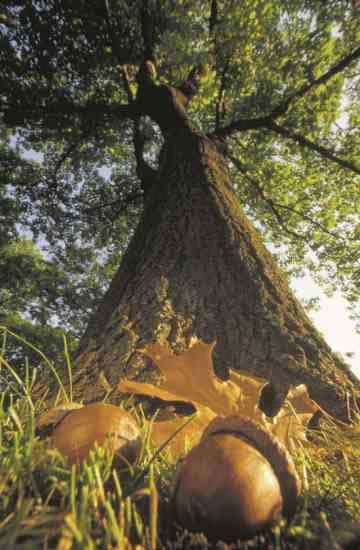
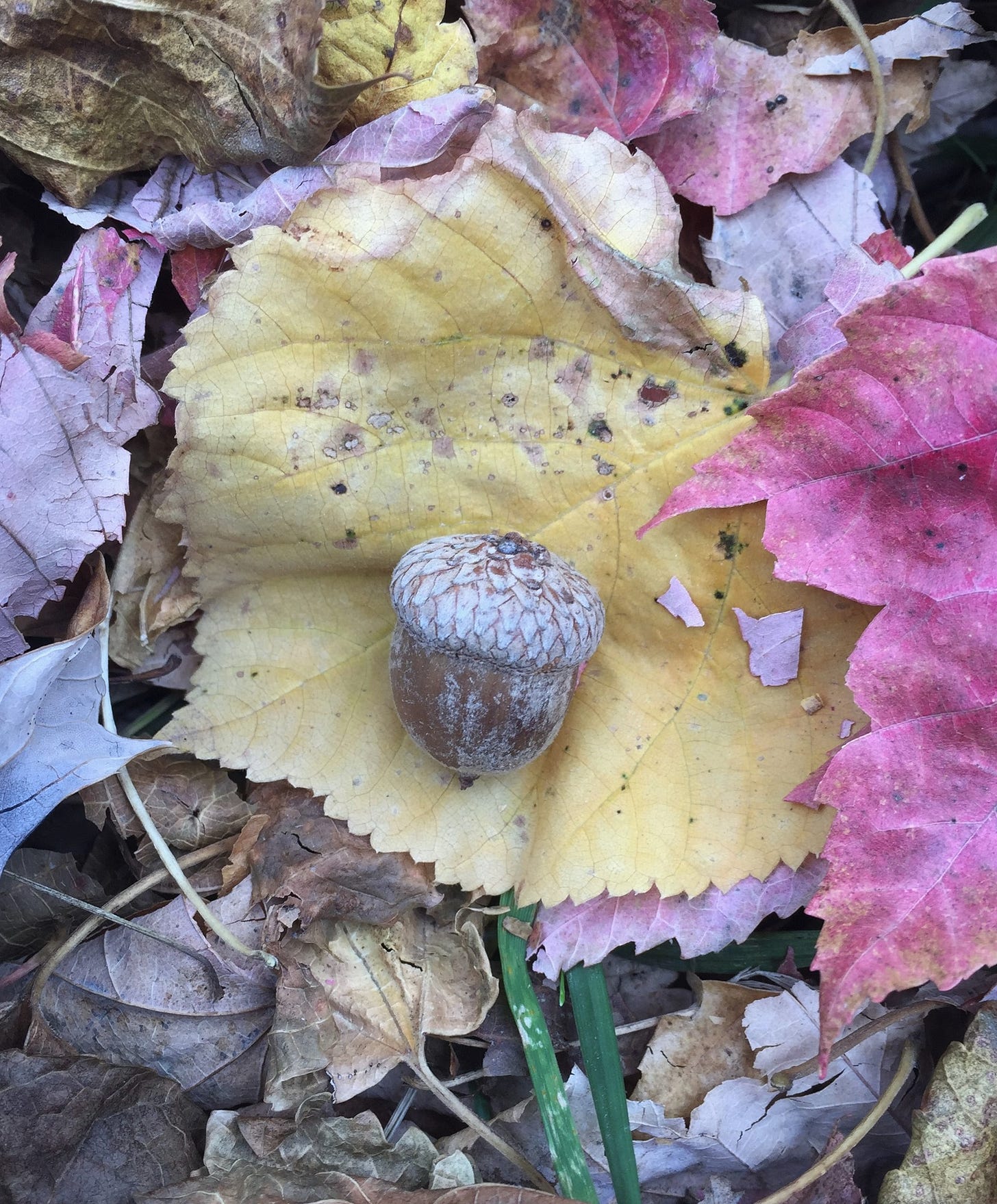
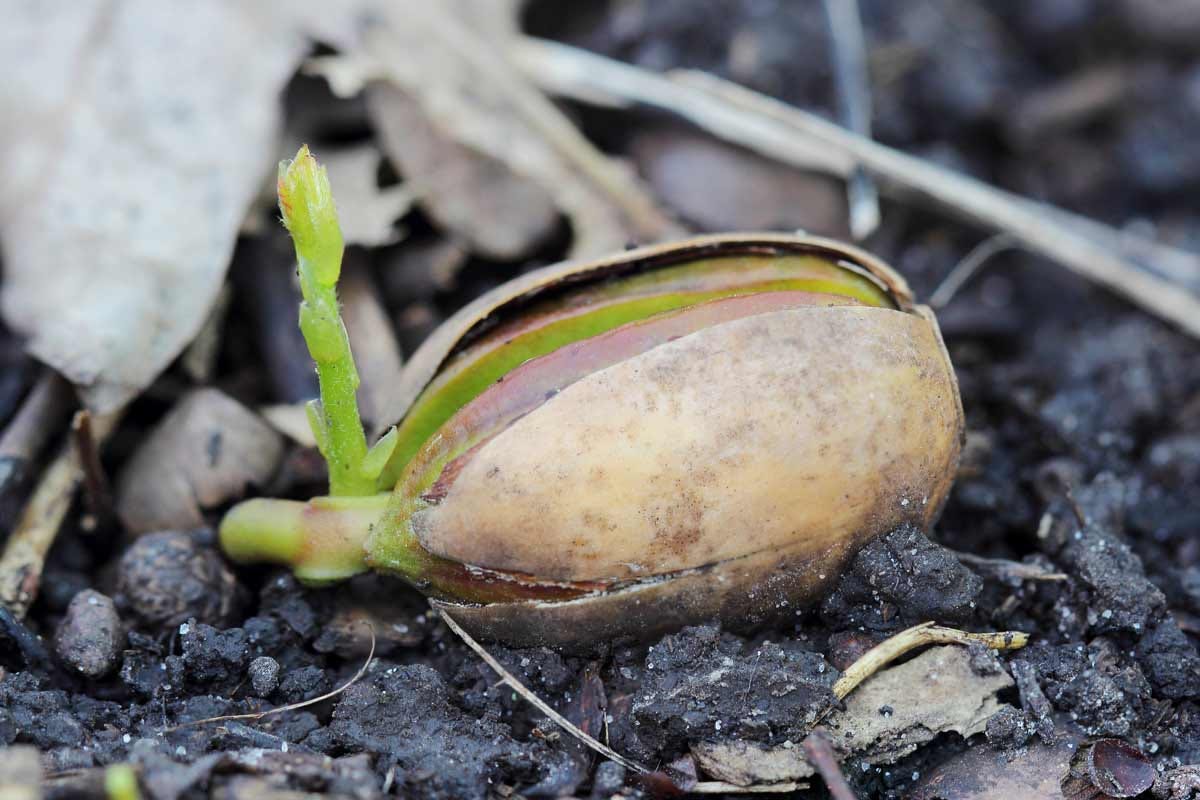
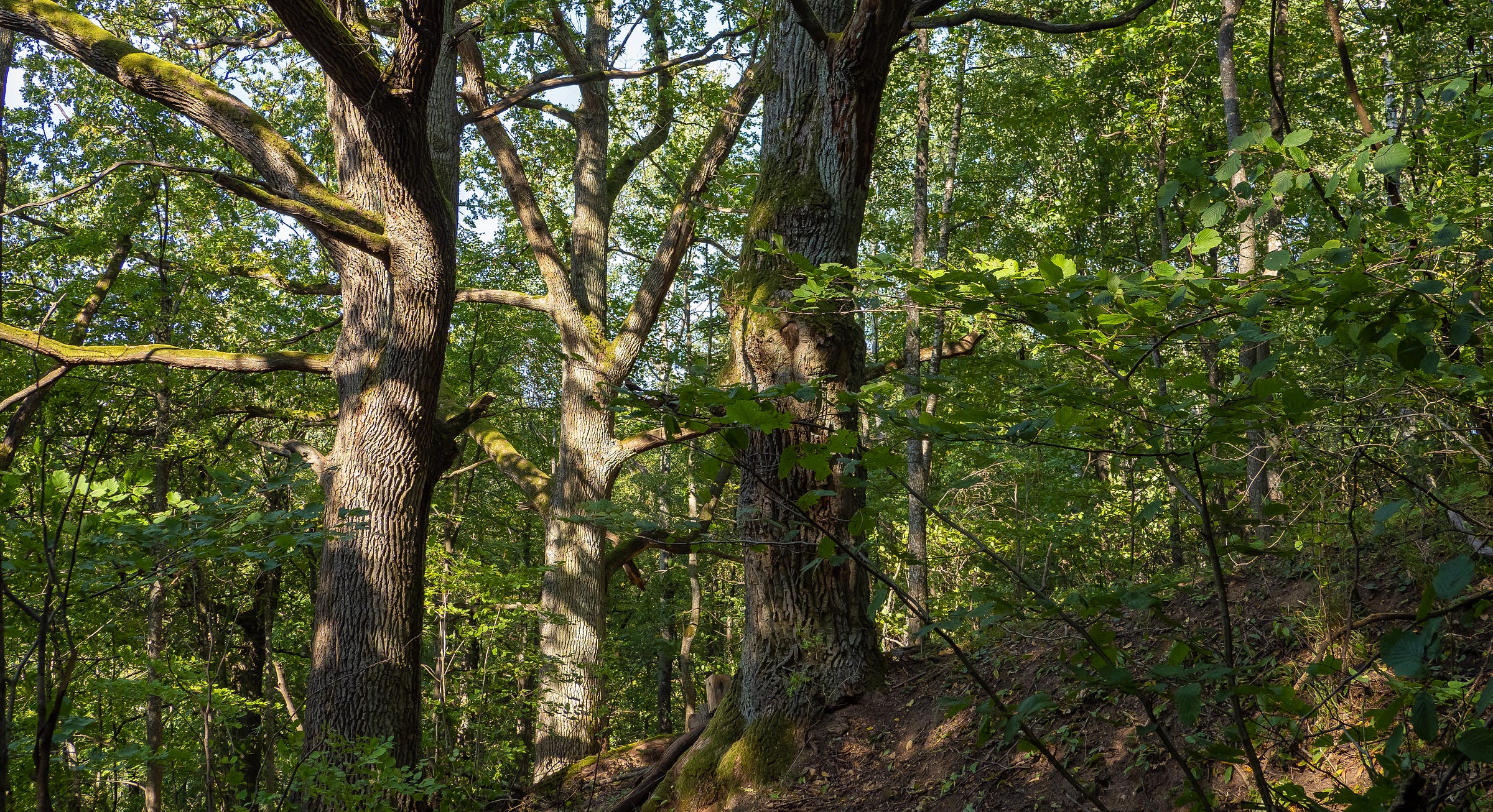
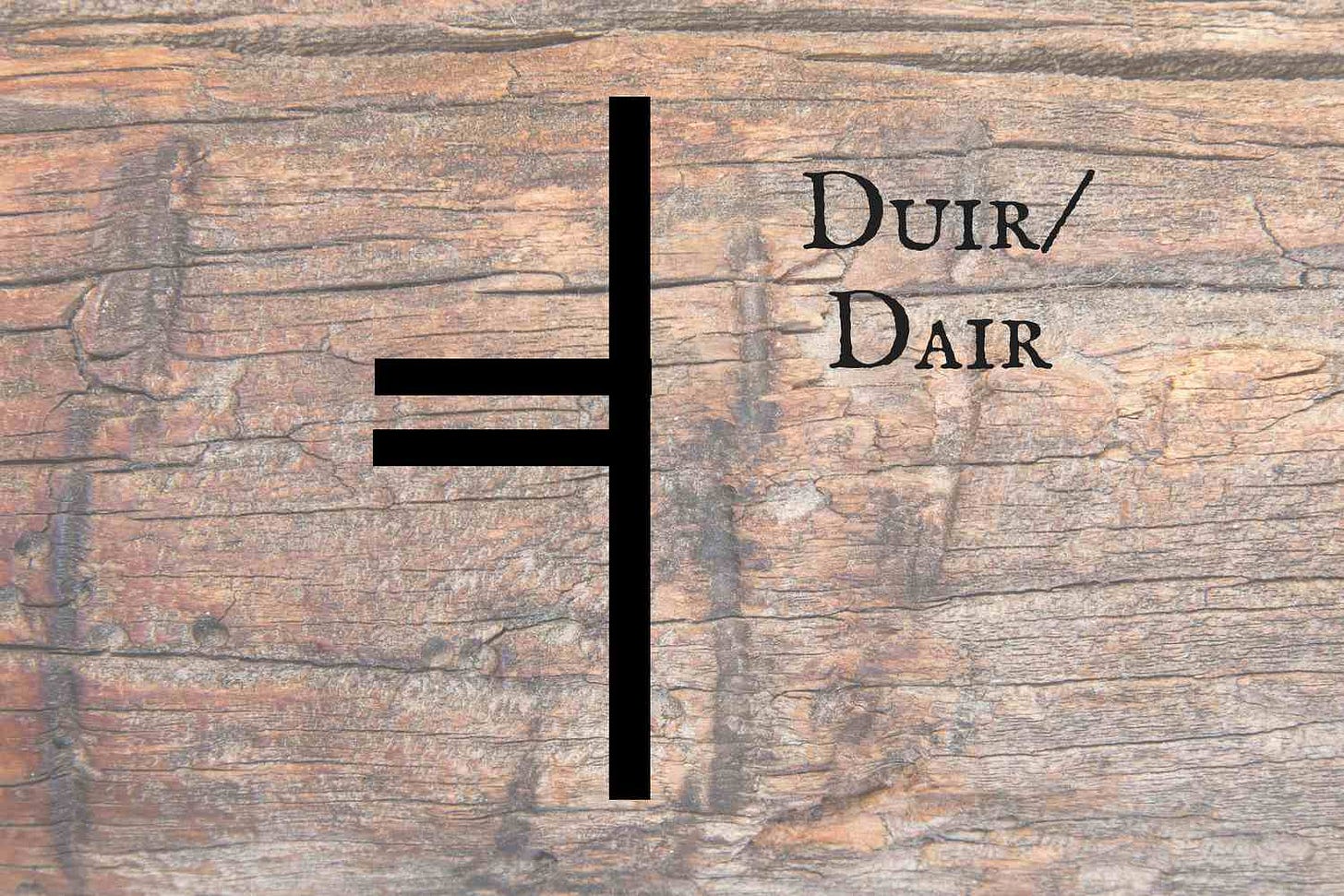
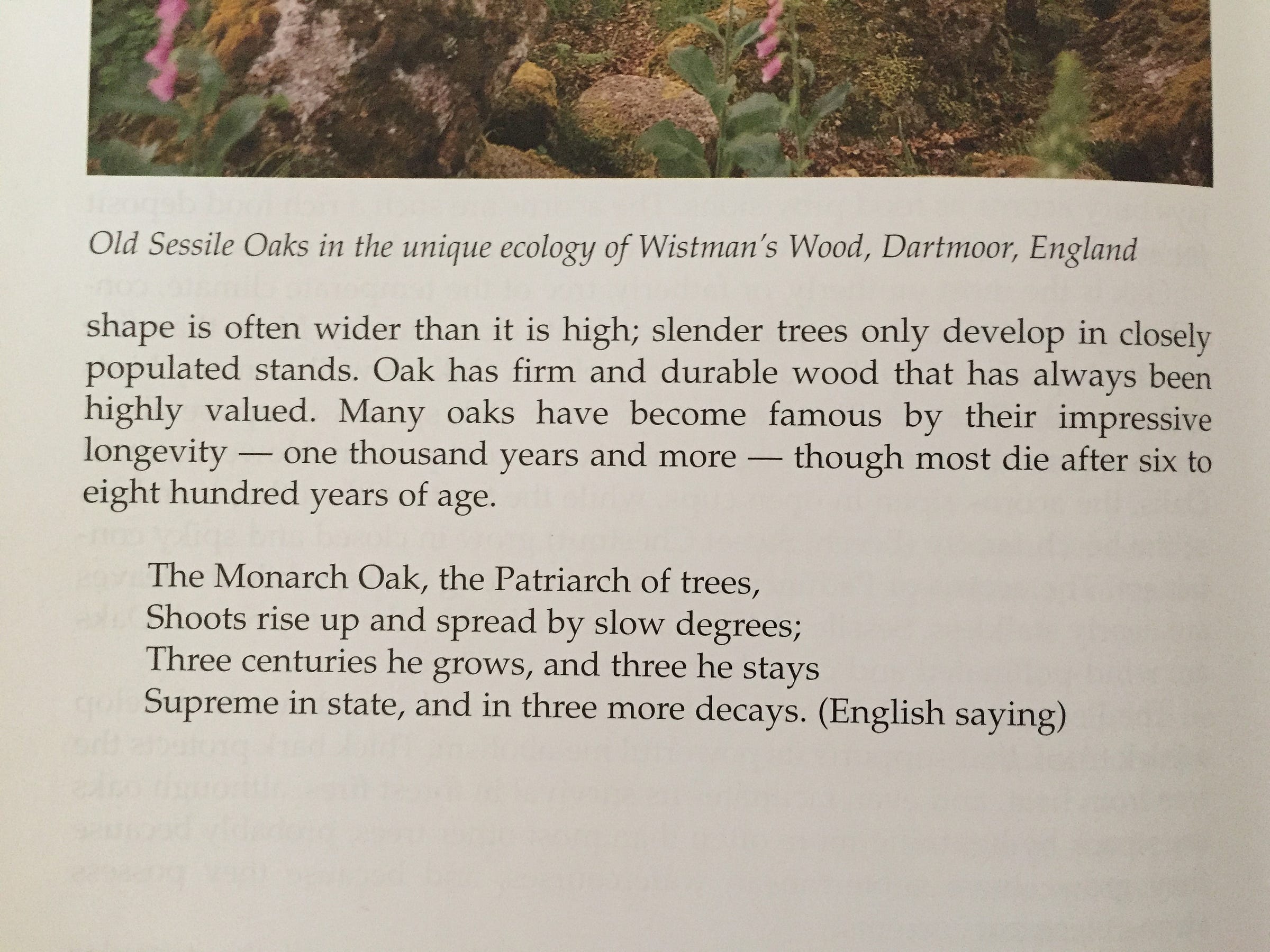
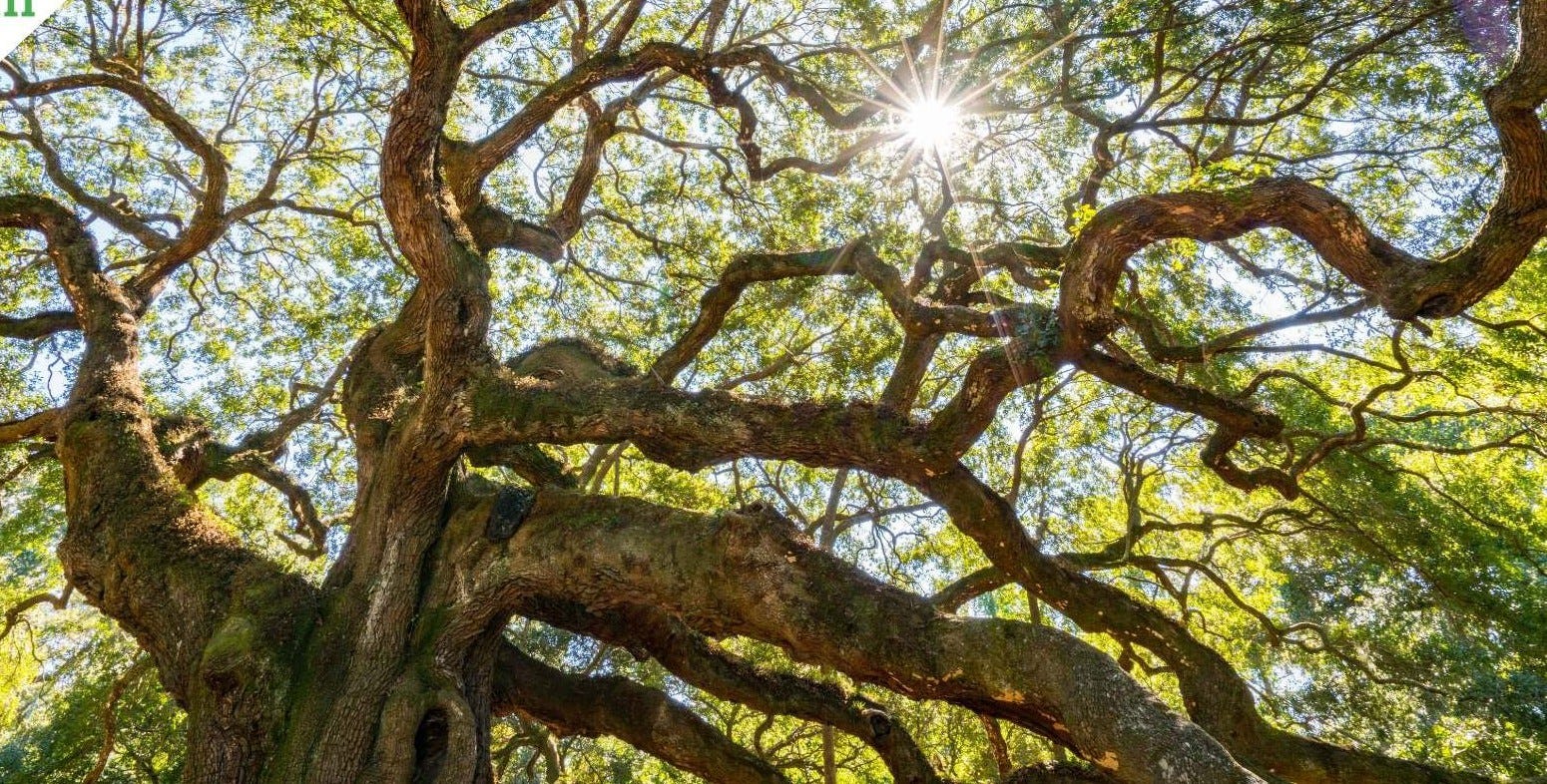
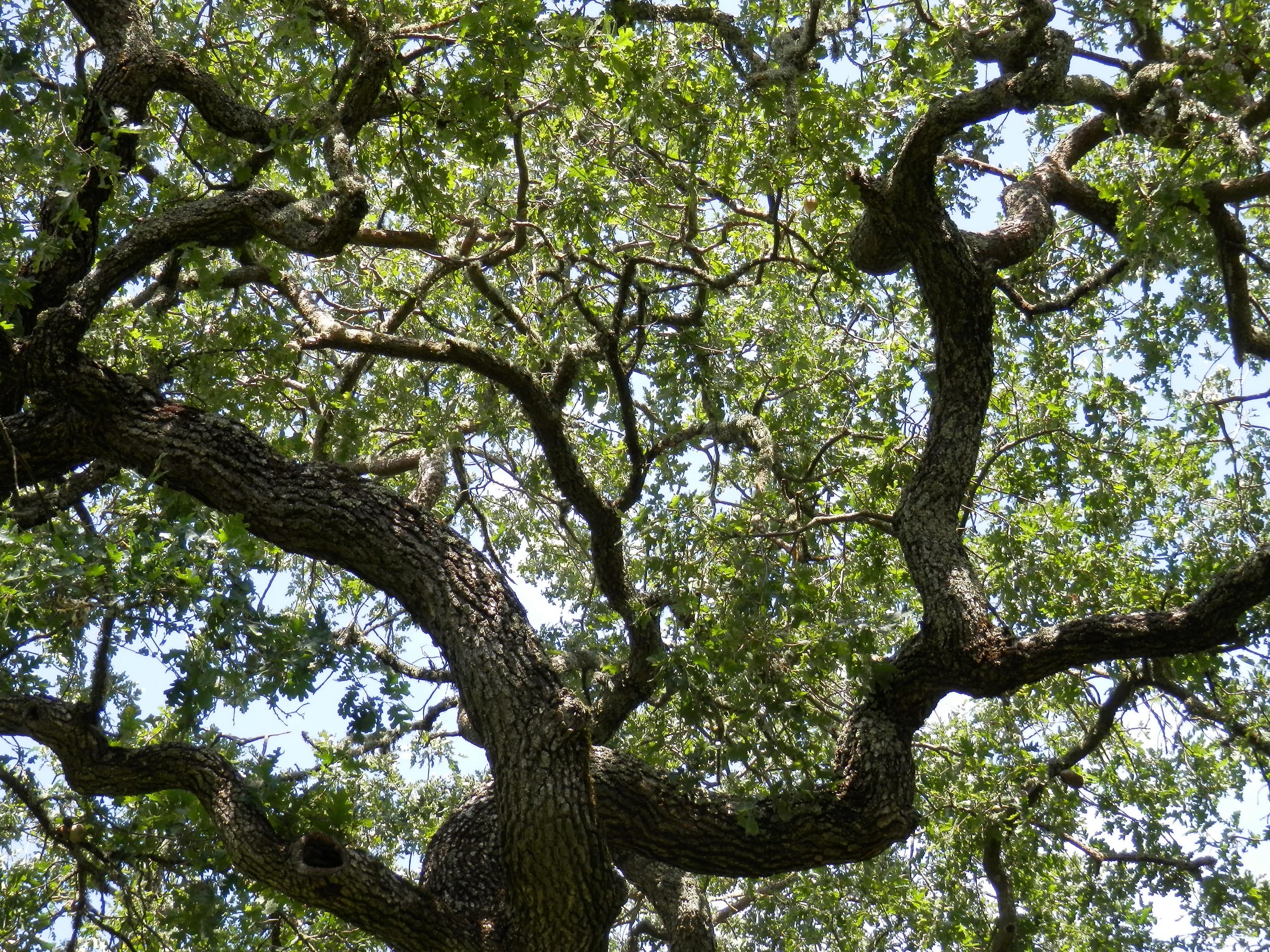
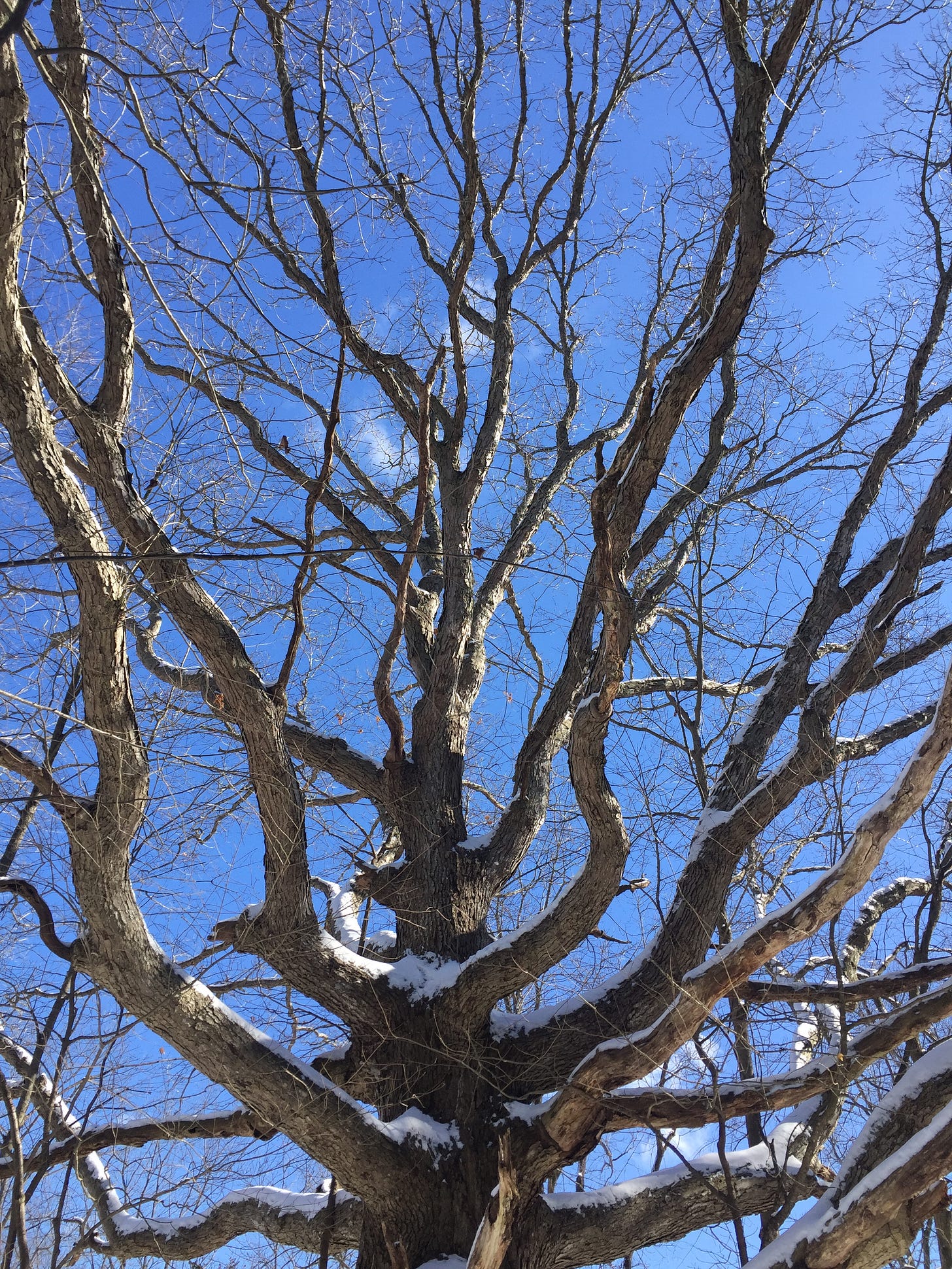

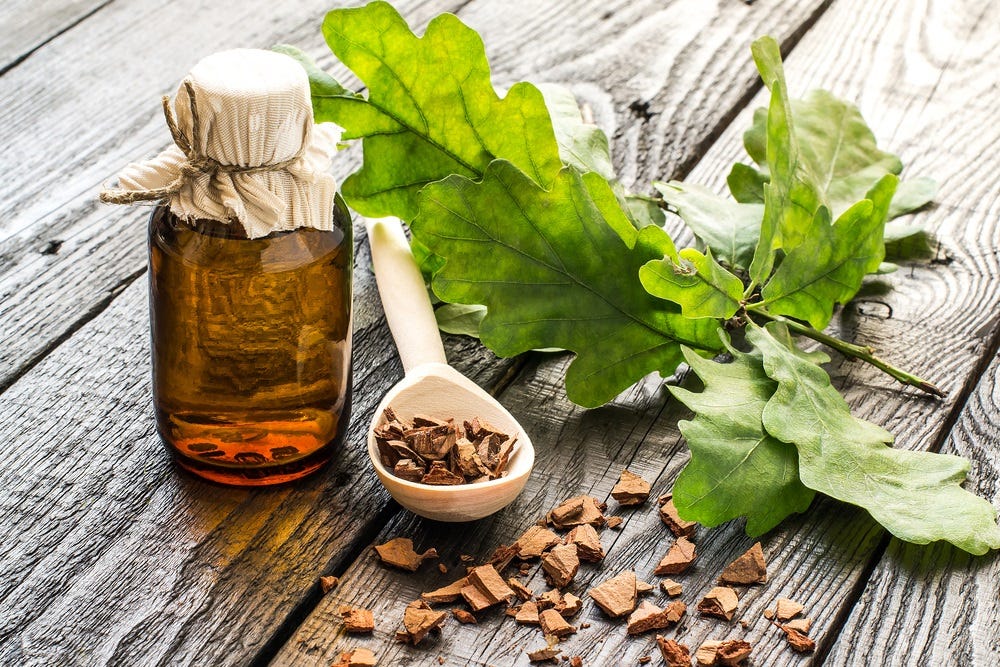

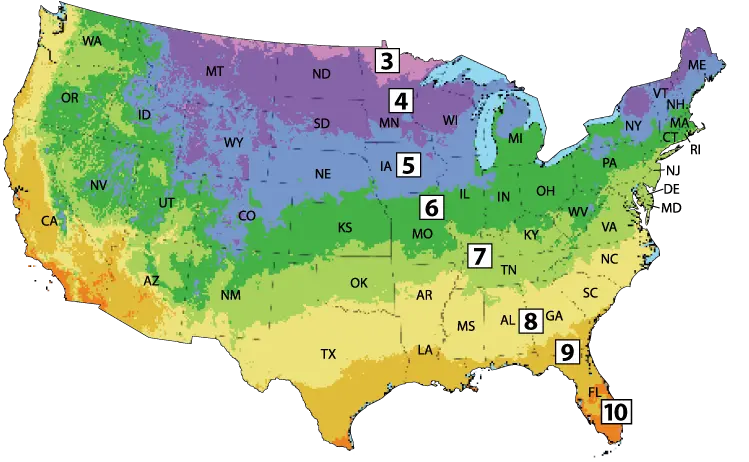

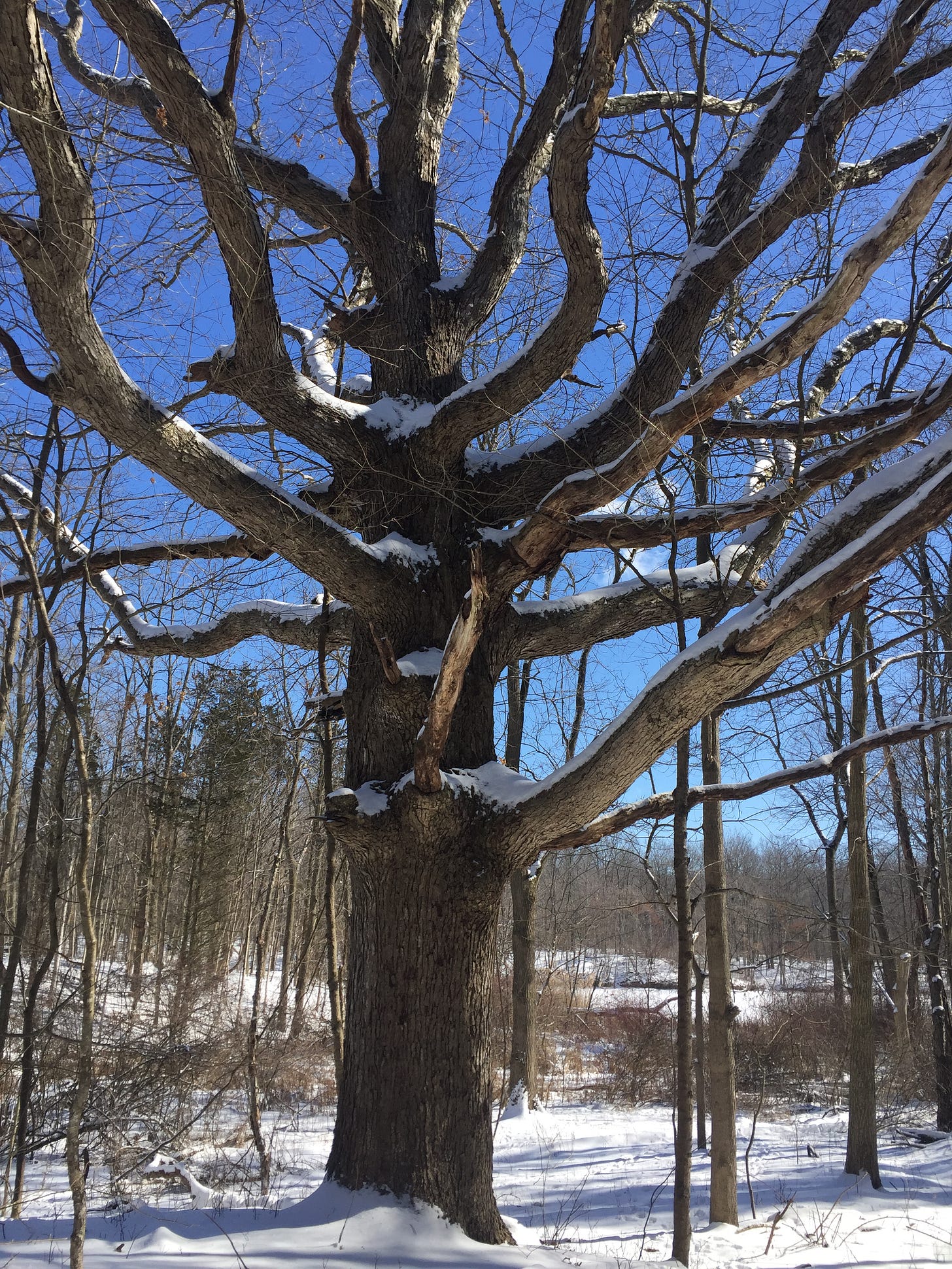


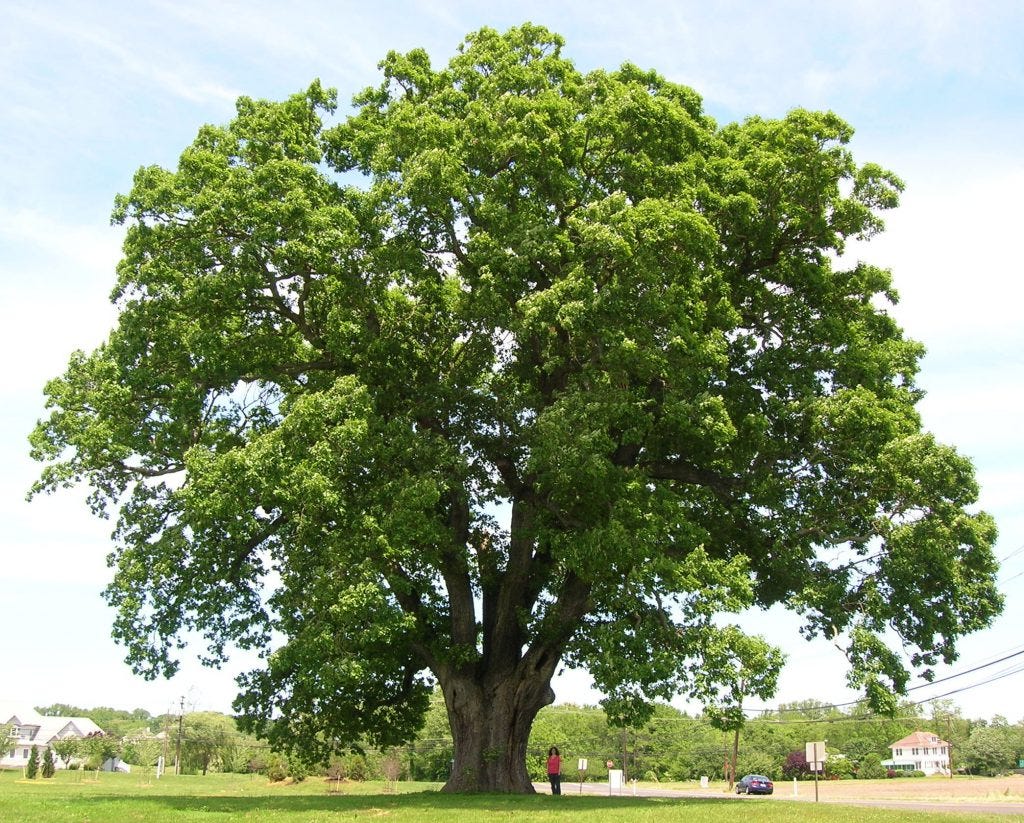
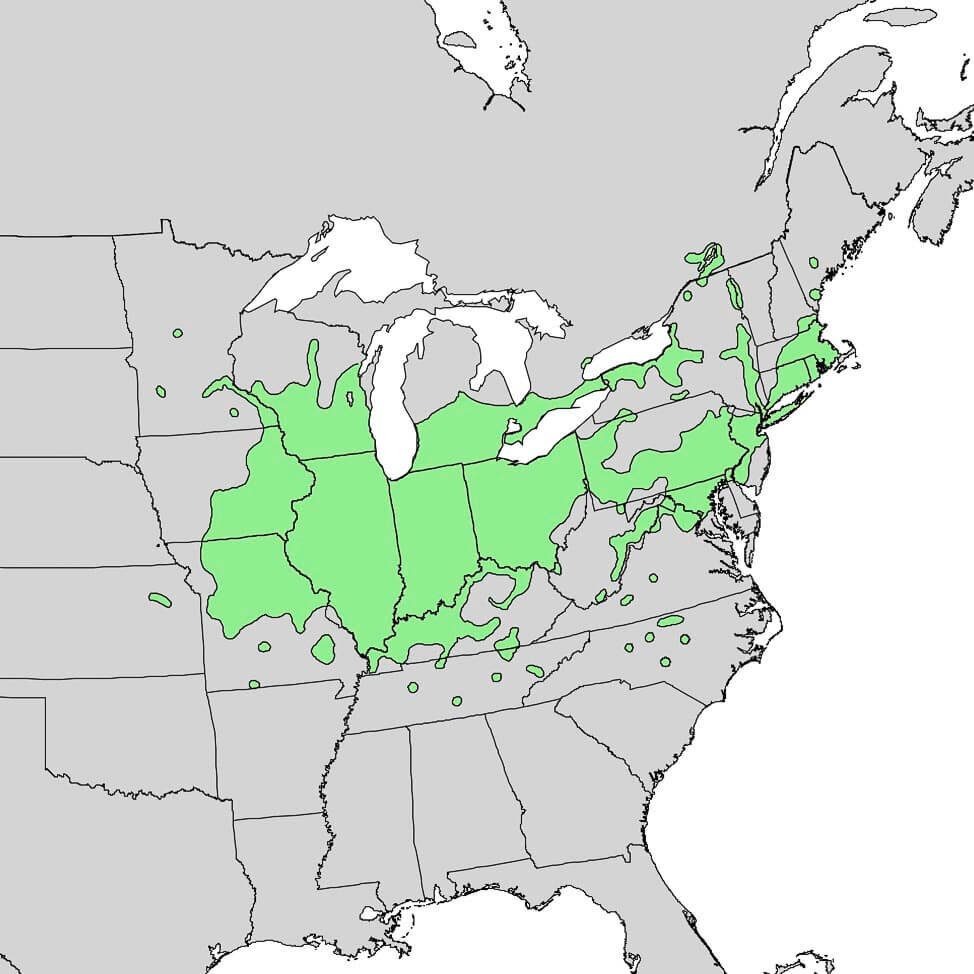

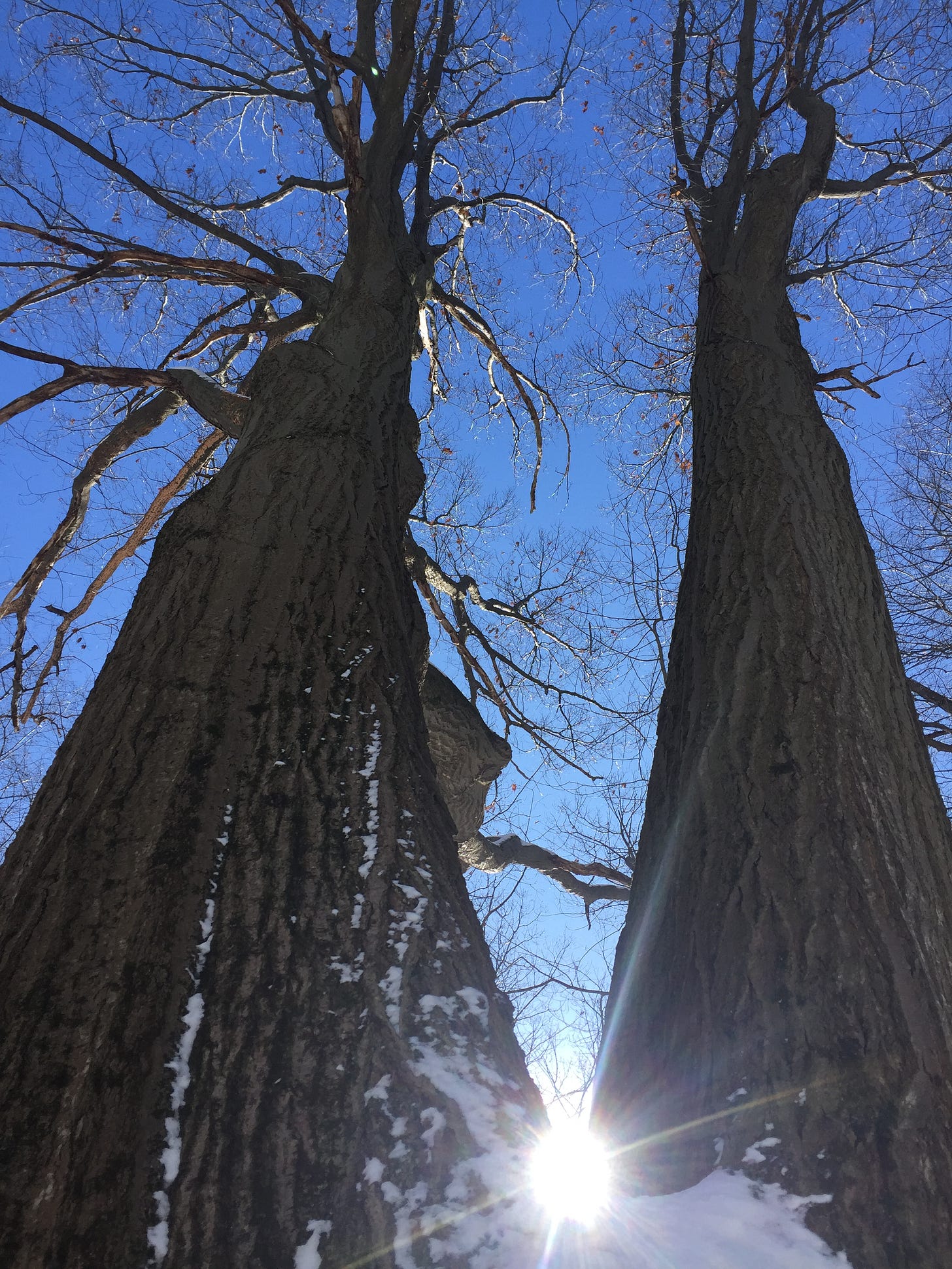
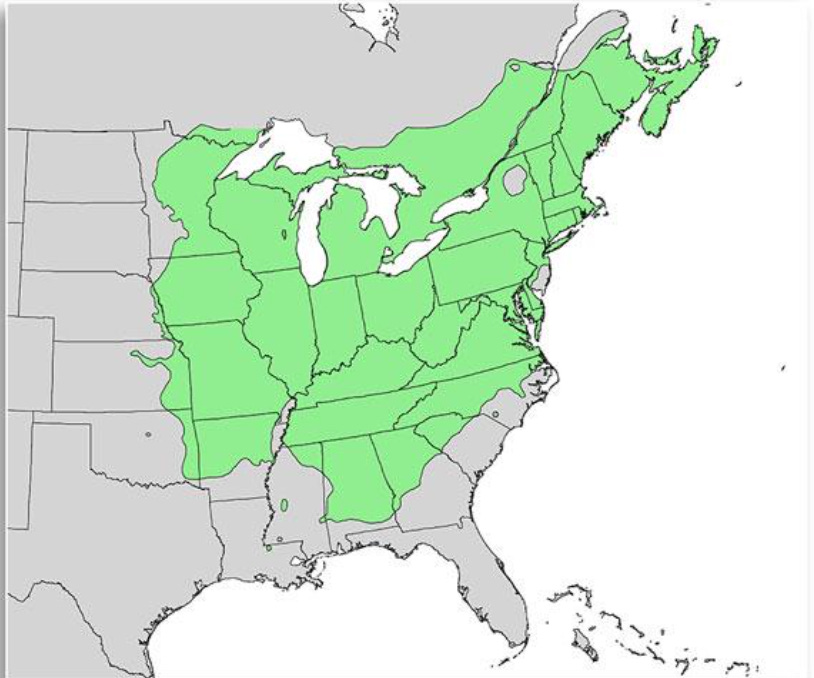
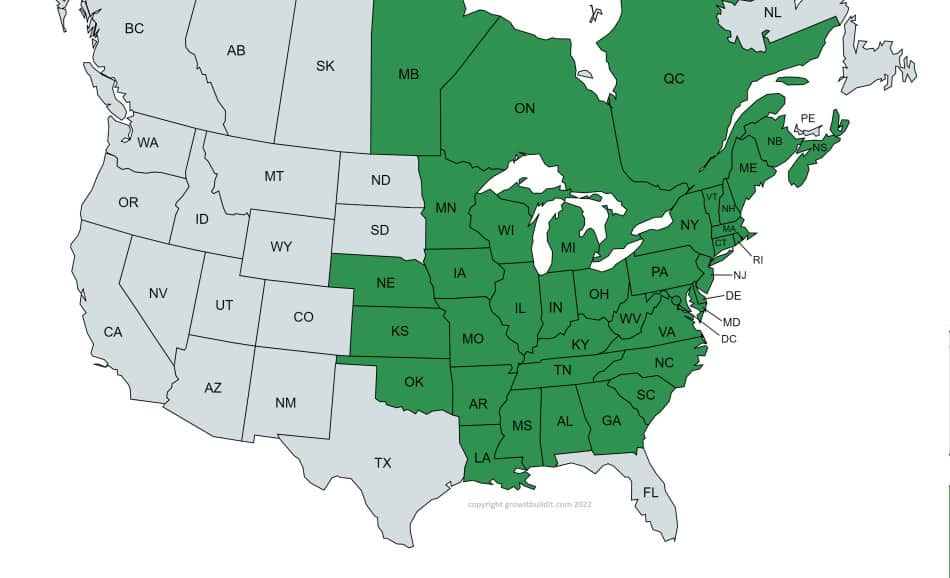
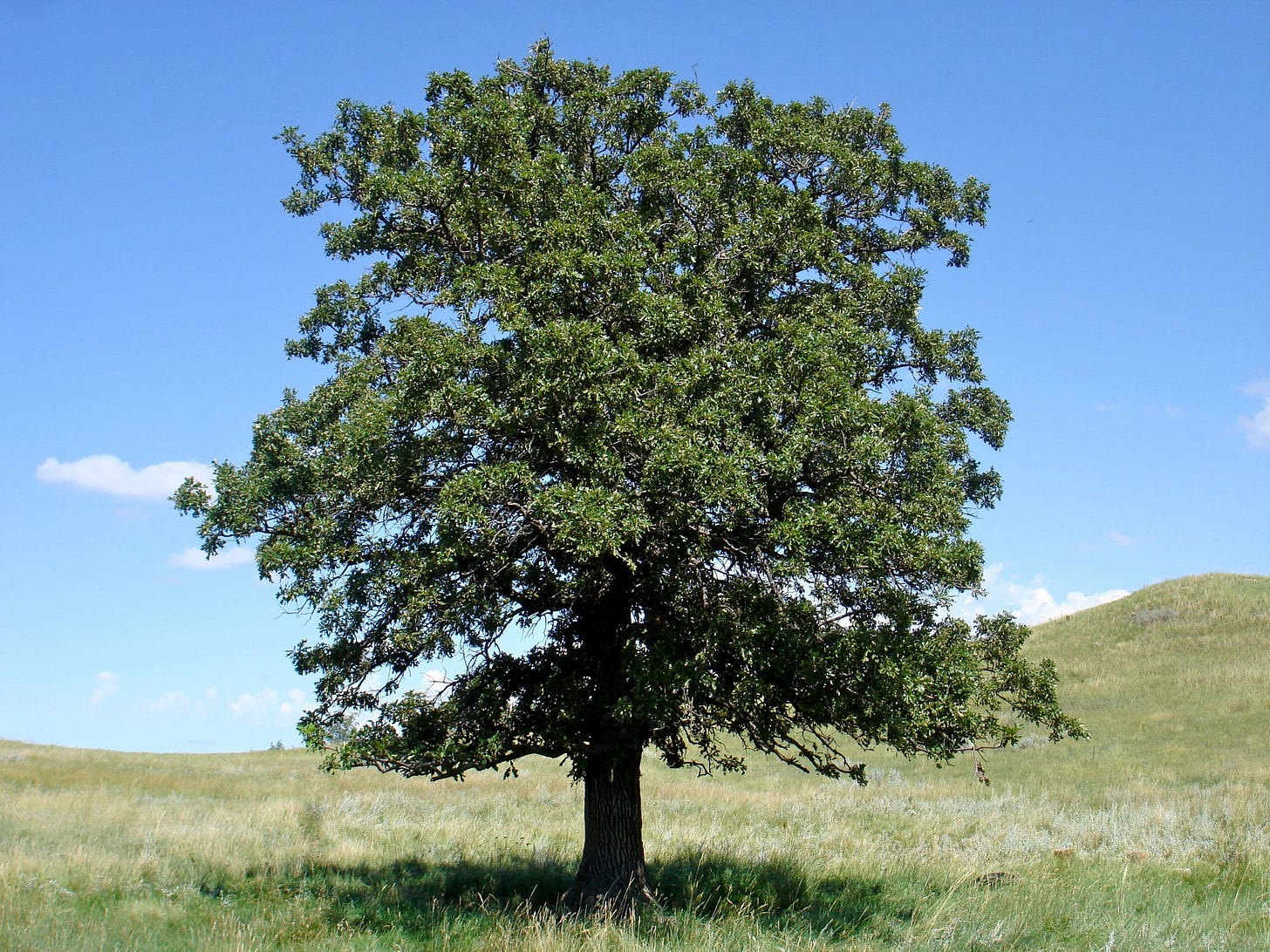


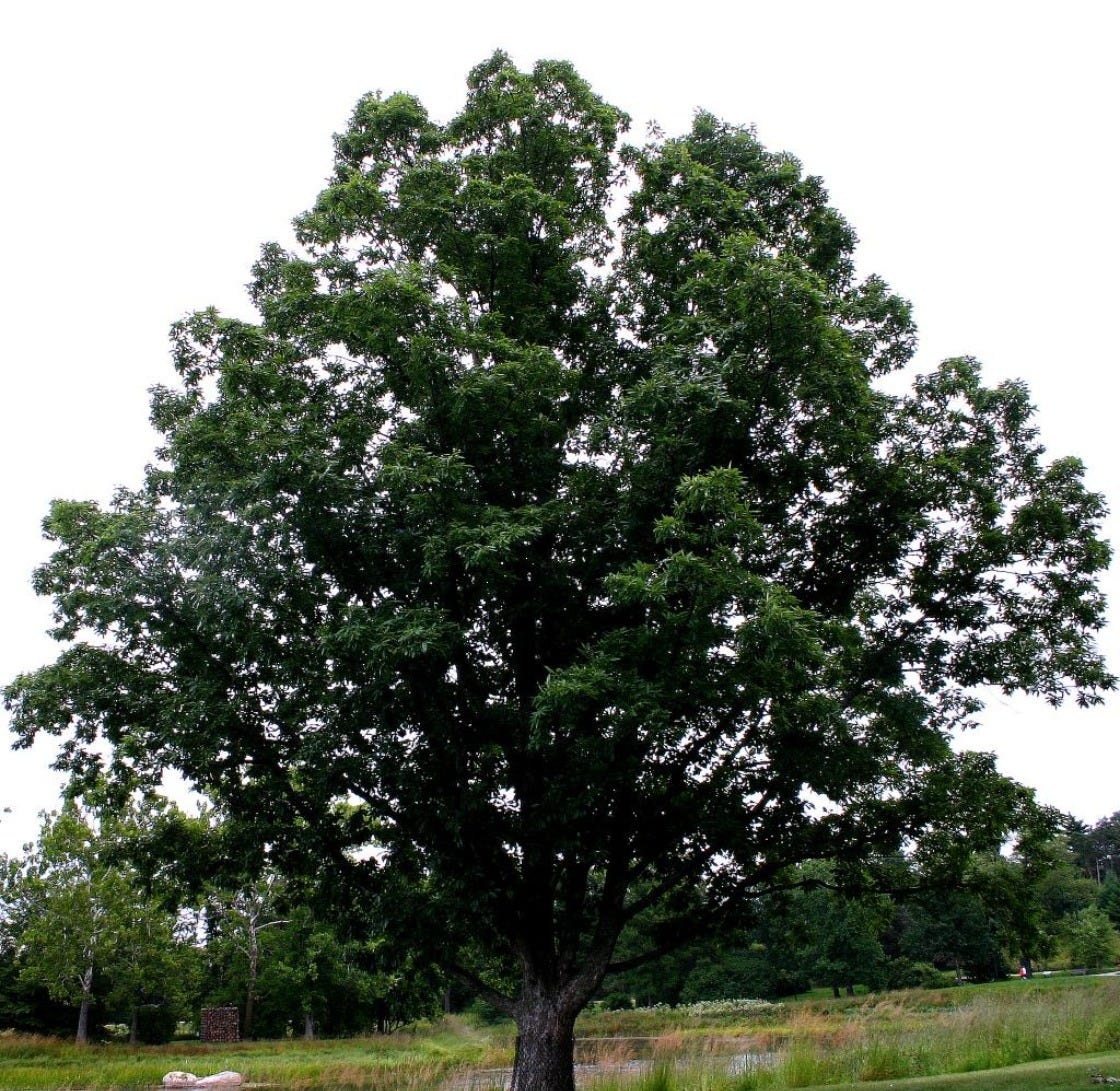

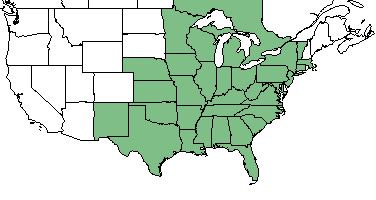
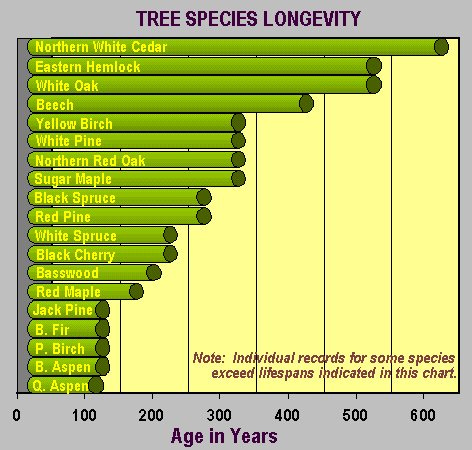
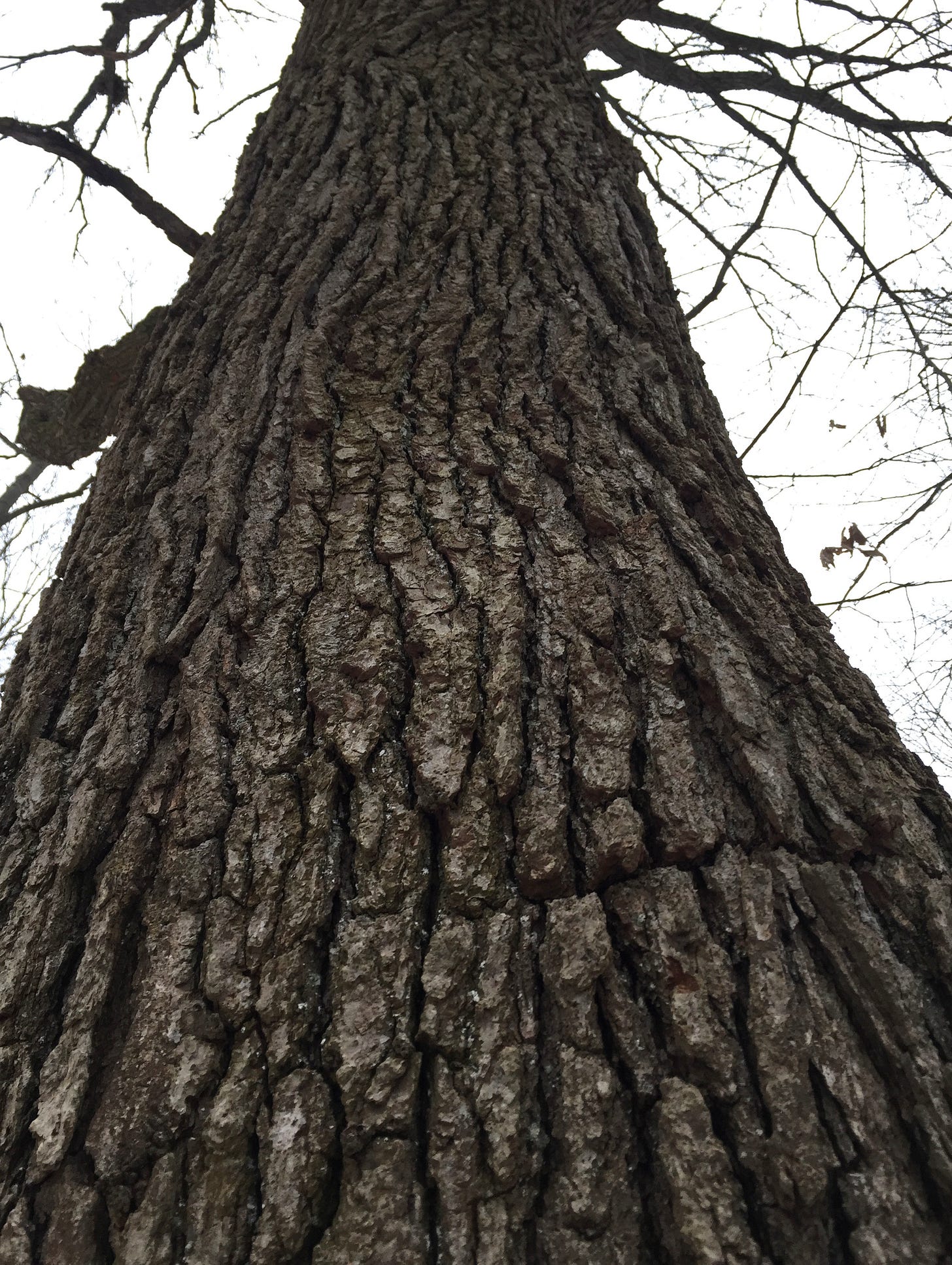
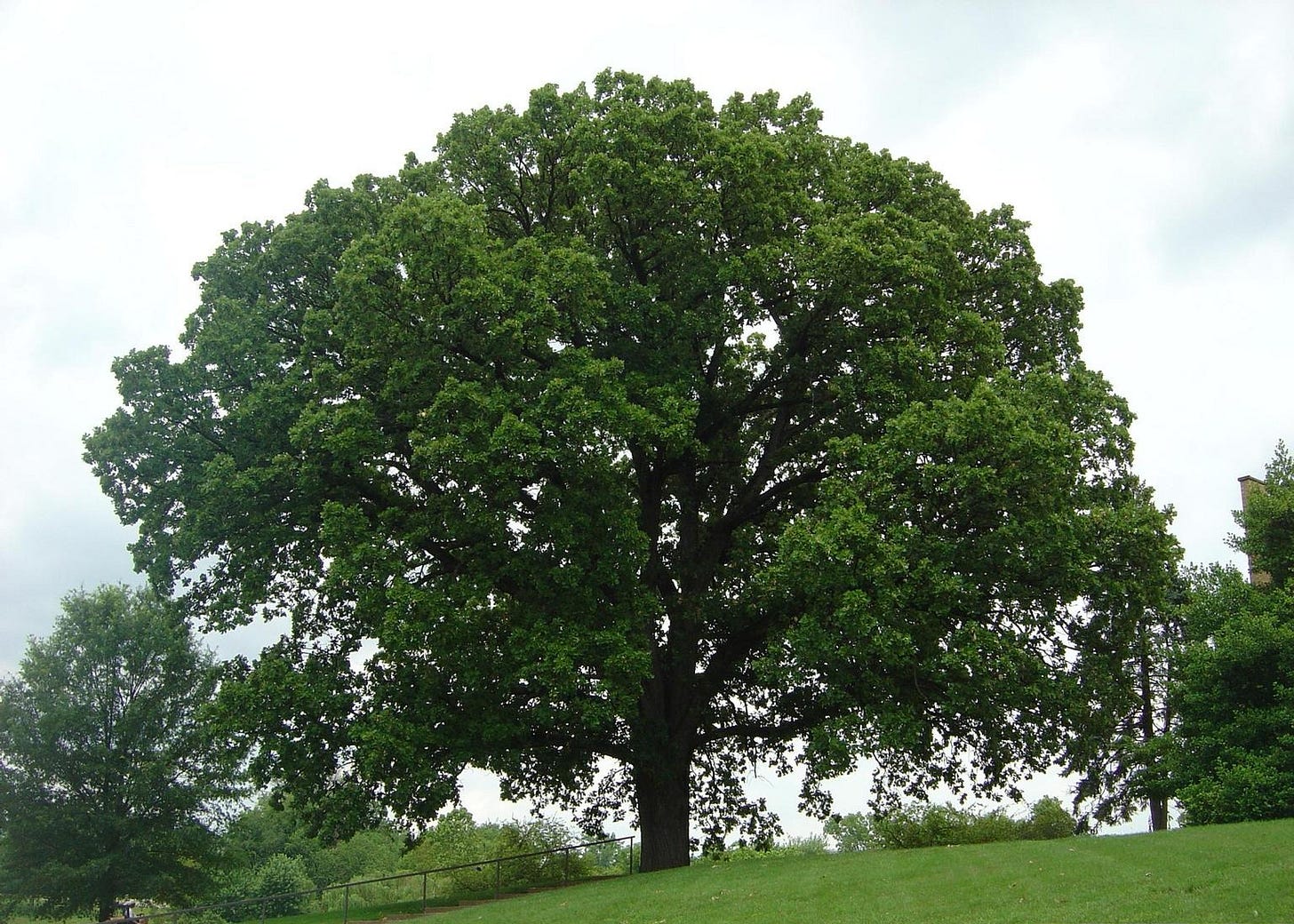
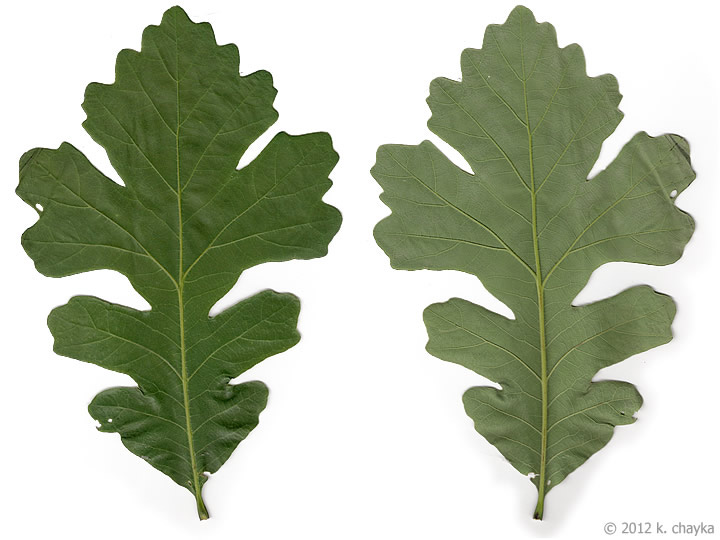
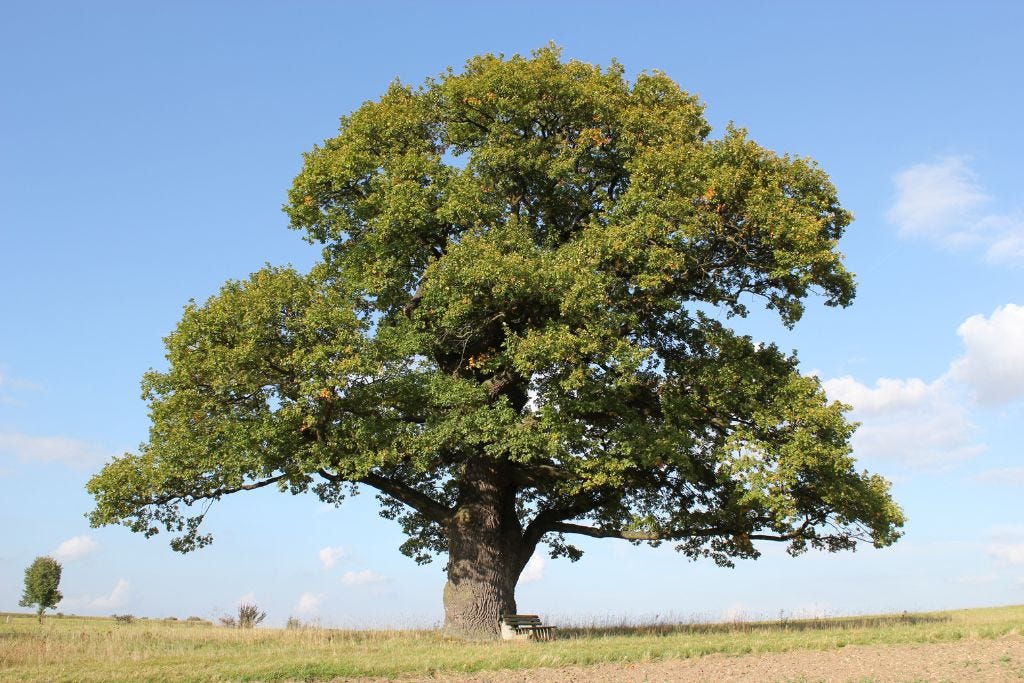
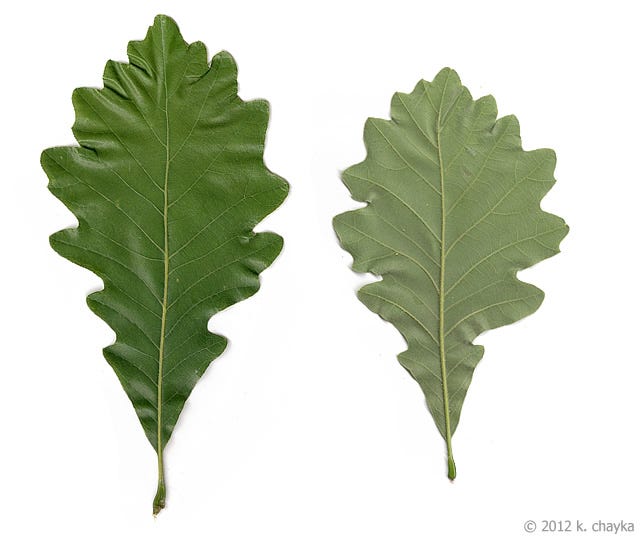
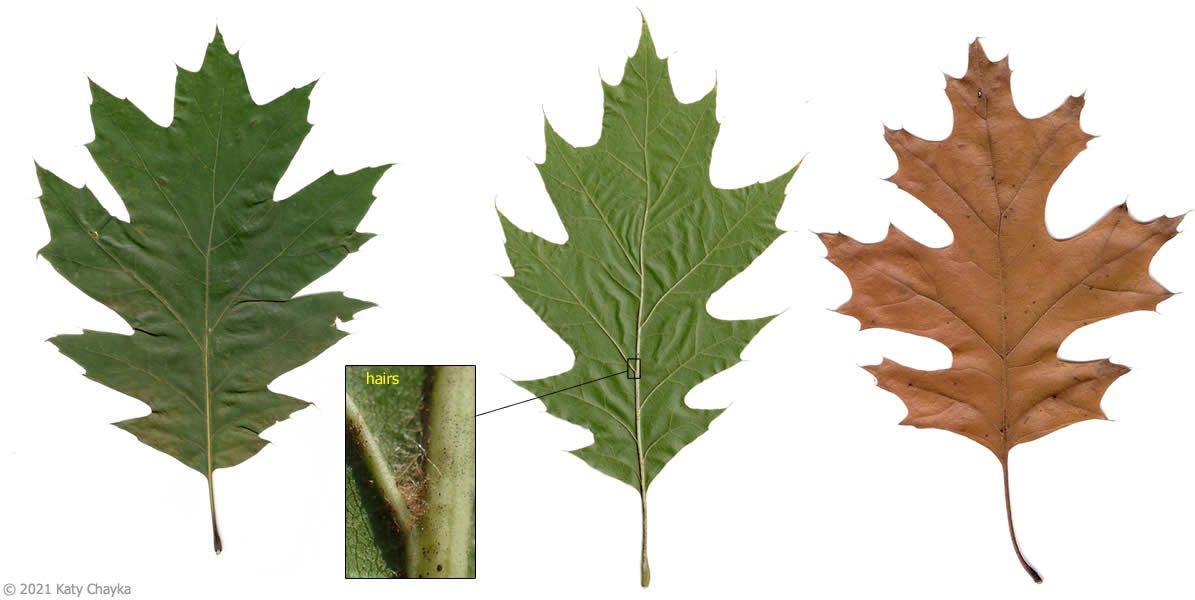
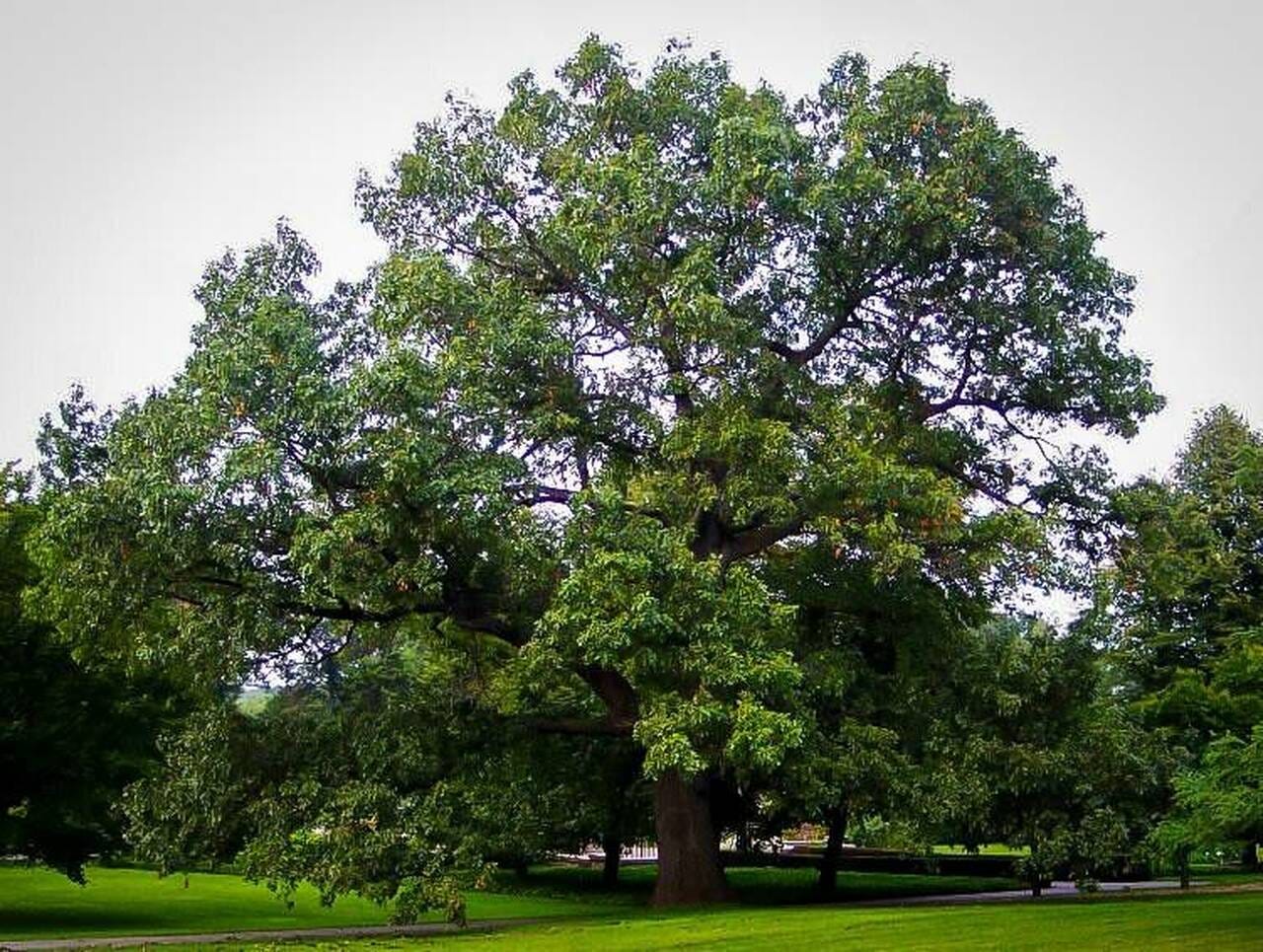
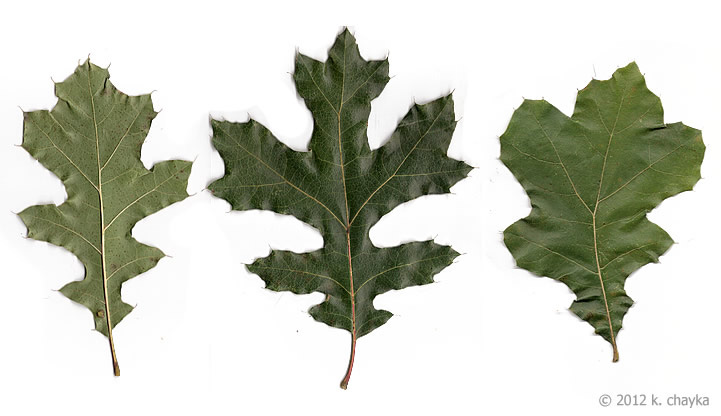
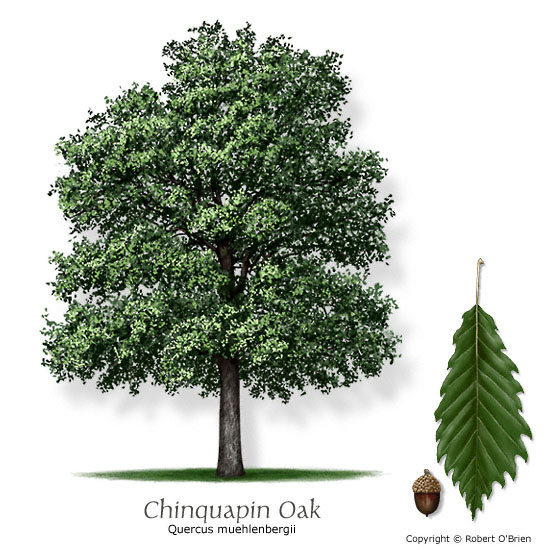
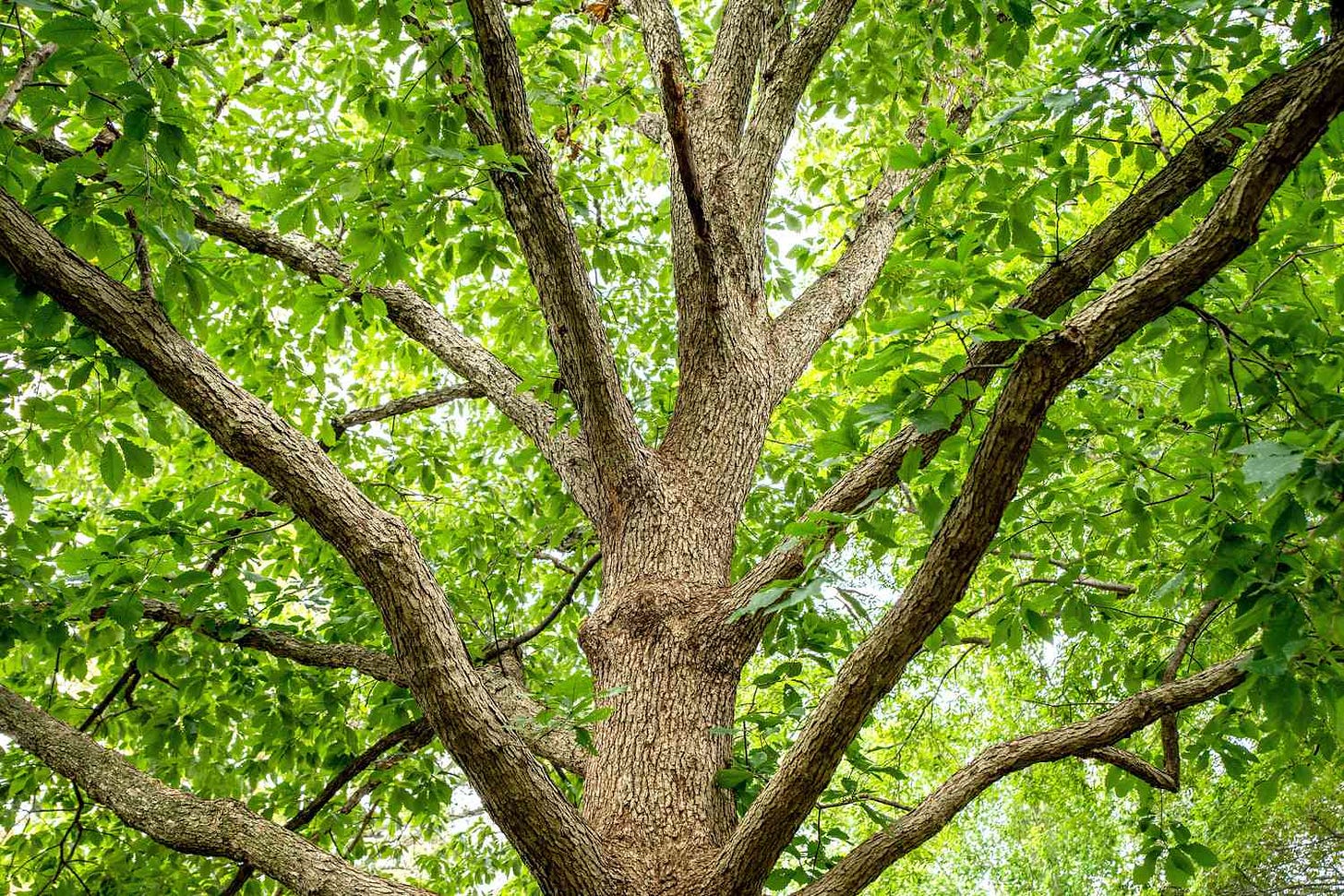
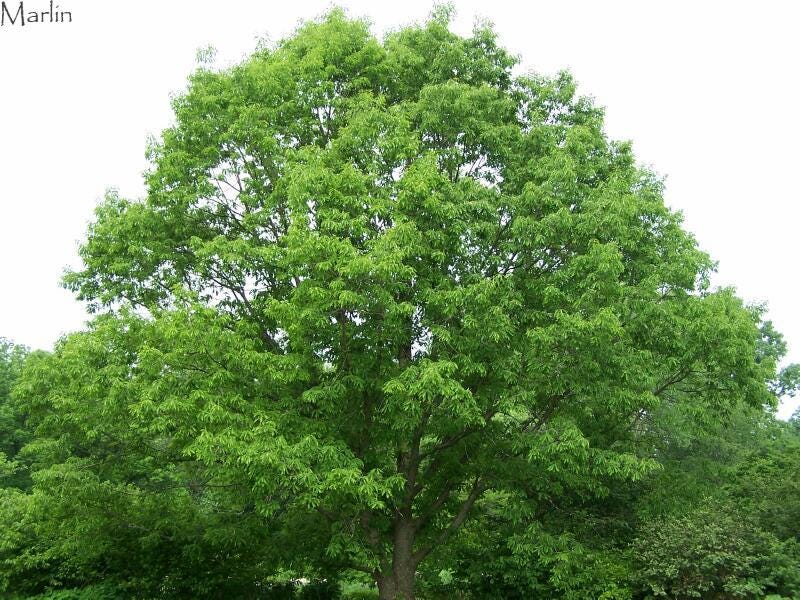
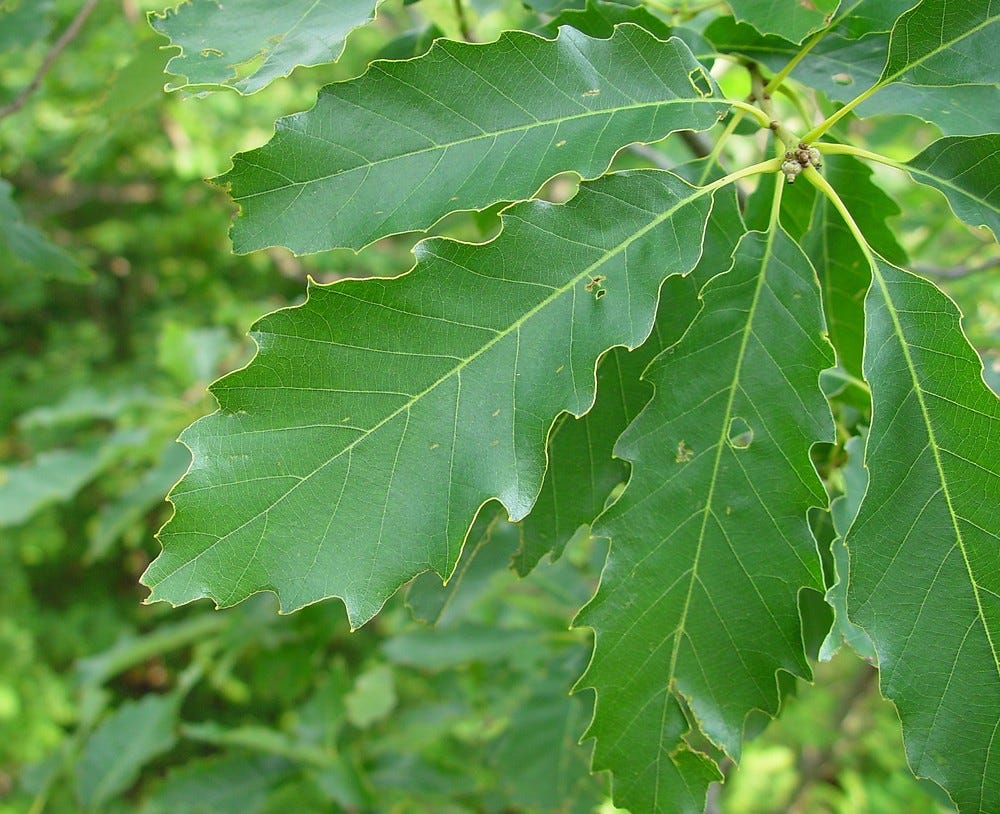
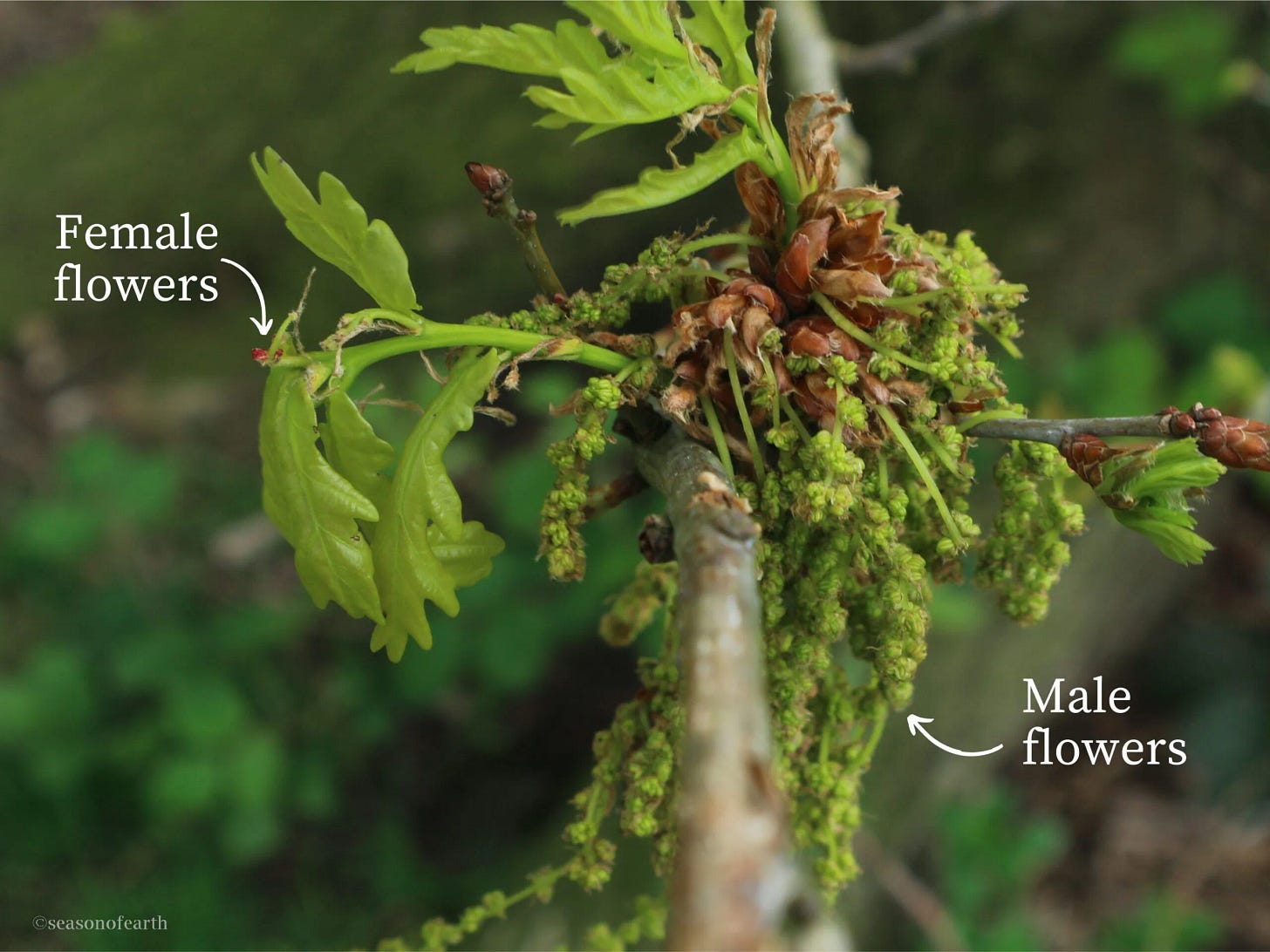
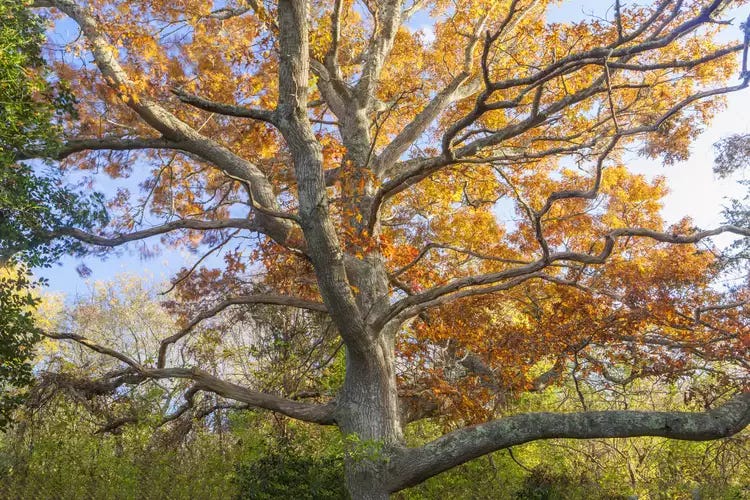
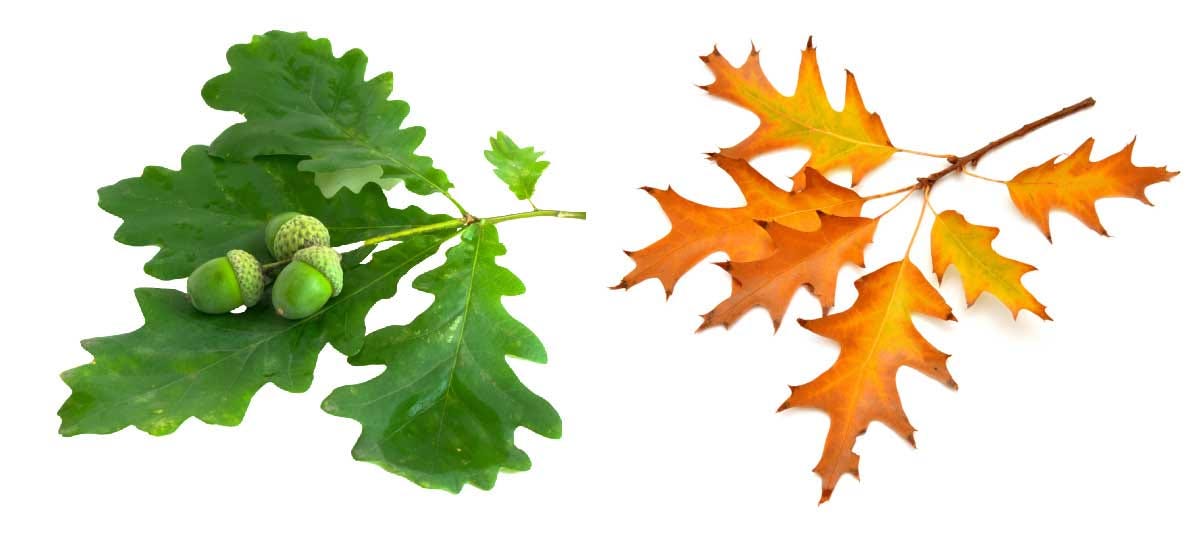
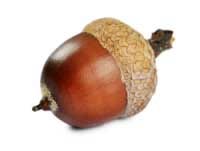
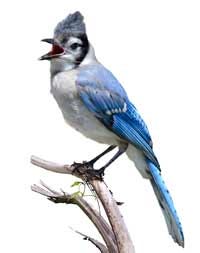
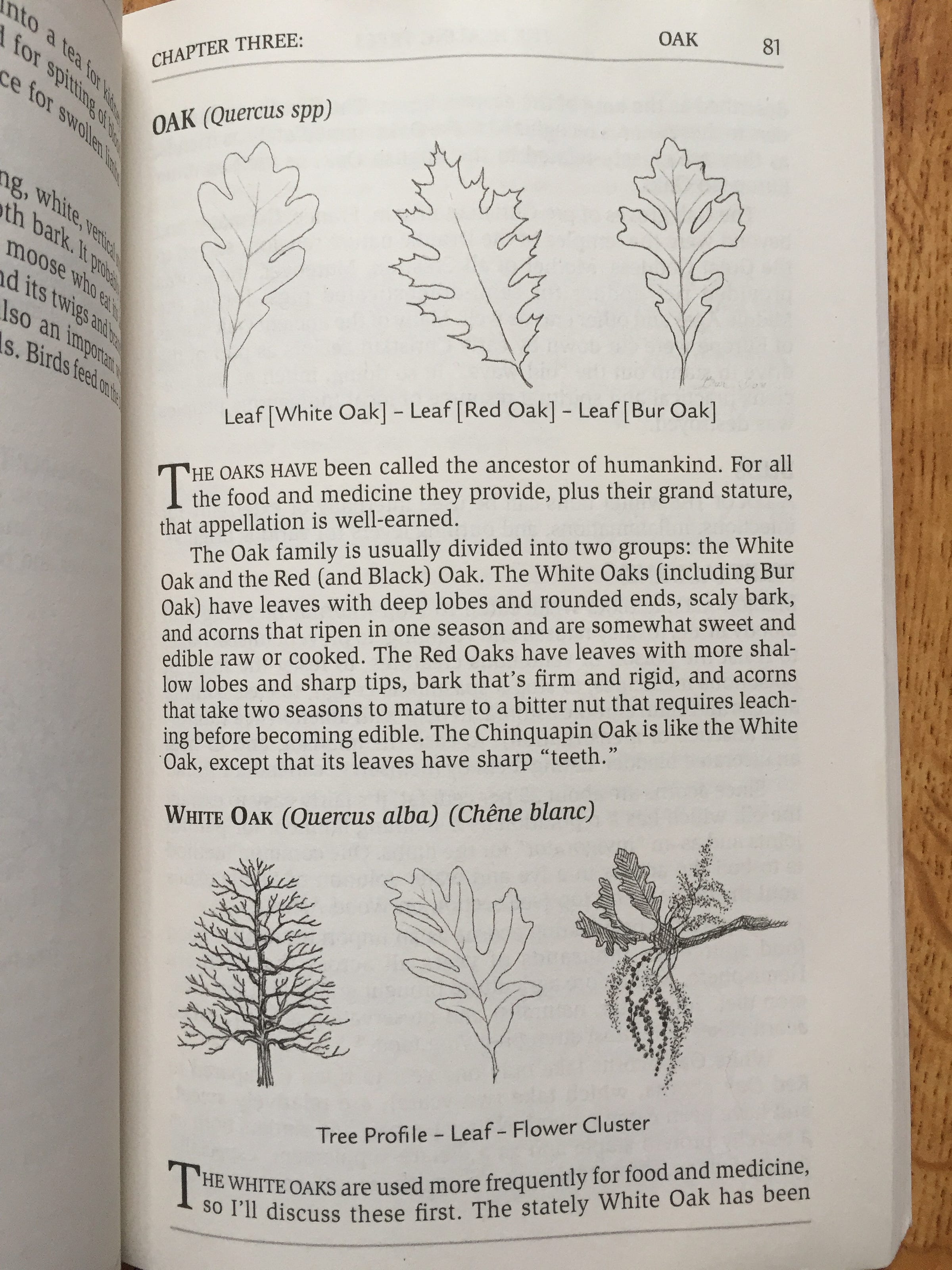
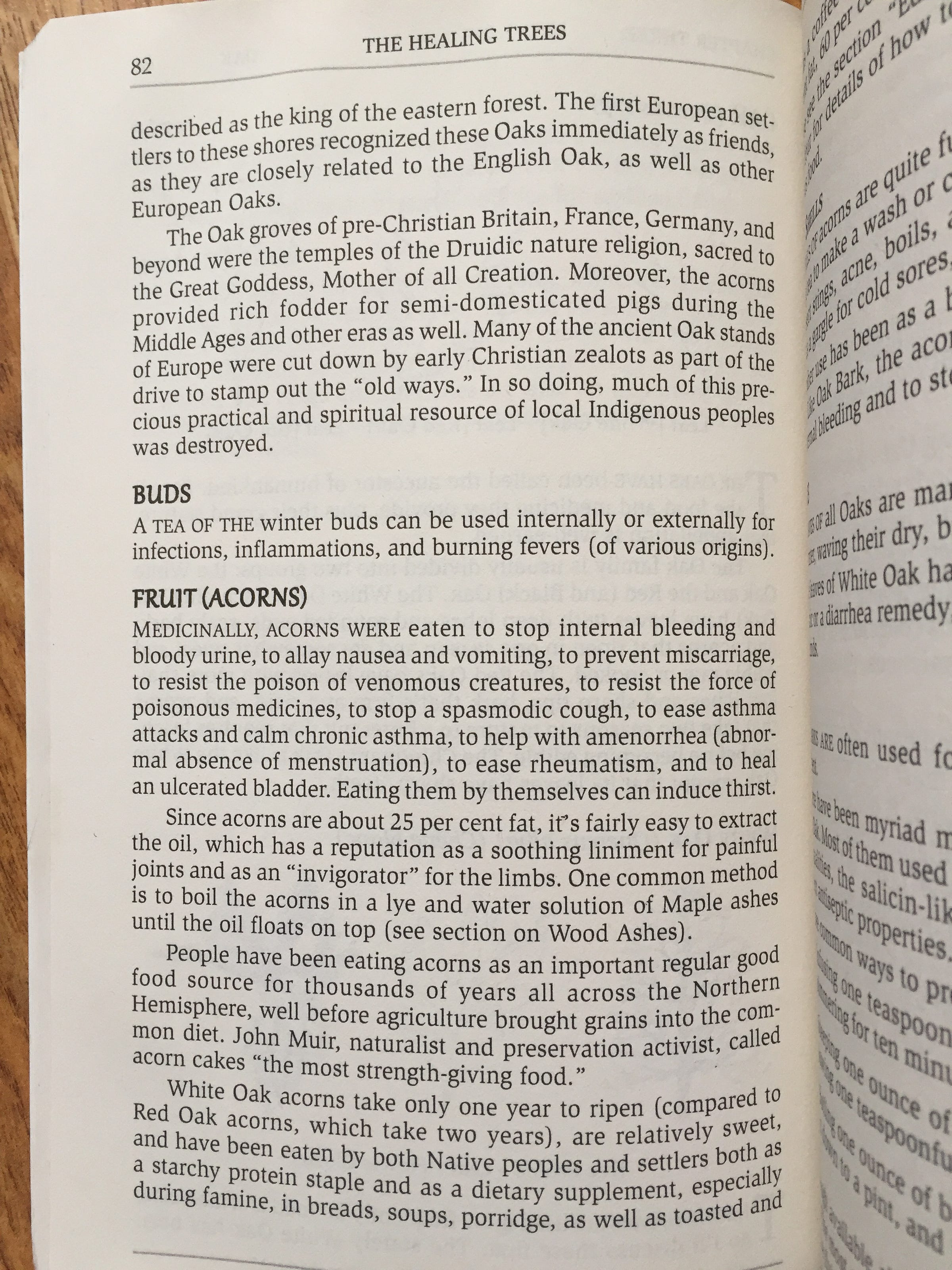


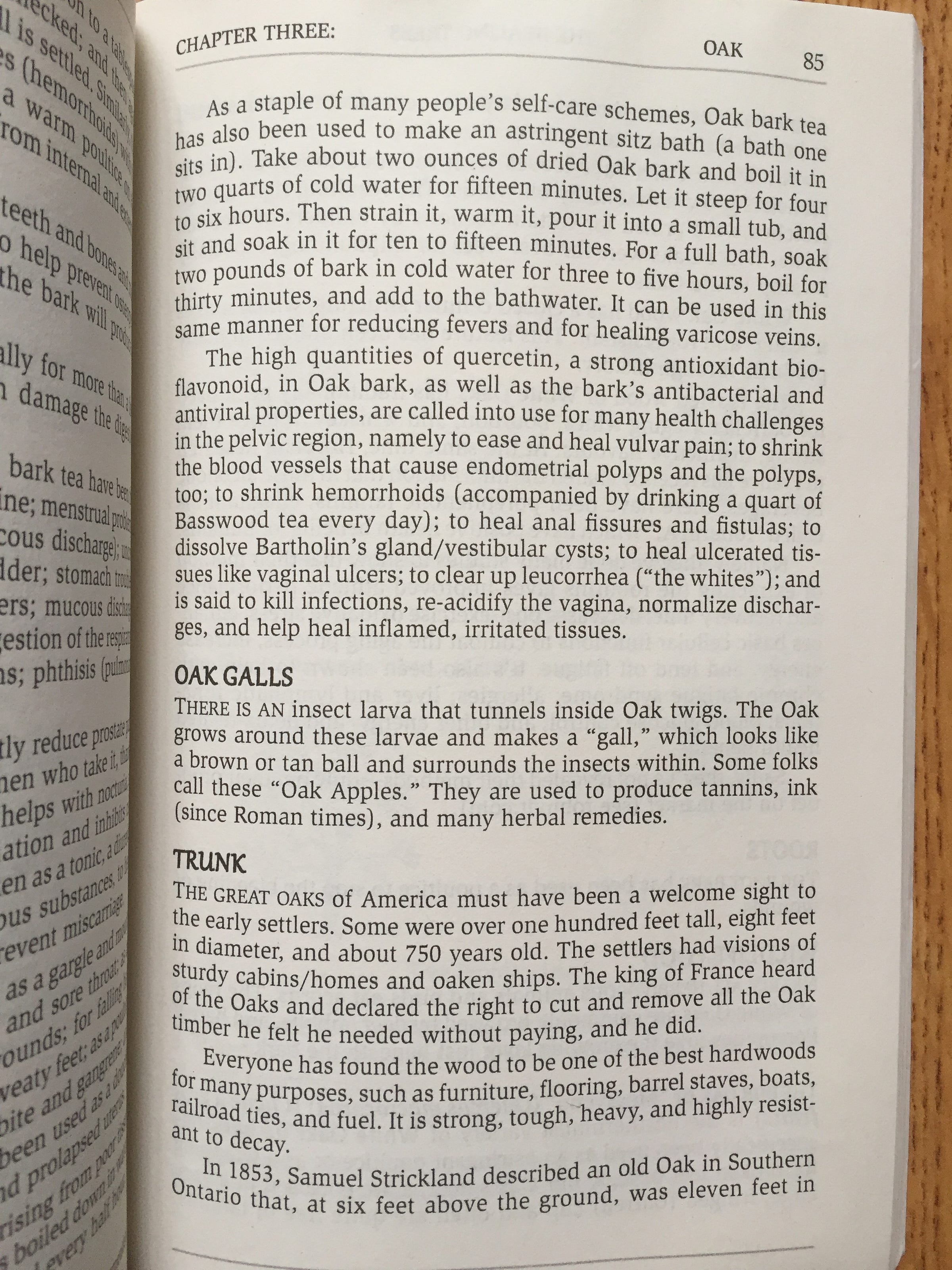
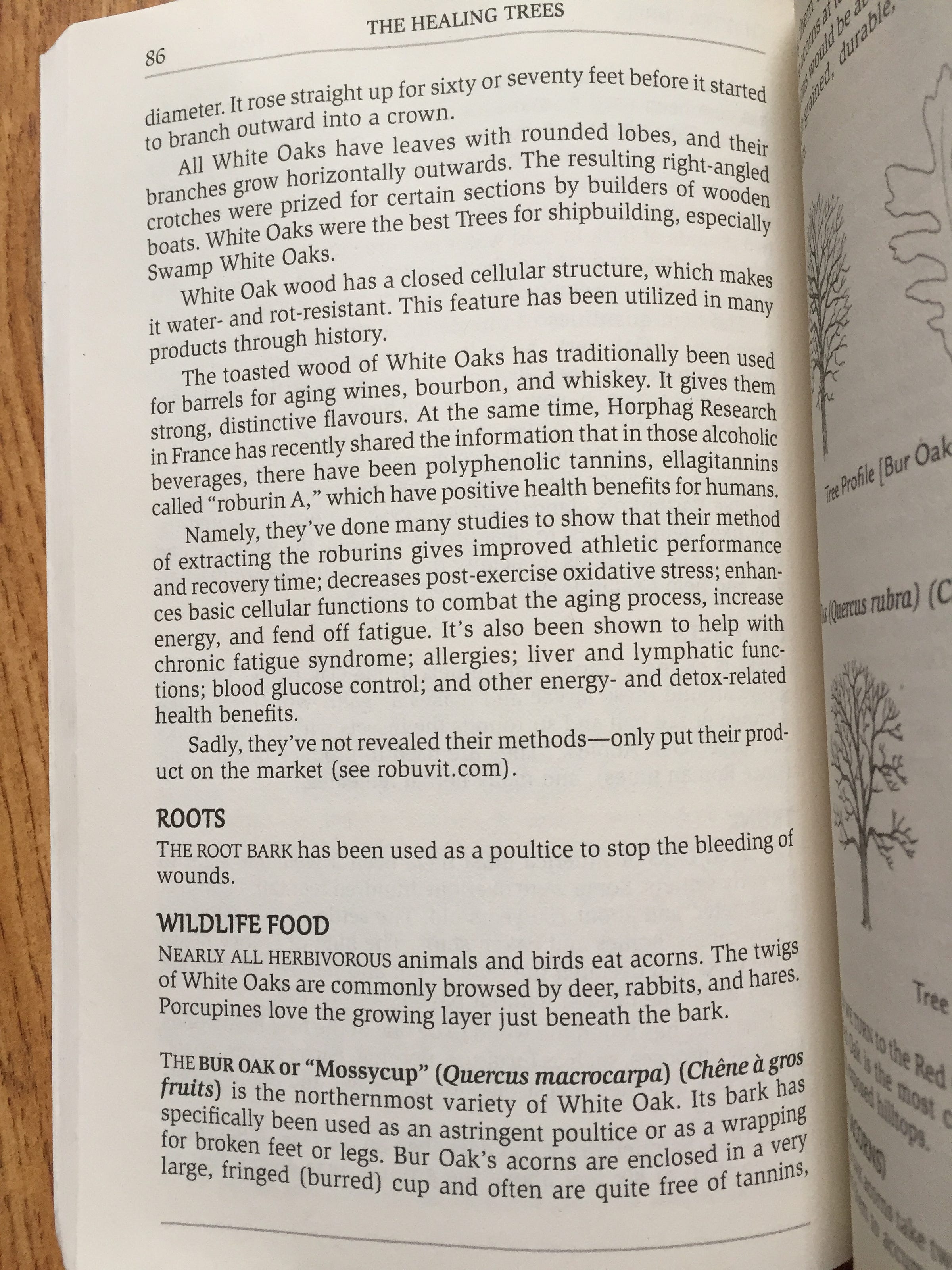
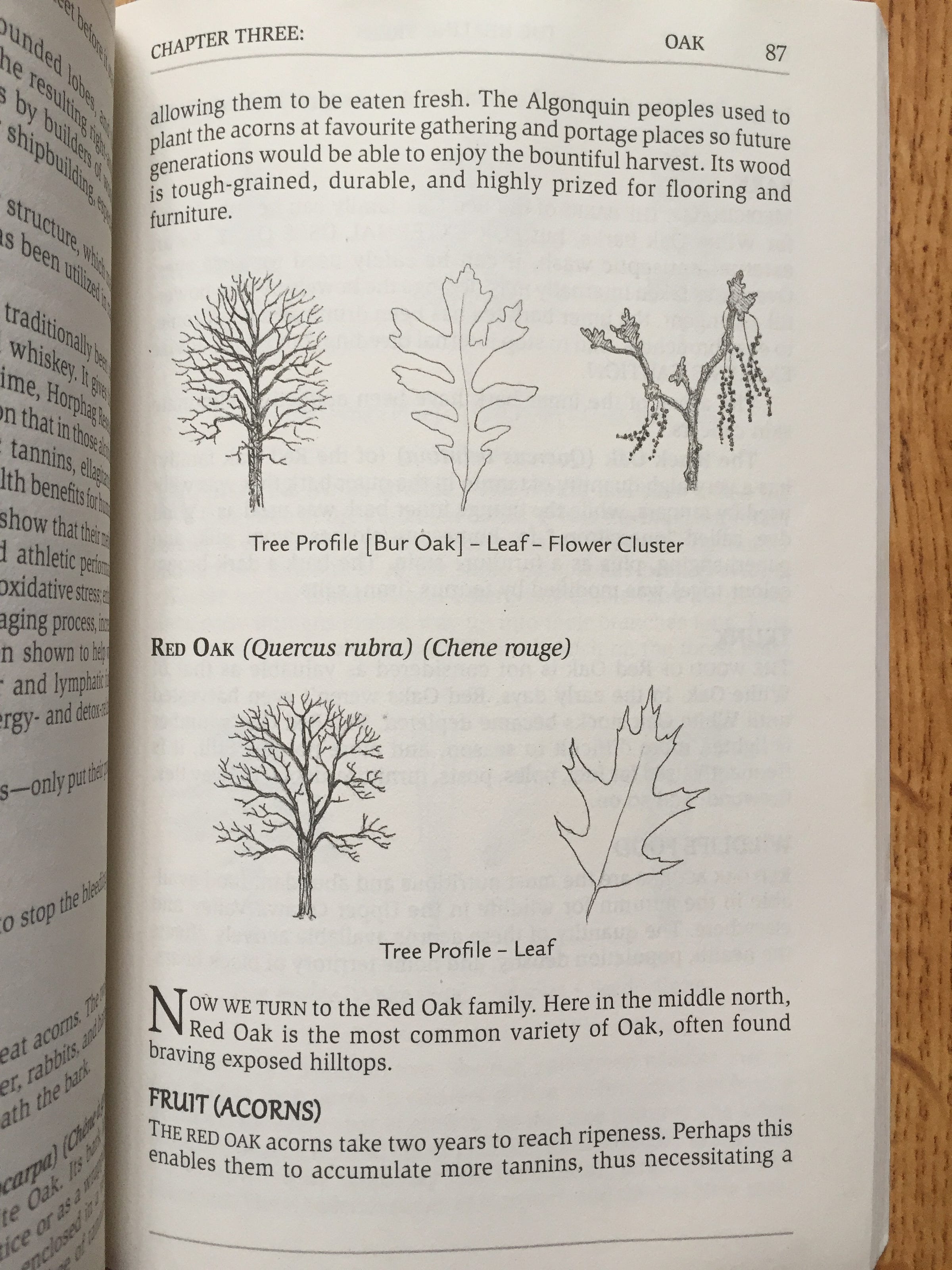
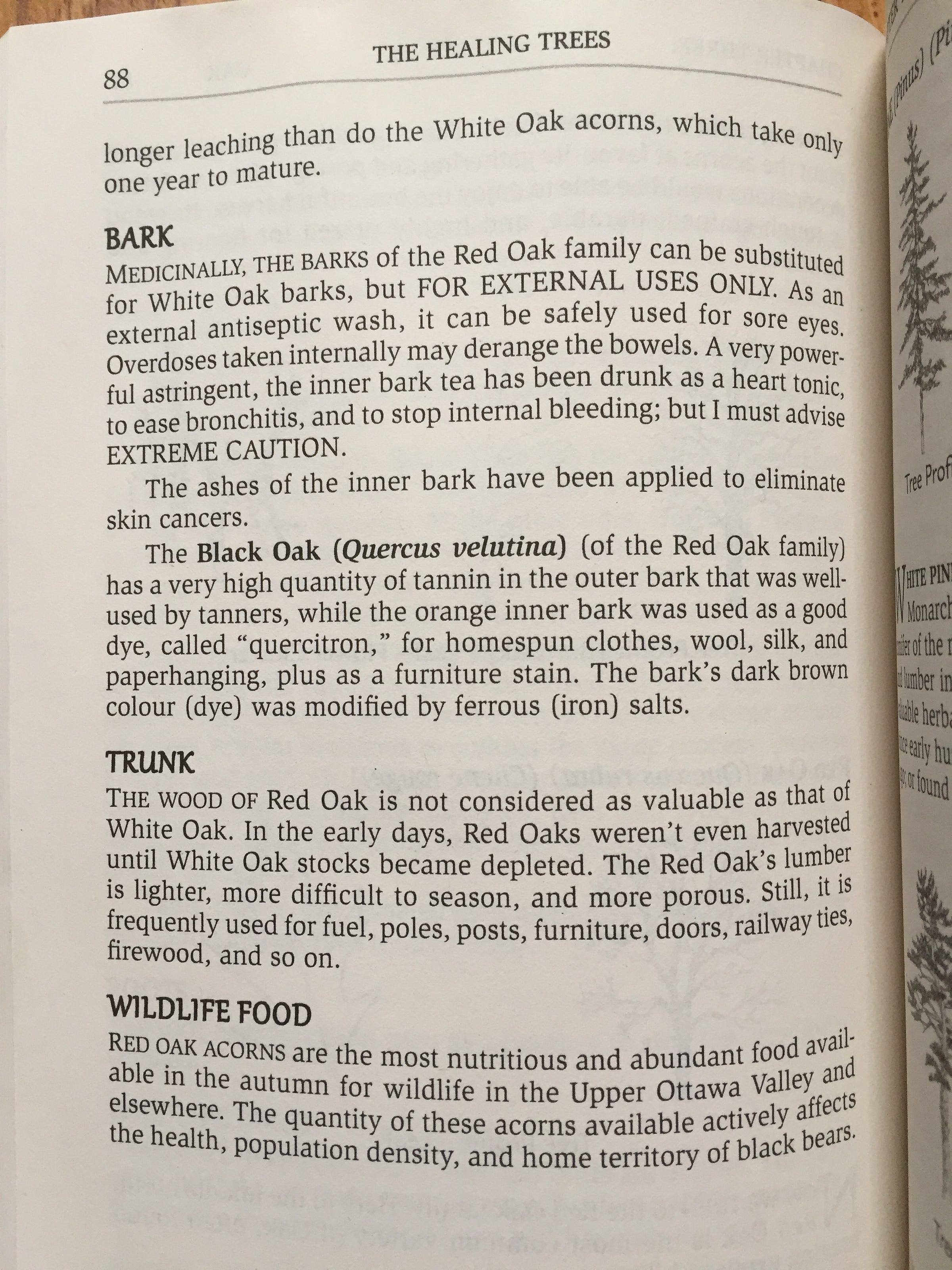
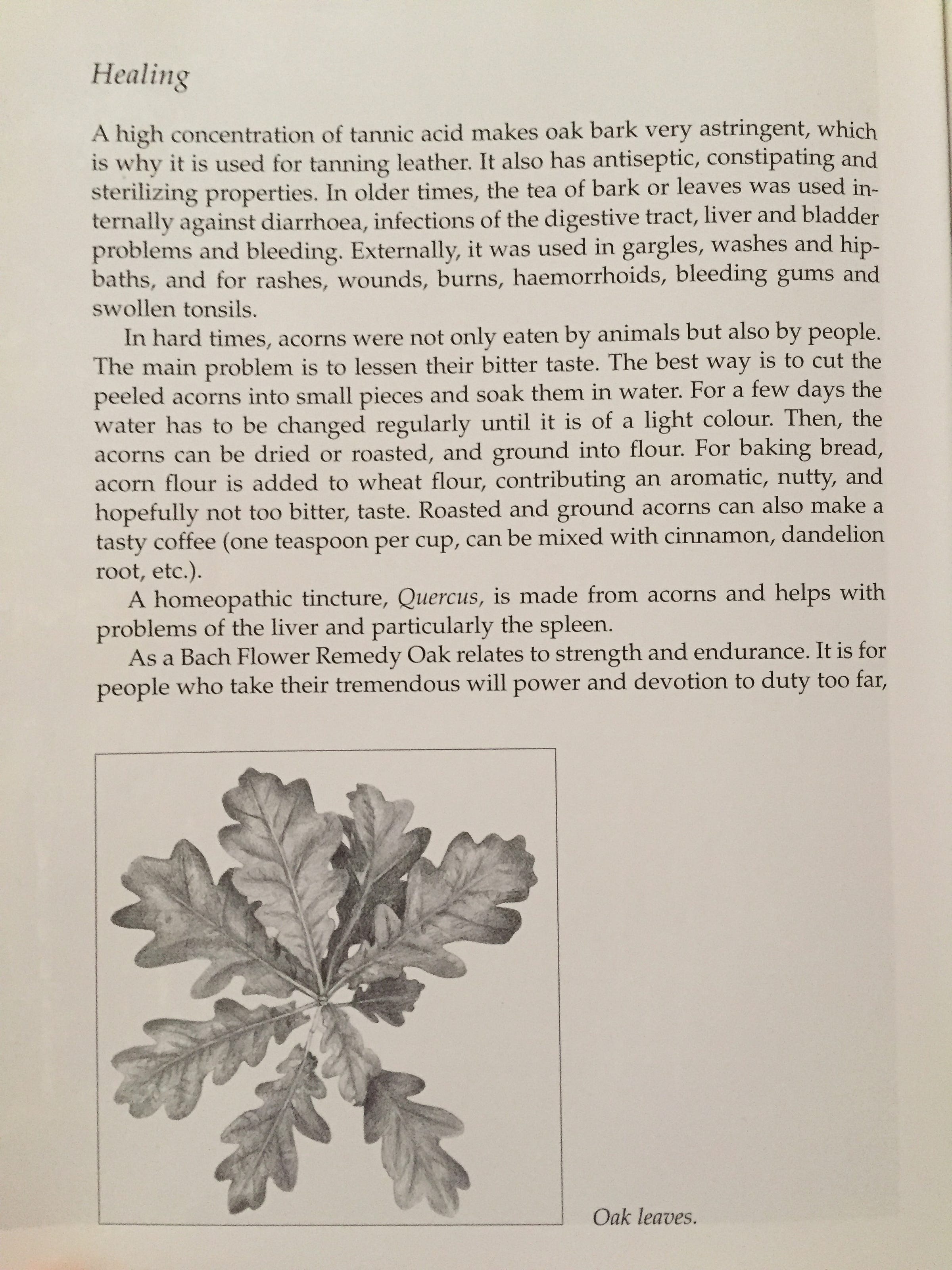
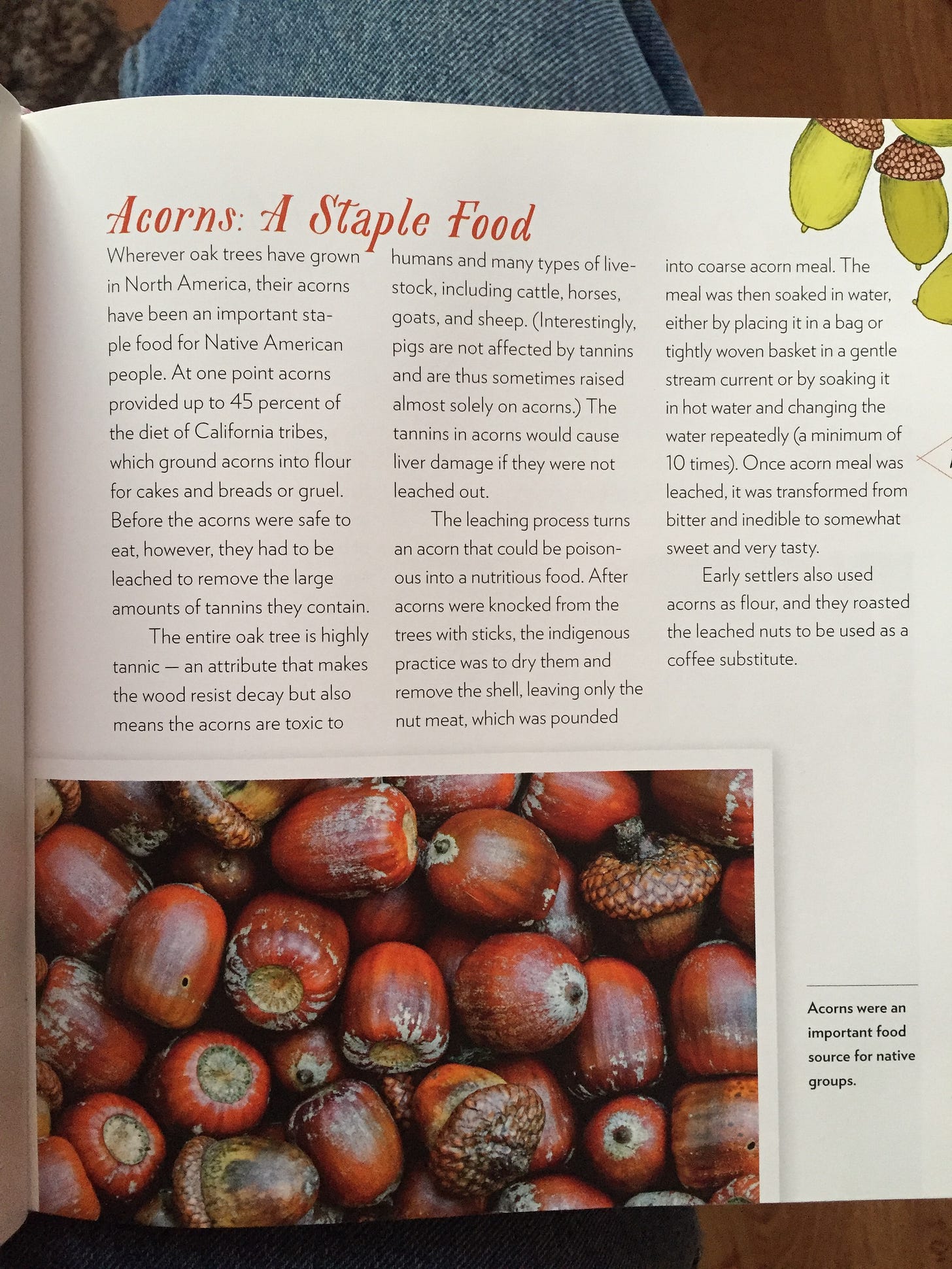
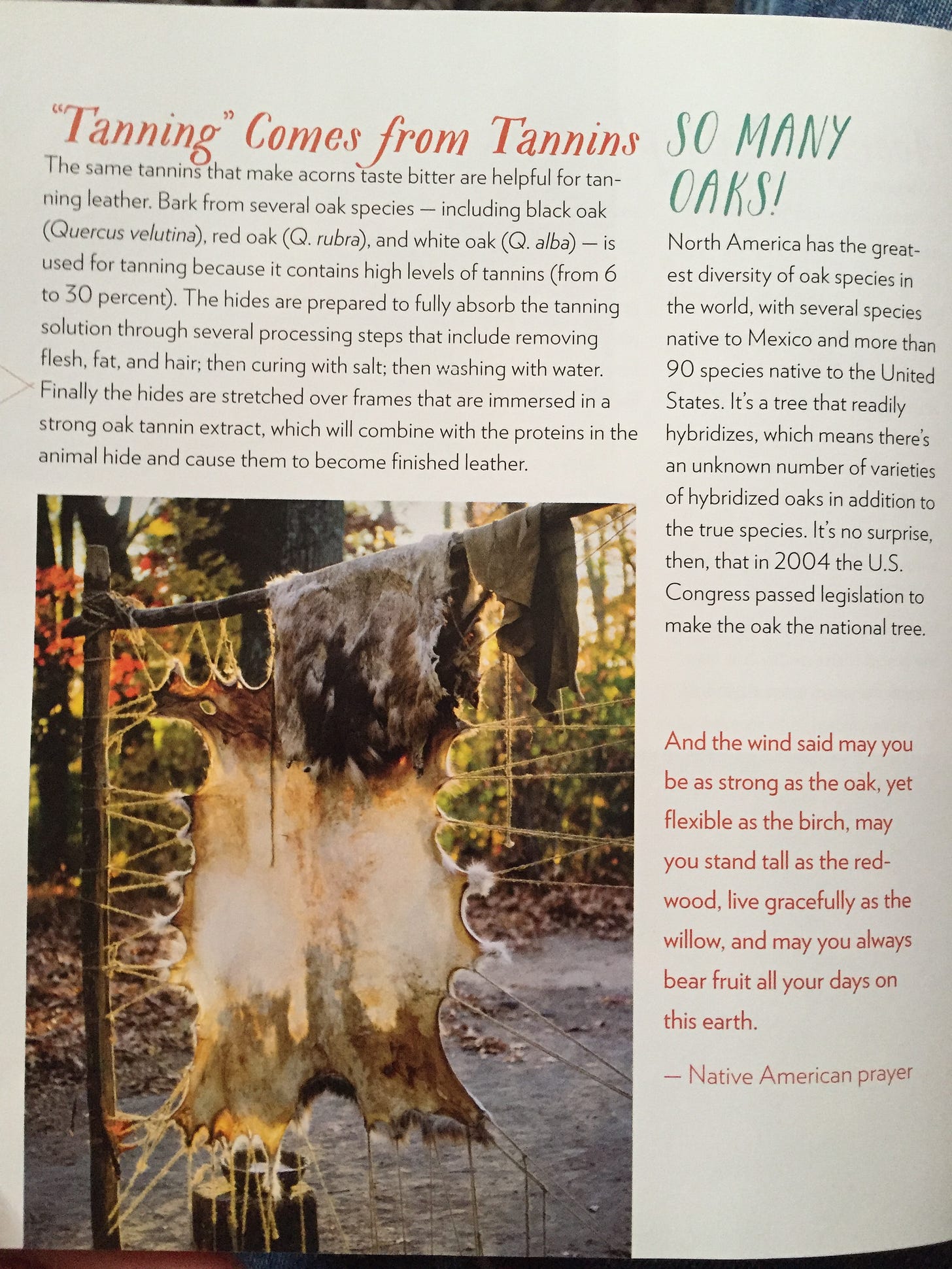
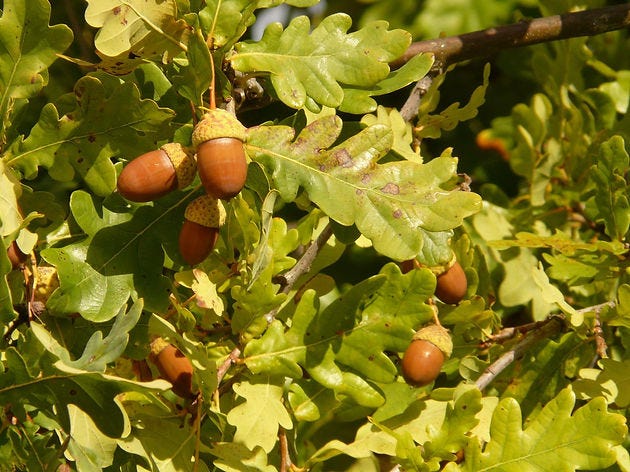













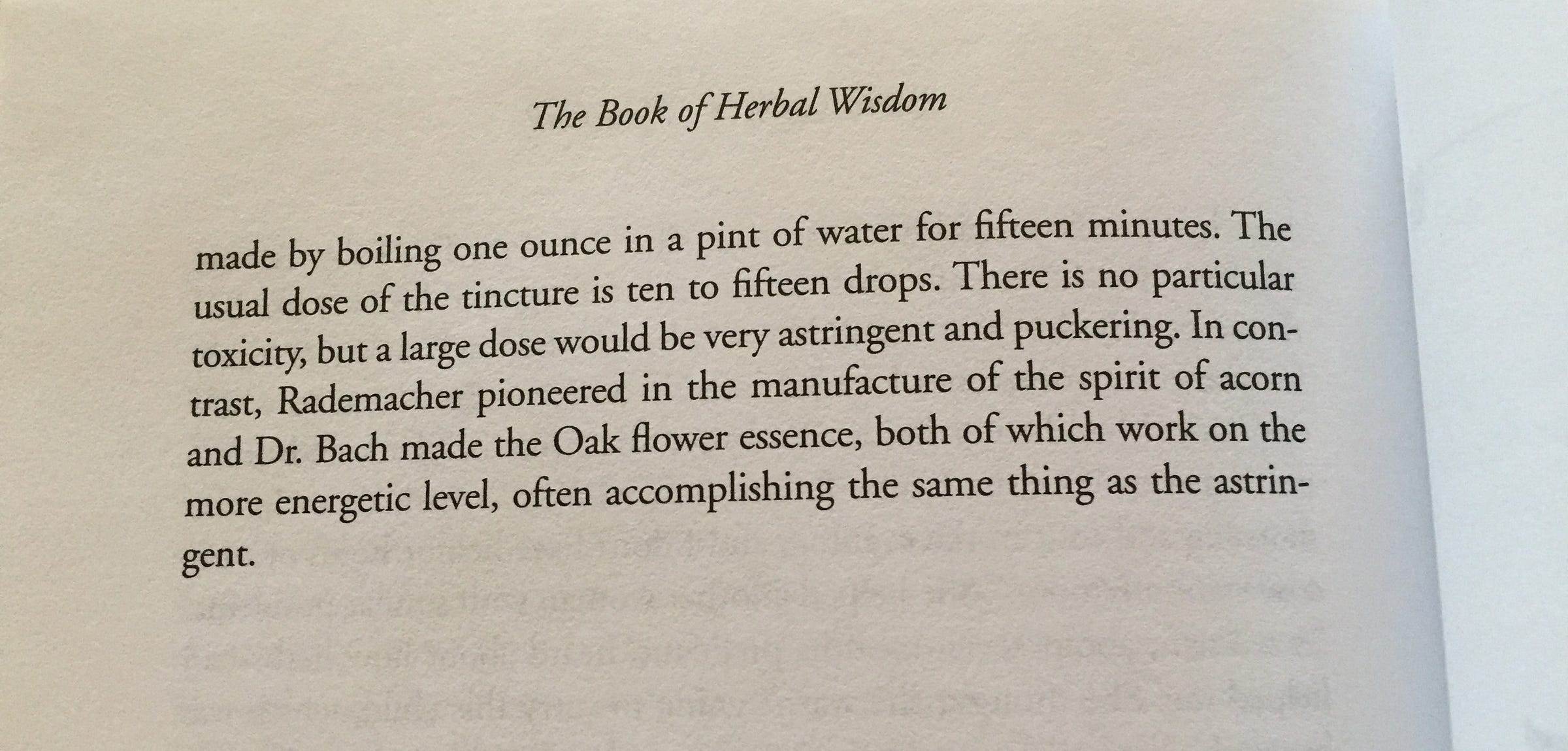
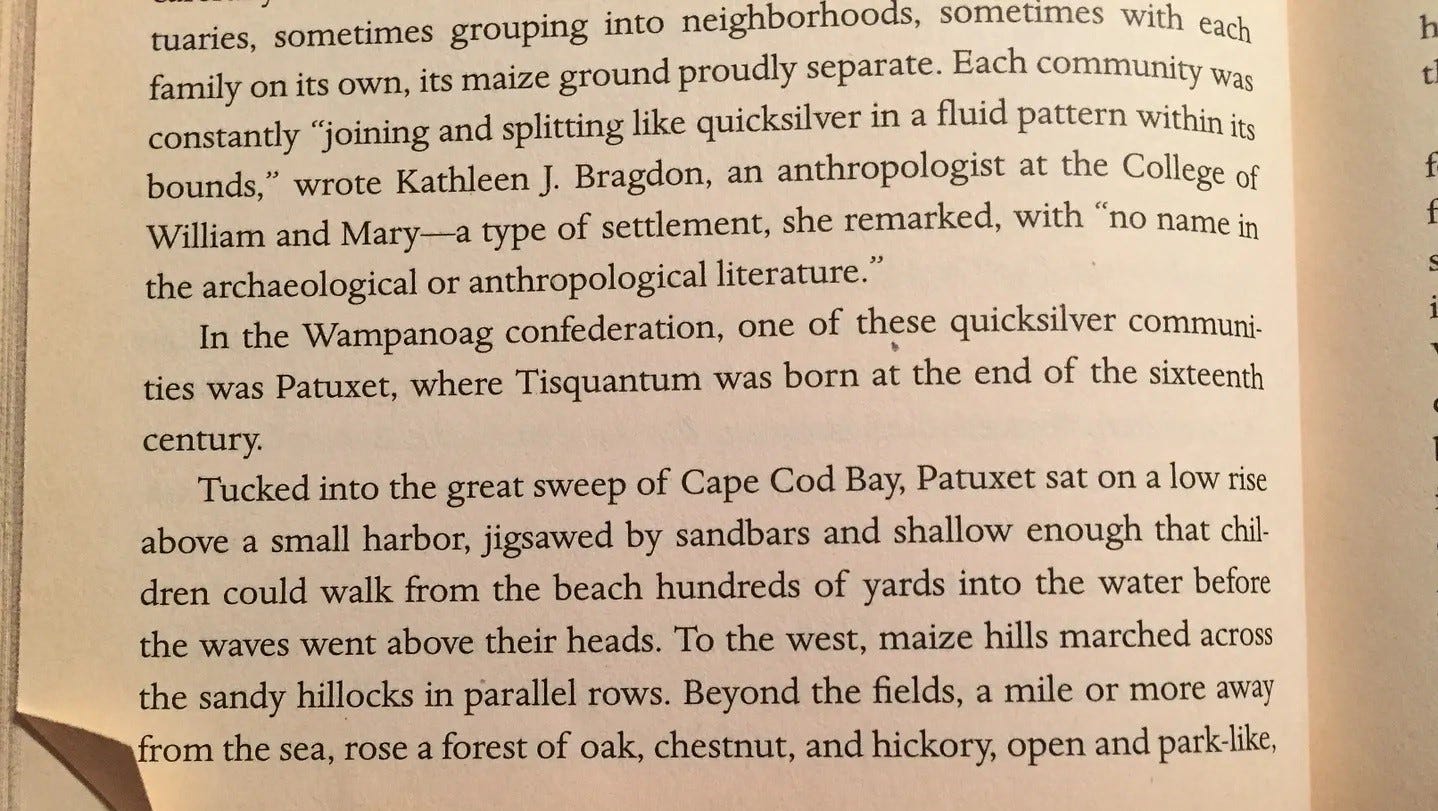
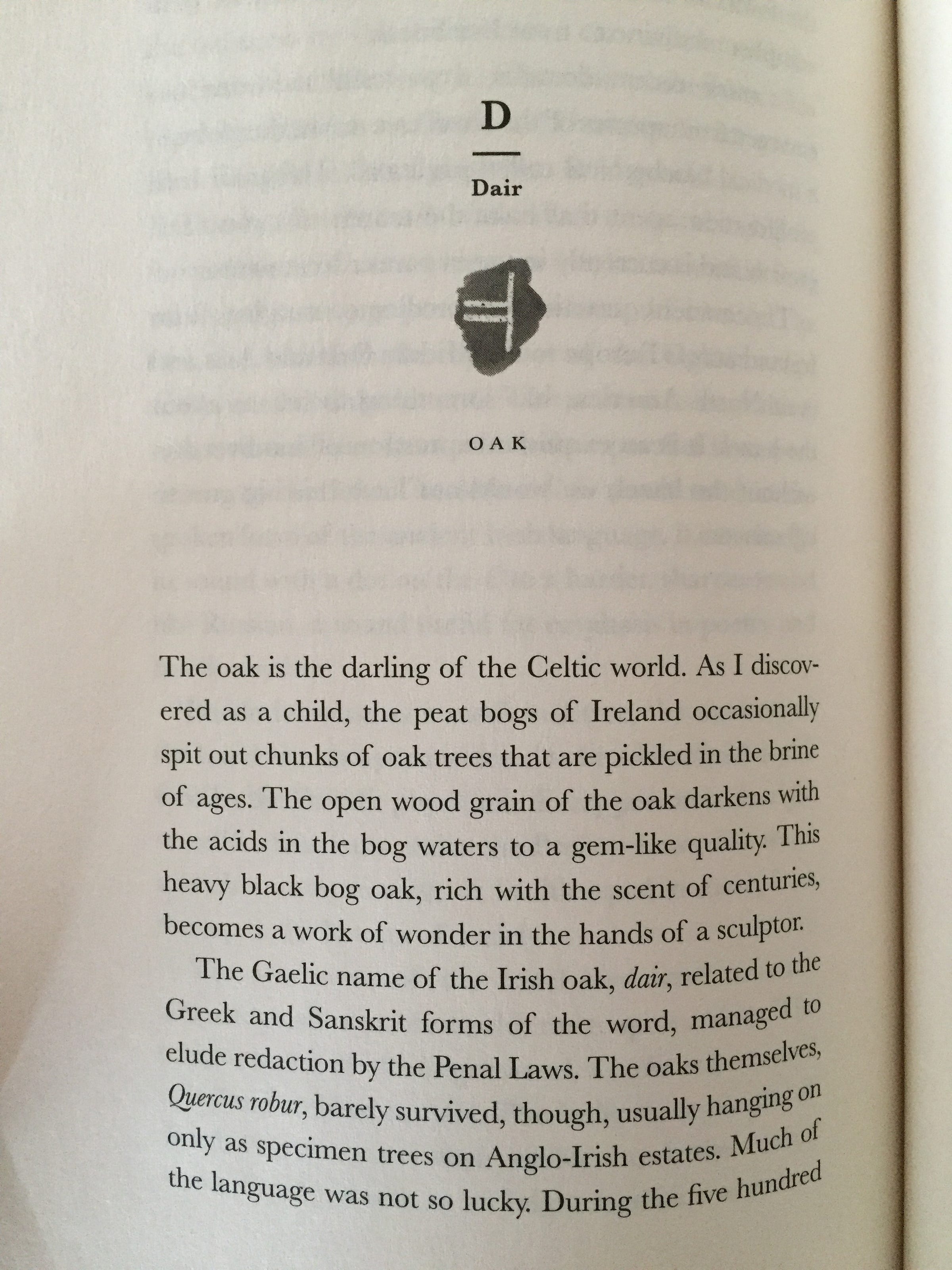
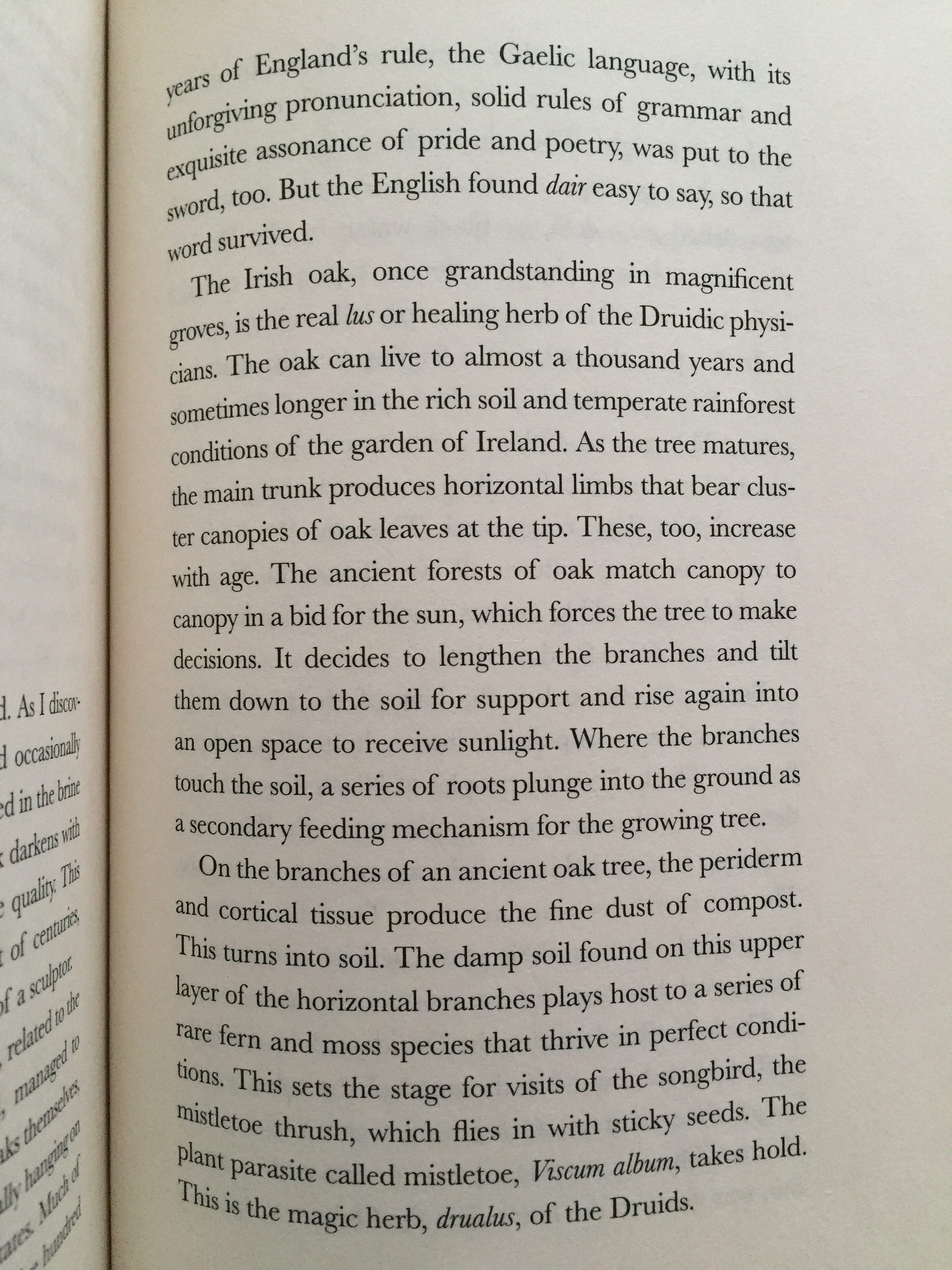
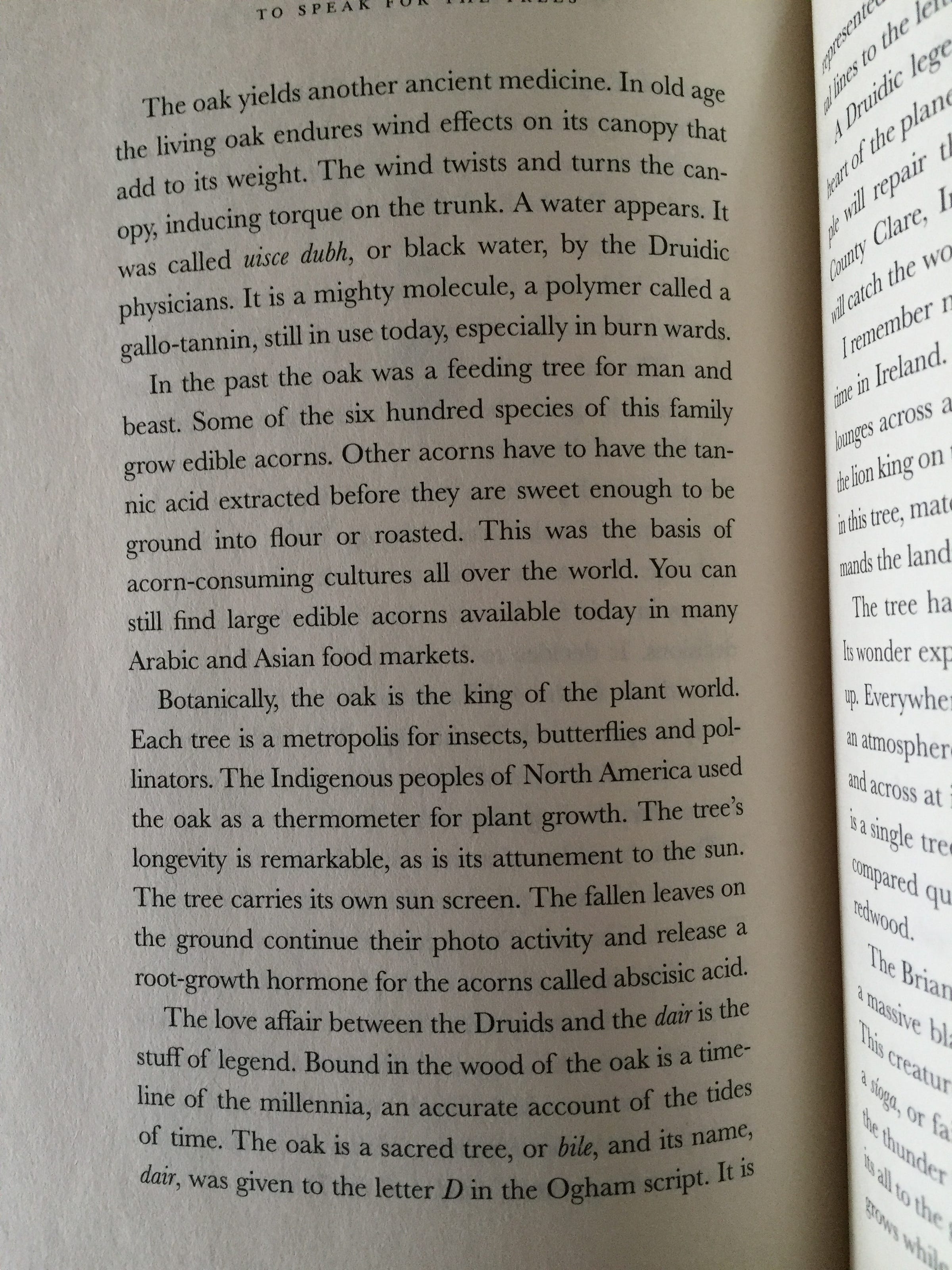
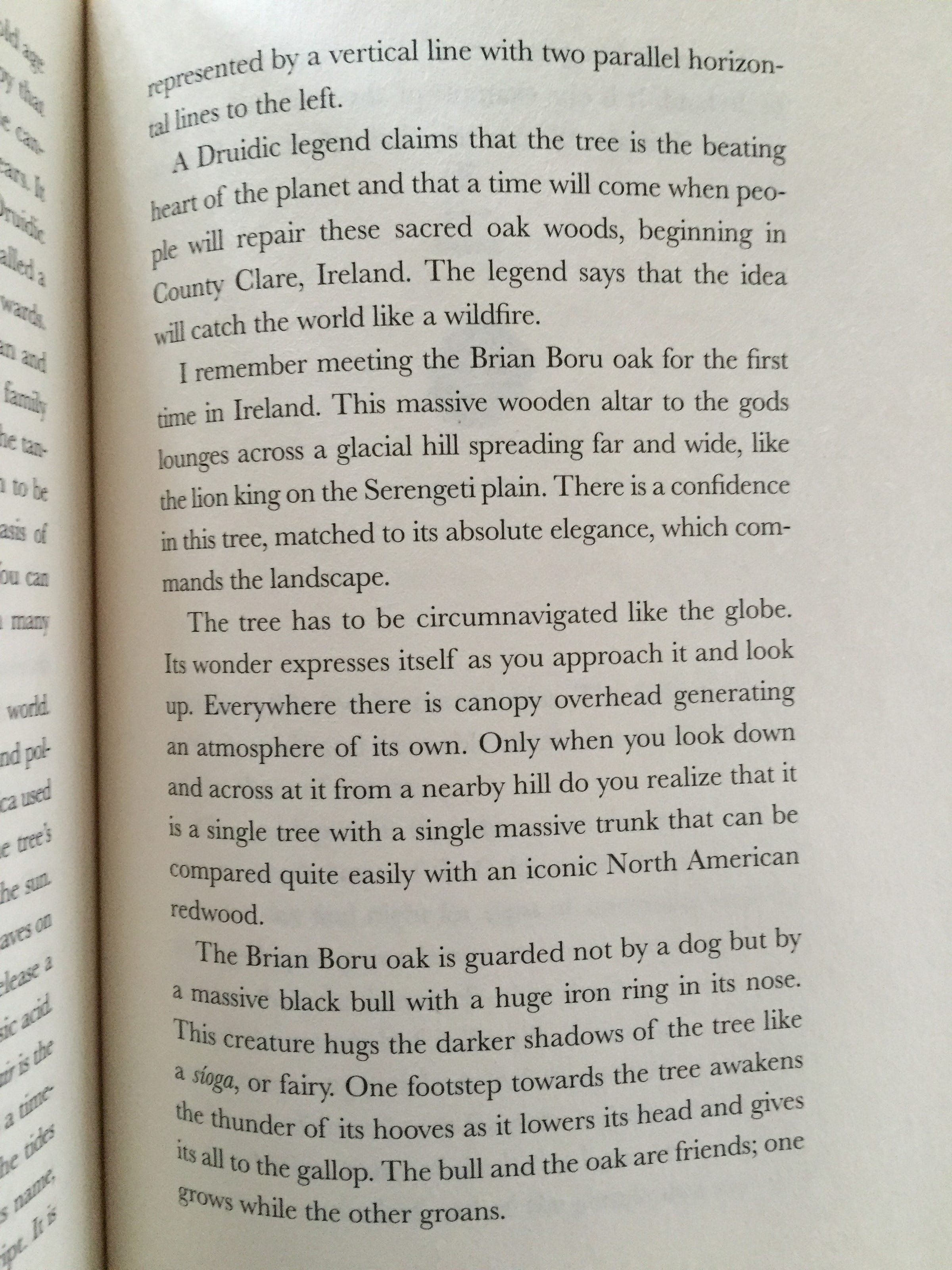

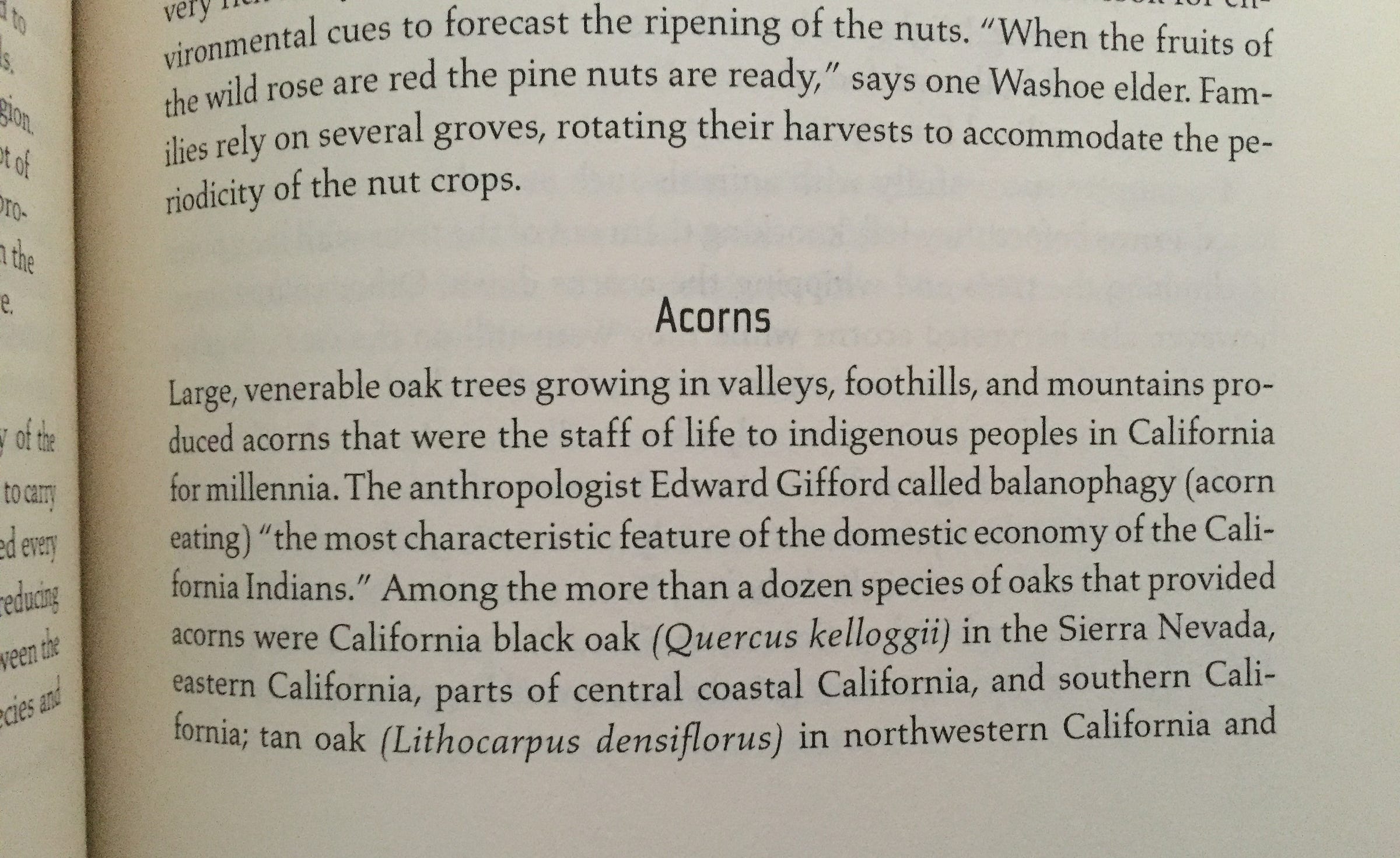
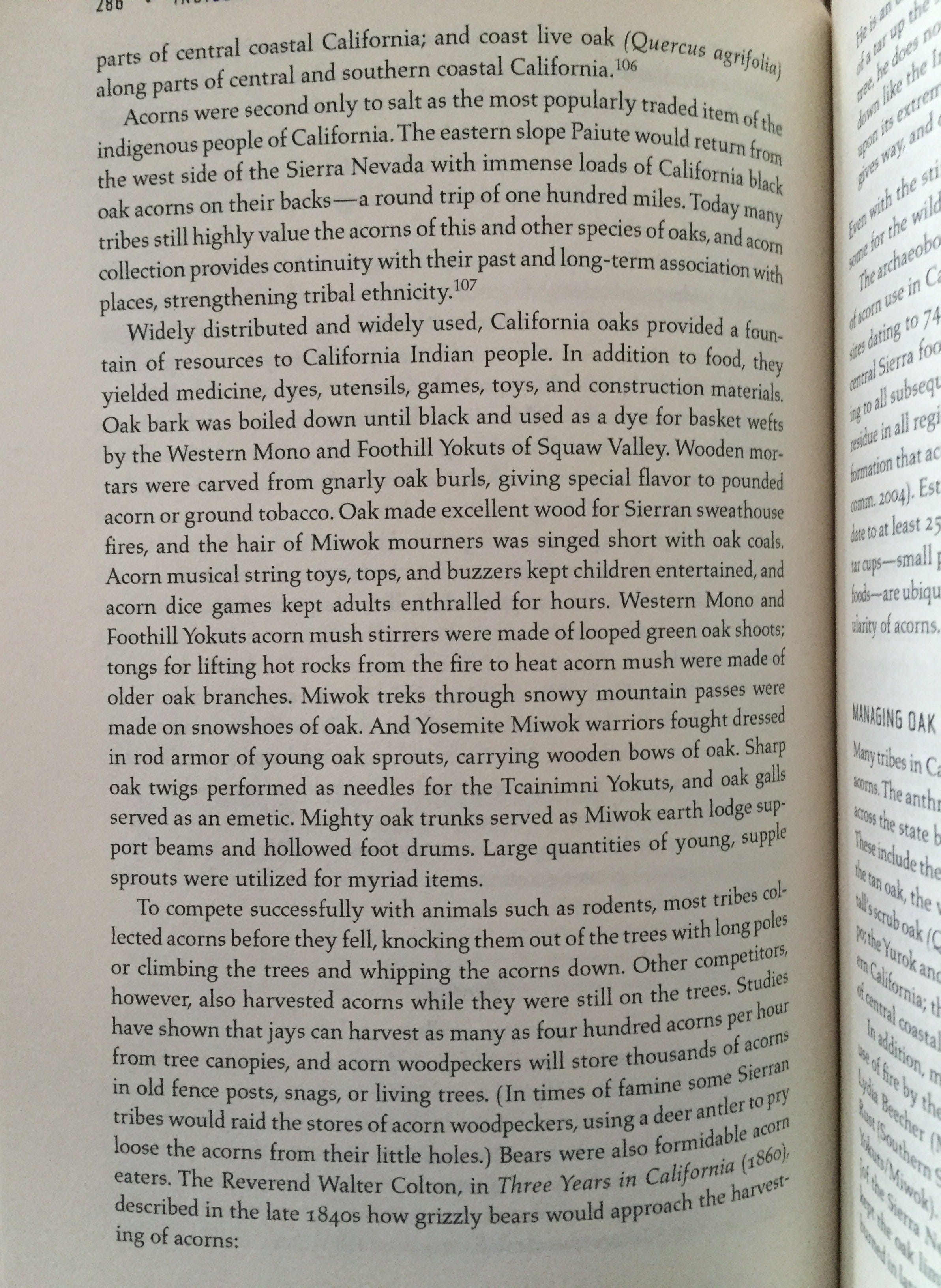
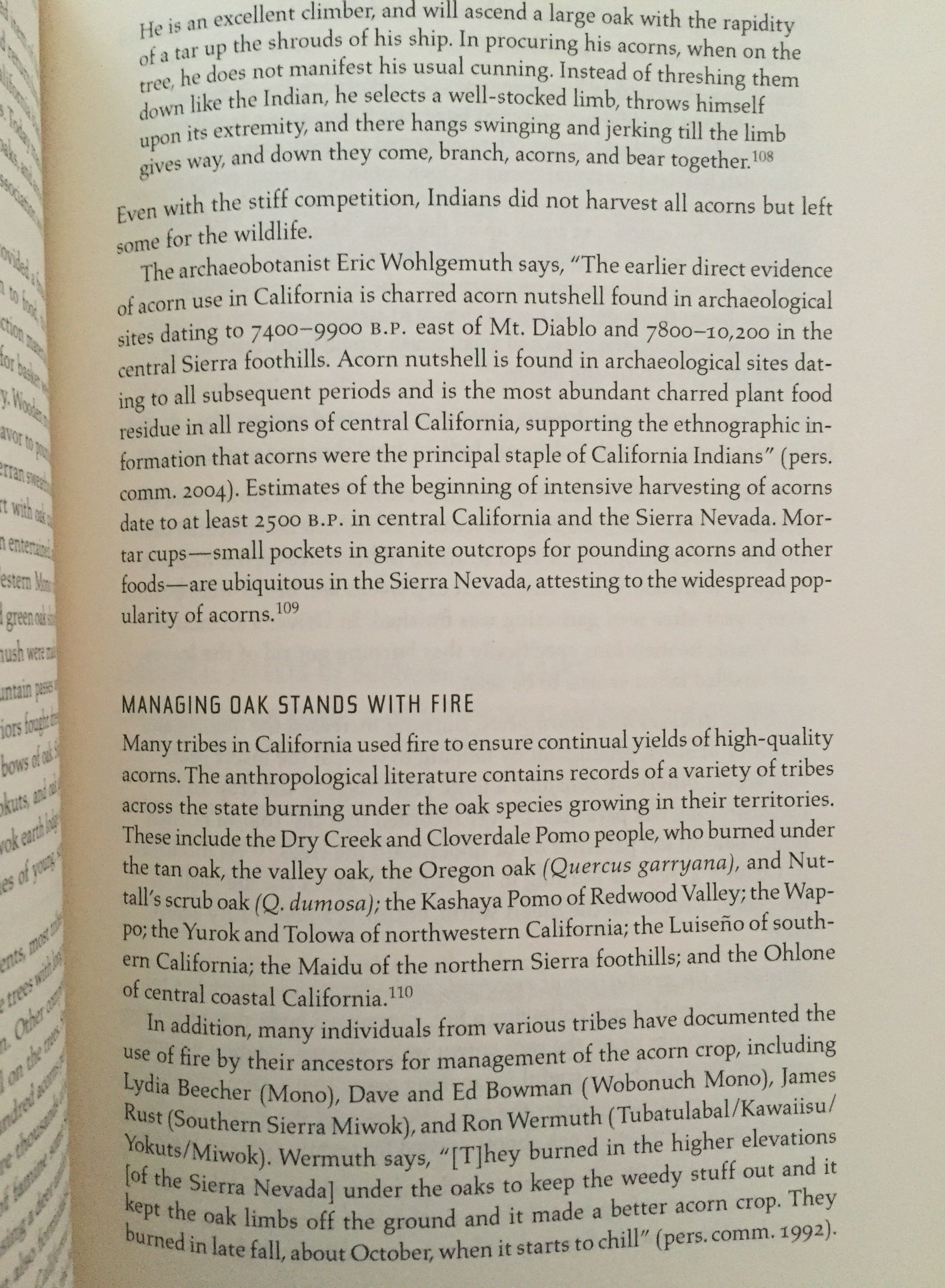
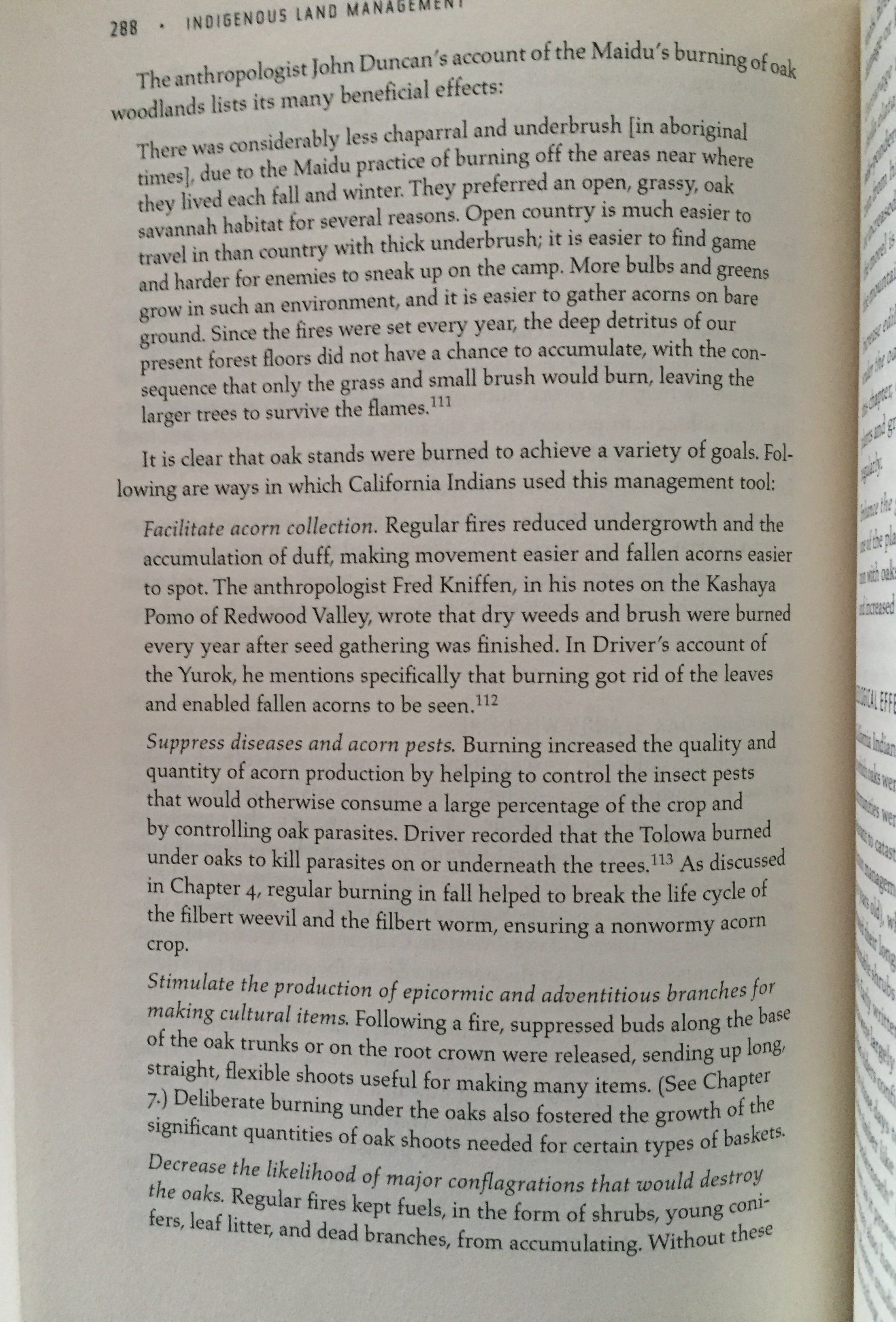
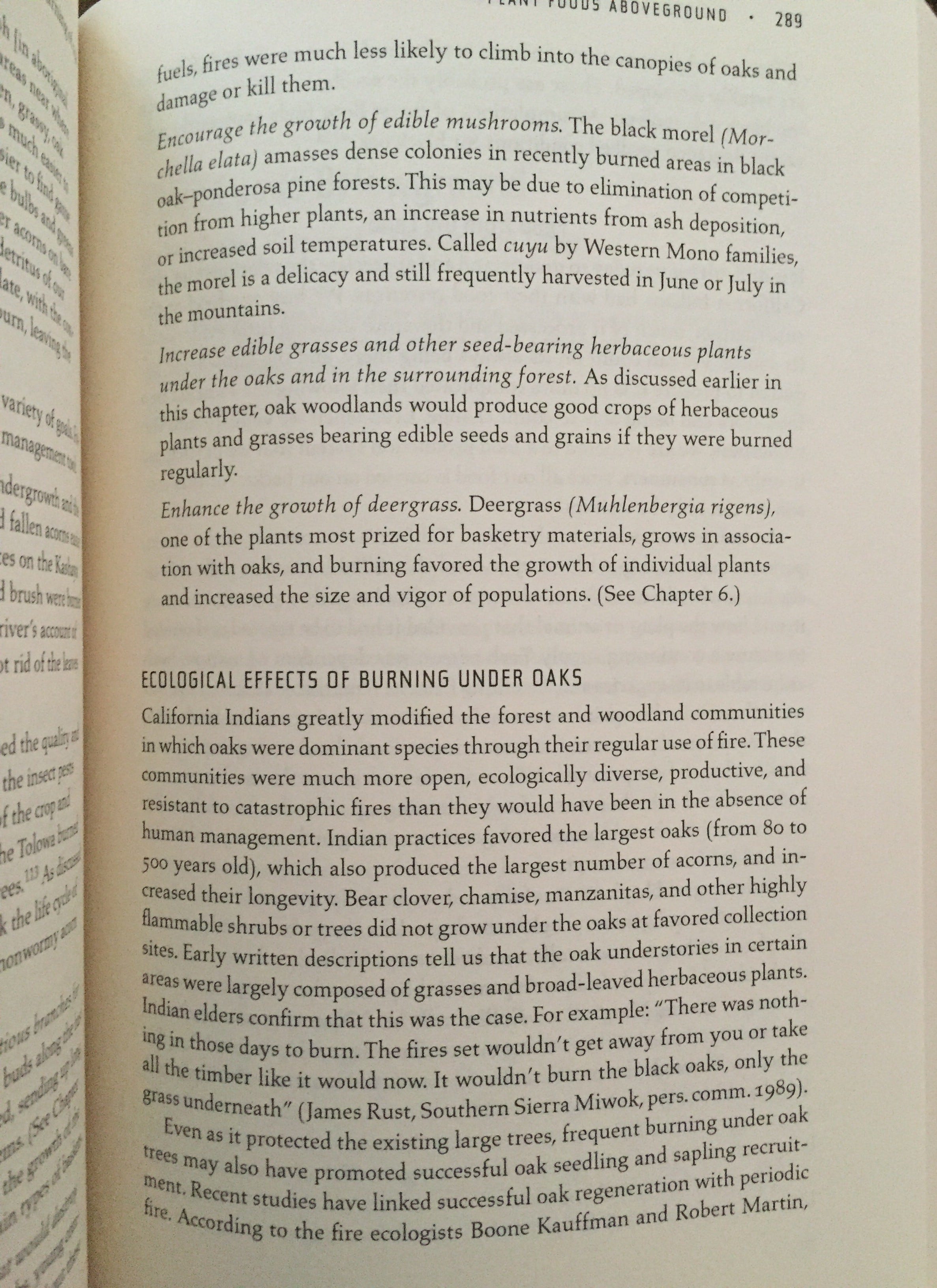
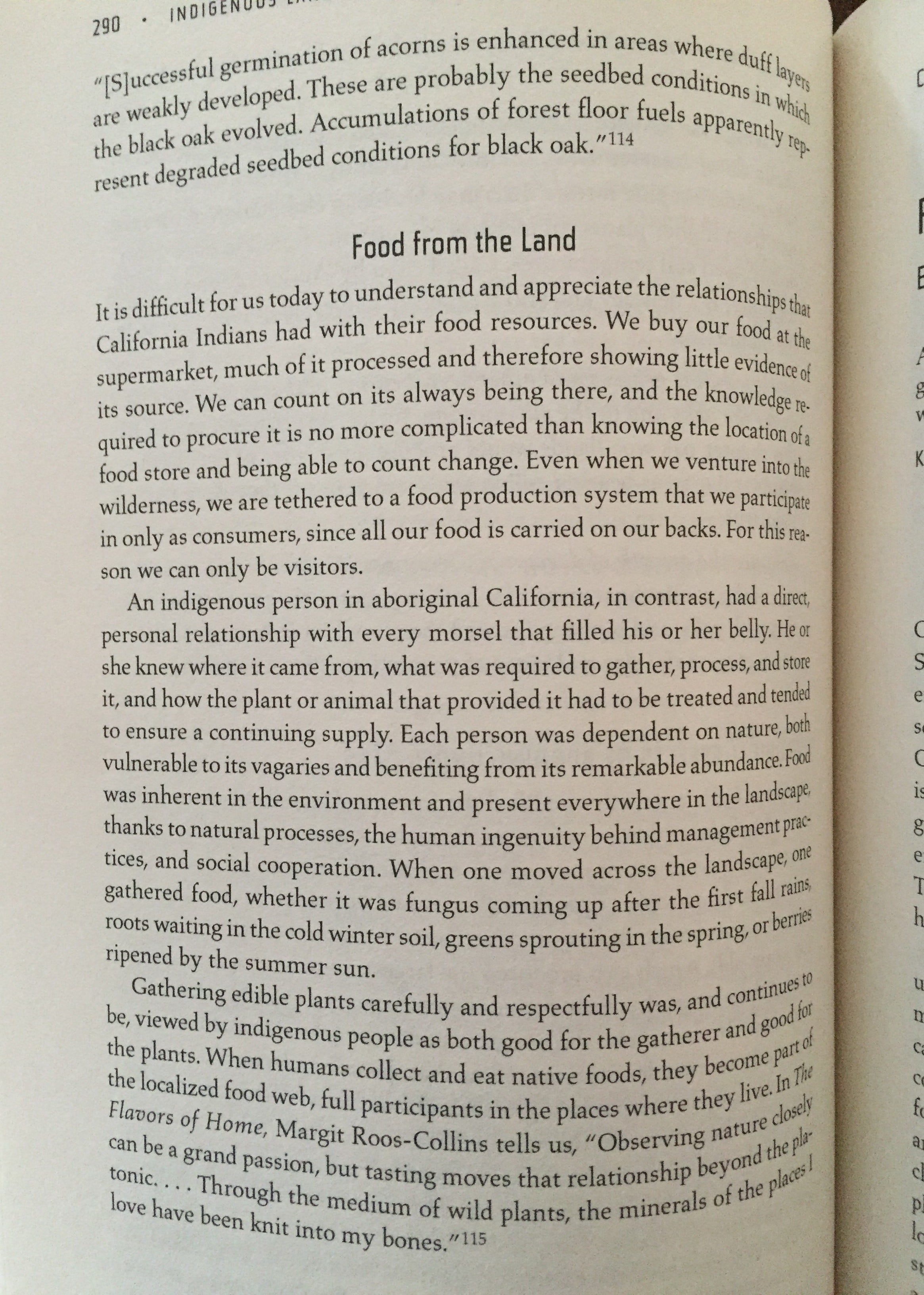
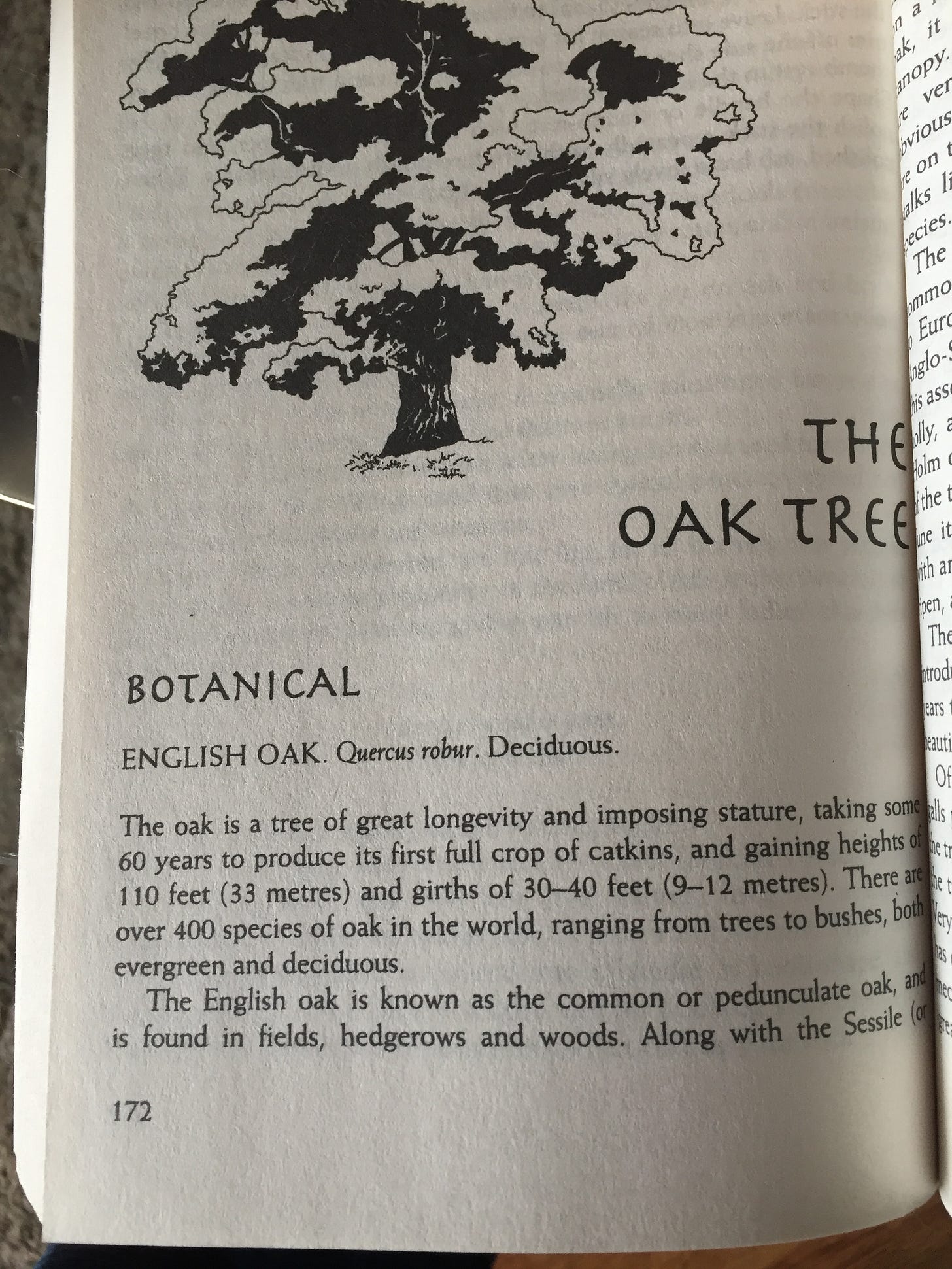
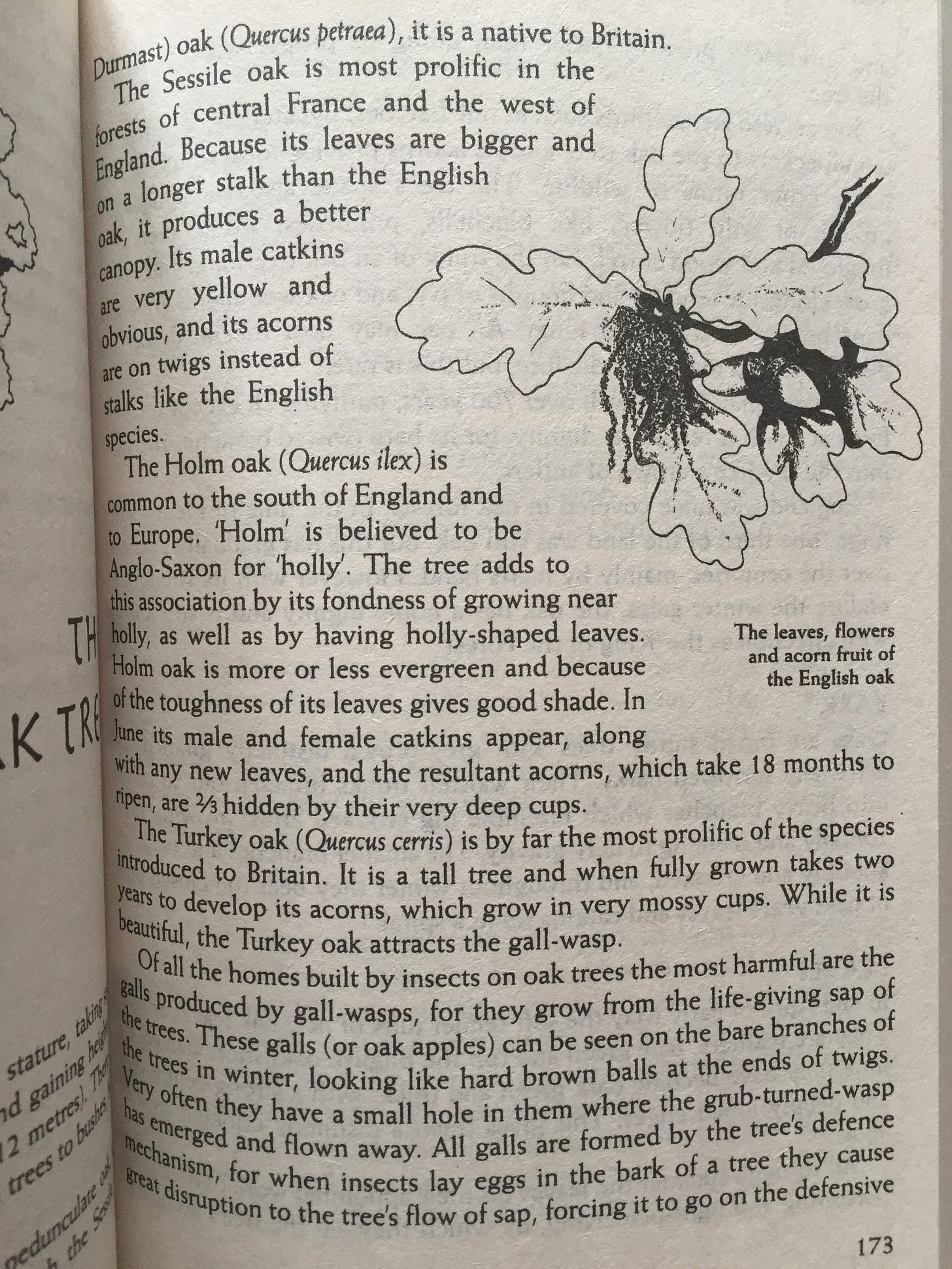
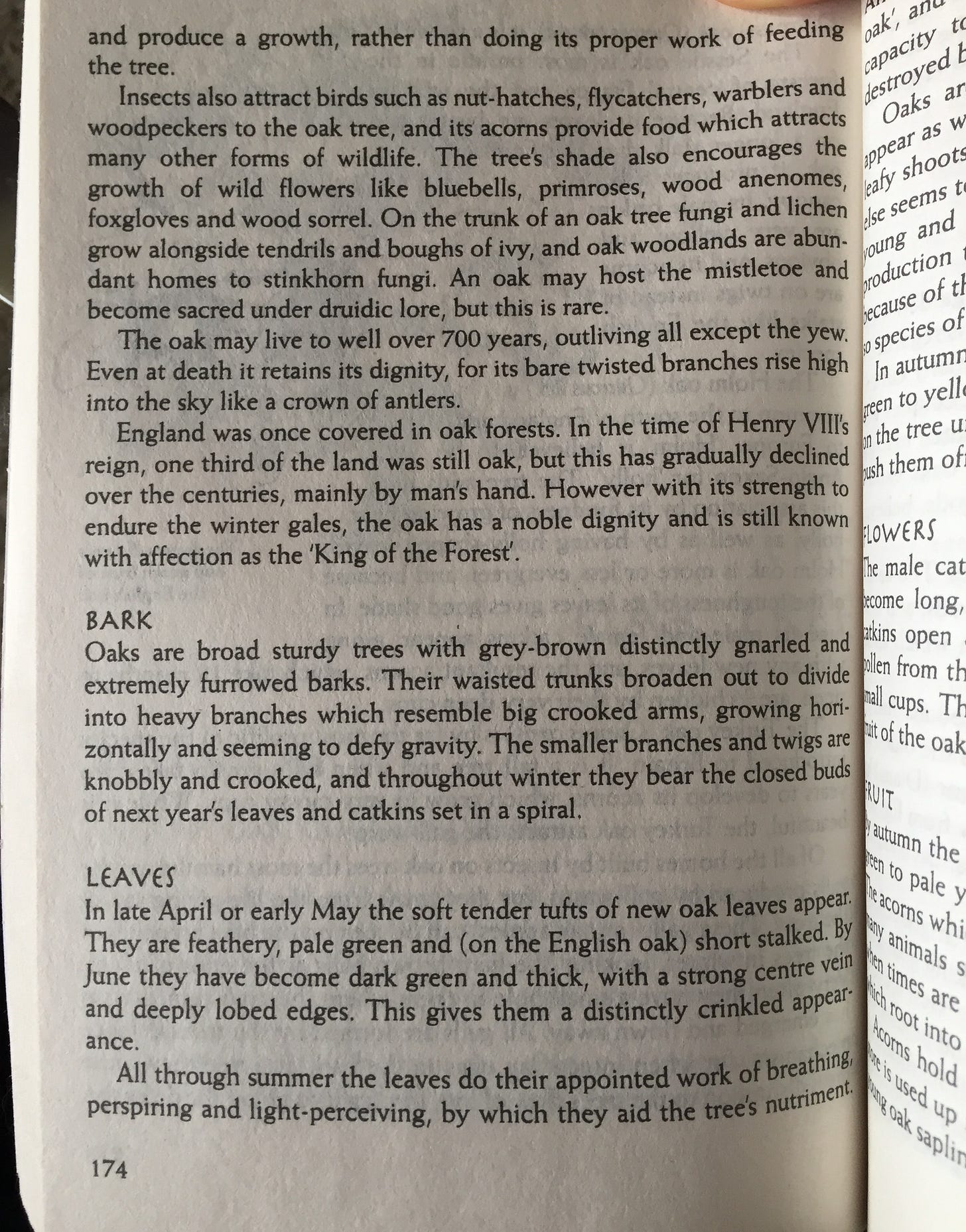
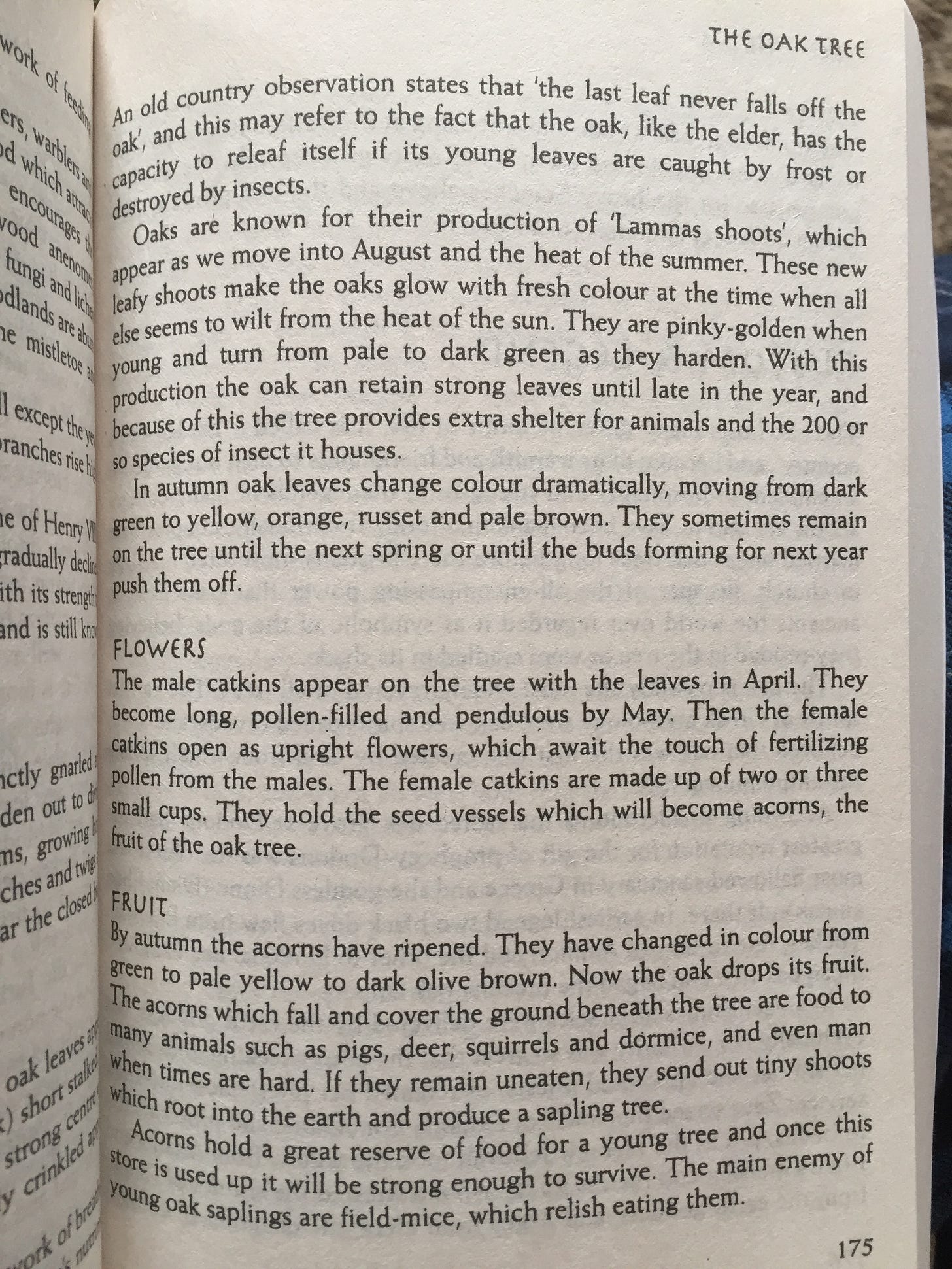
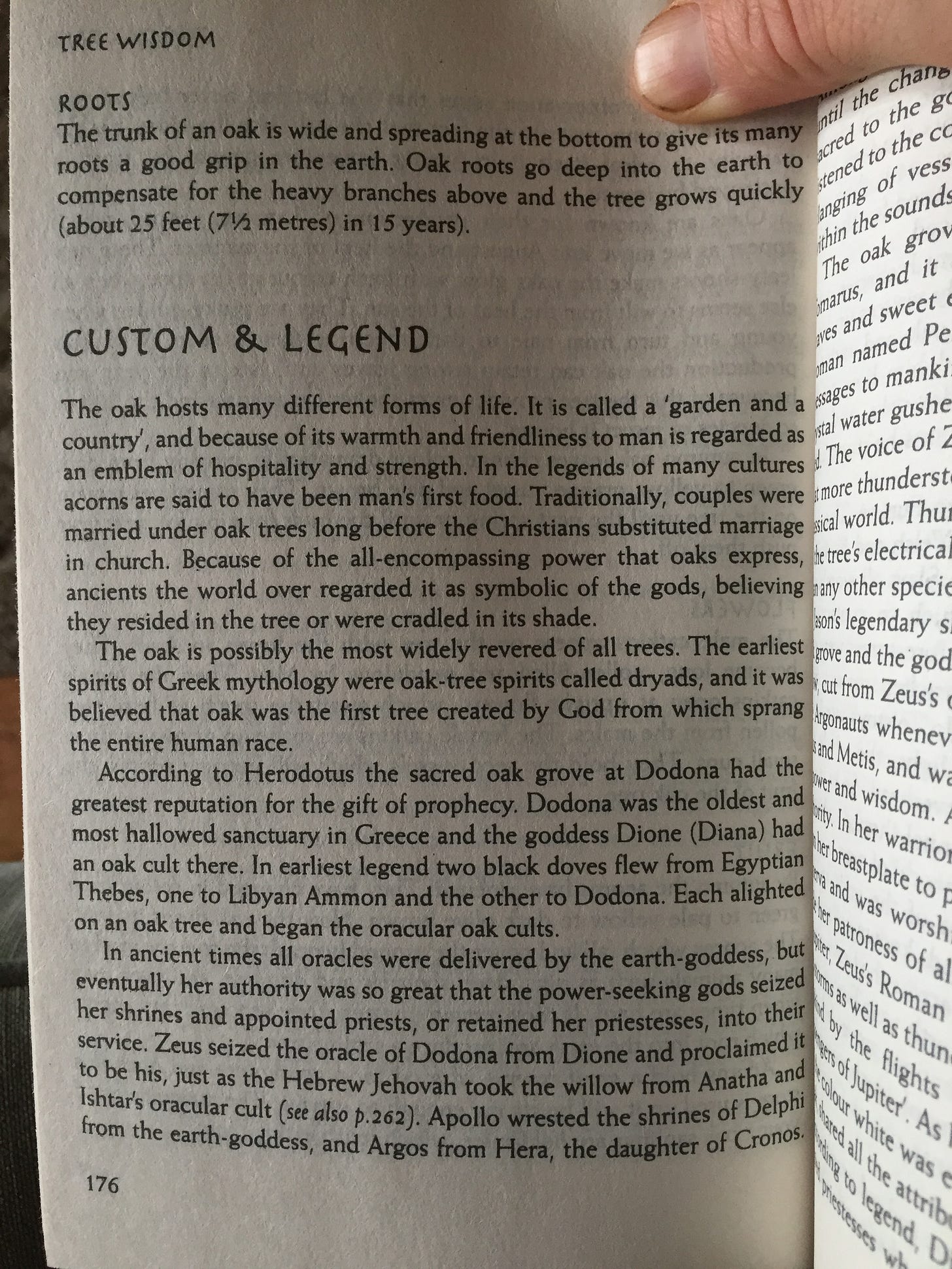
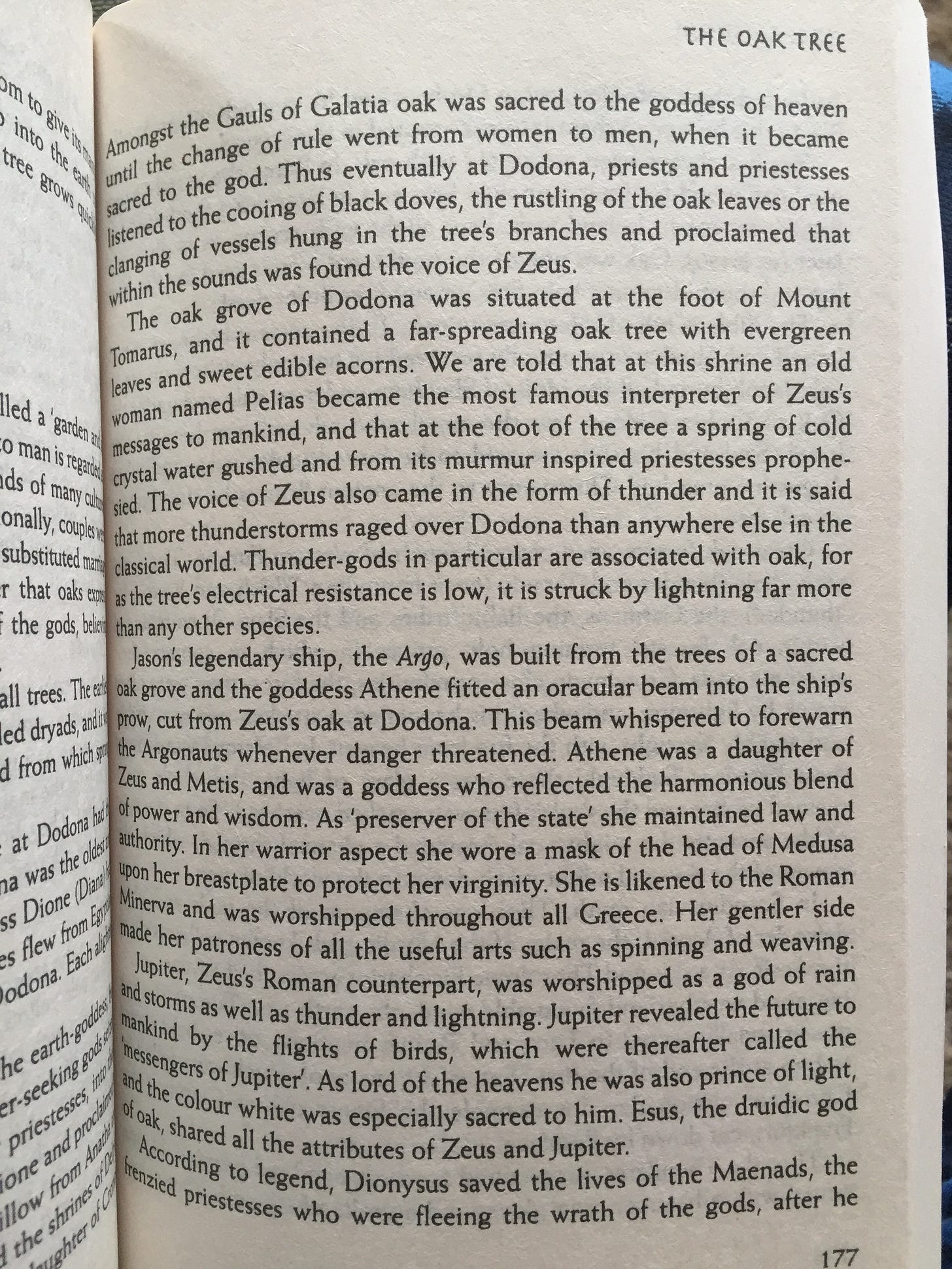
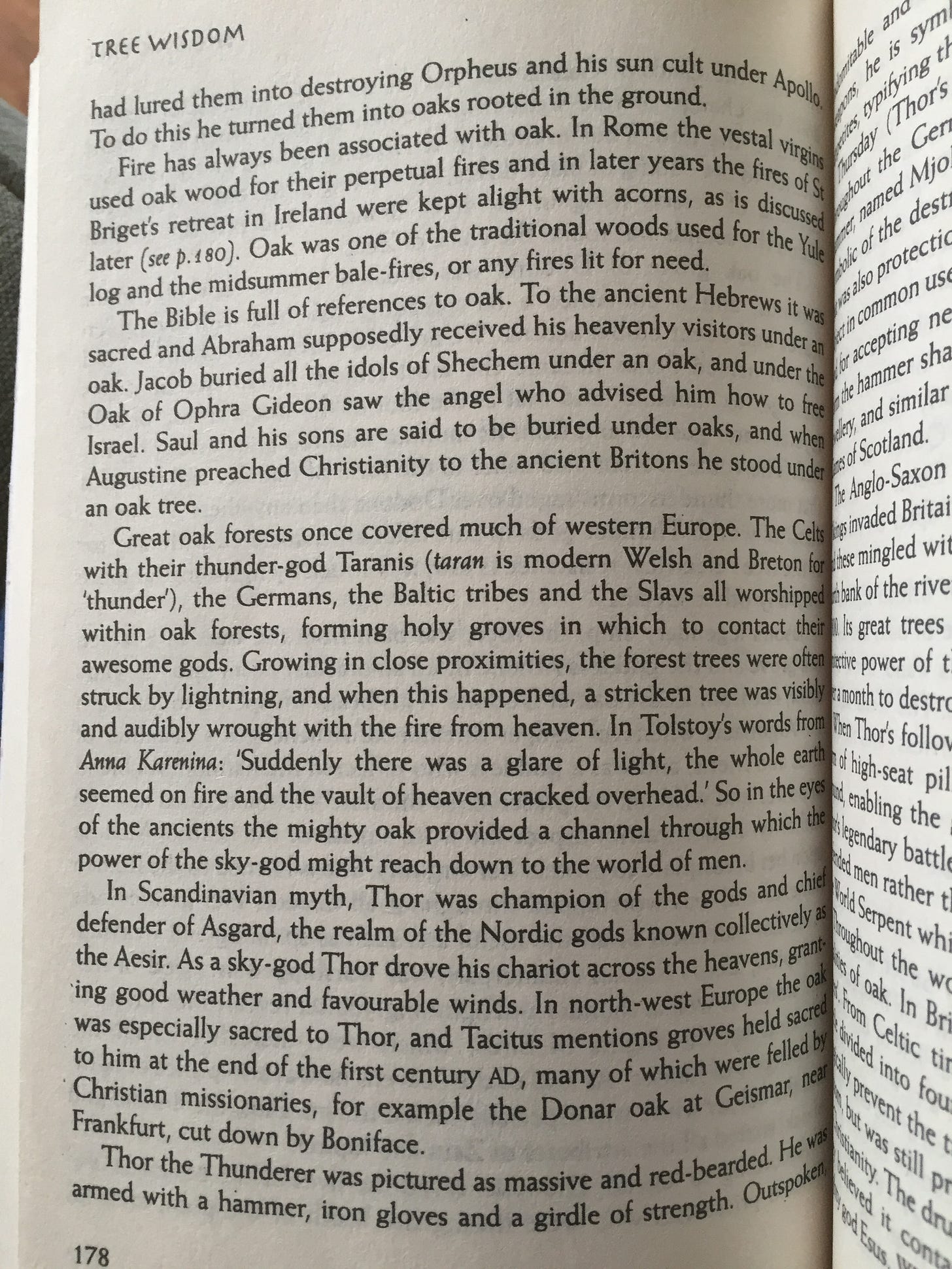

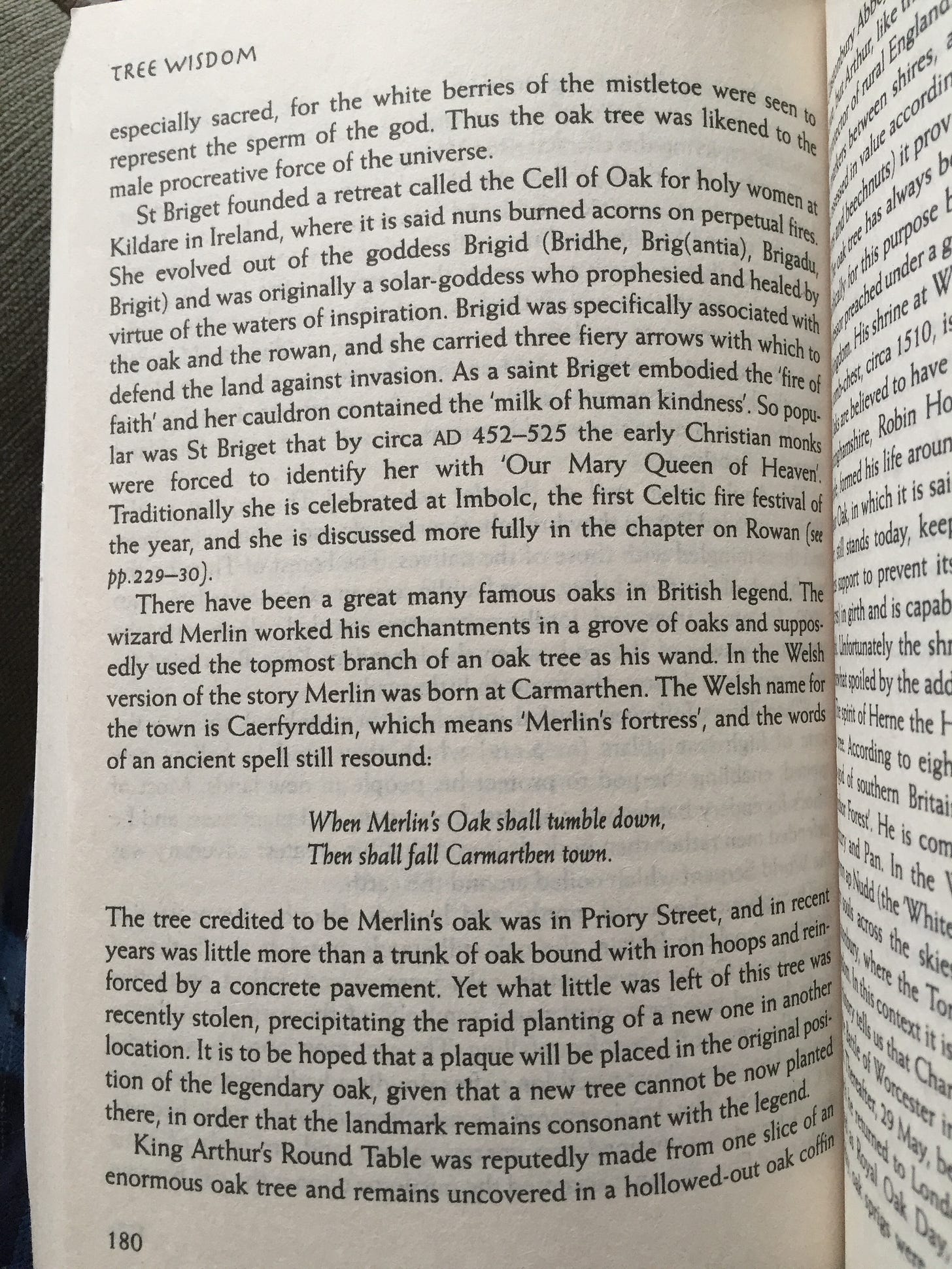

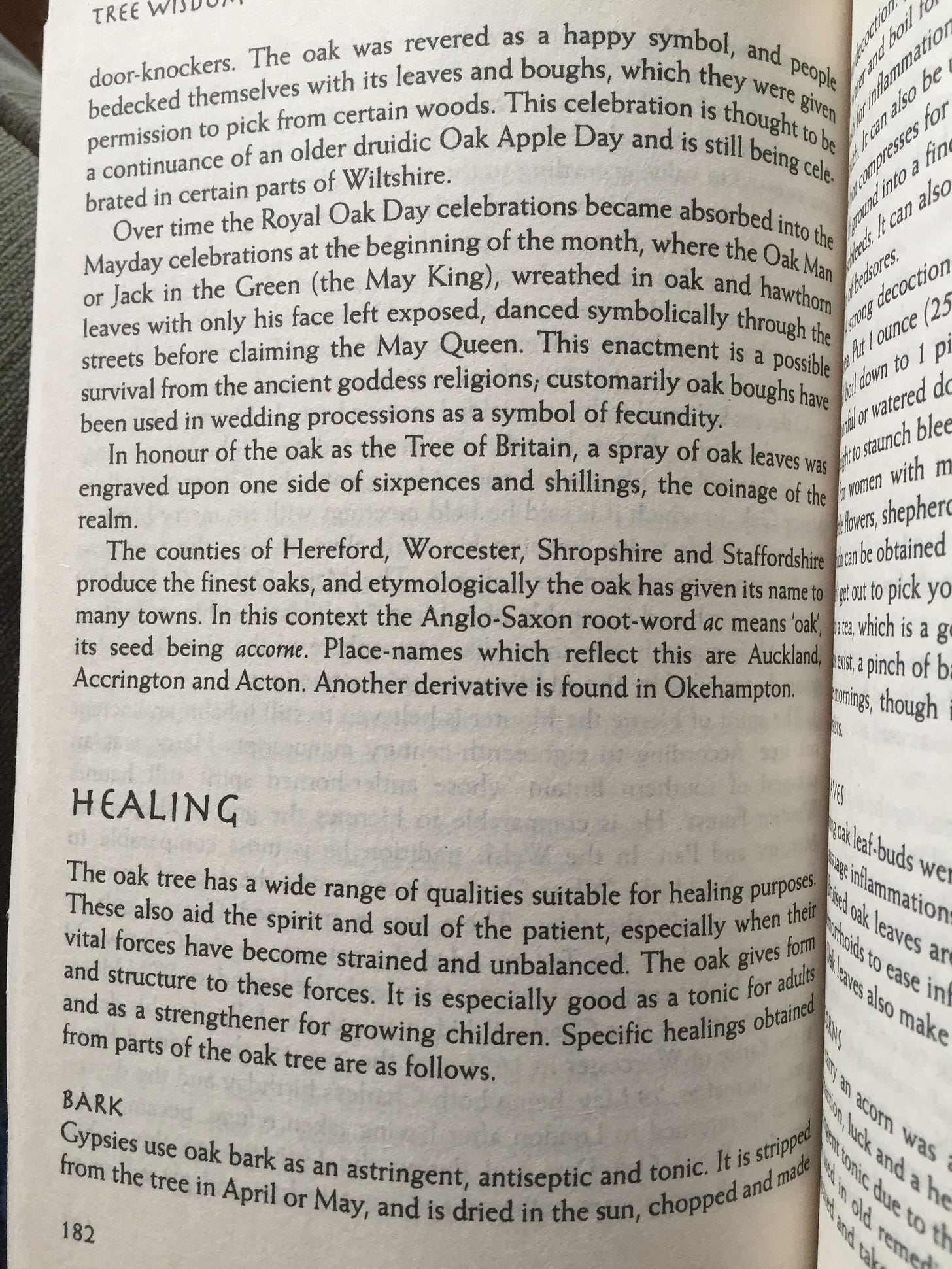

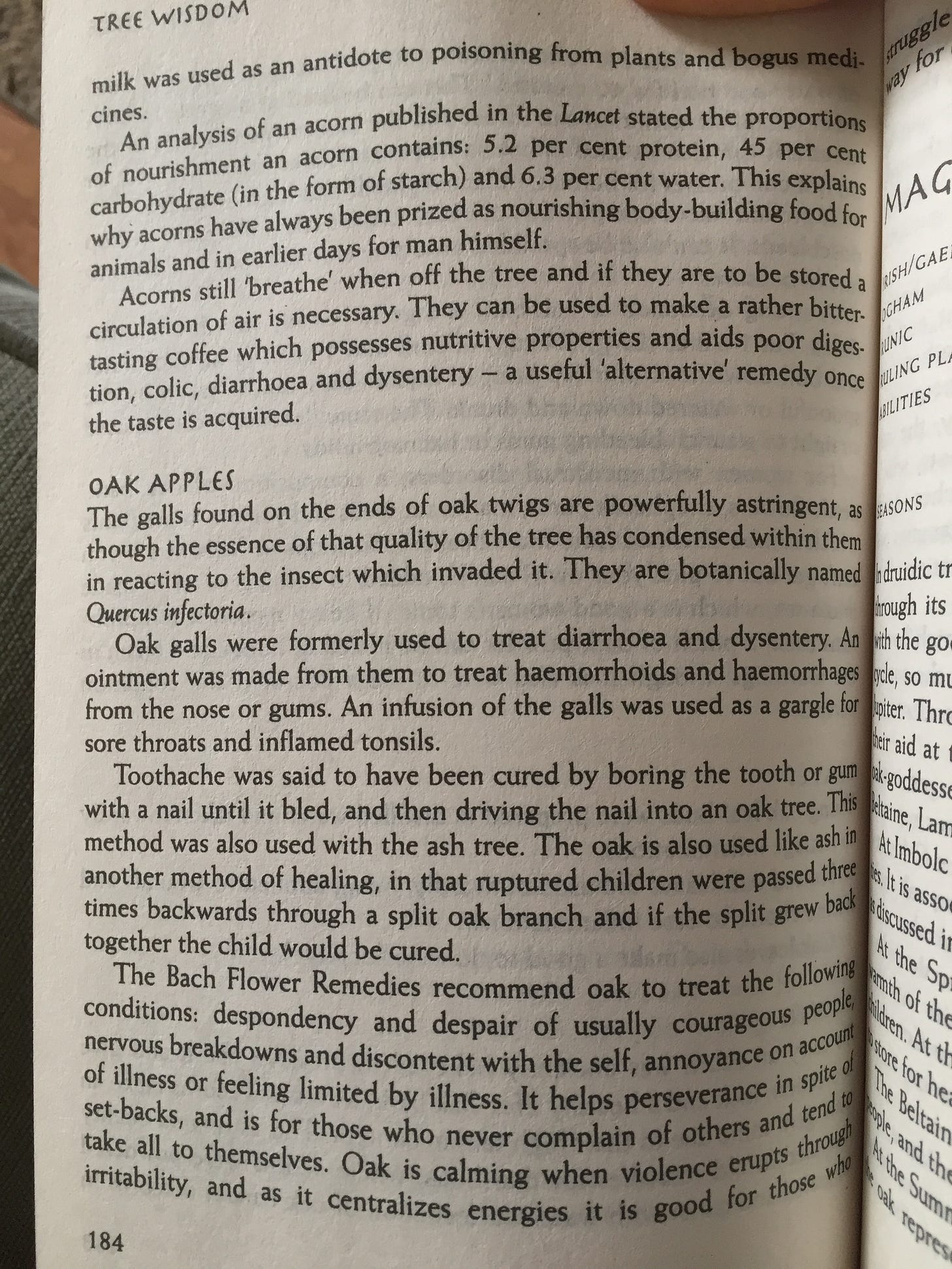
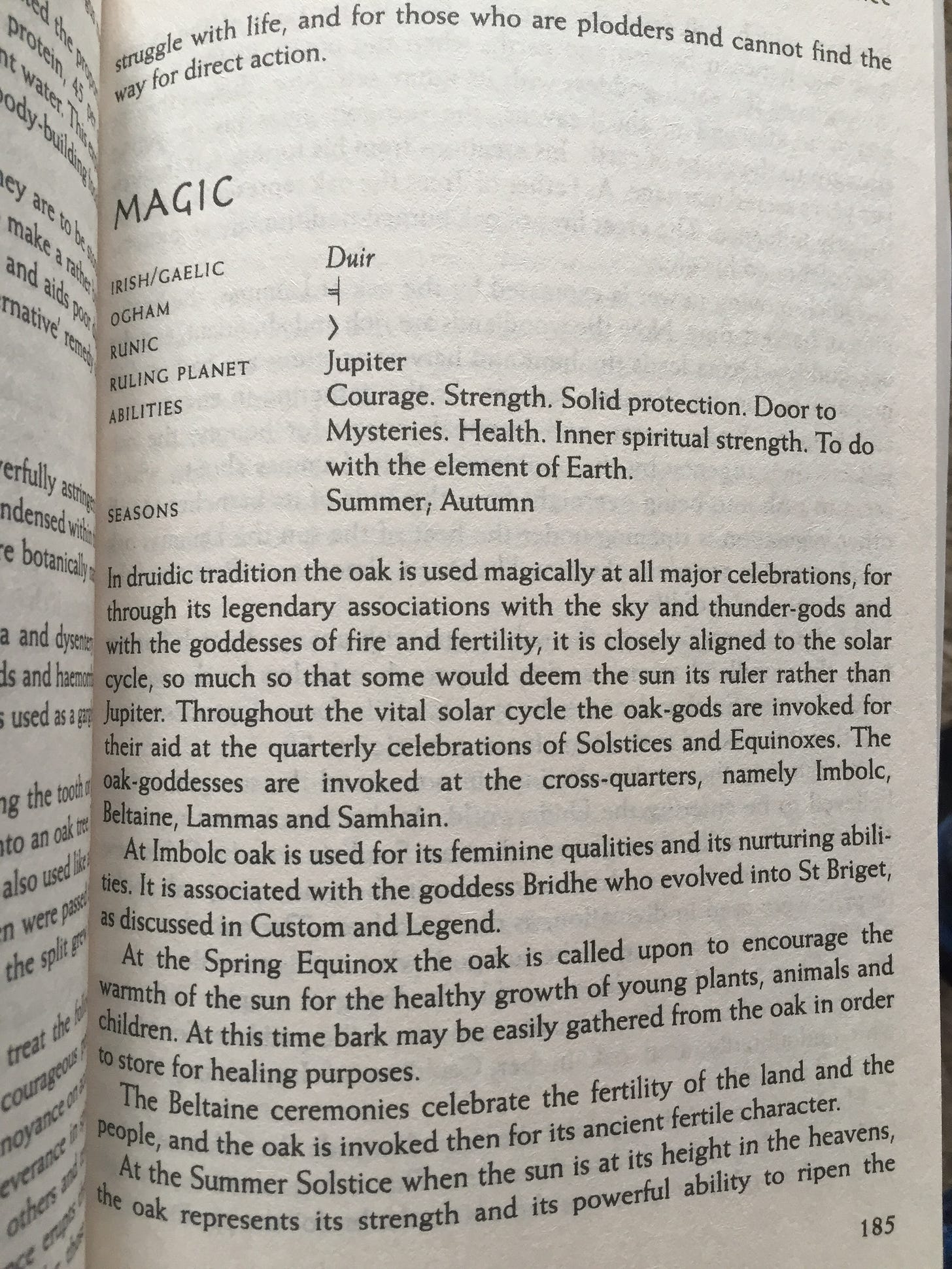
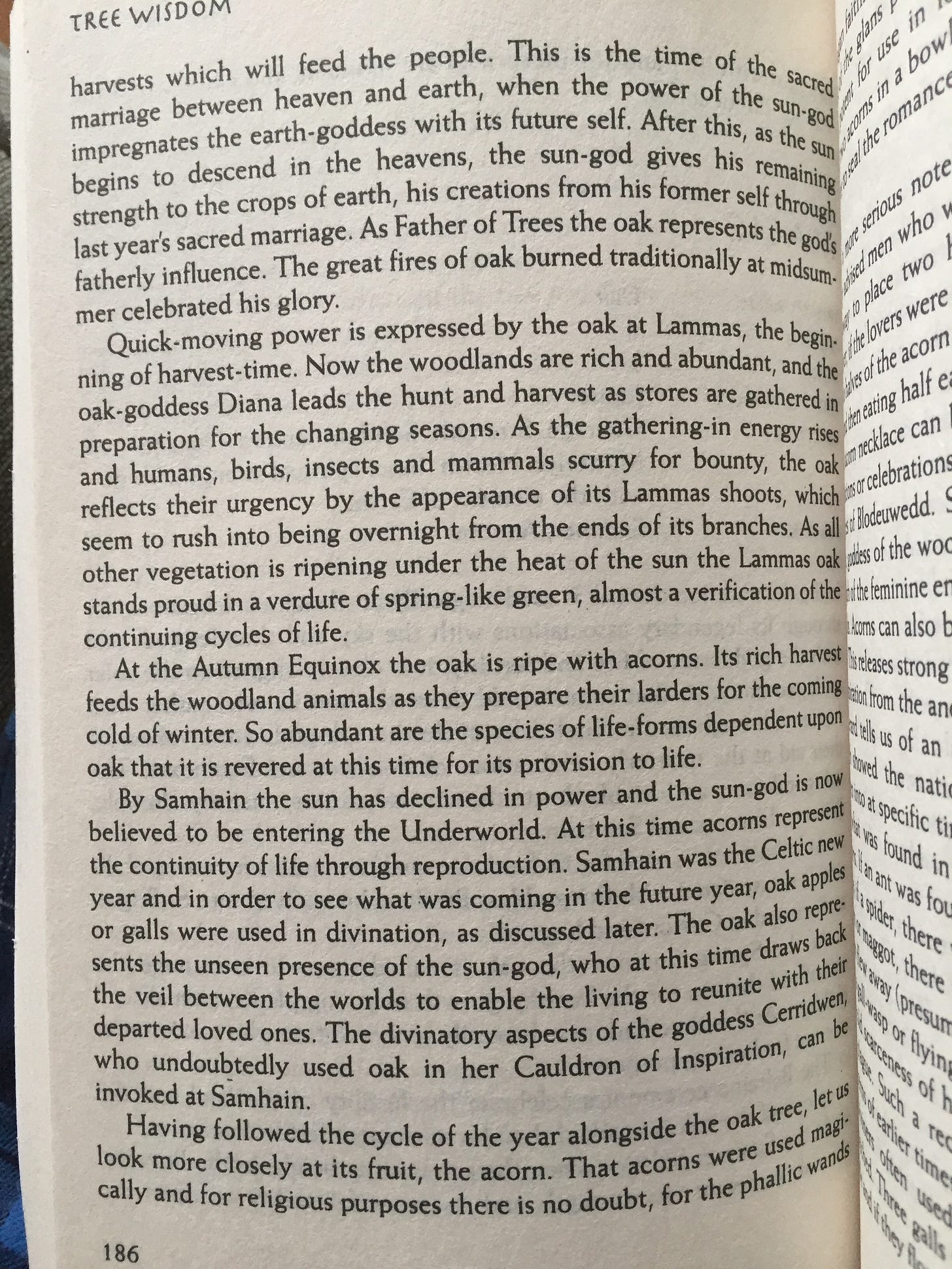
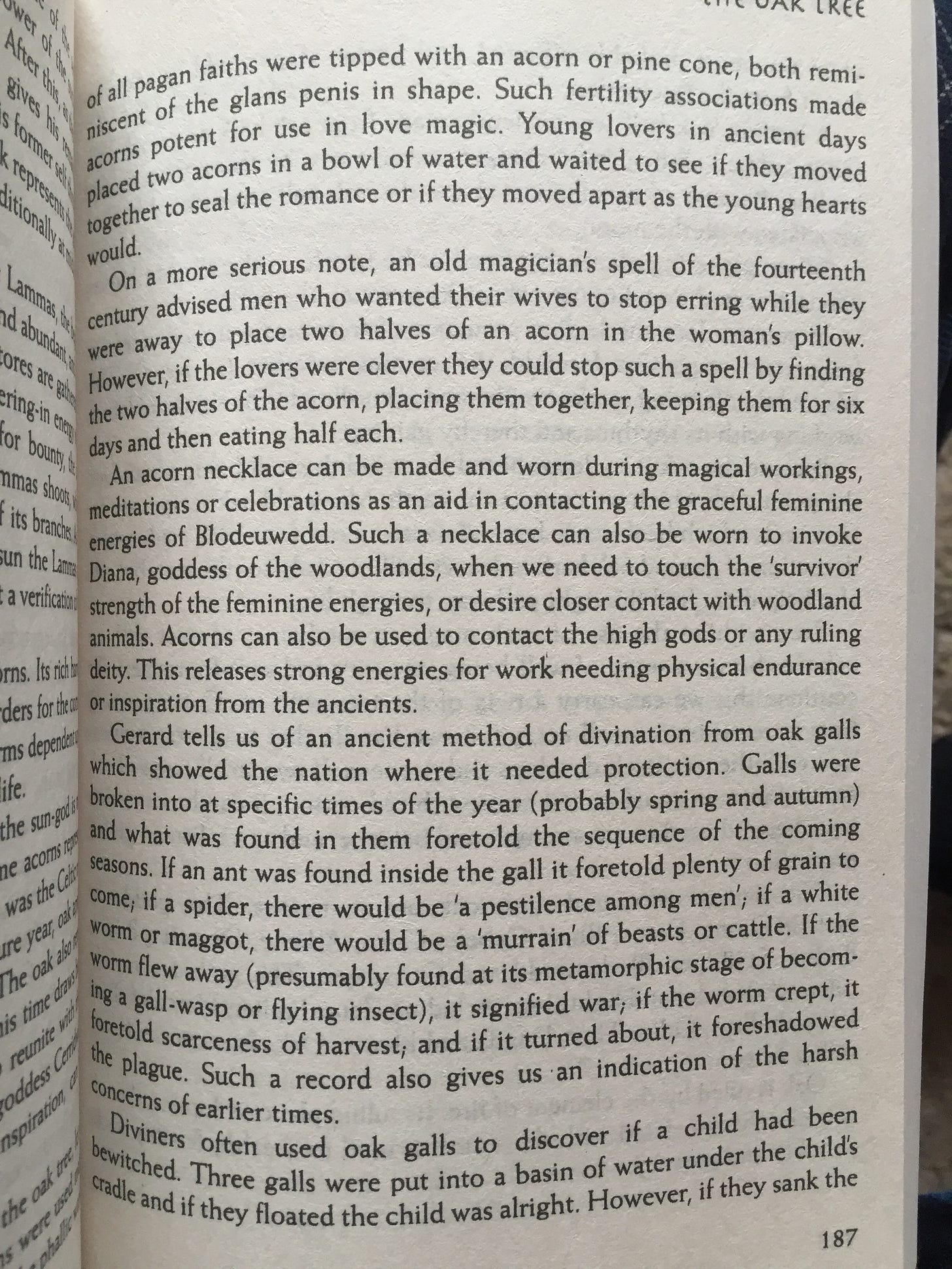
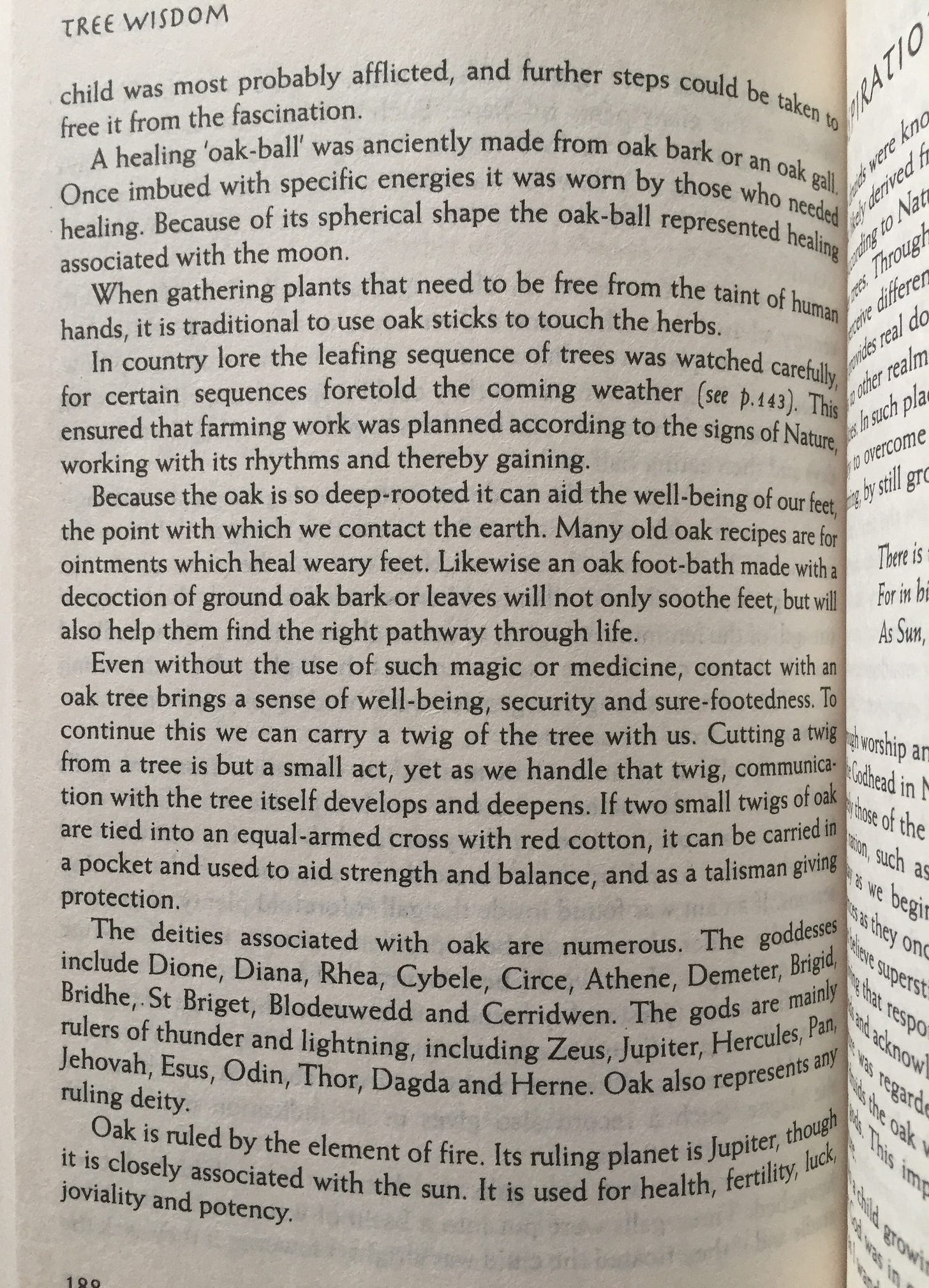
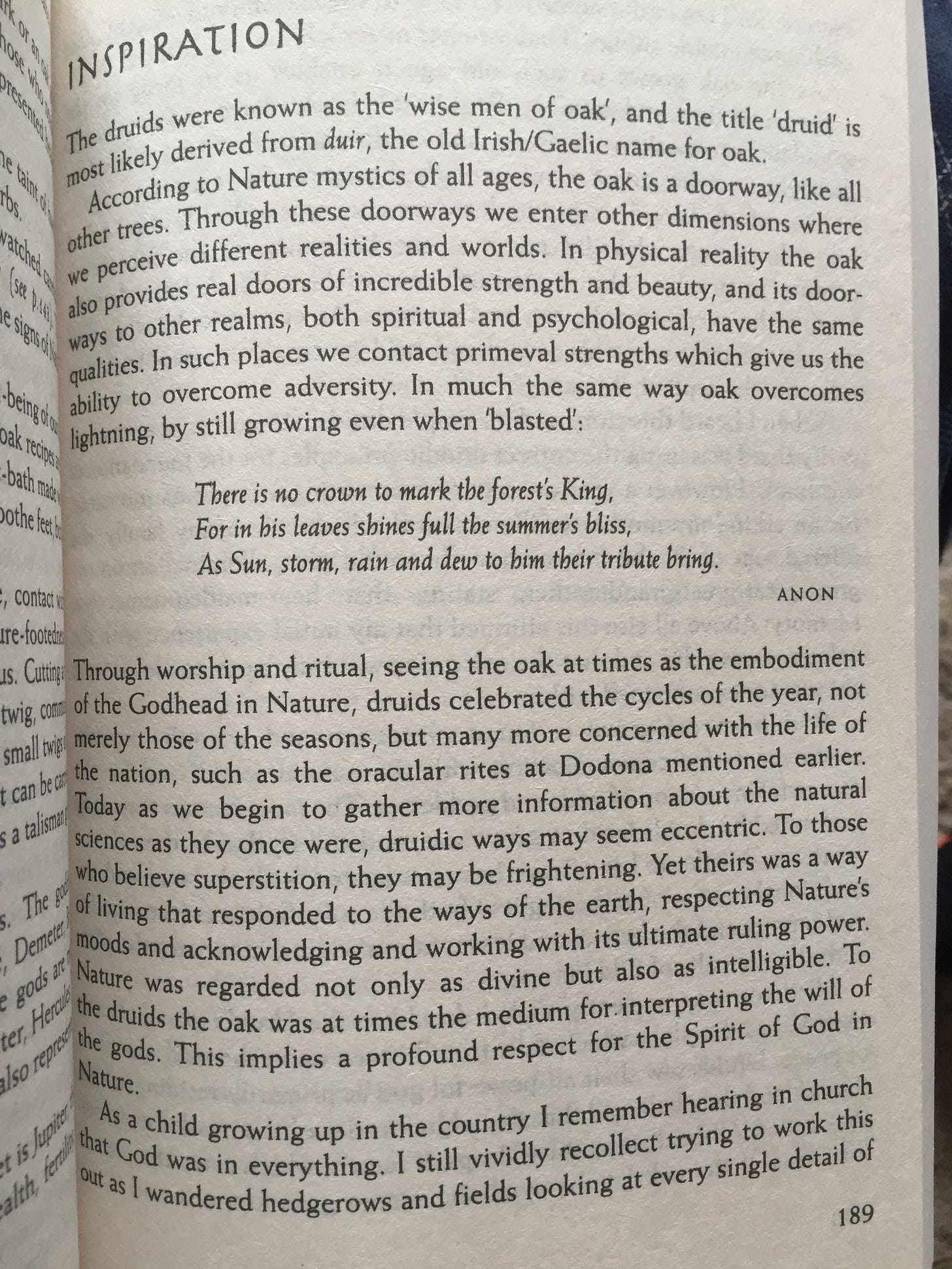

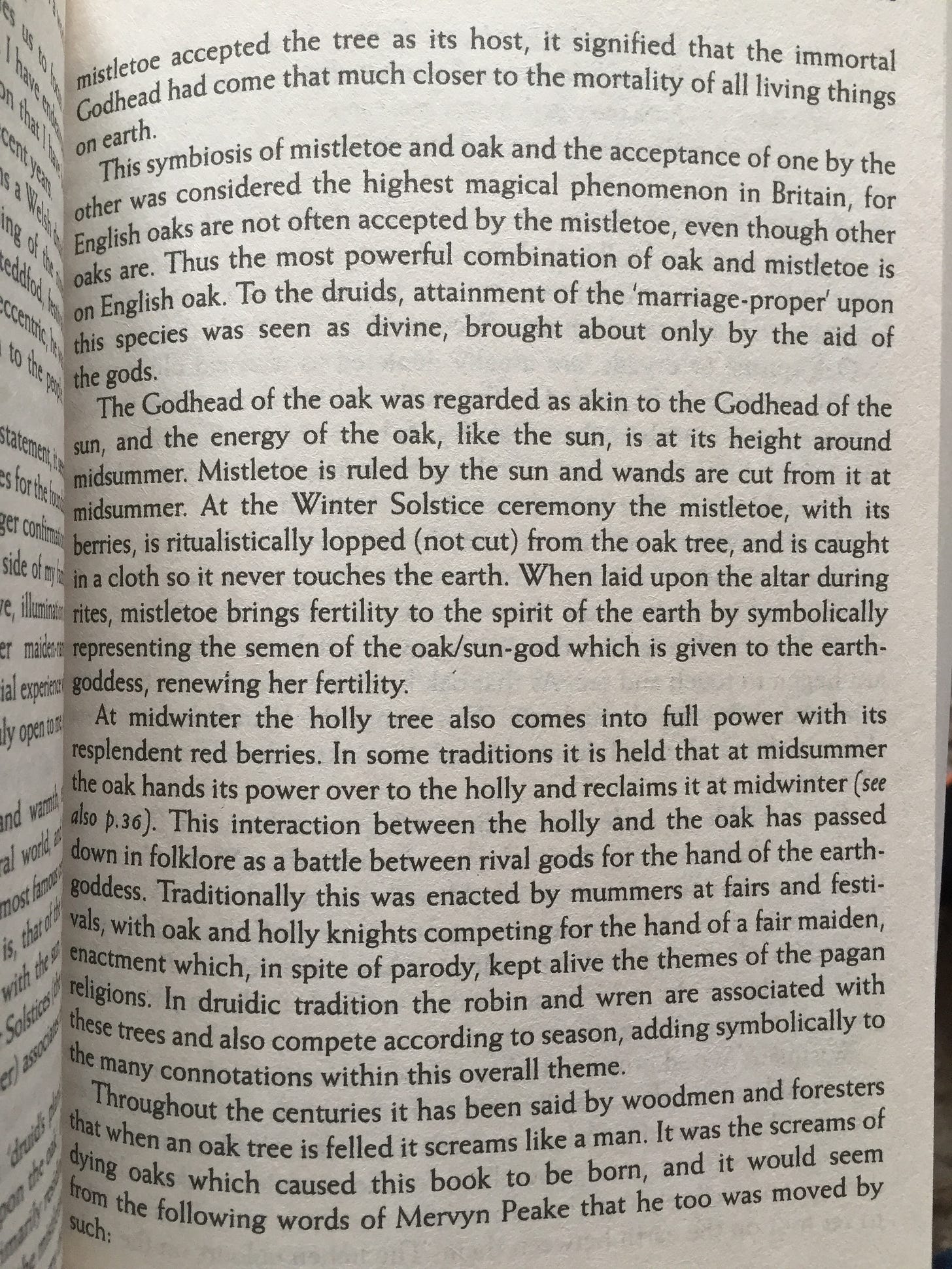
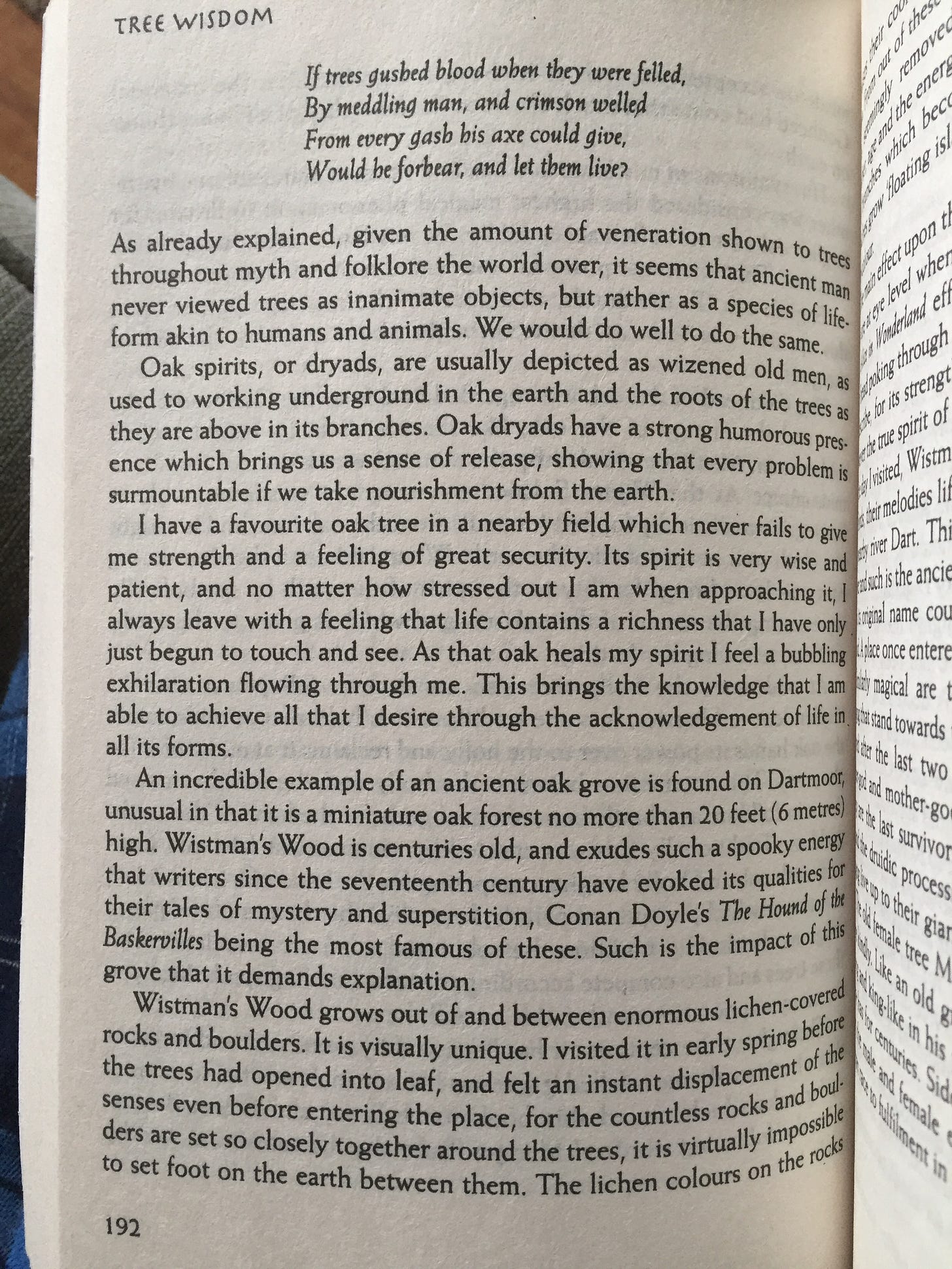
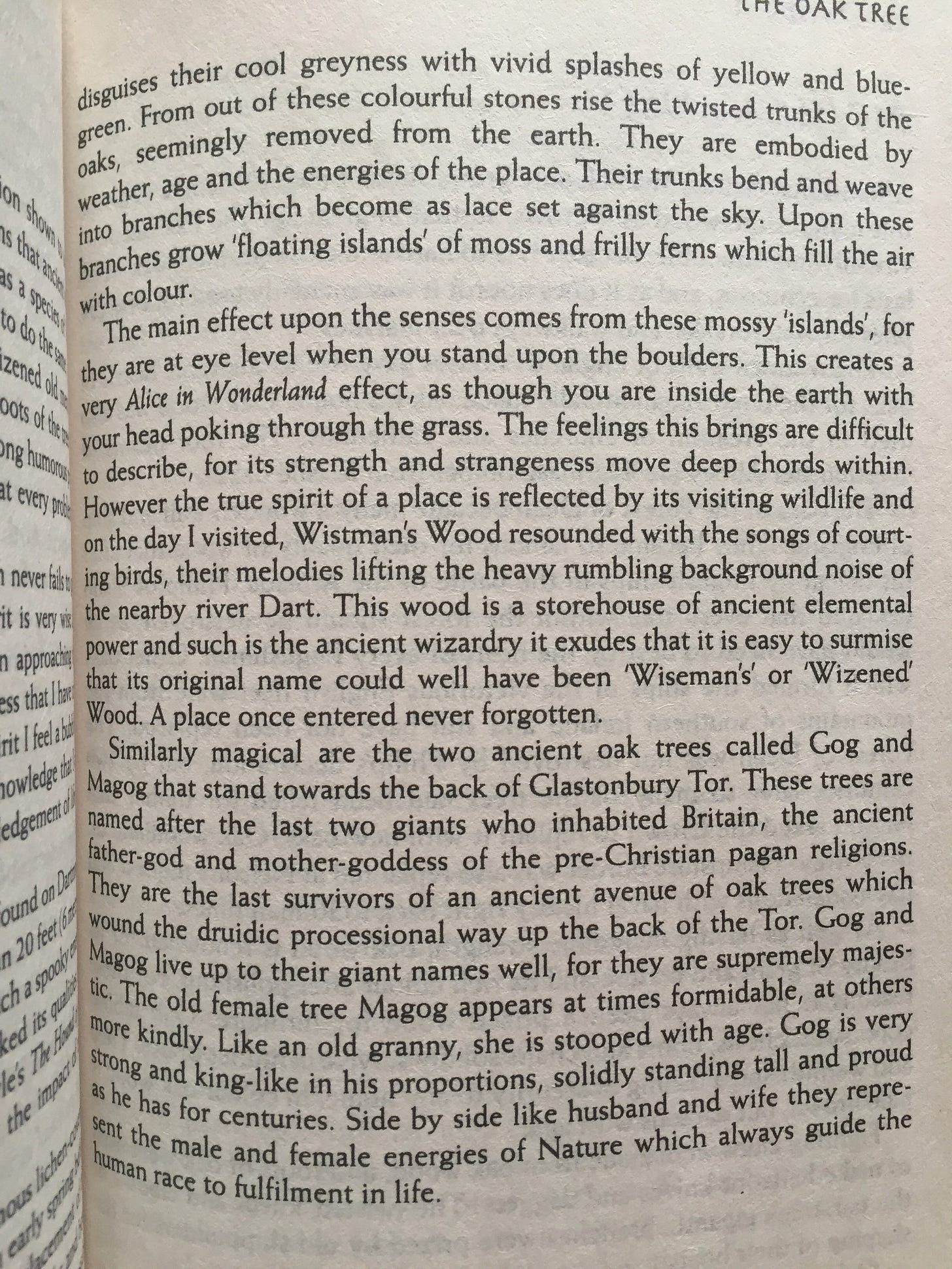
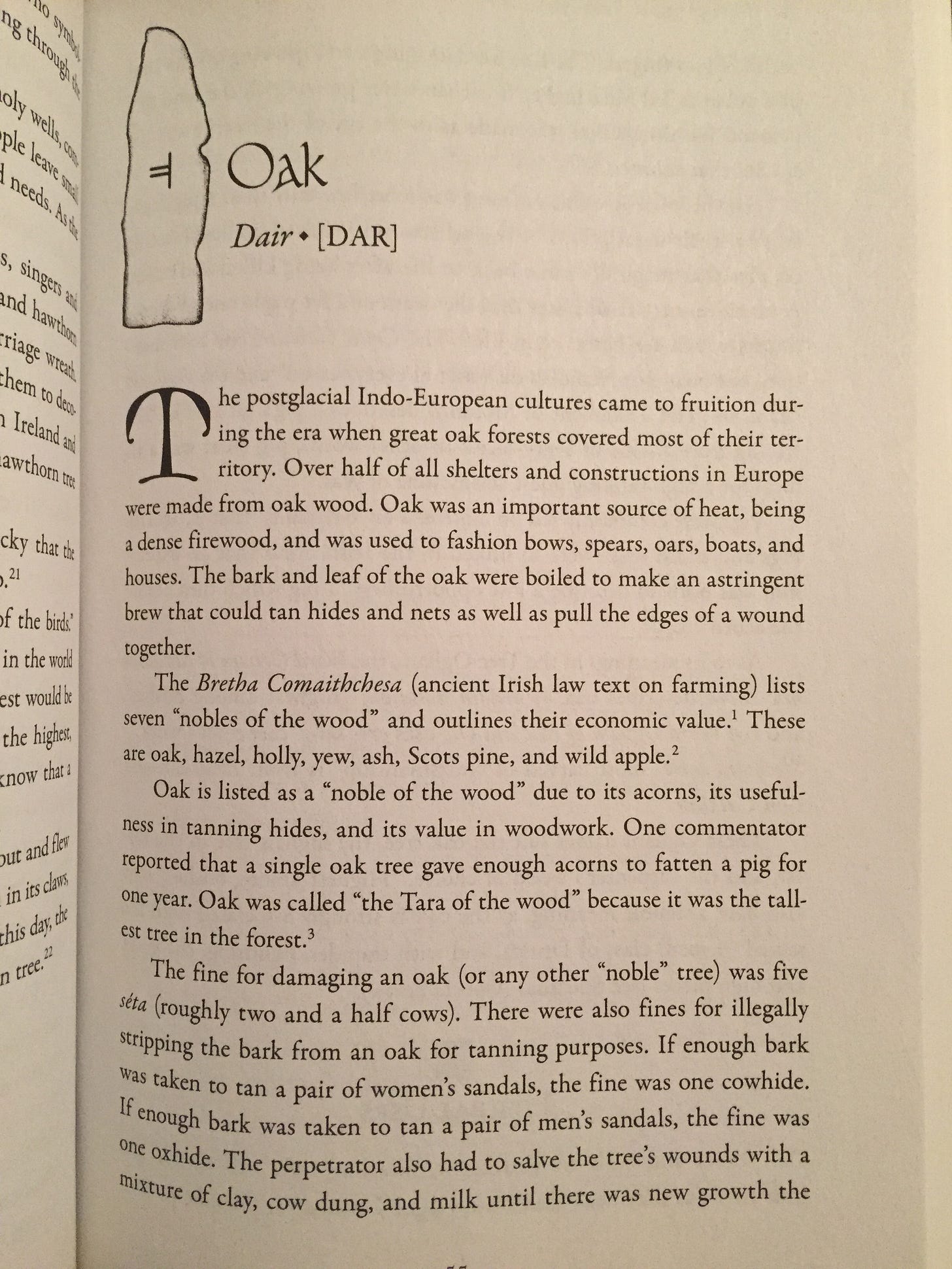
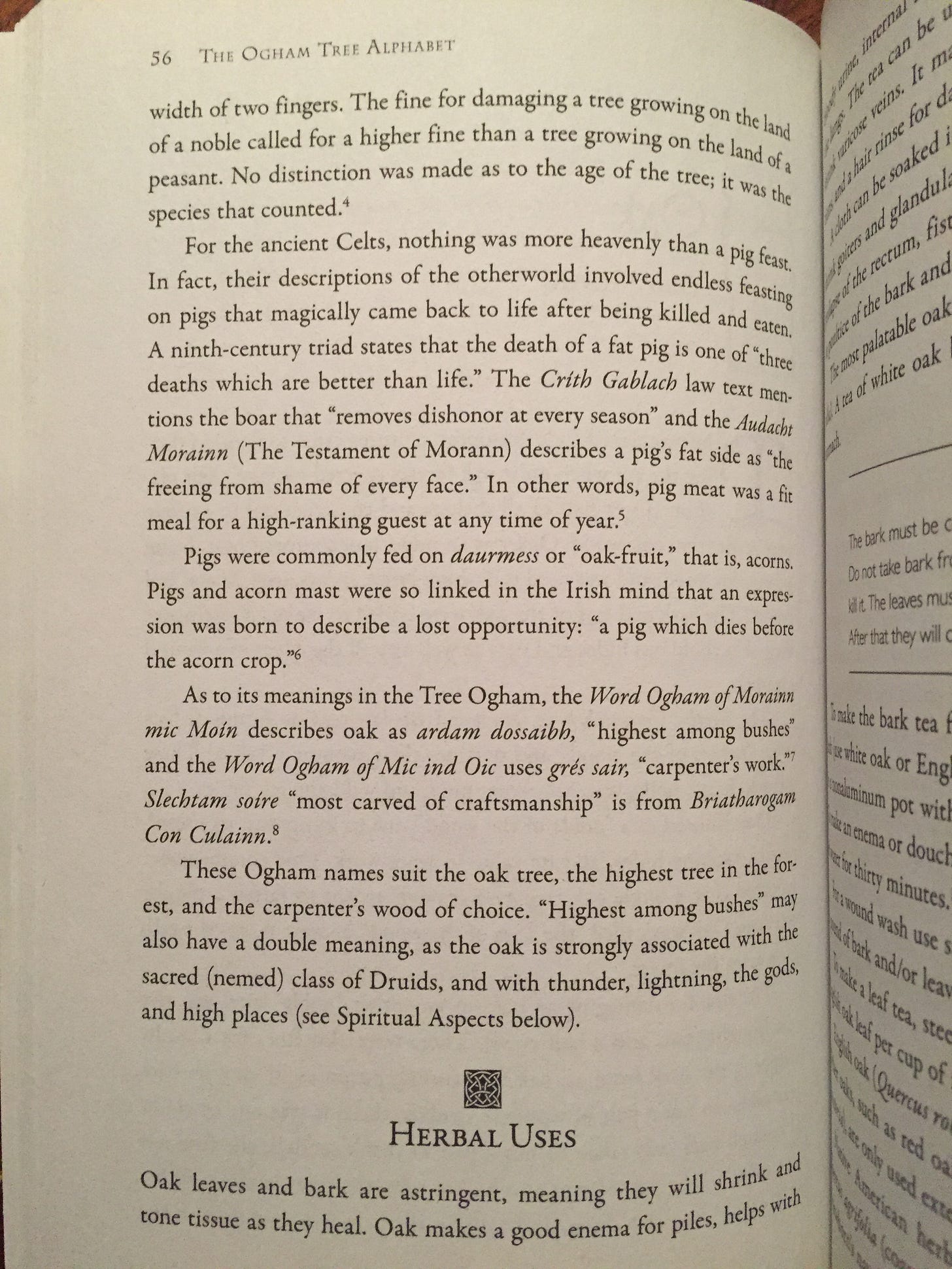
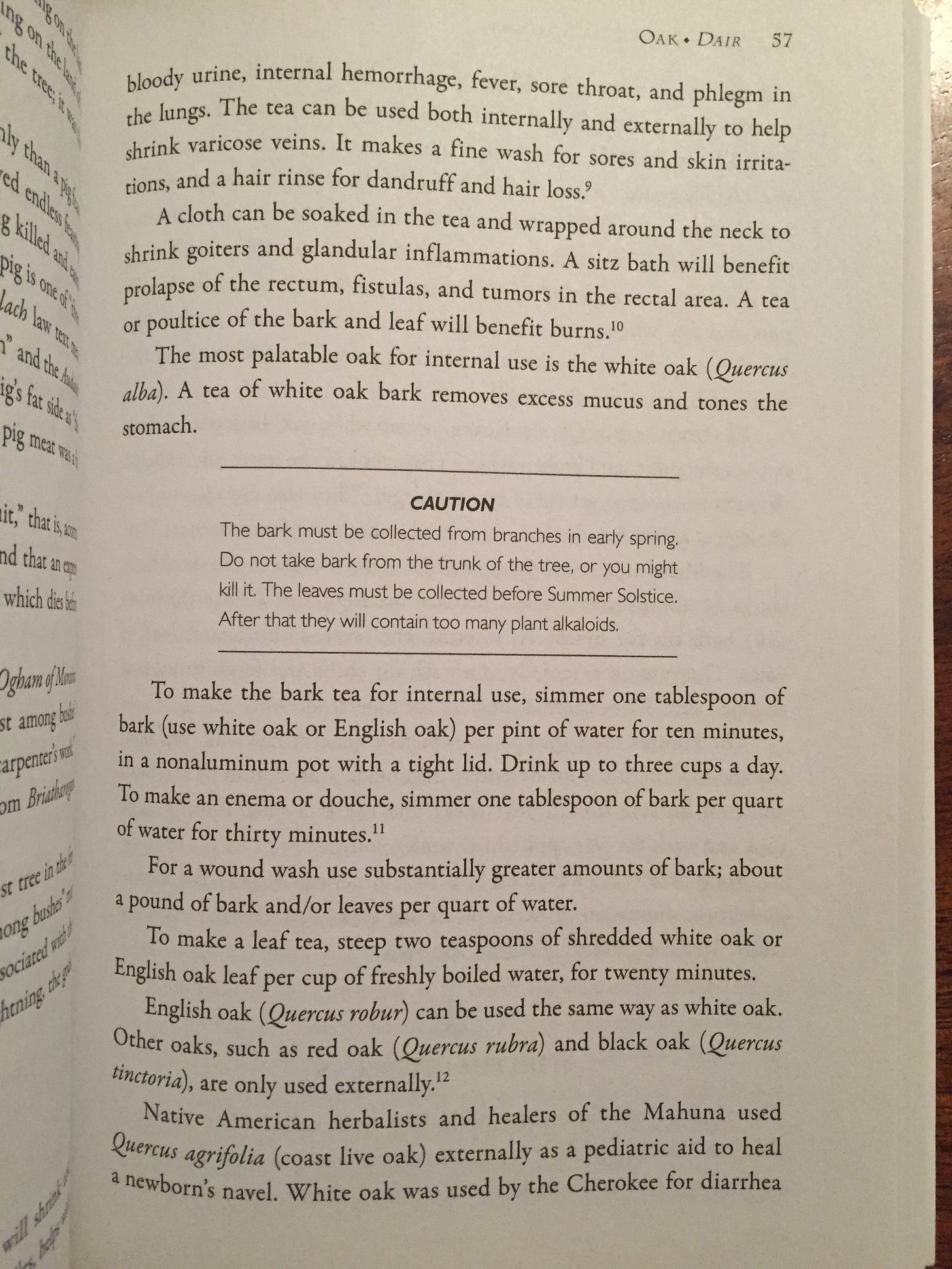

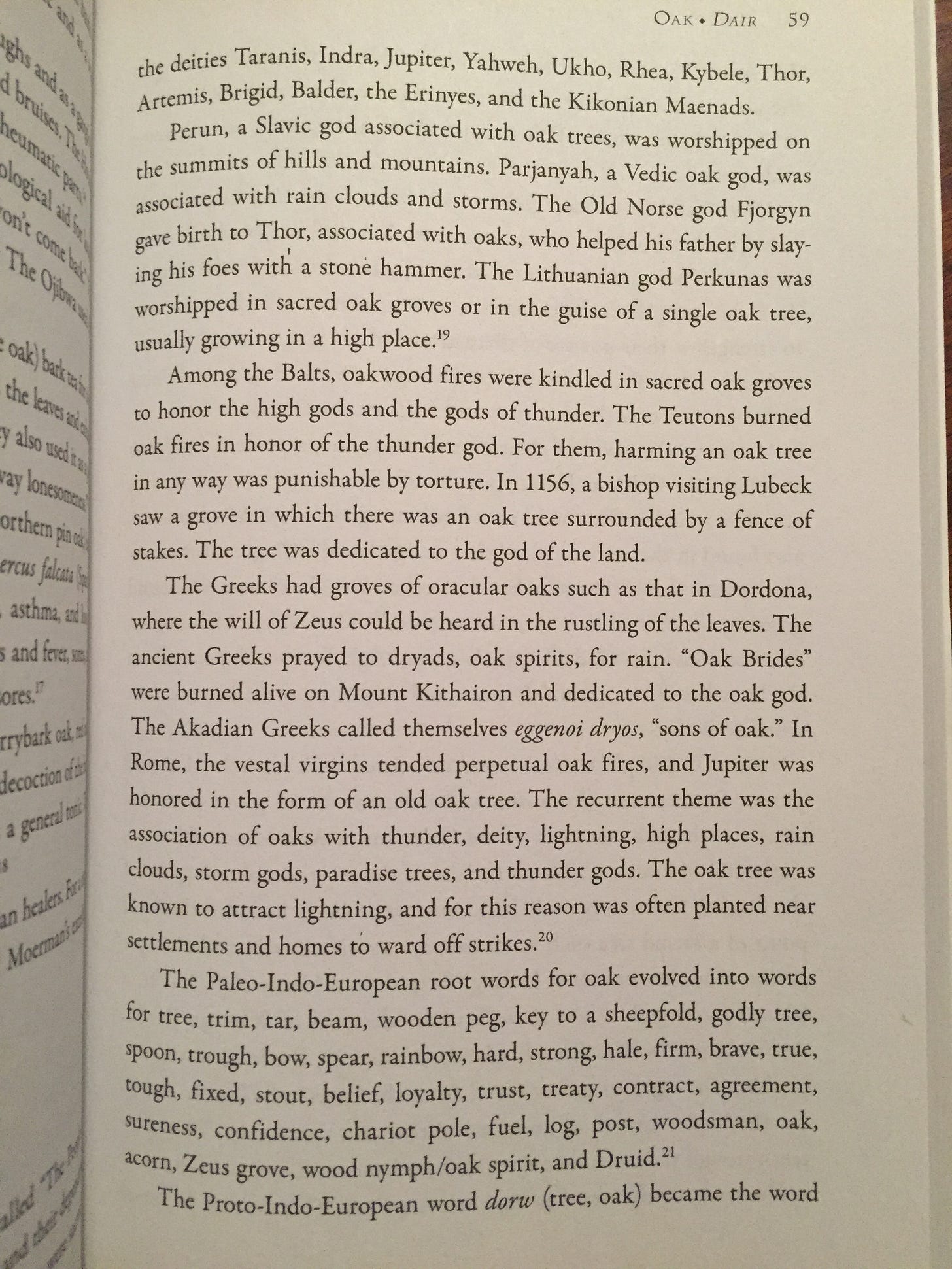
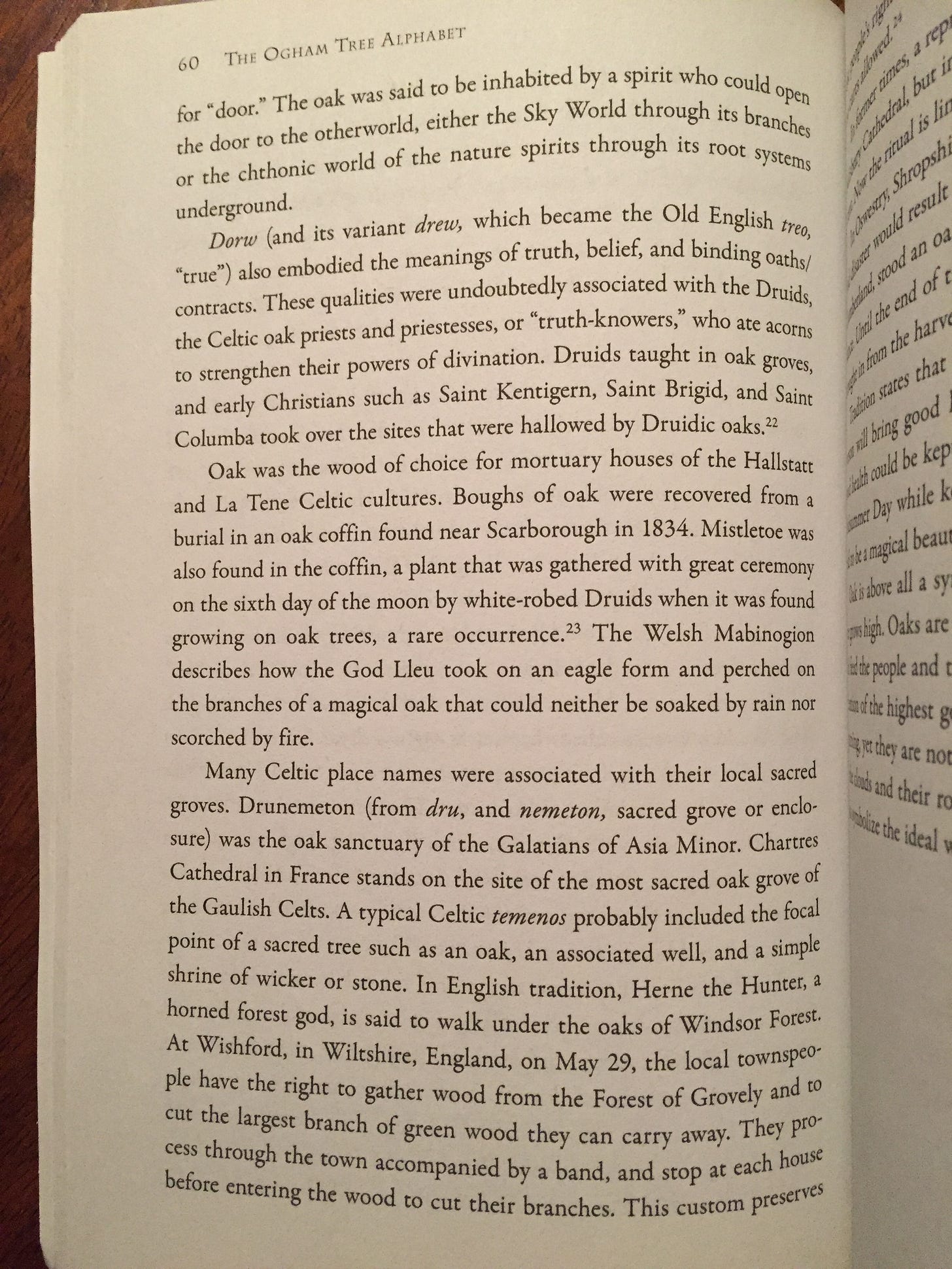
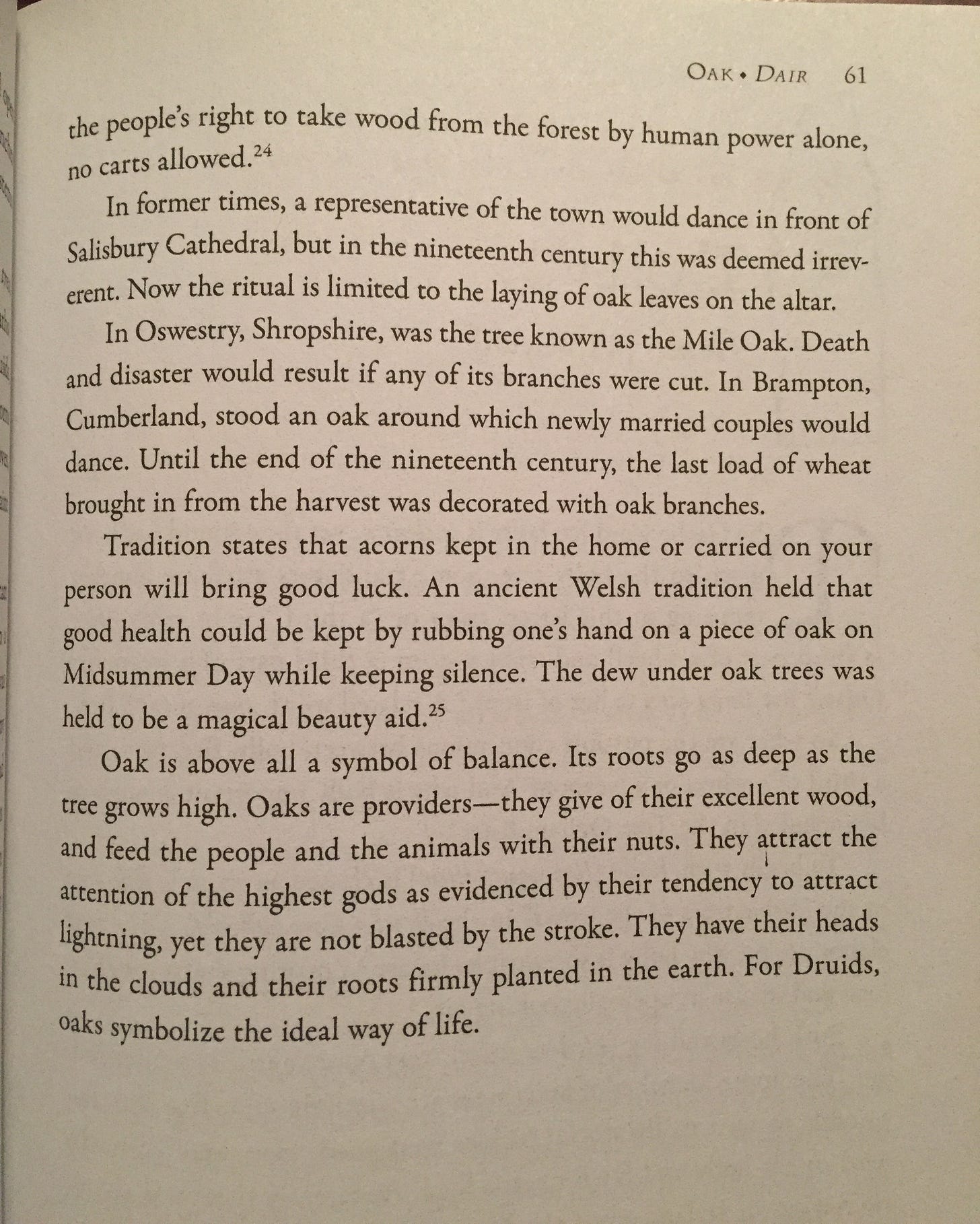

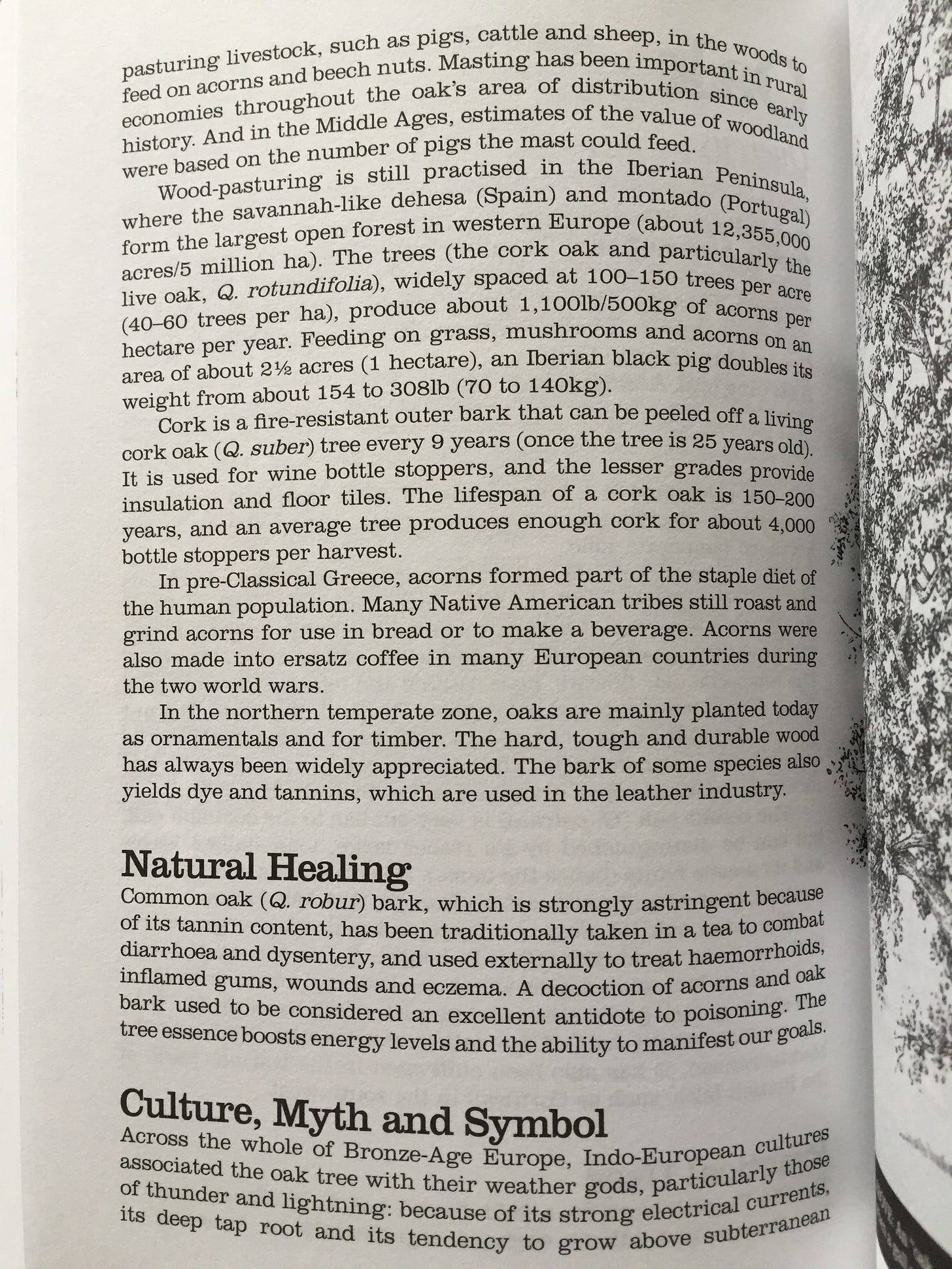

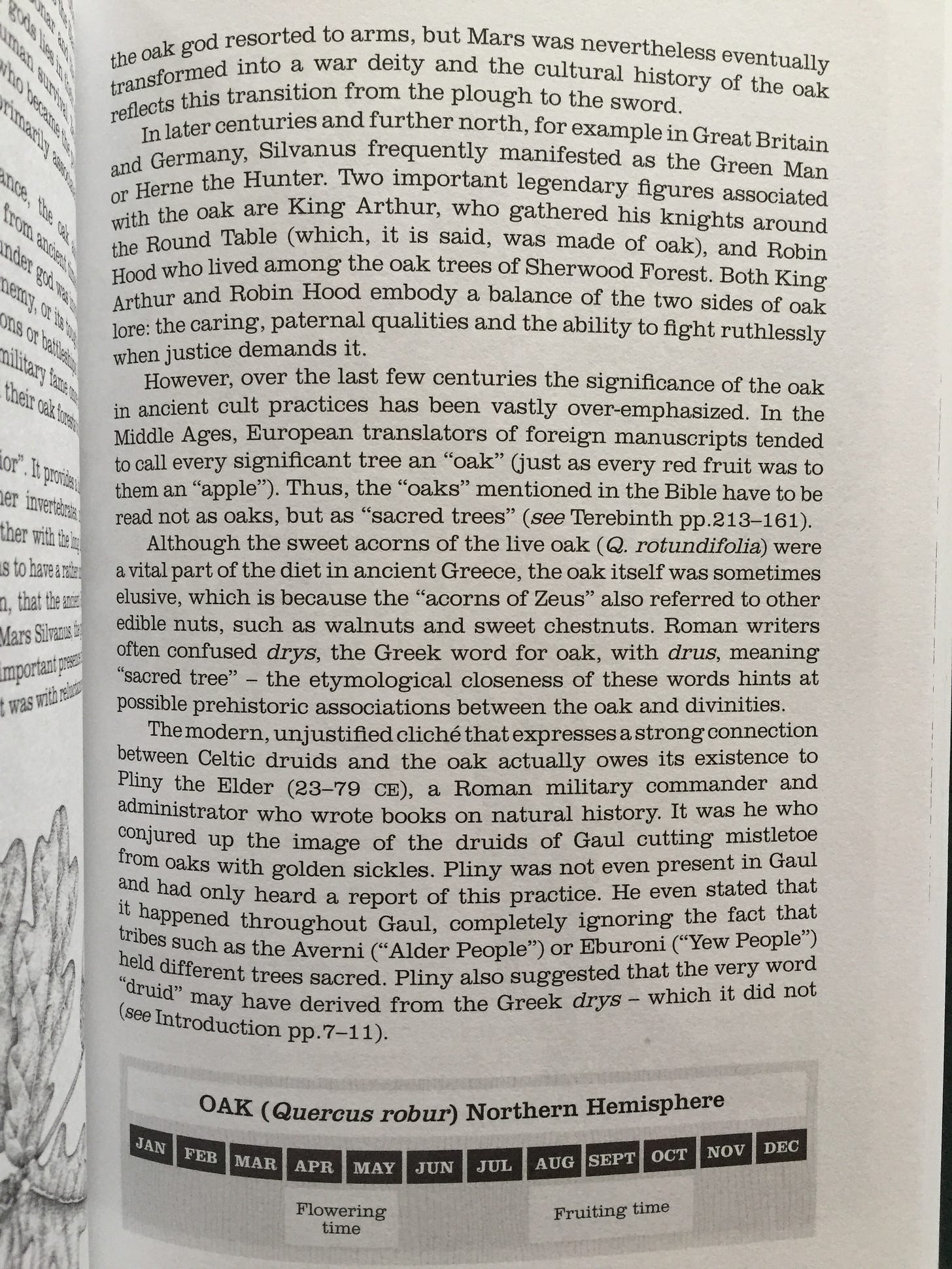
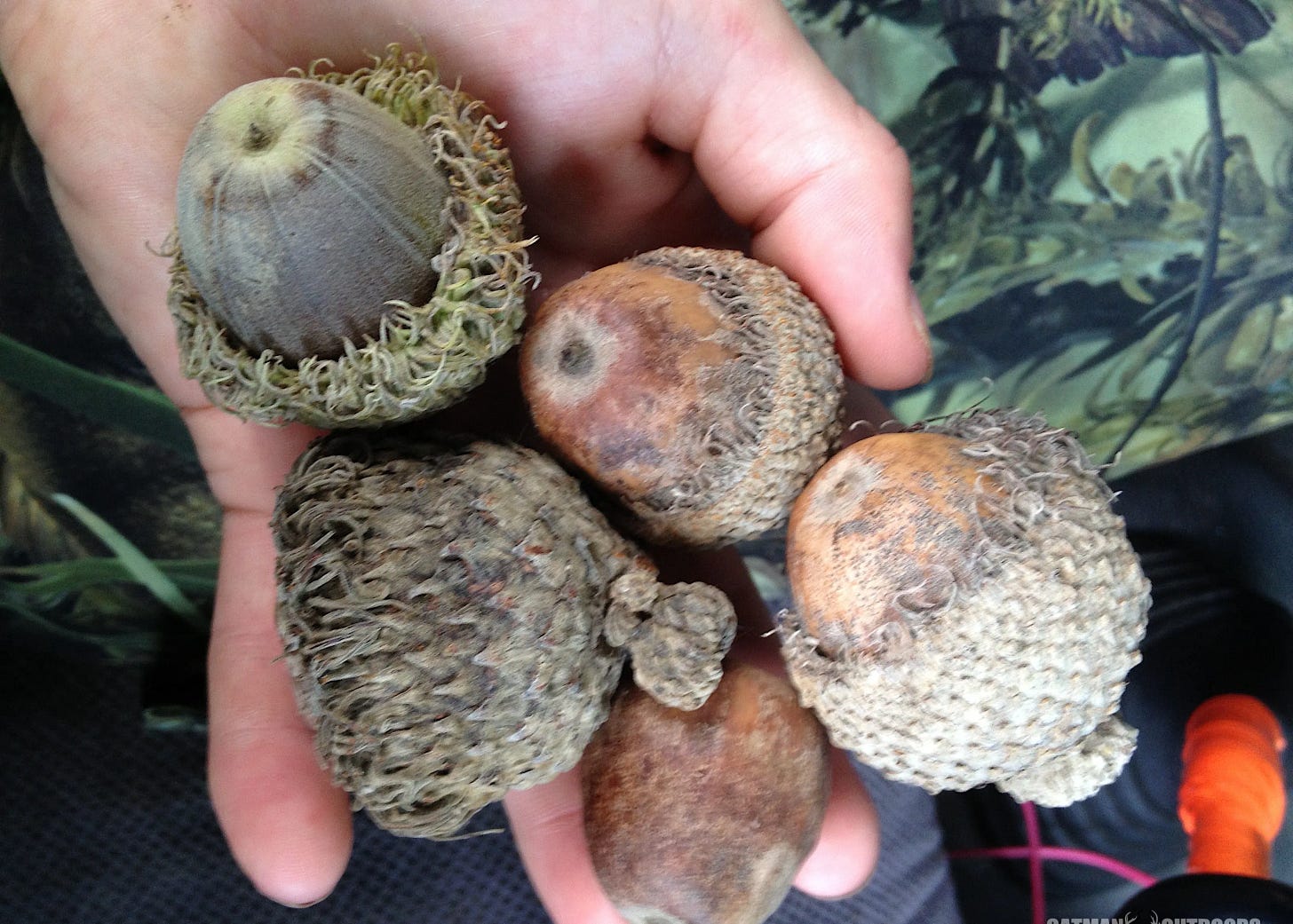
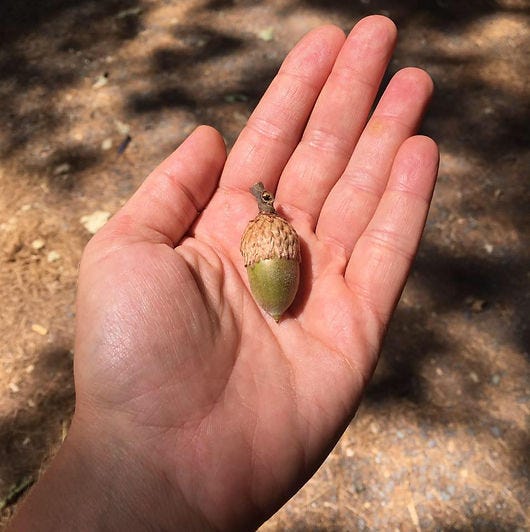
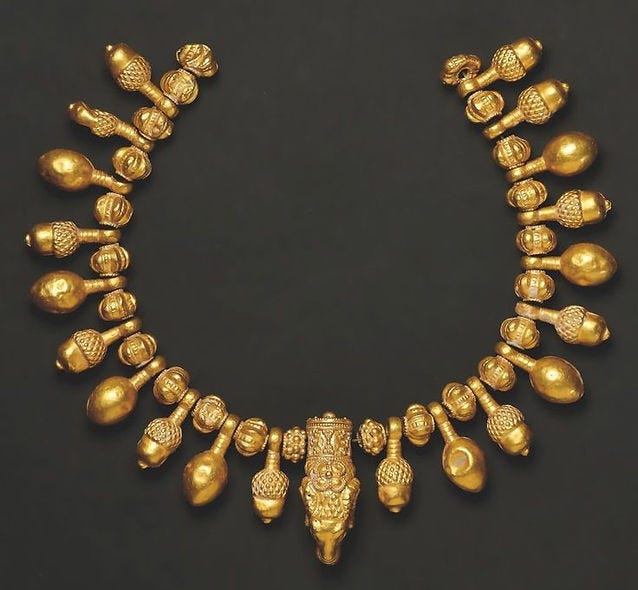

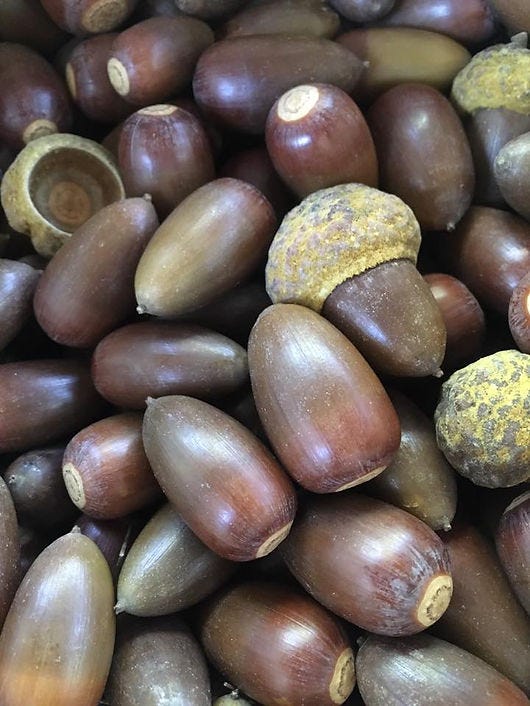


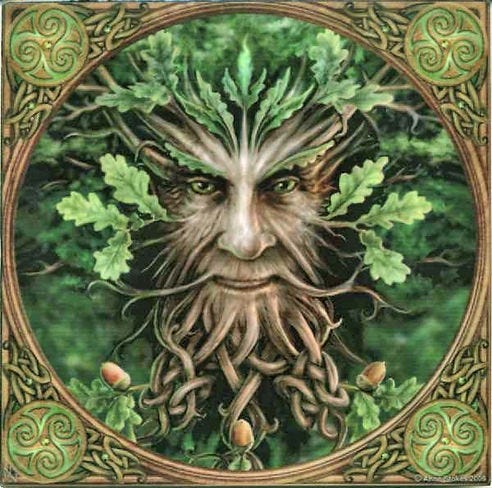

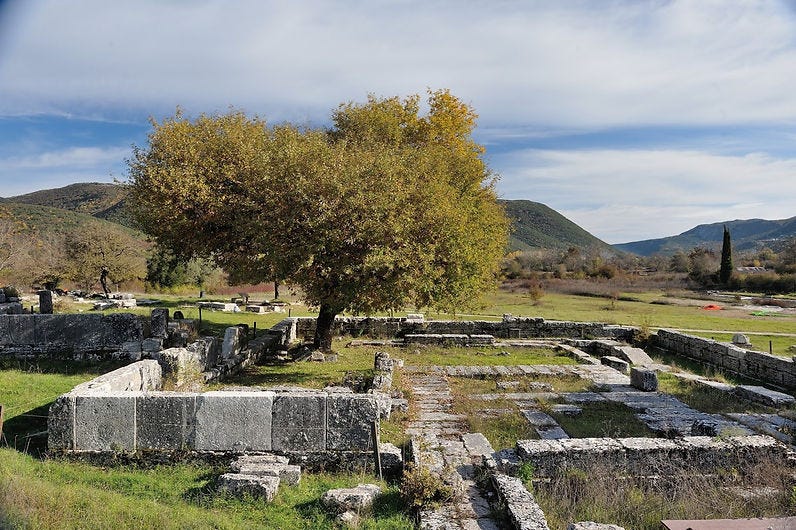

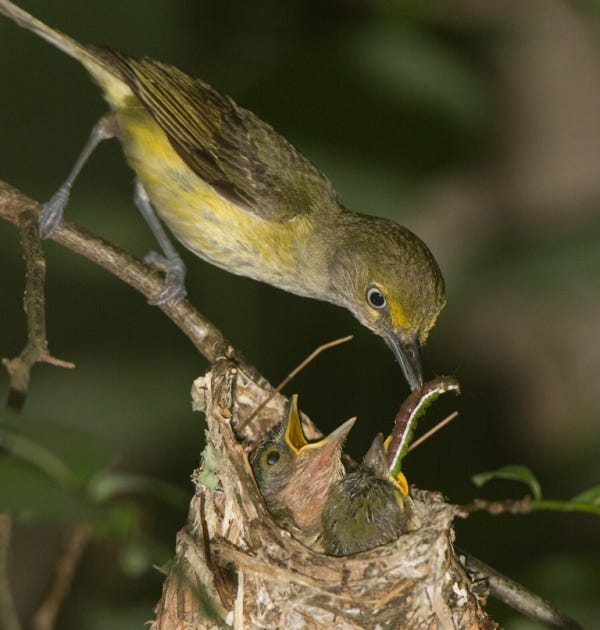
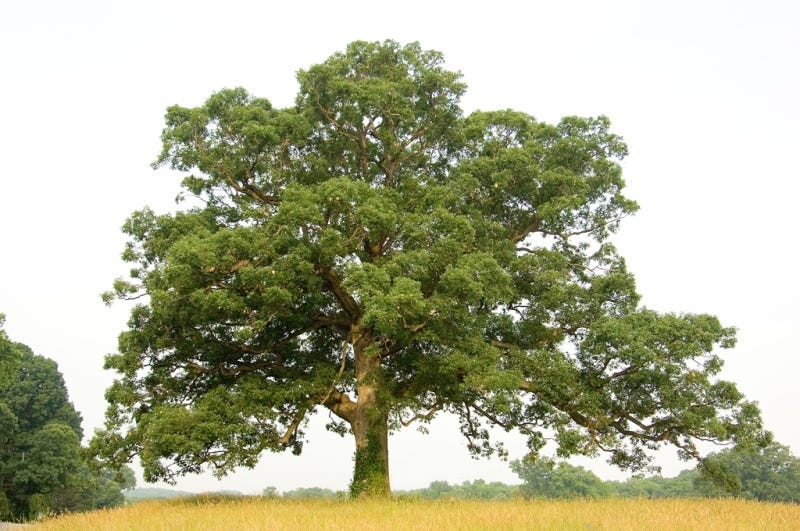
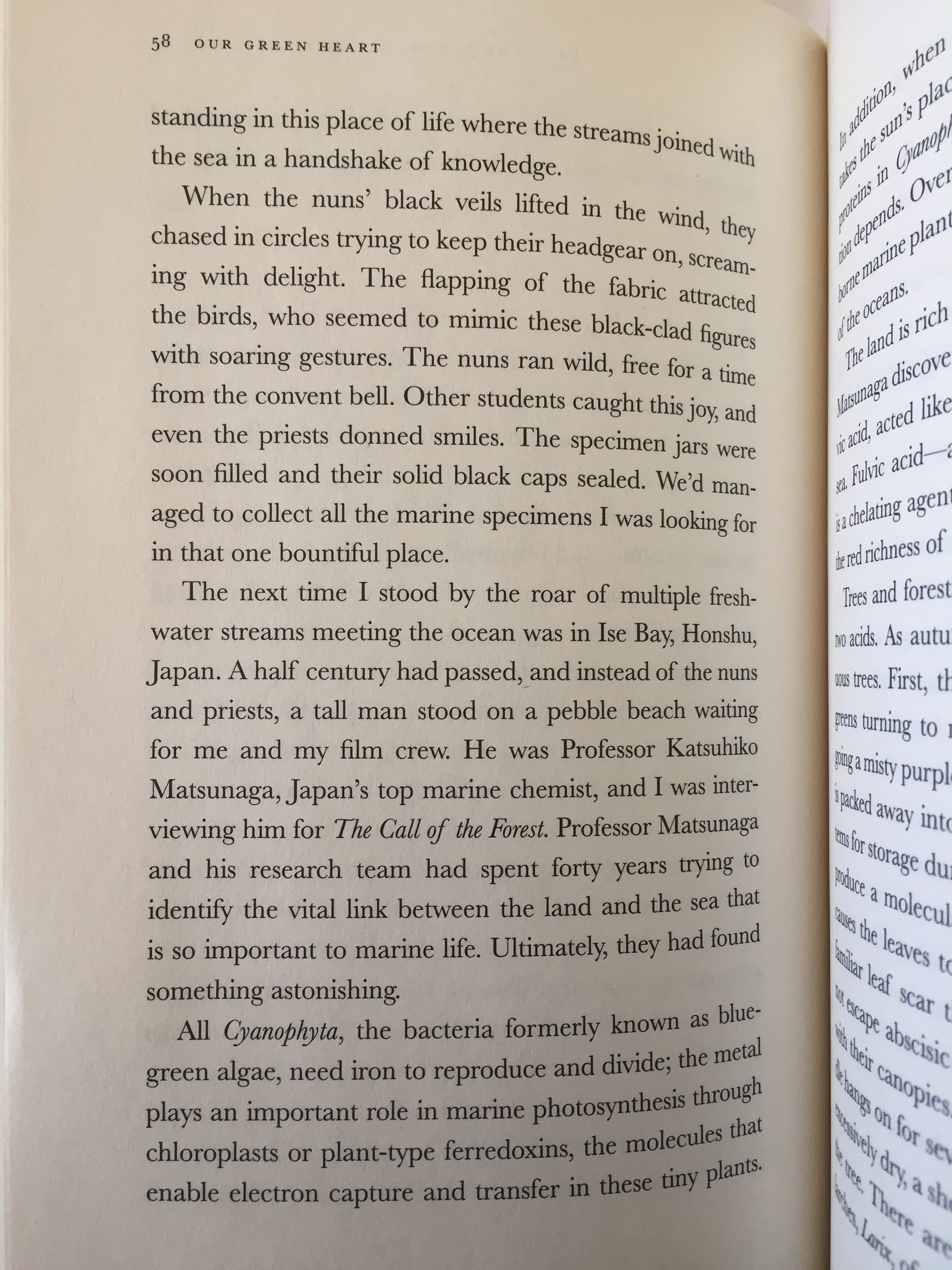
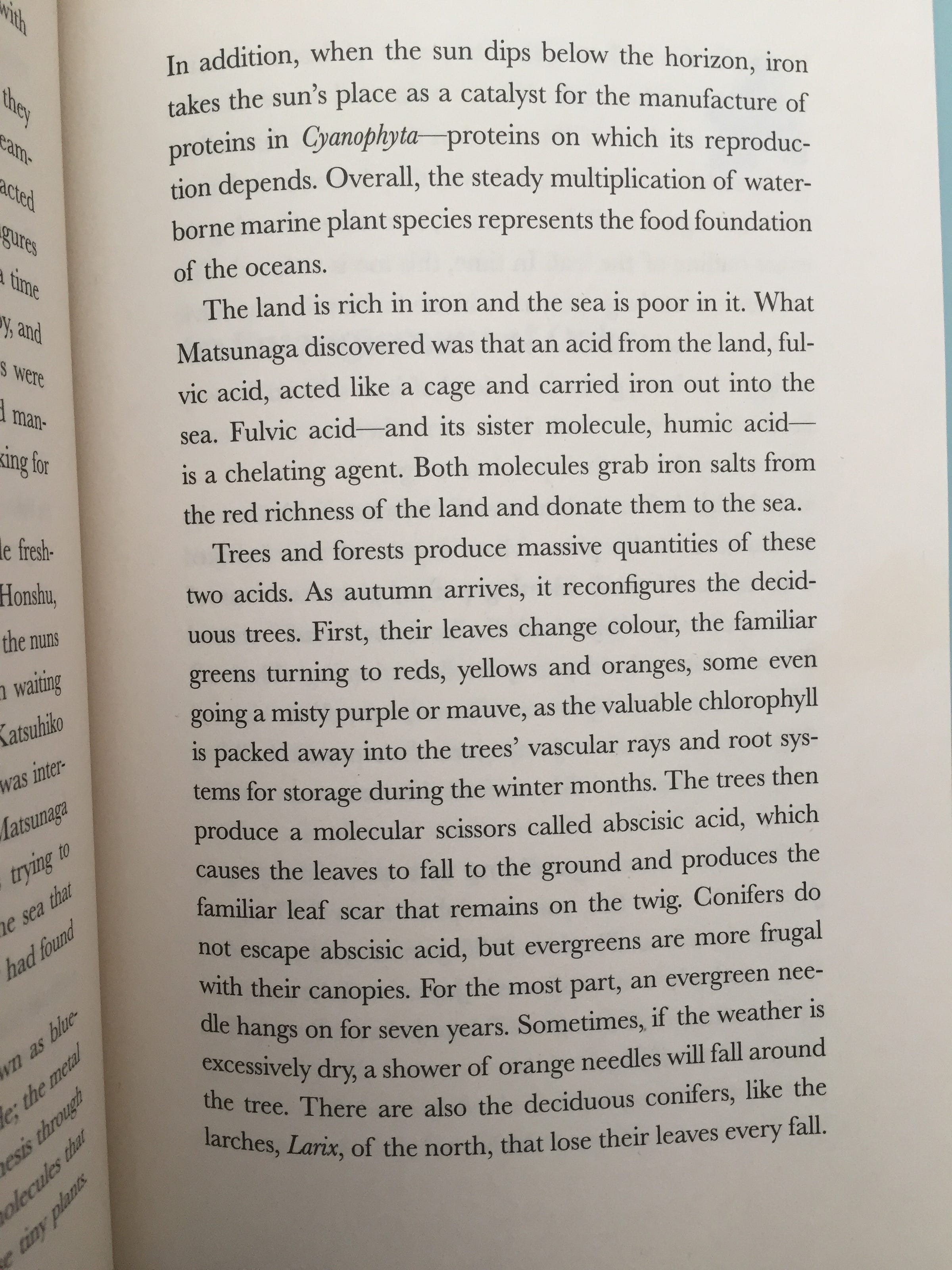
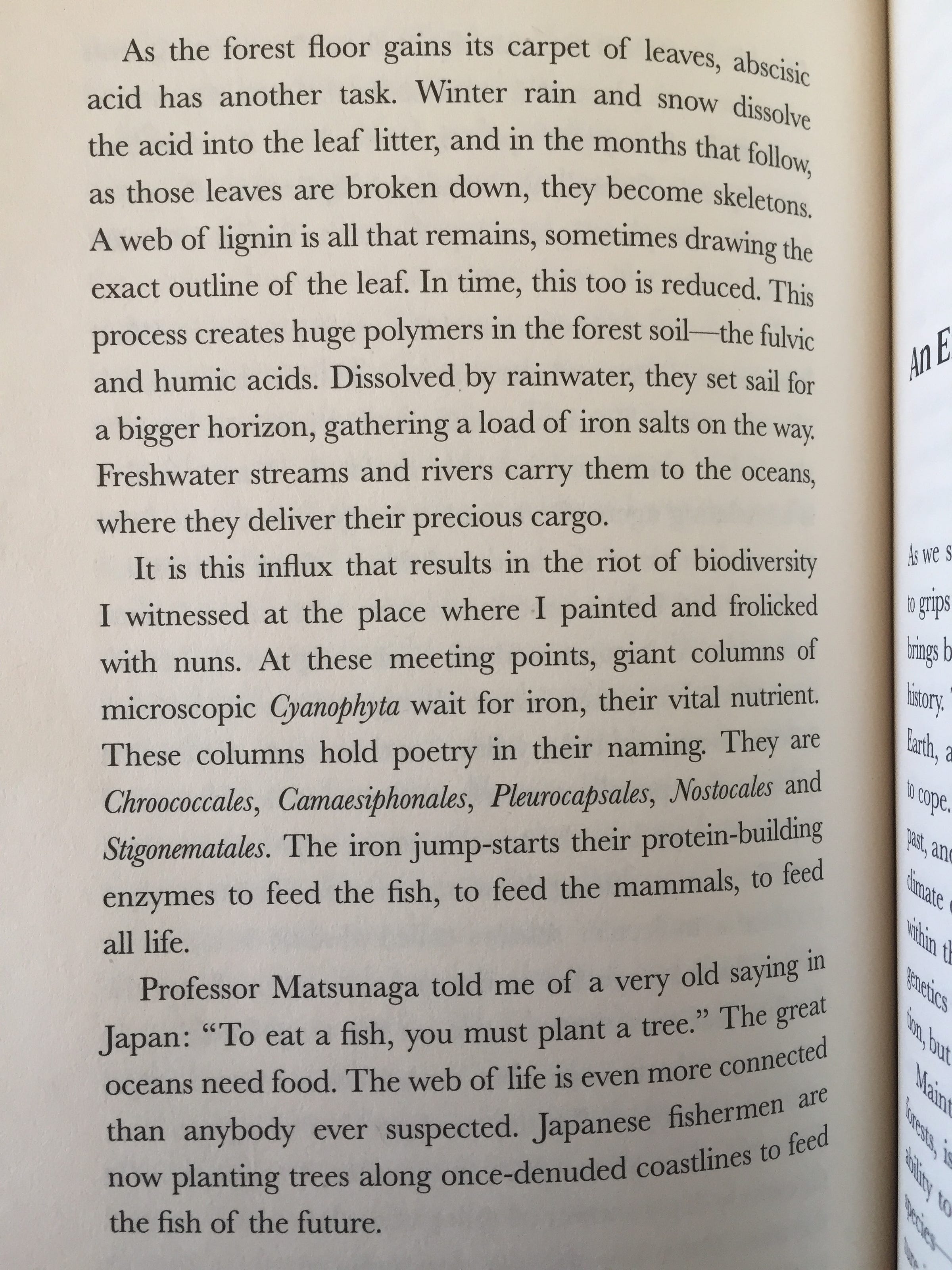
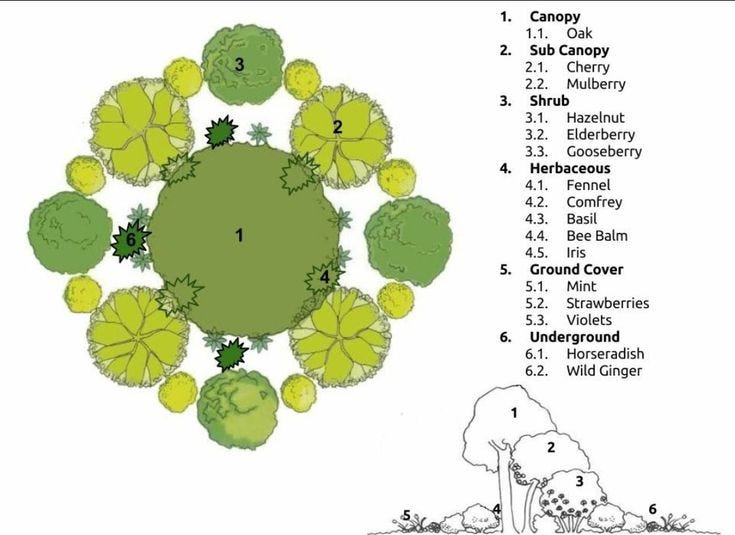
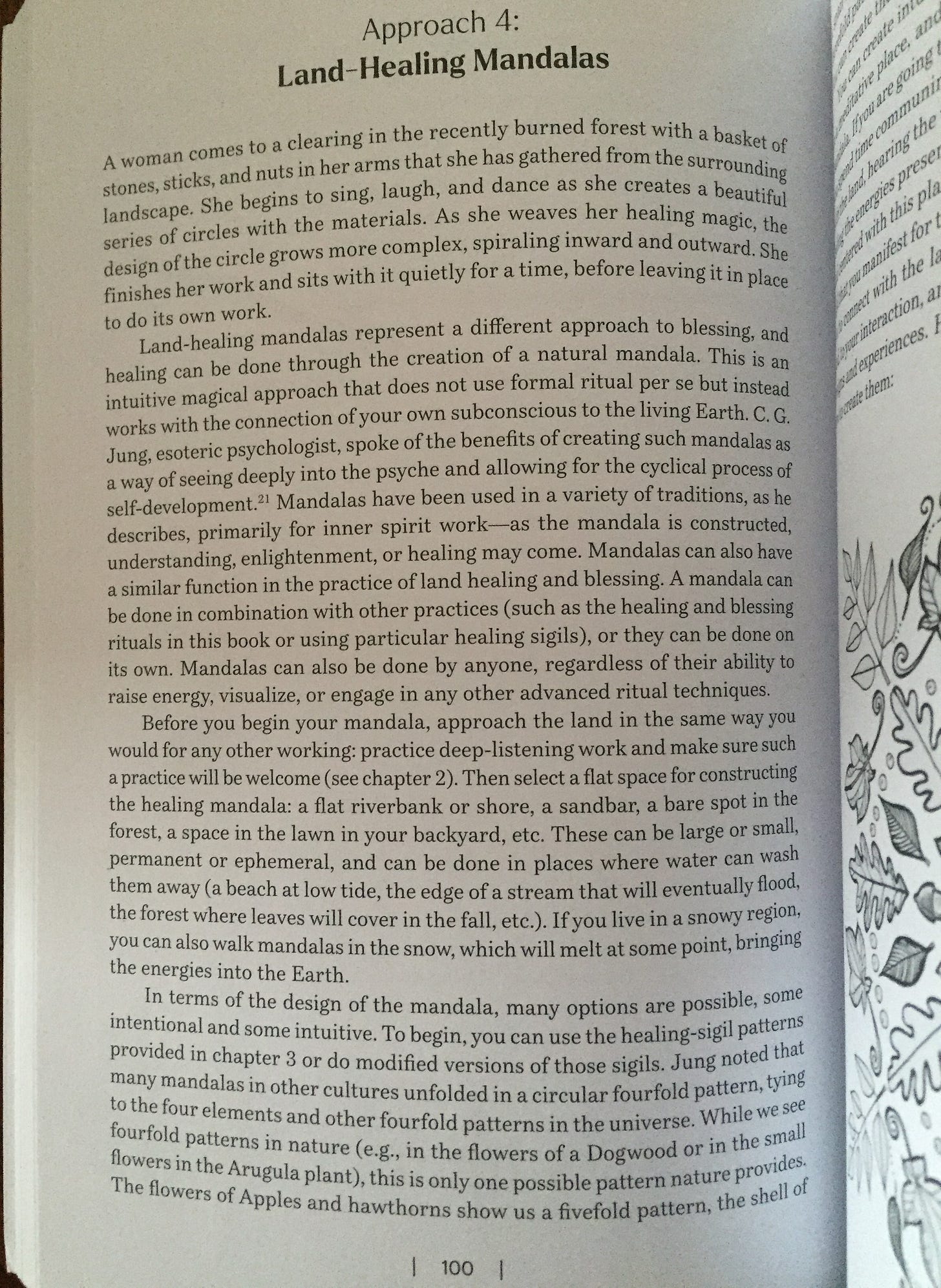

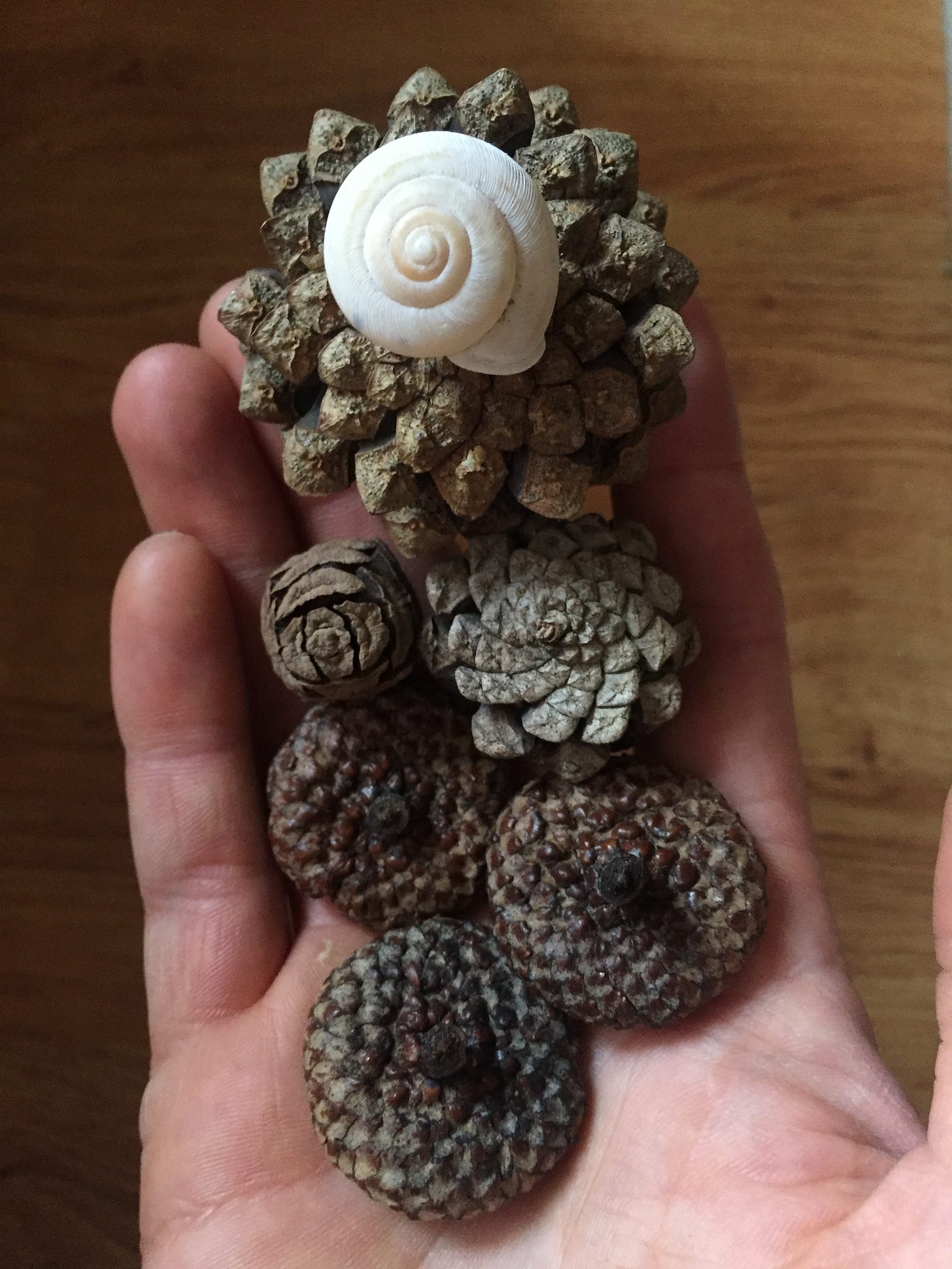
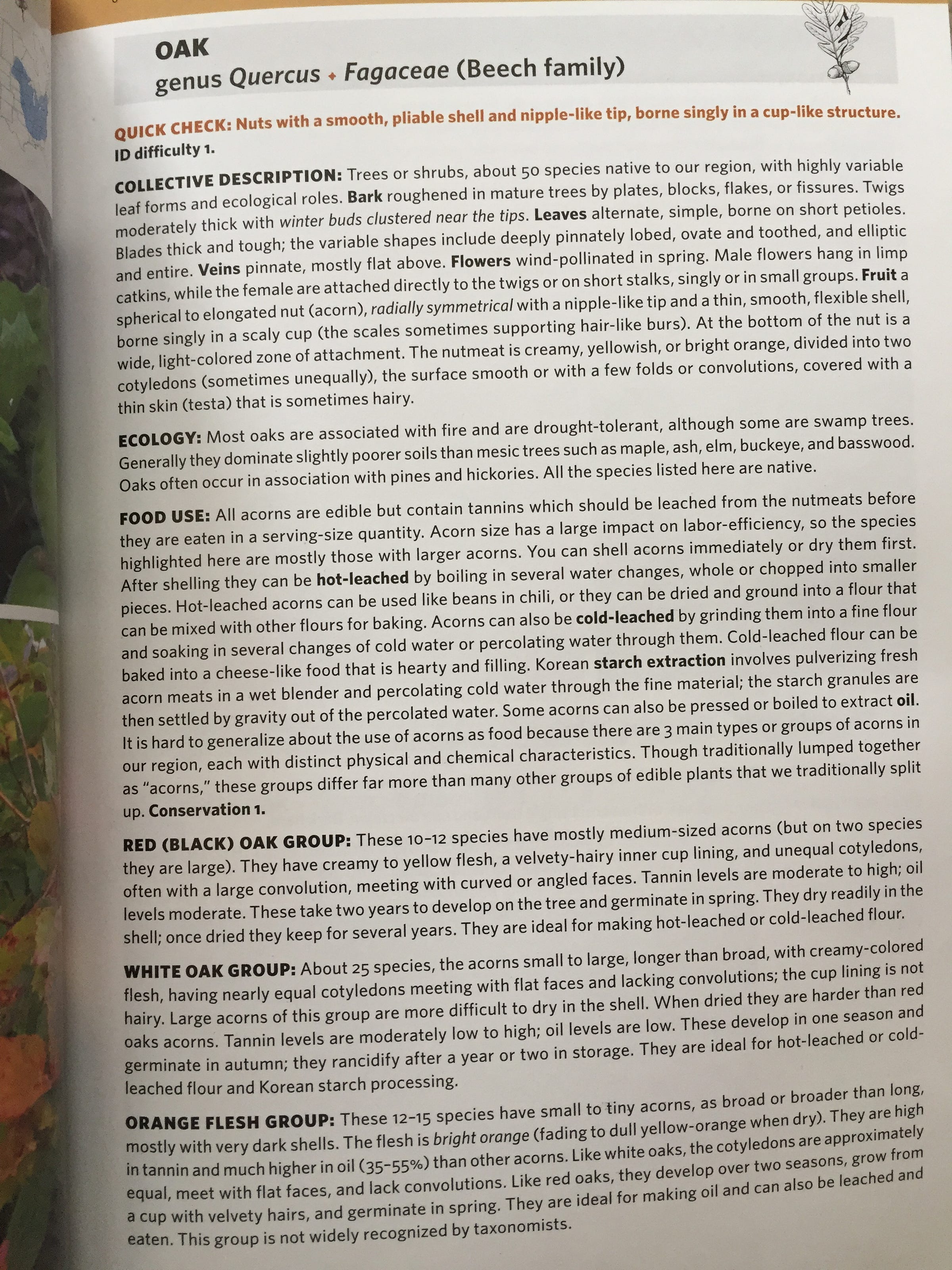

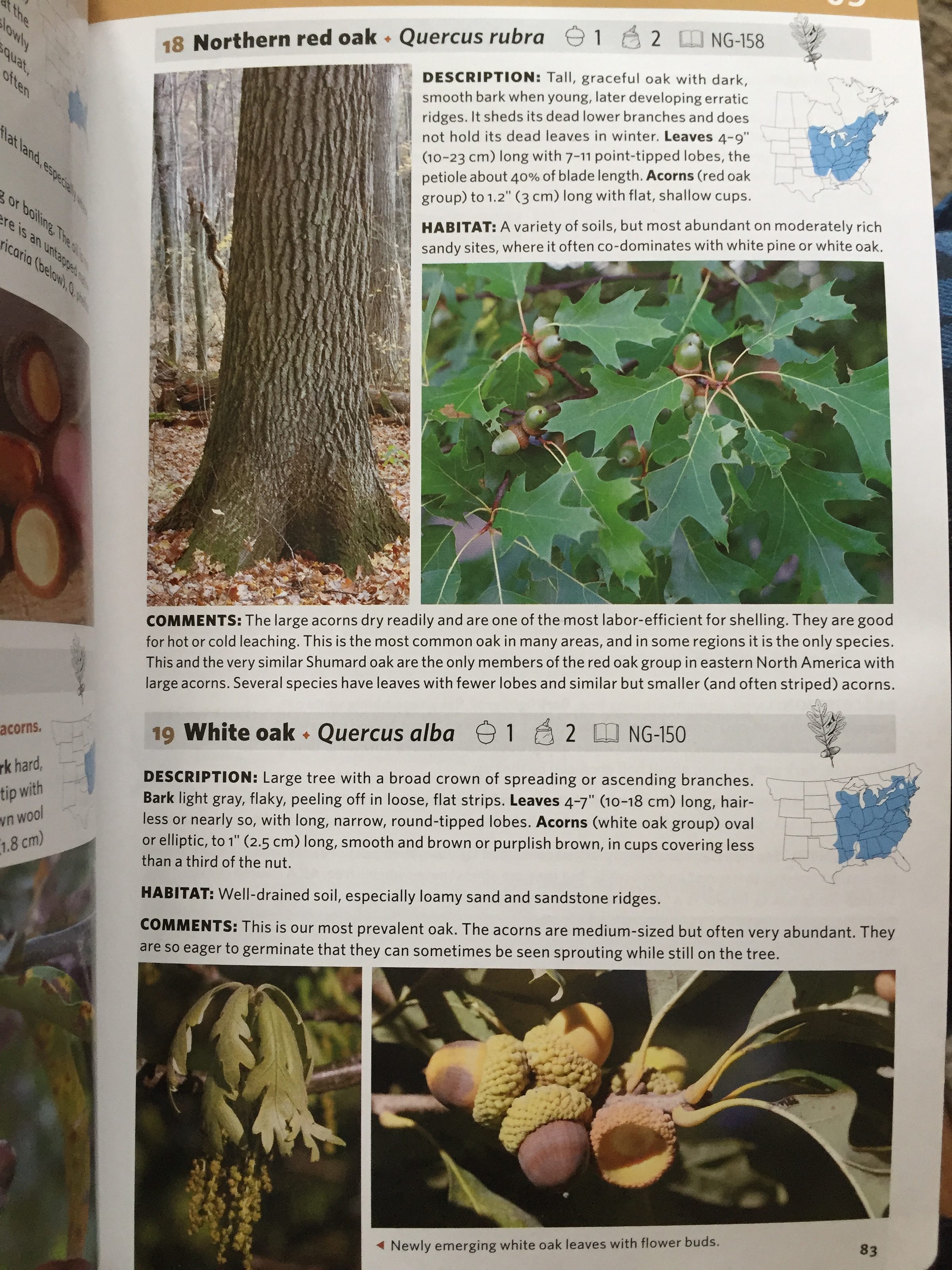
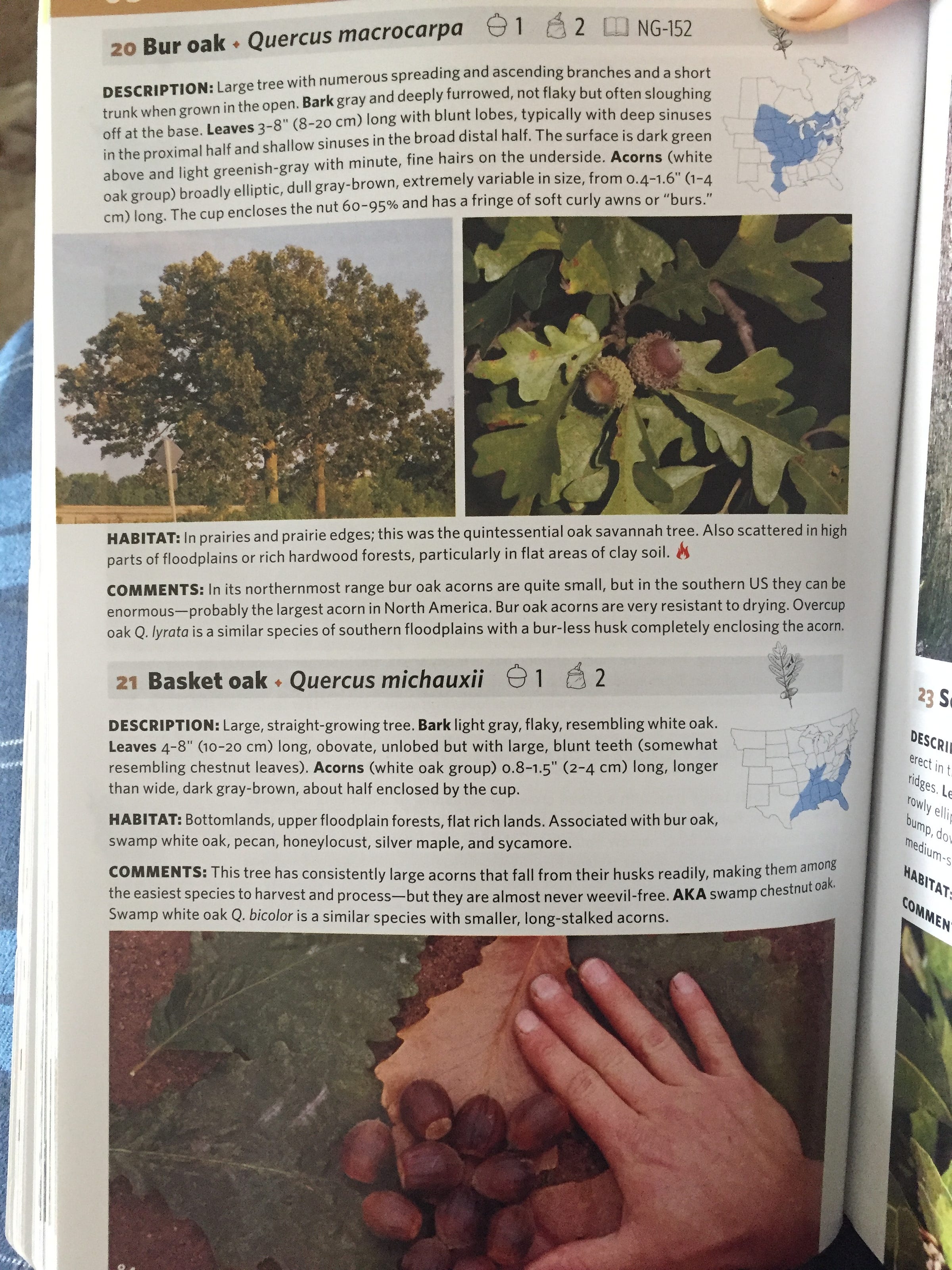

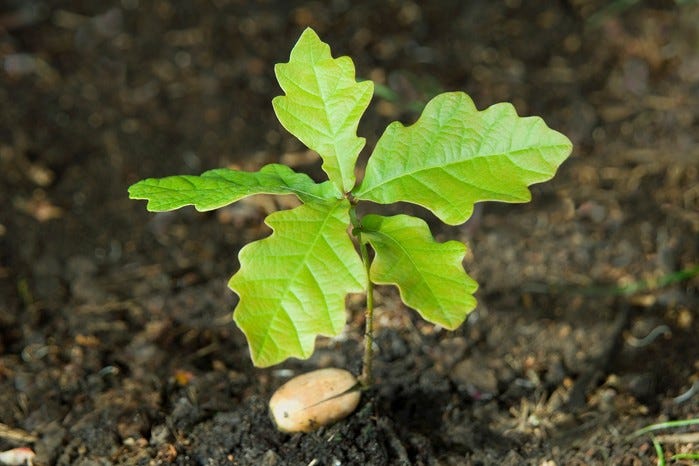
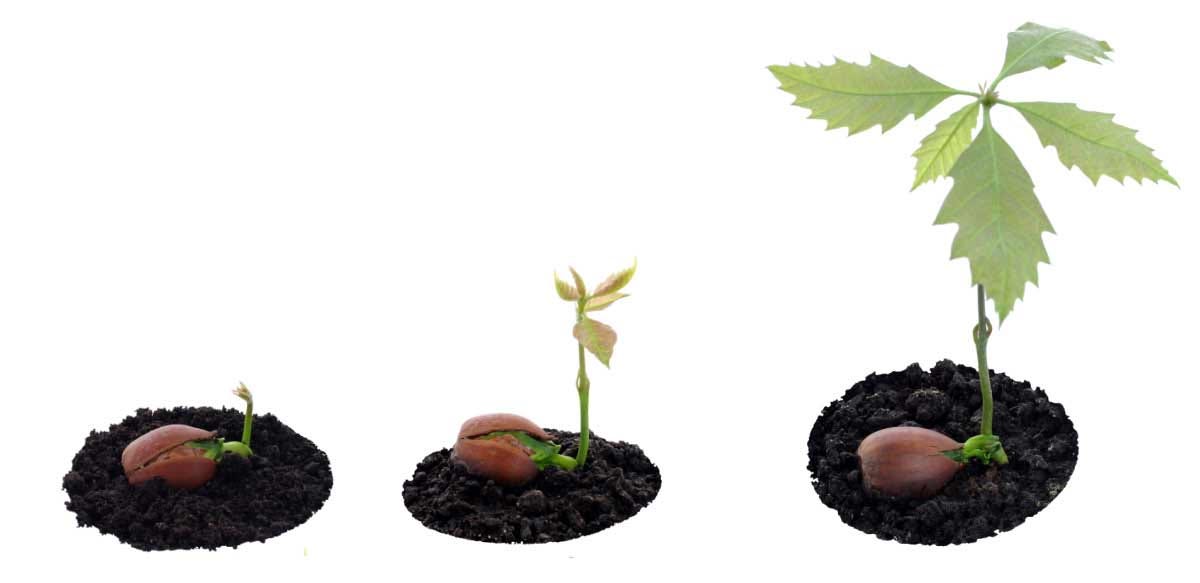
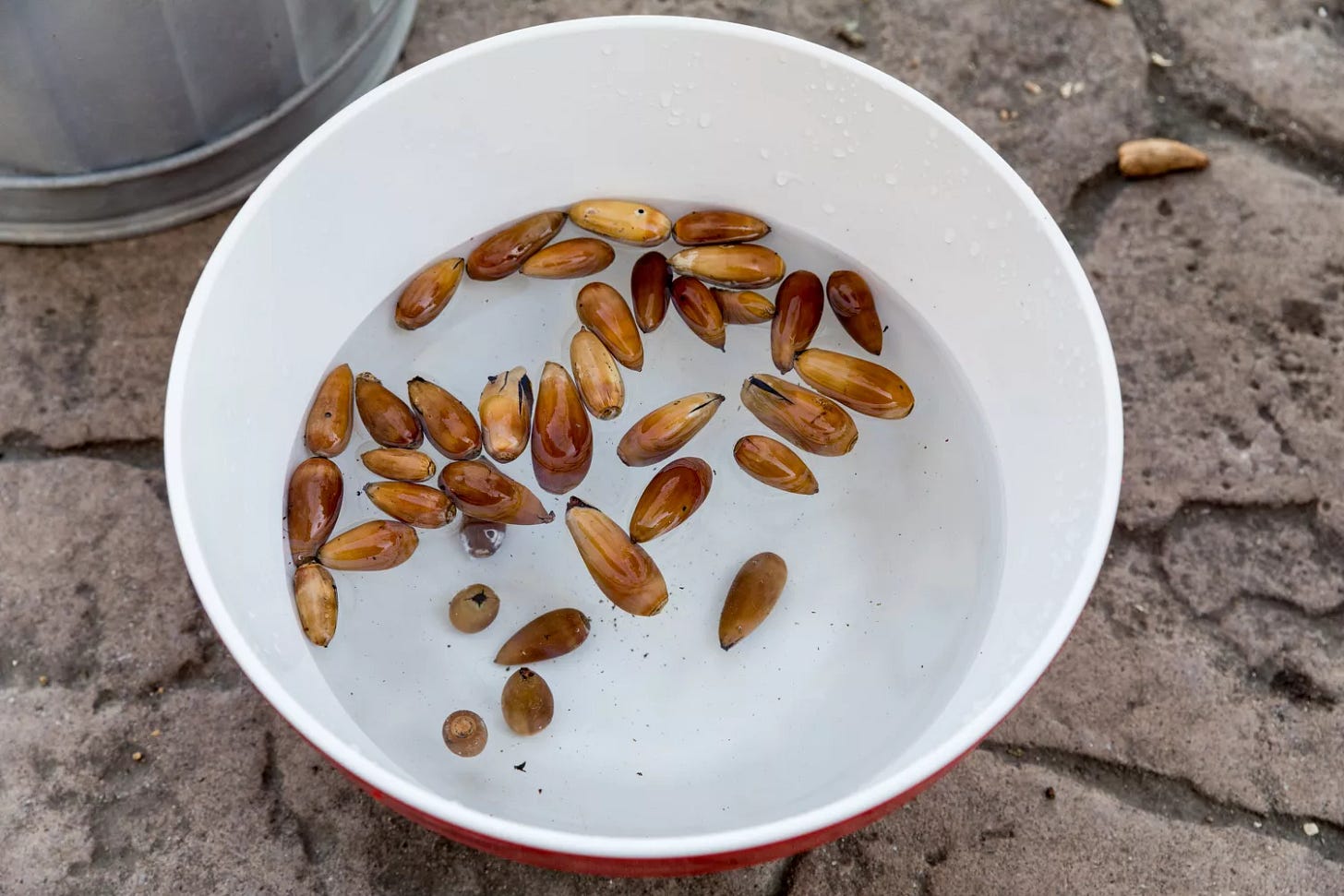

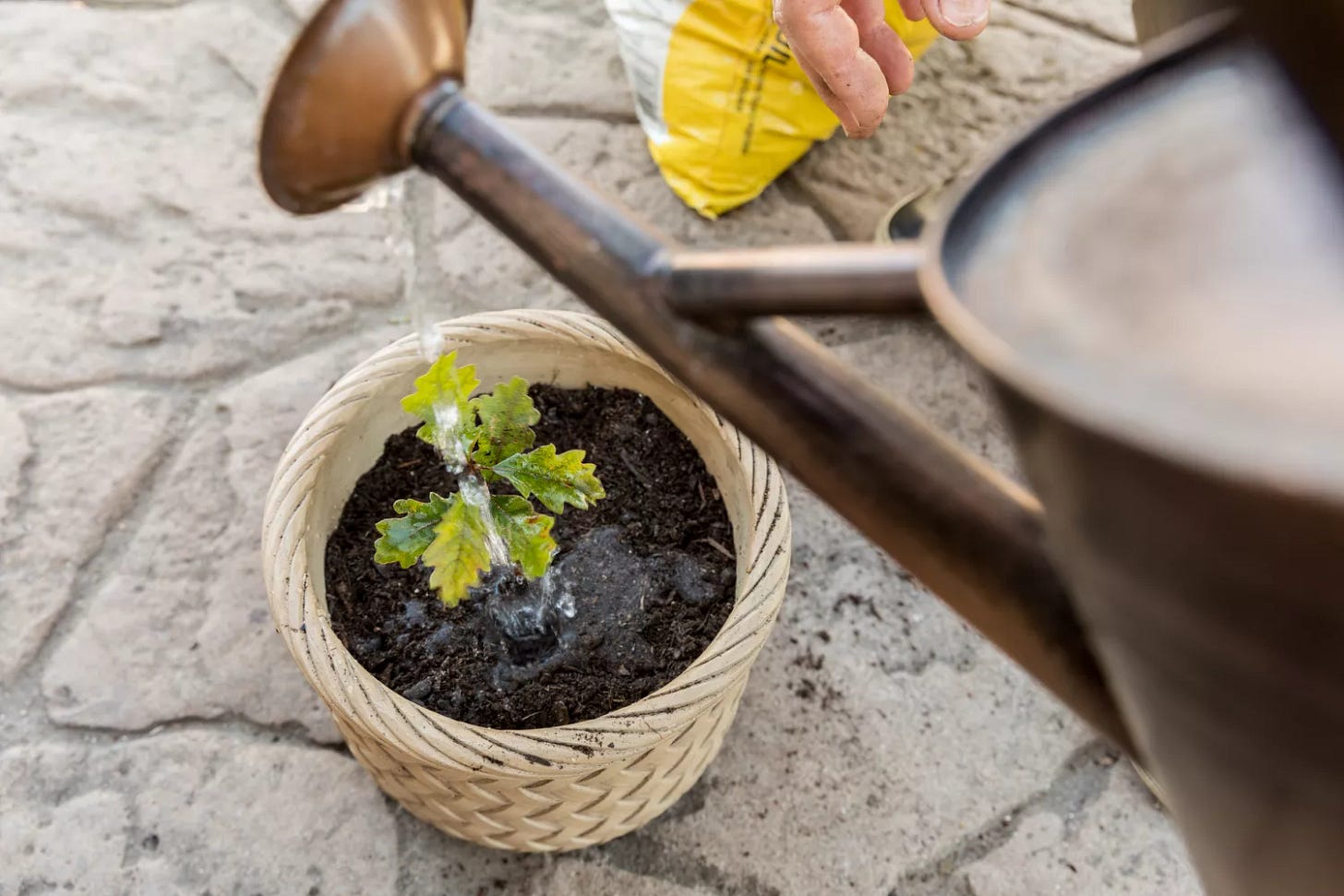

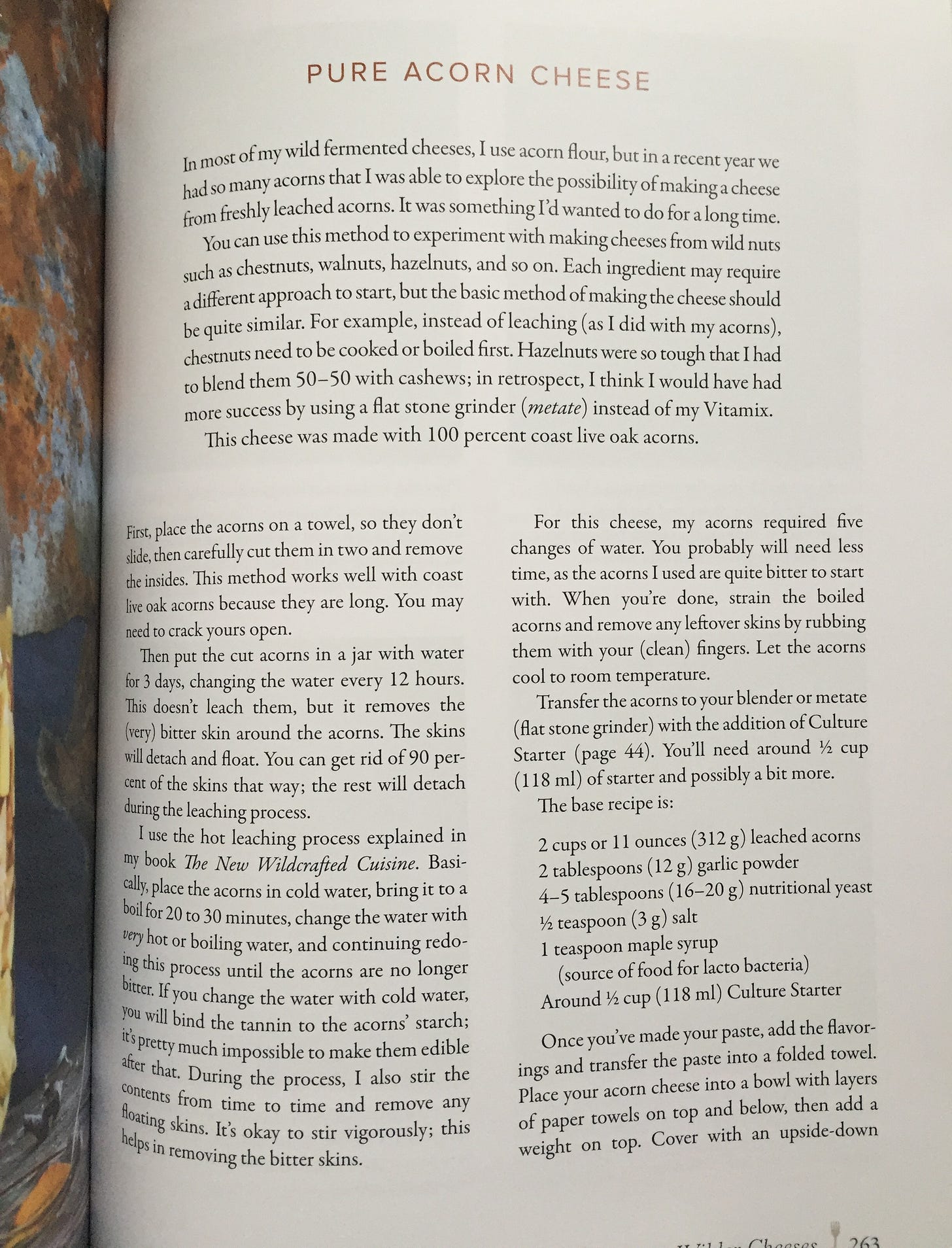
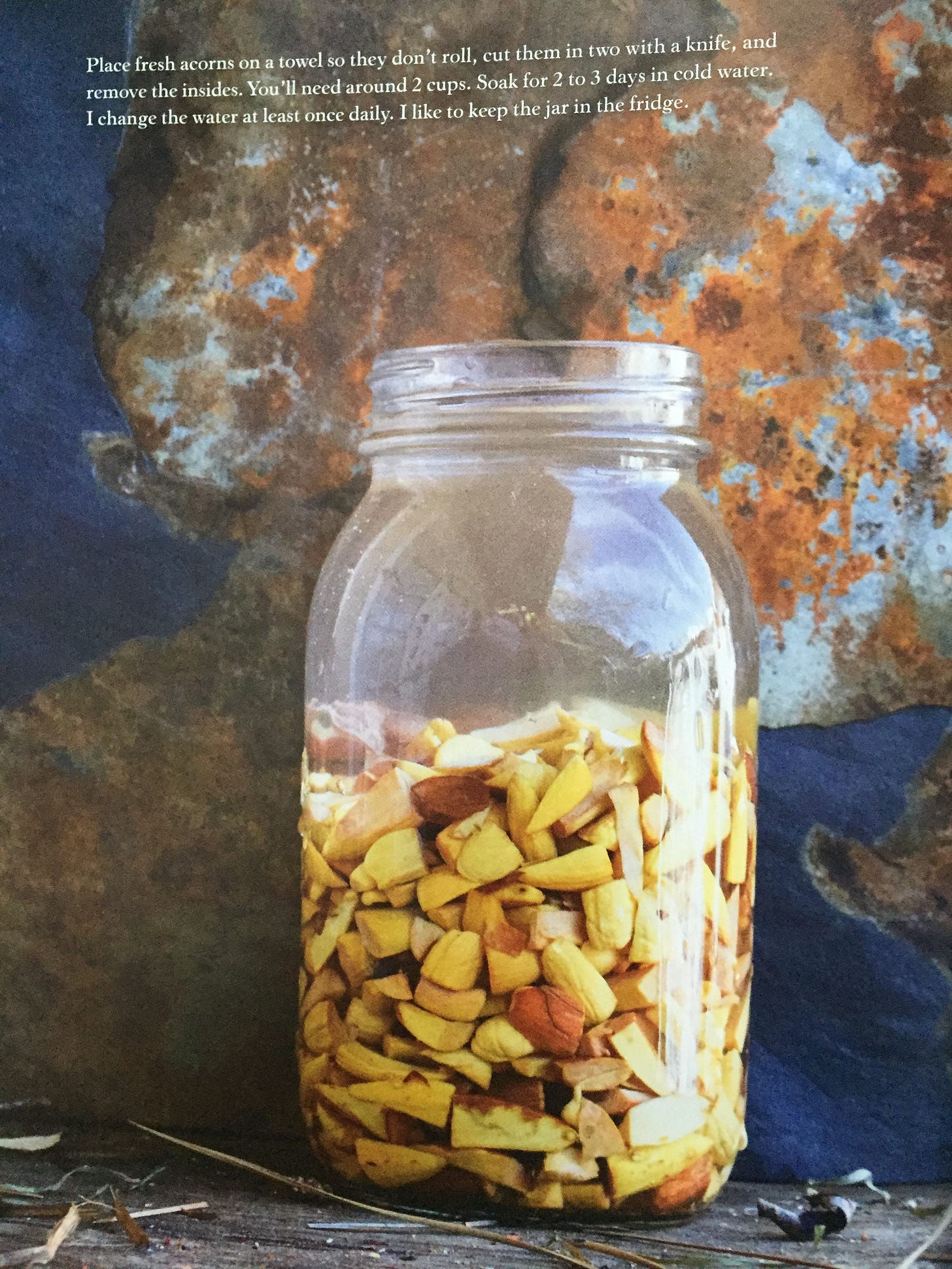

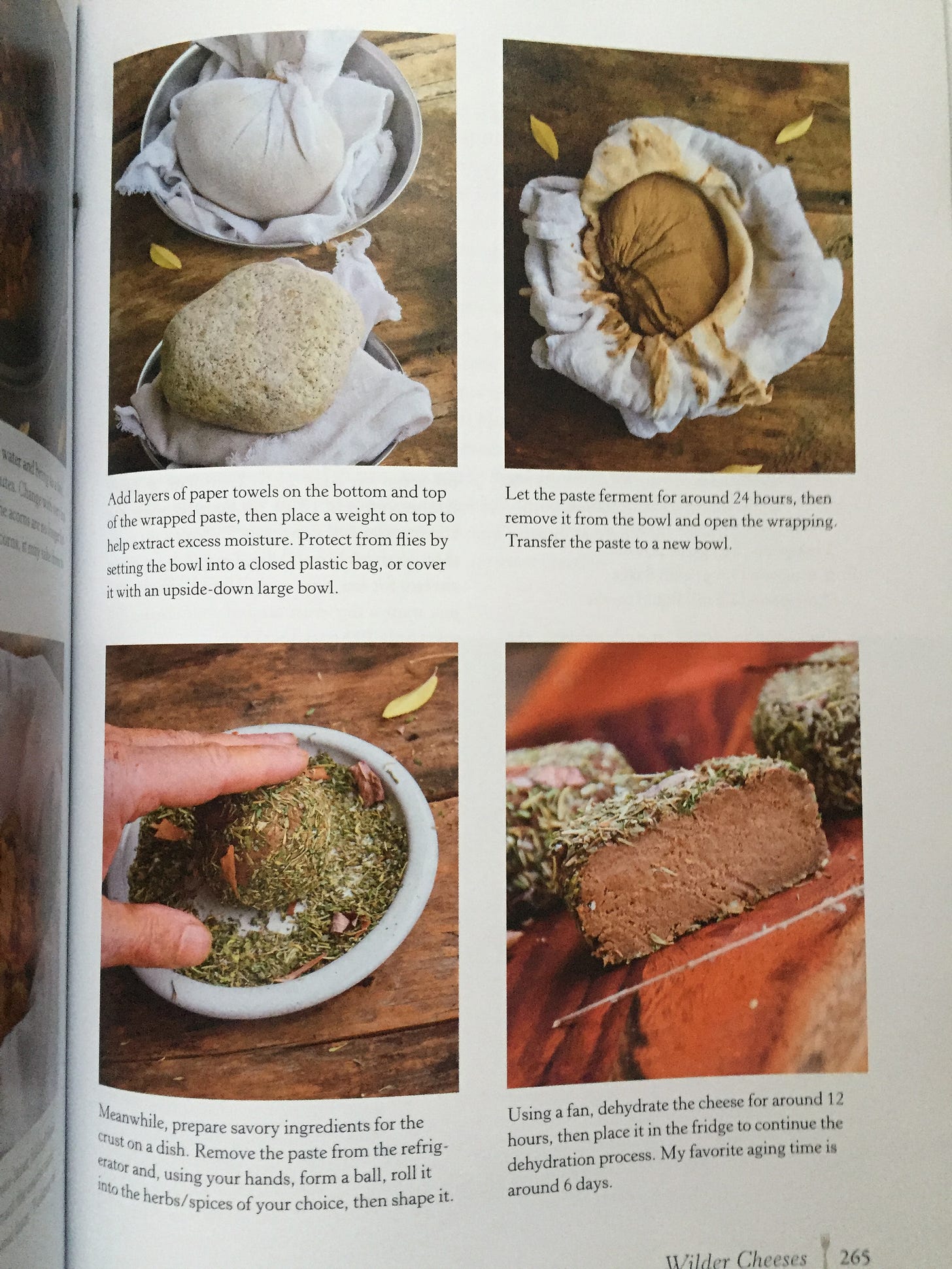
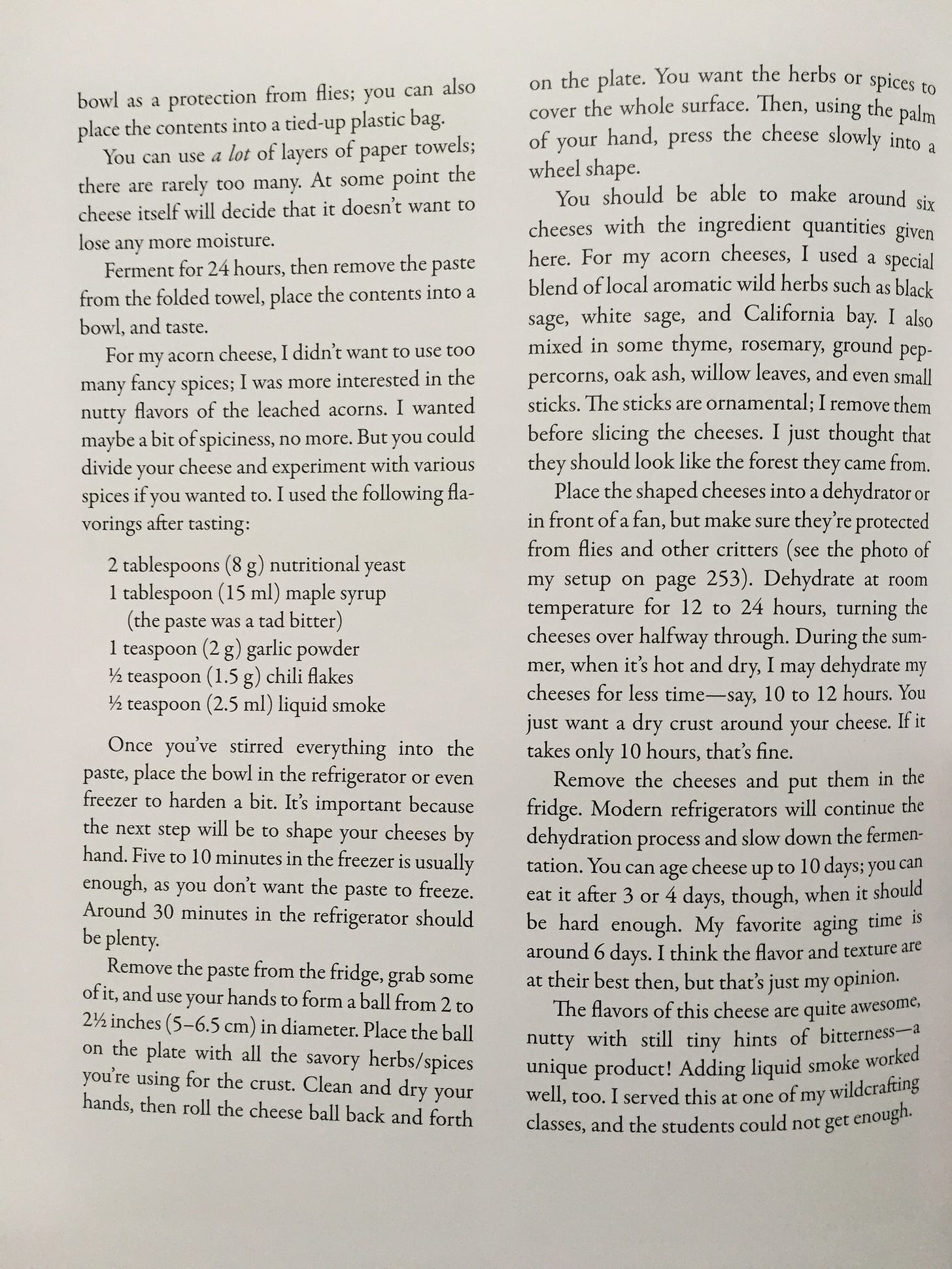
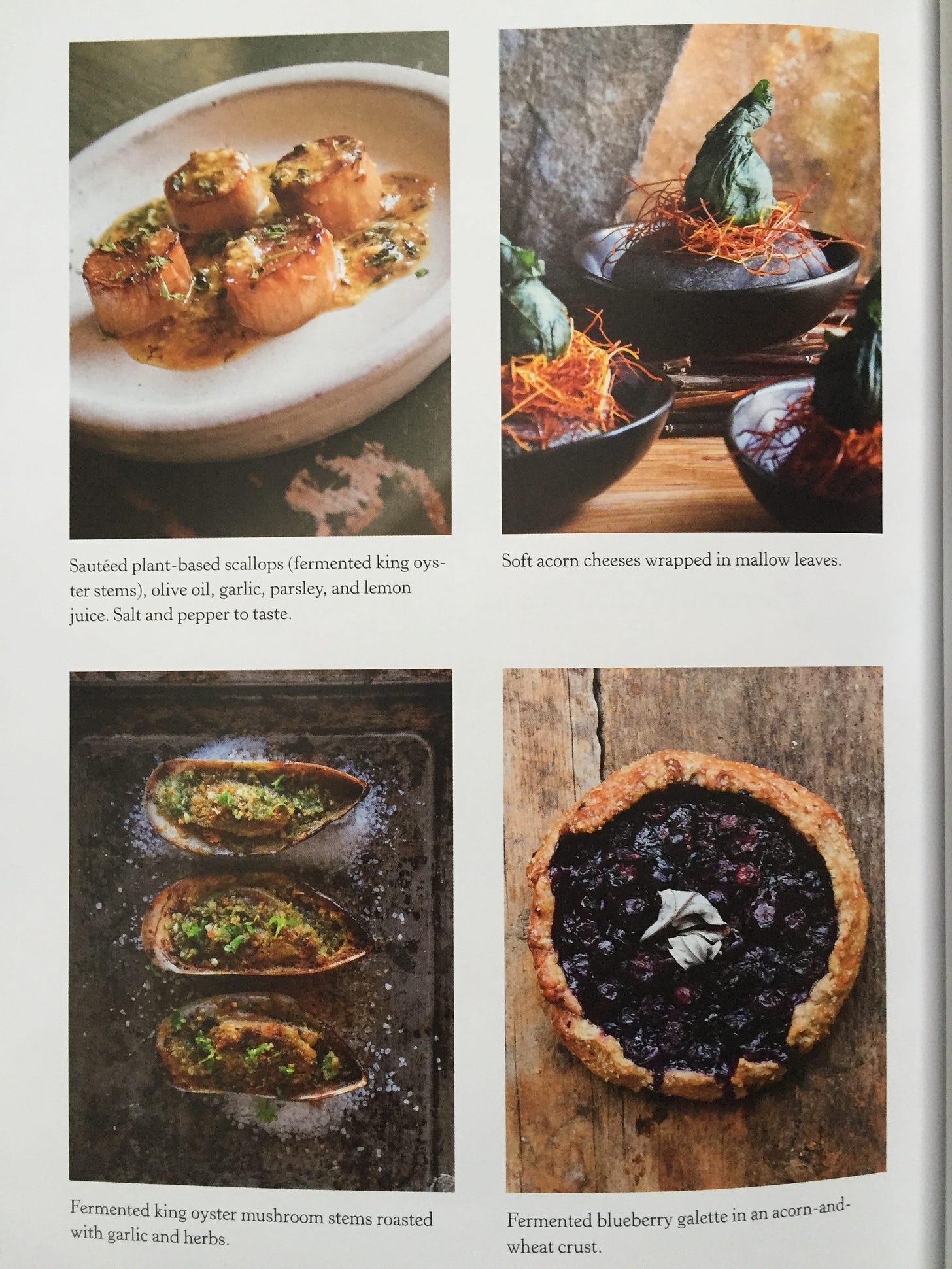
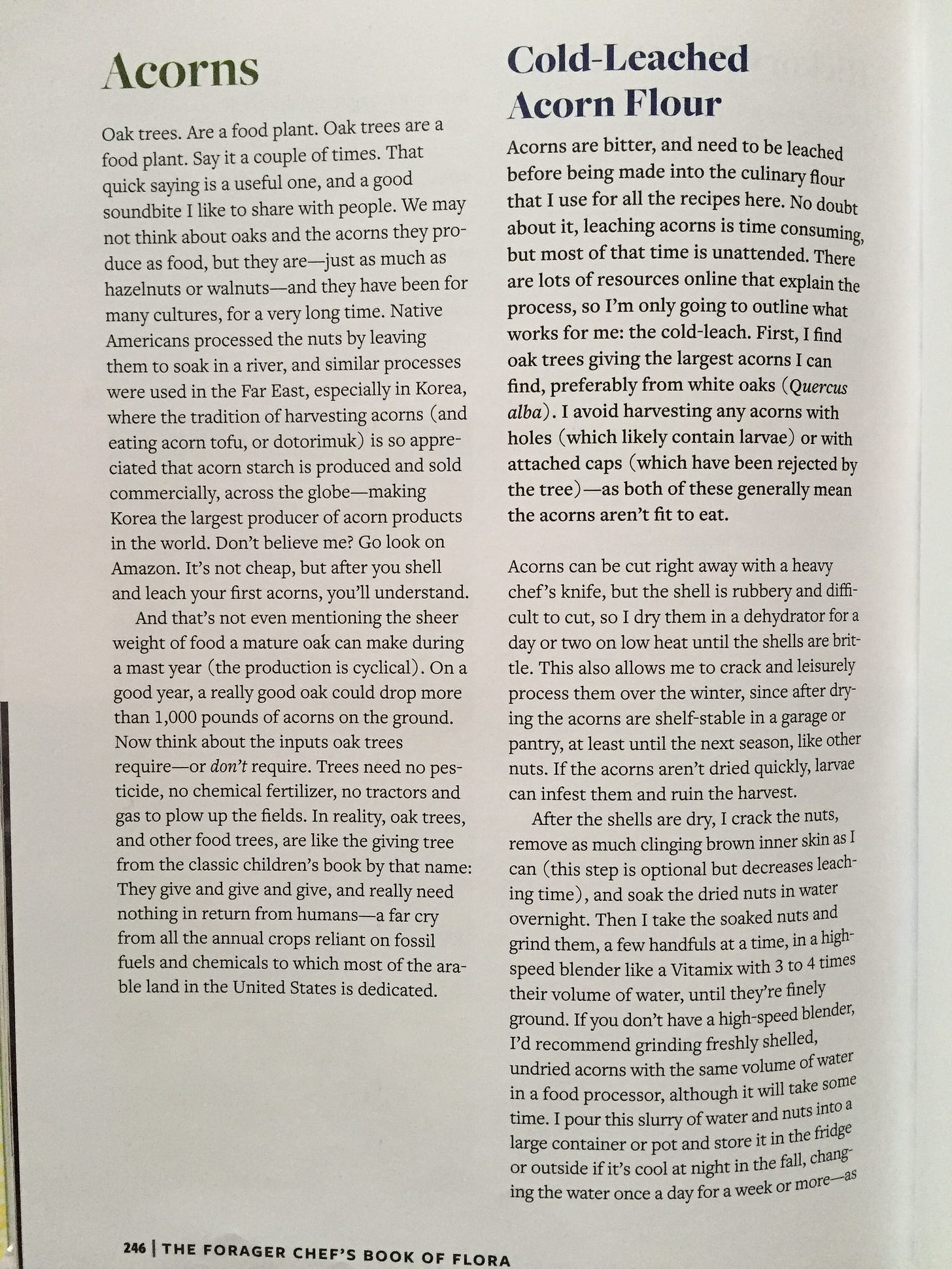
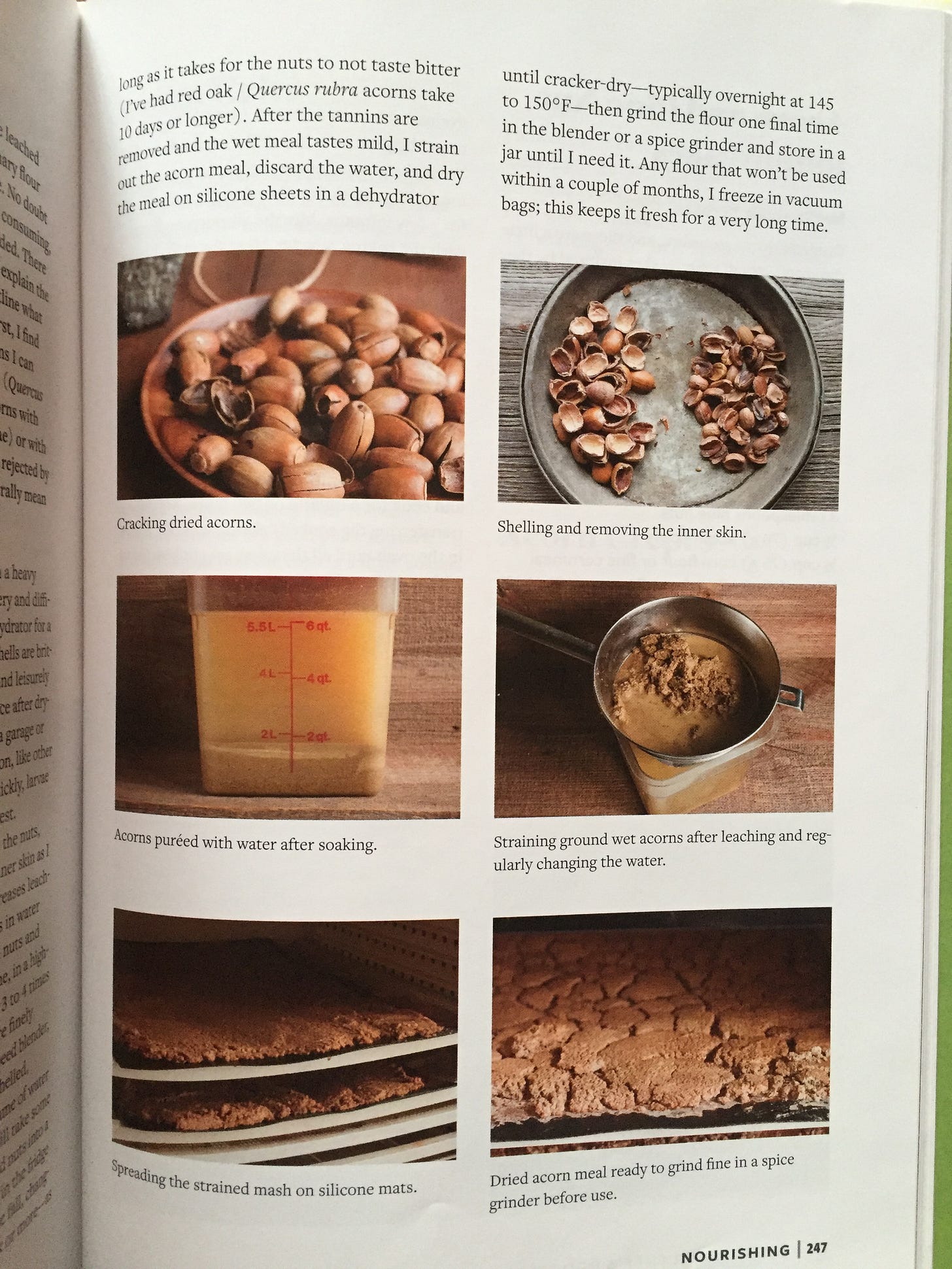
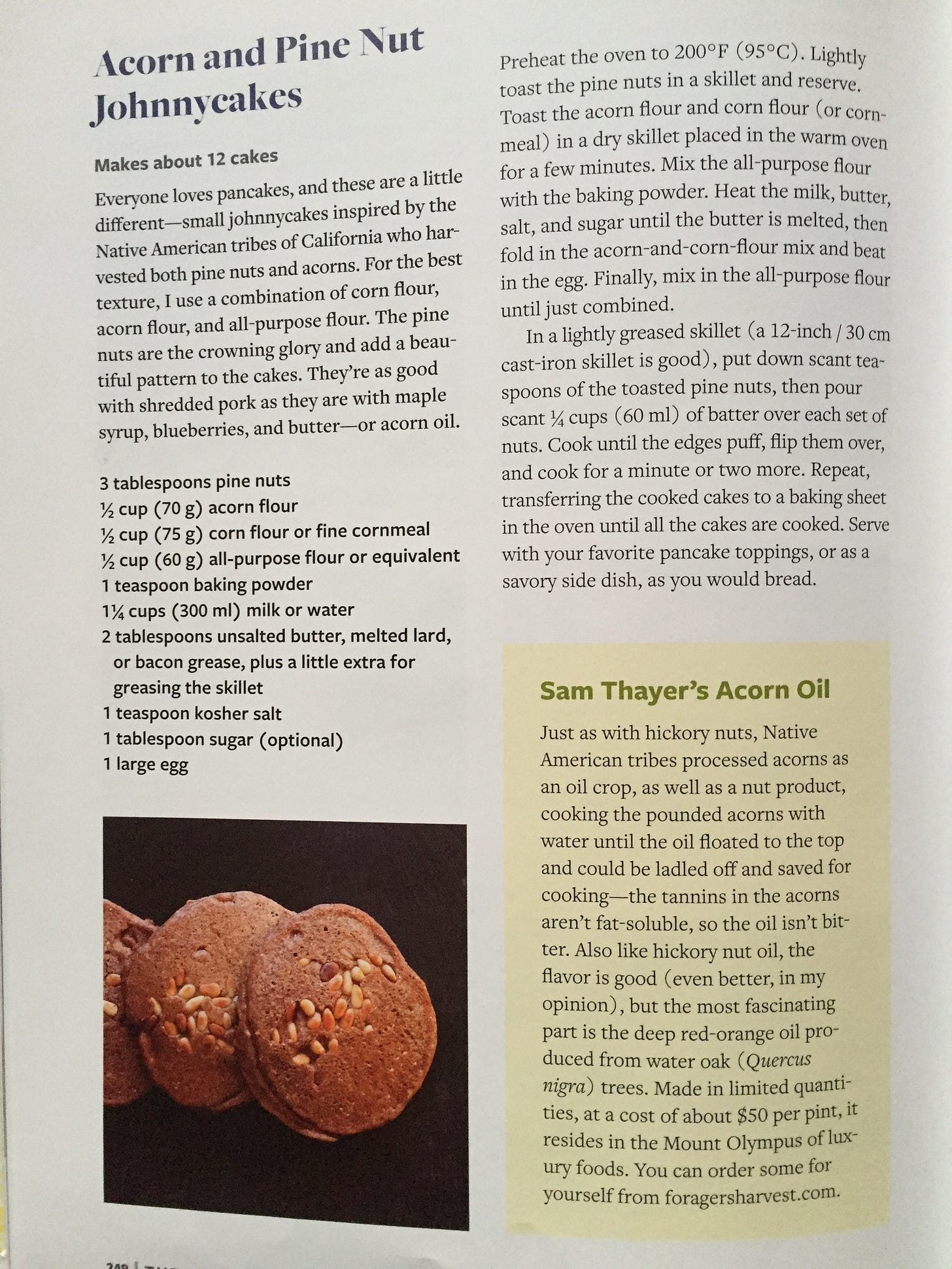
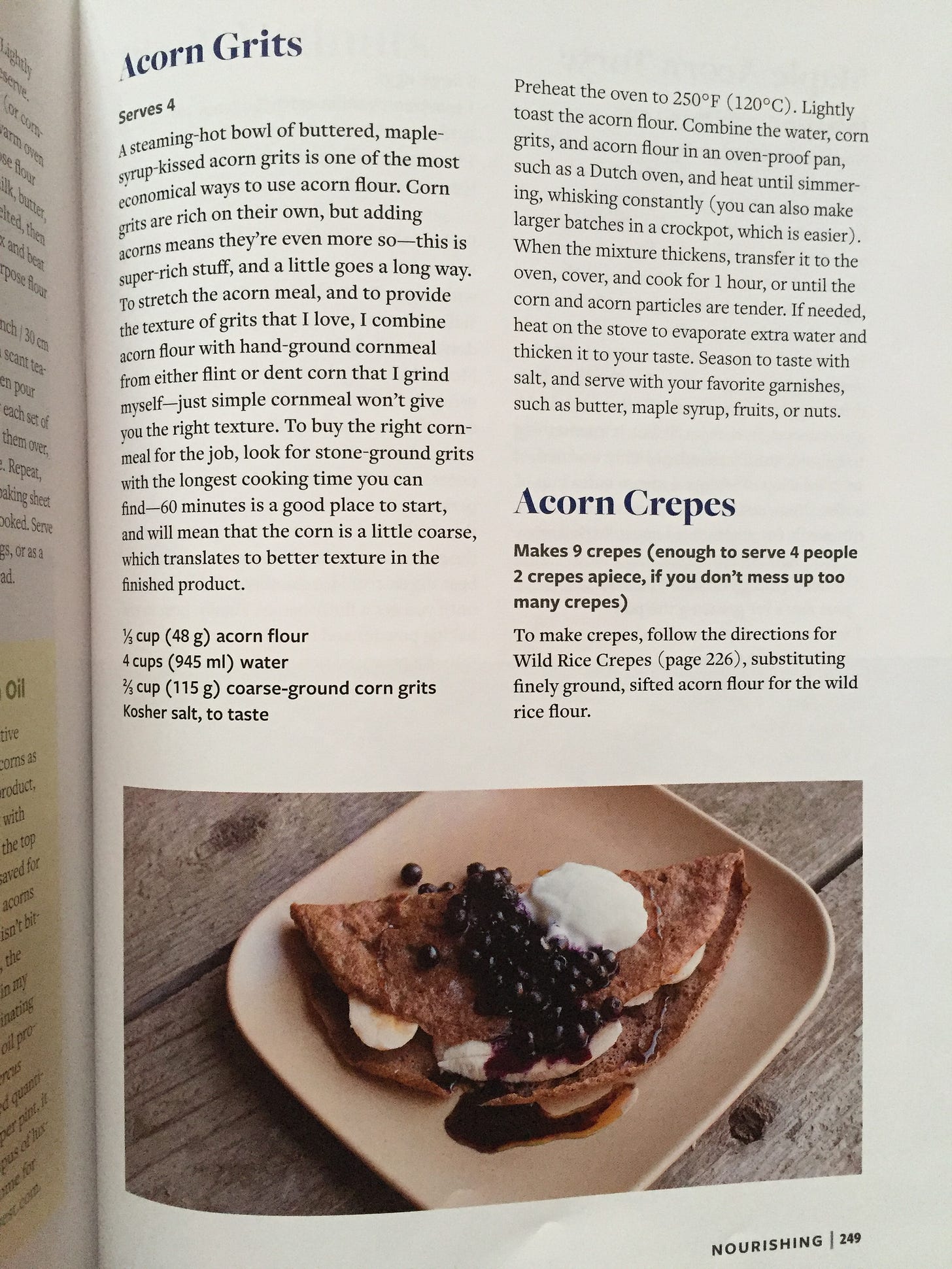







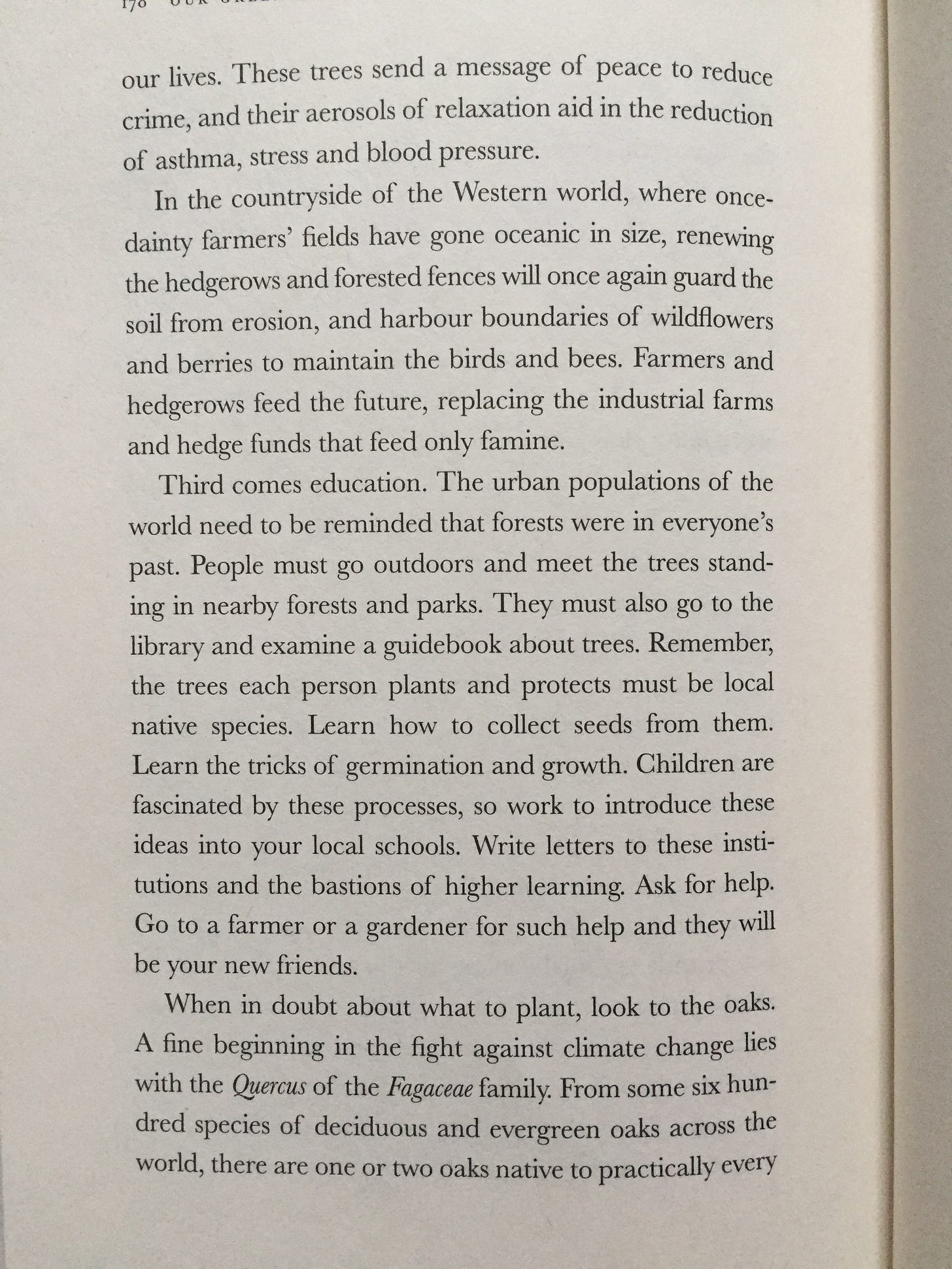
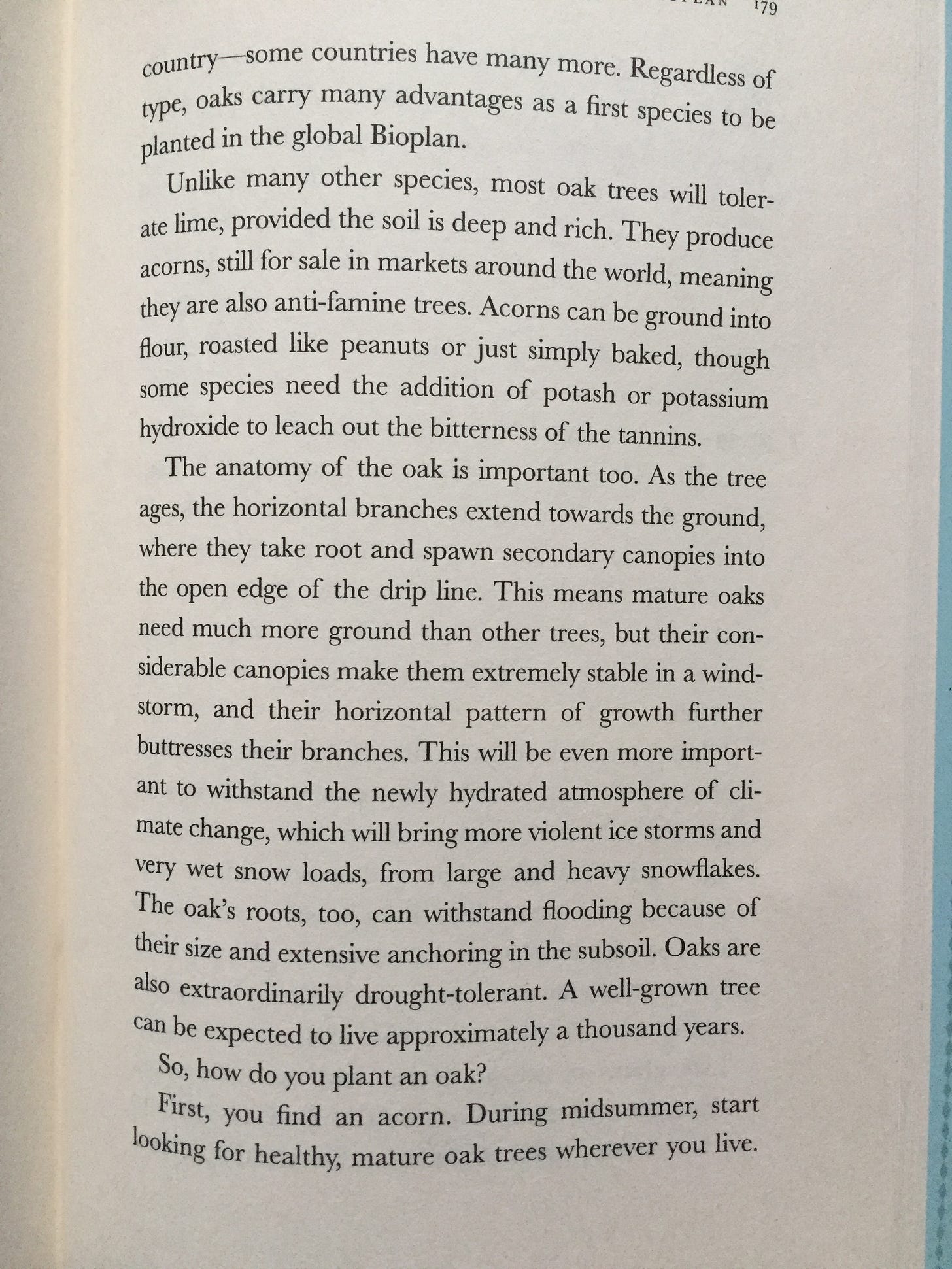
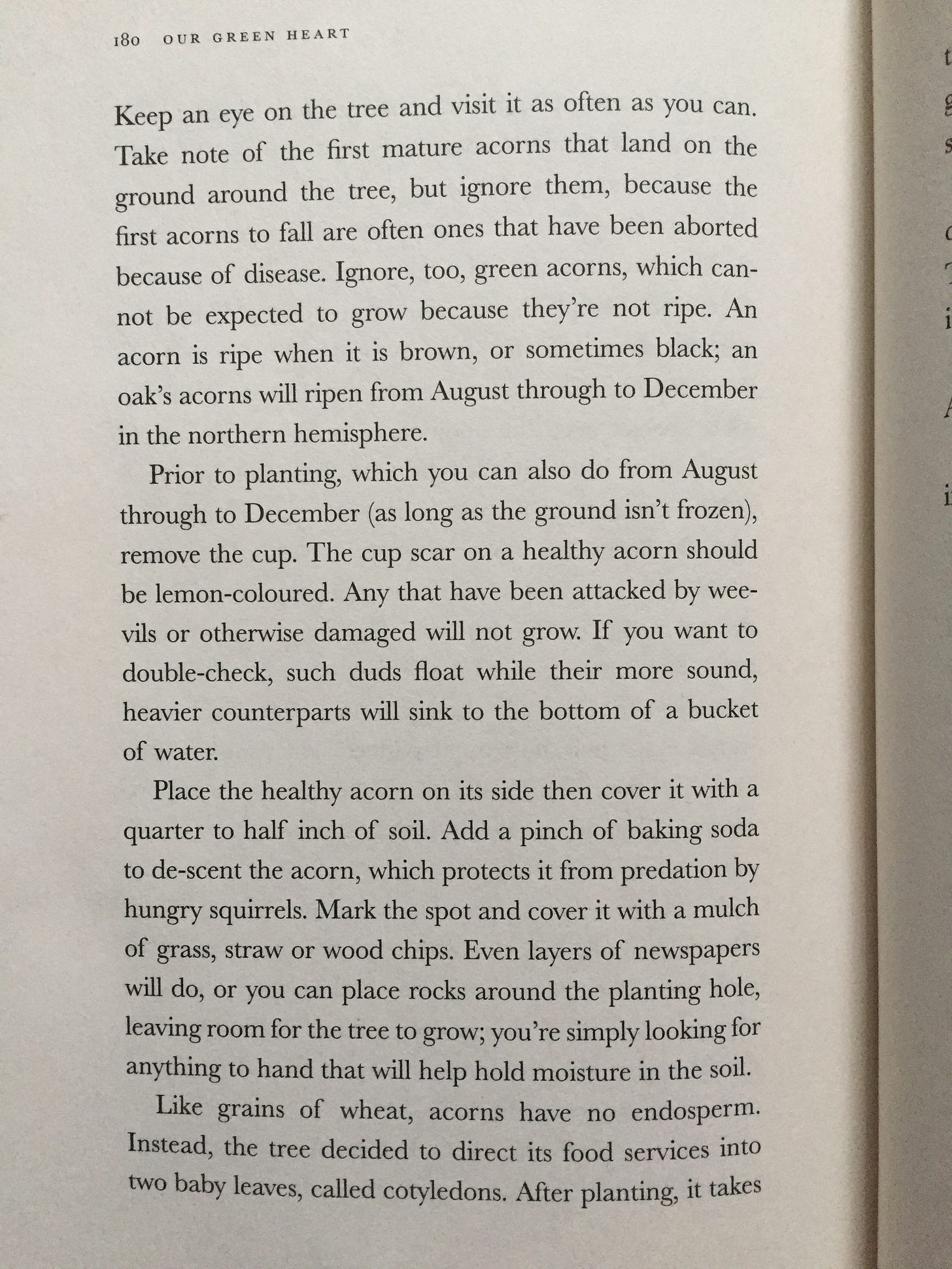
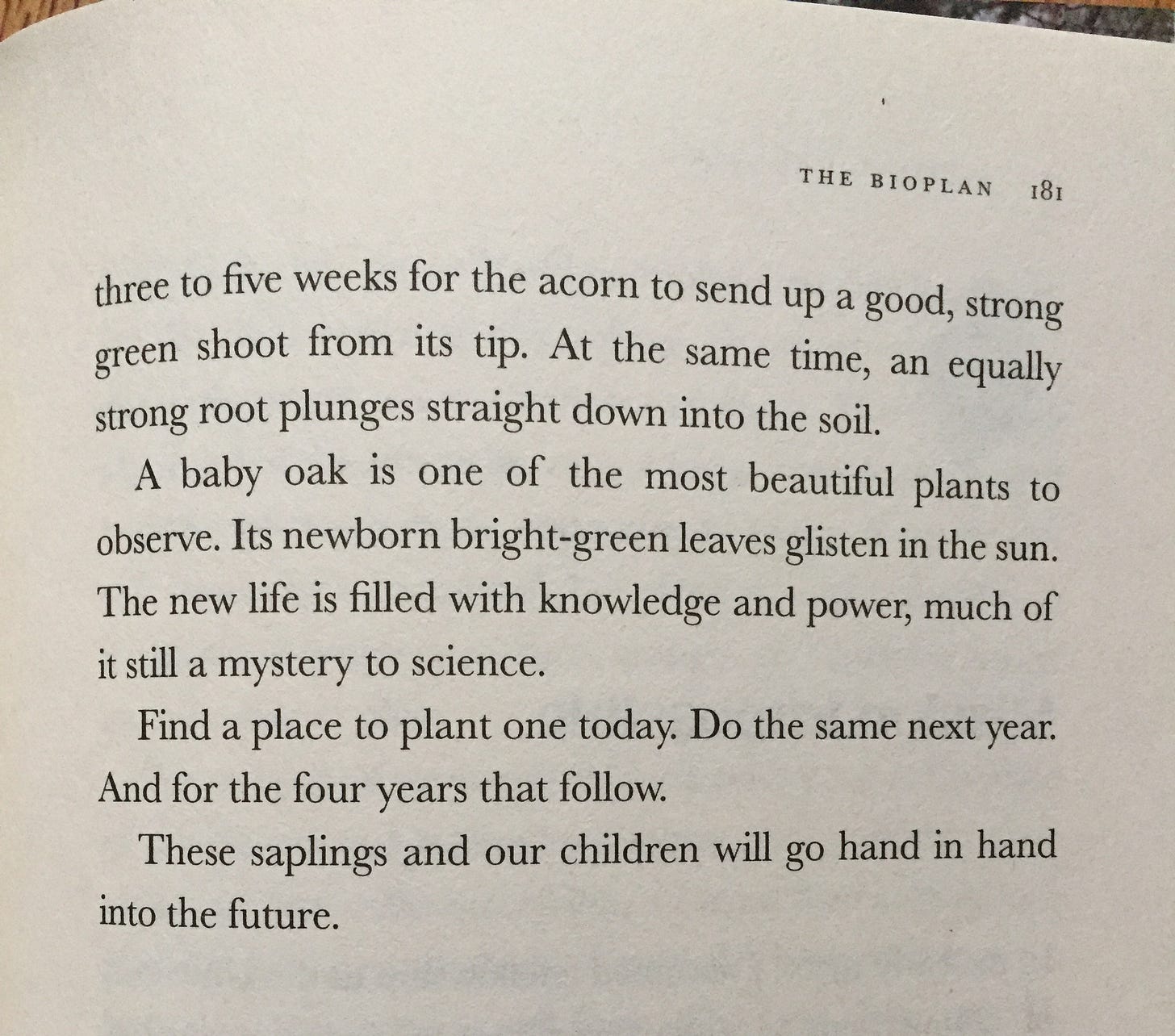
Outstanding resource! Your book is going to be amazing.
Incredible. THANK YOU!!